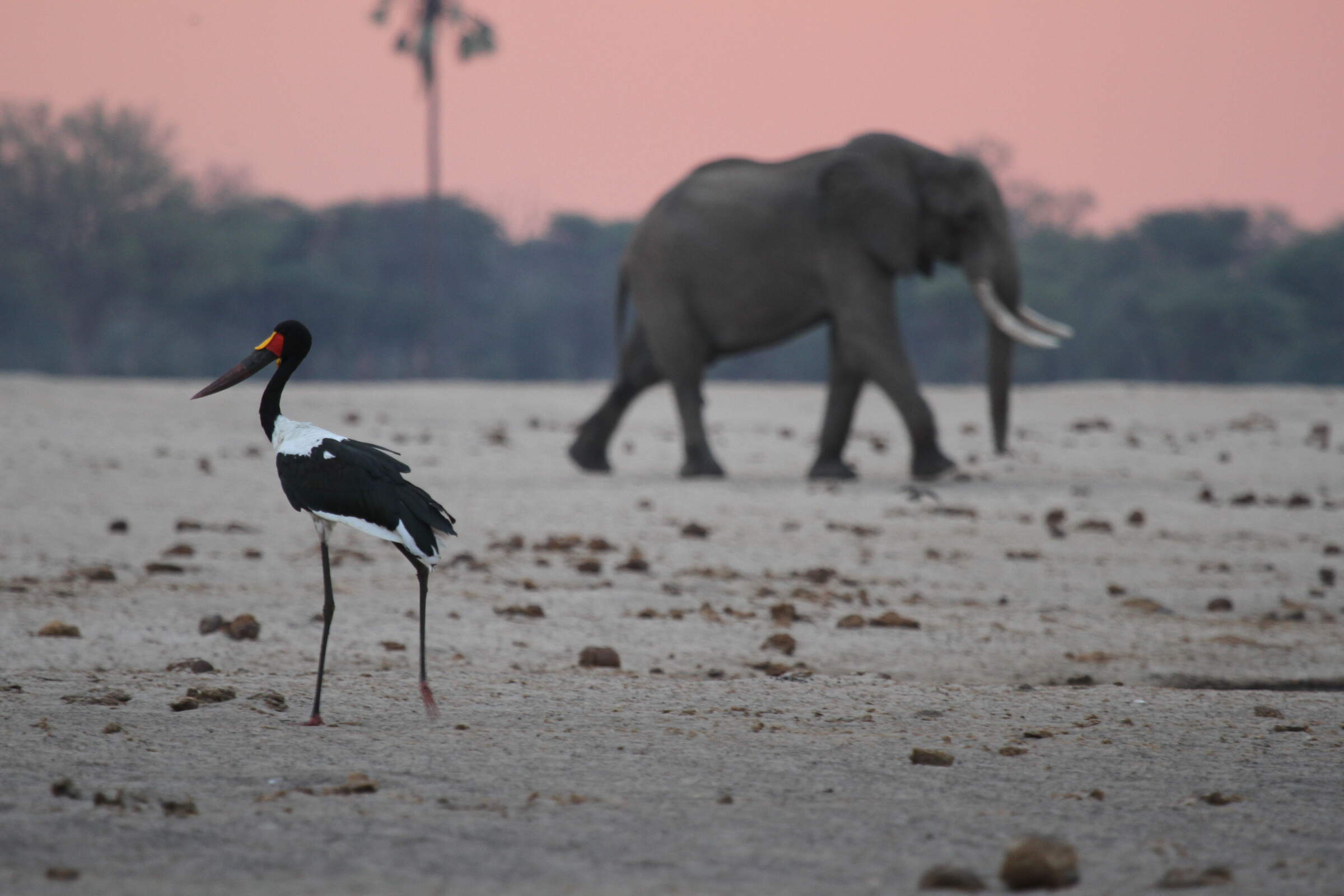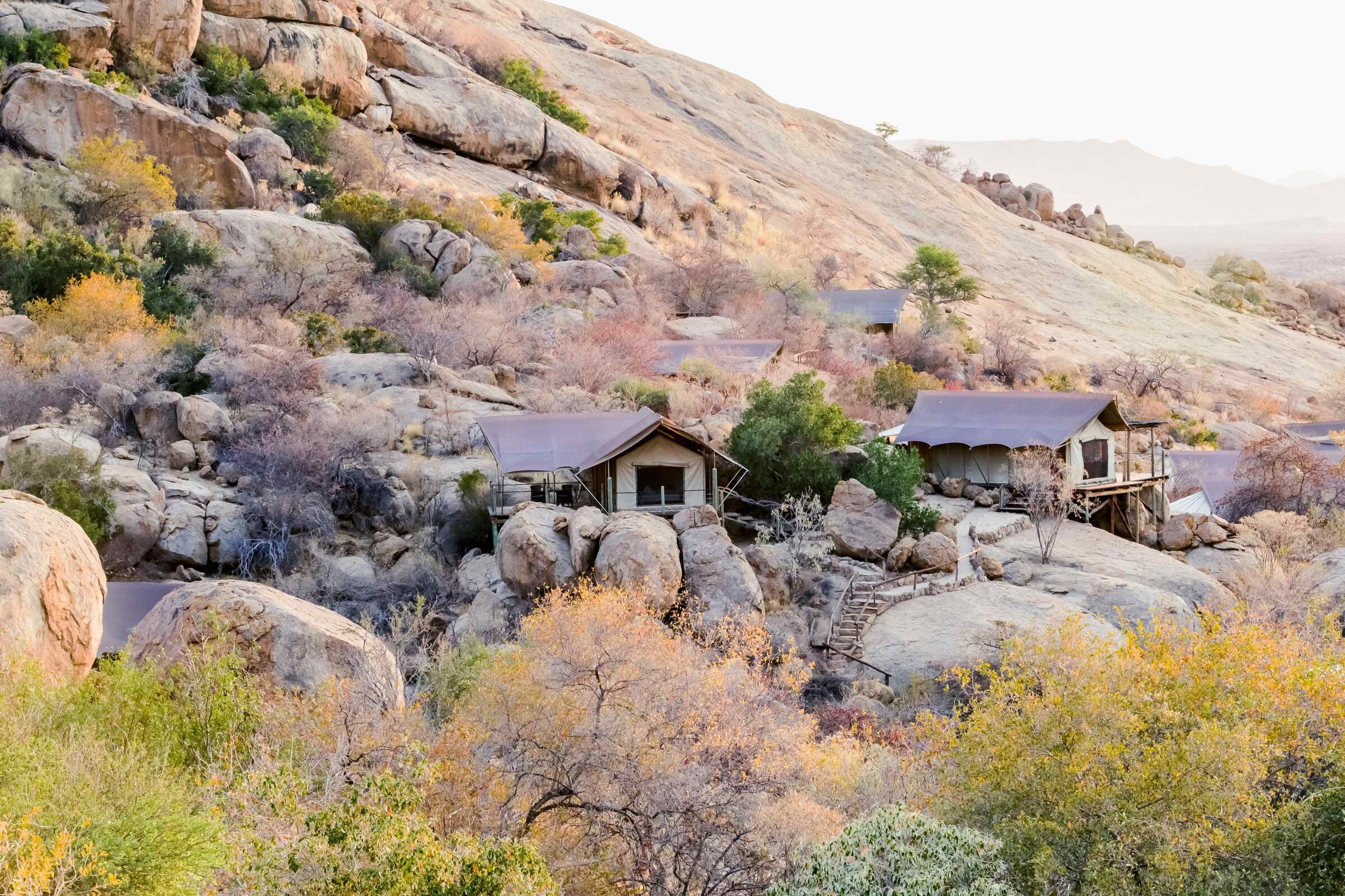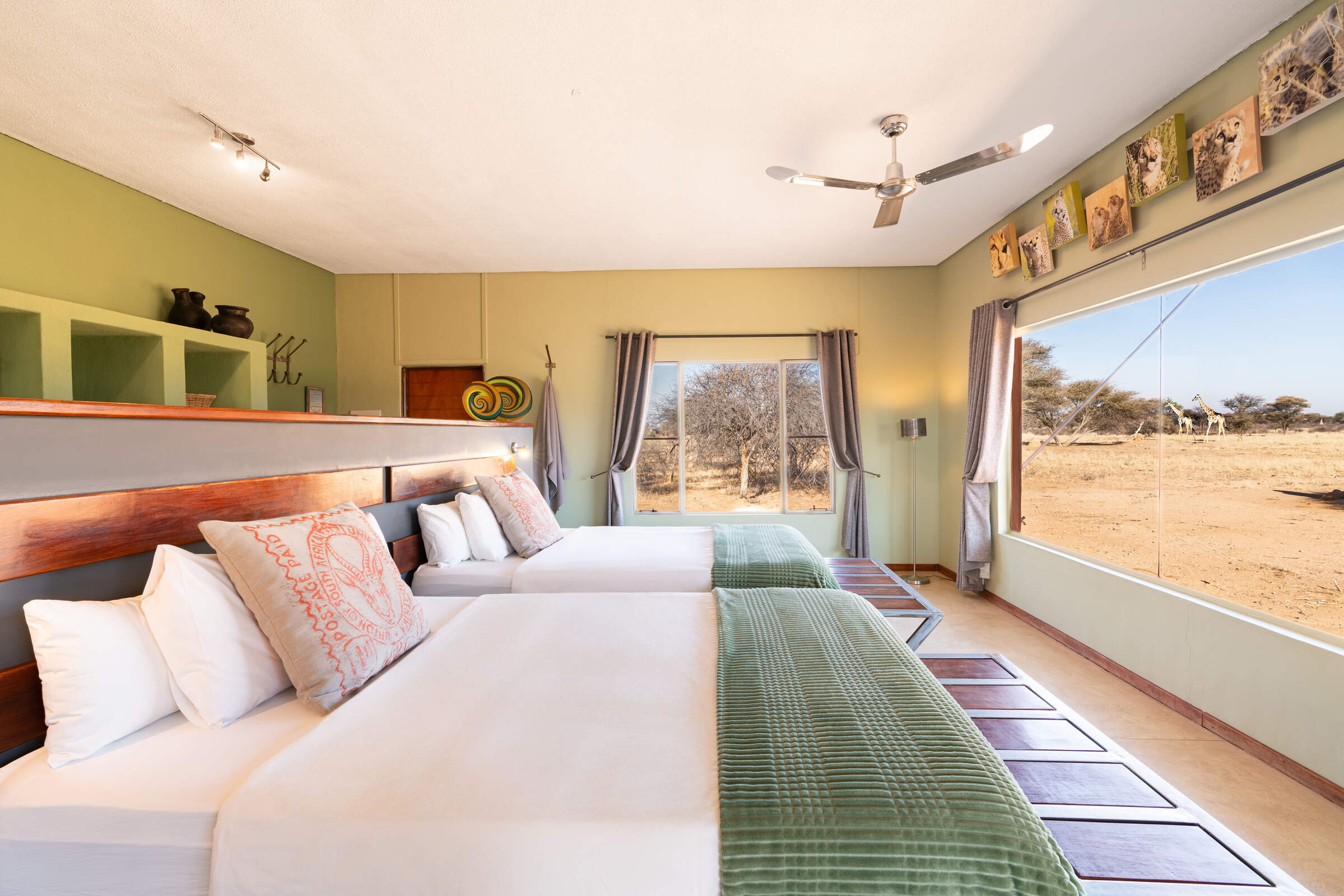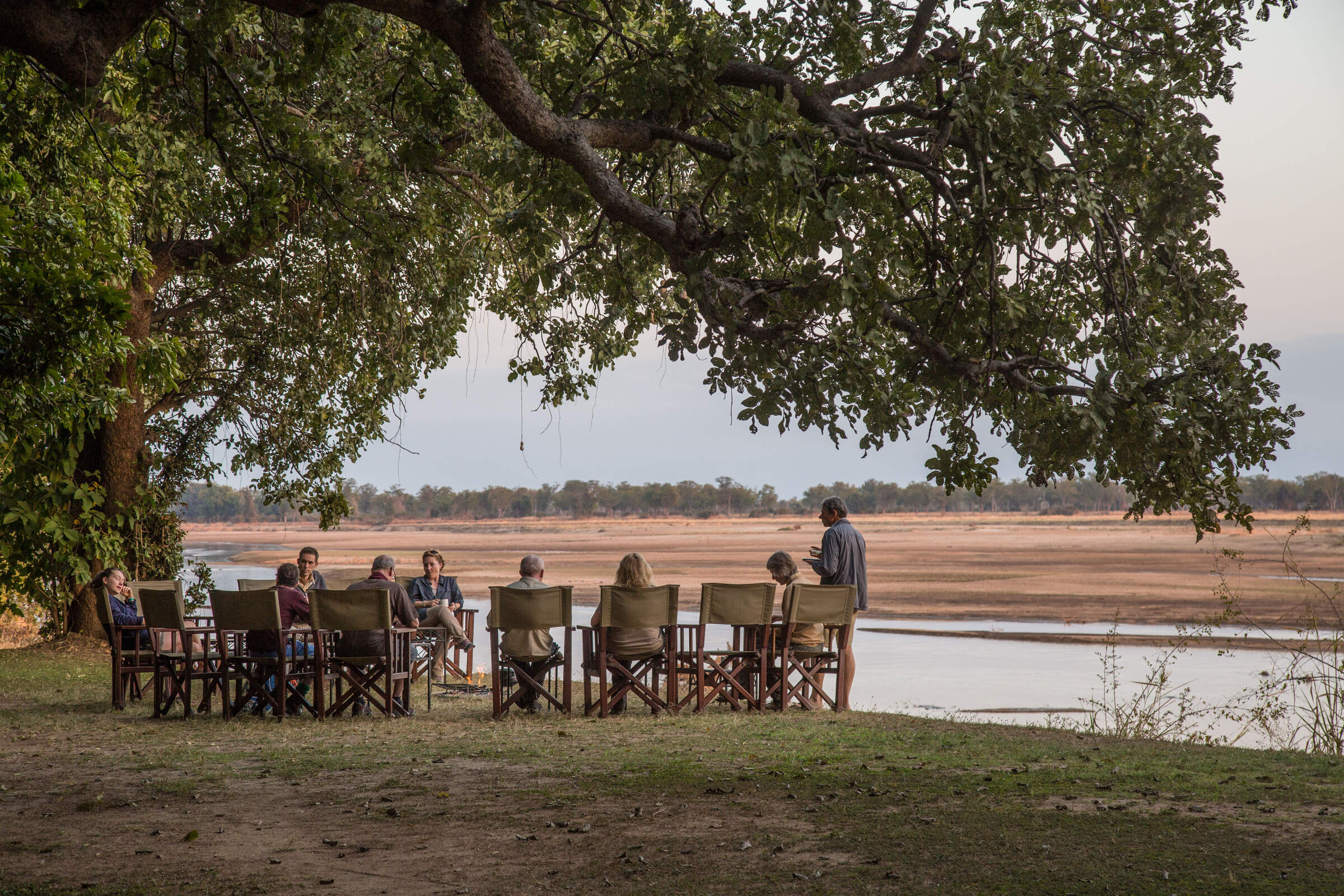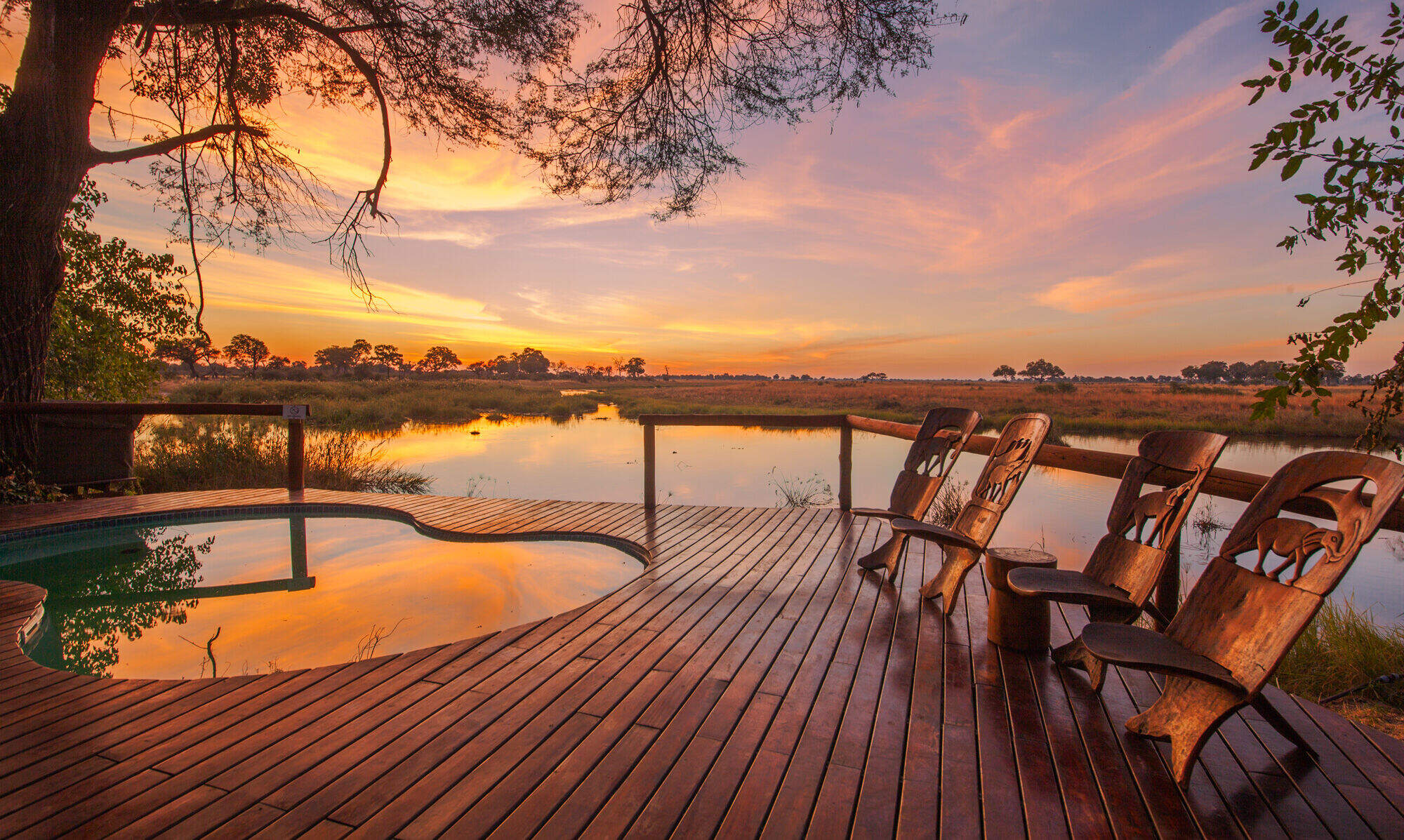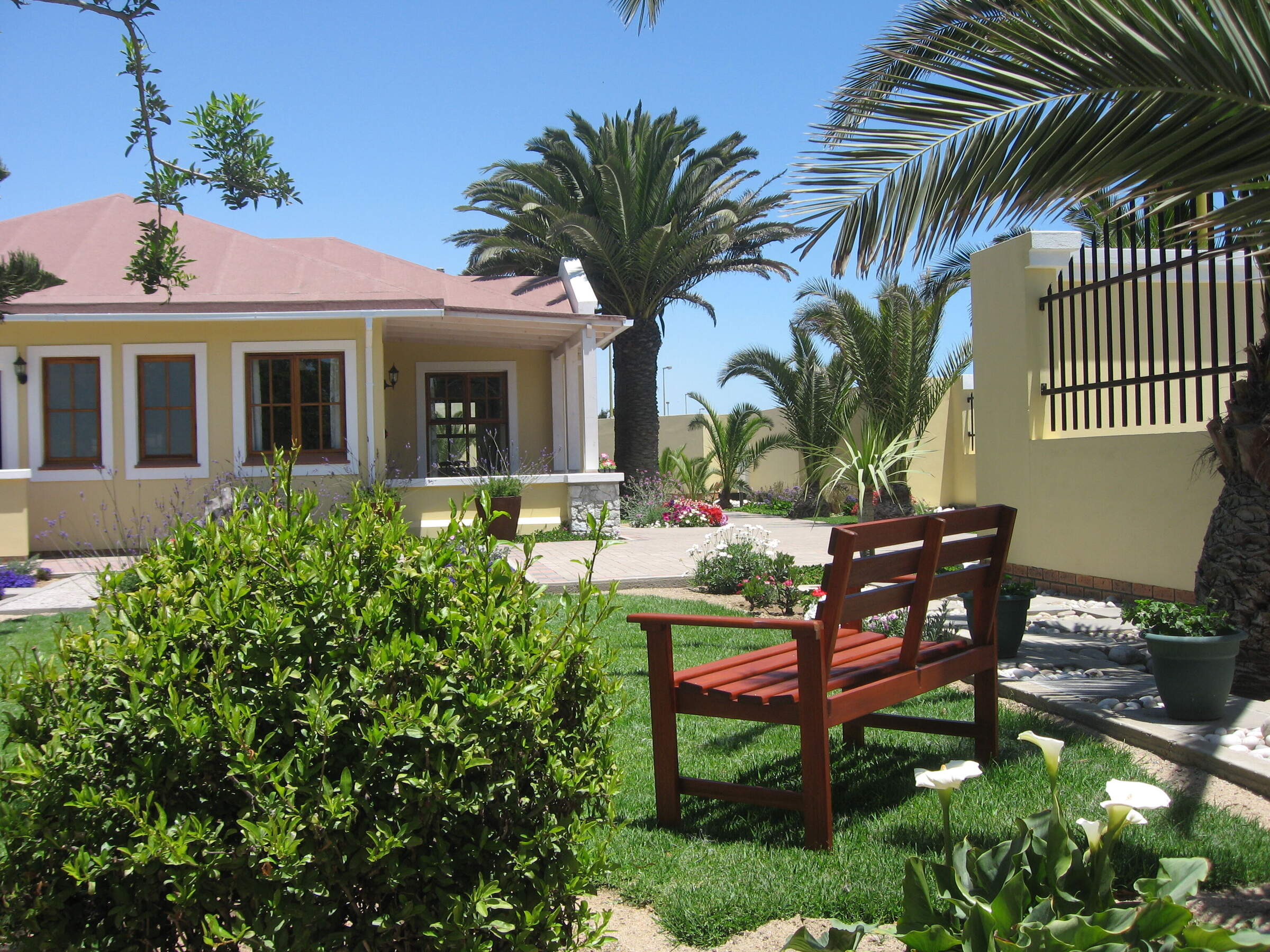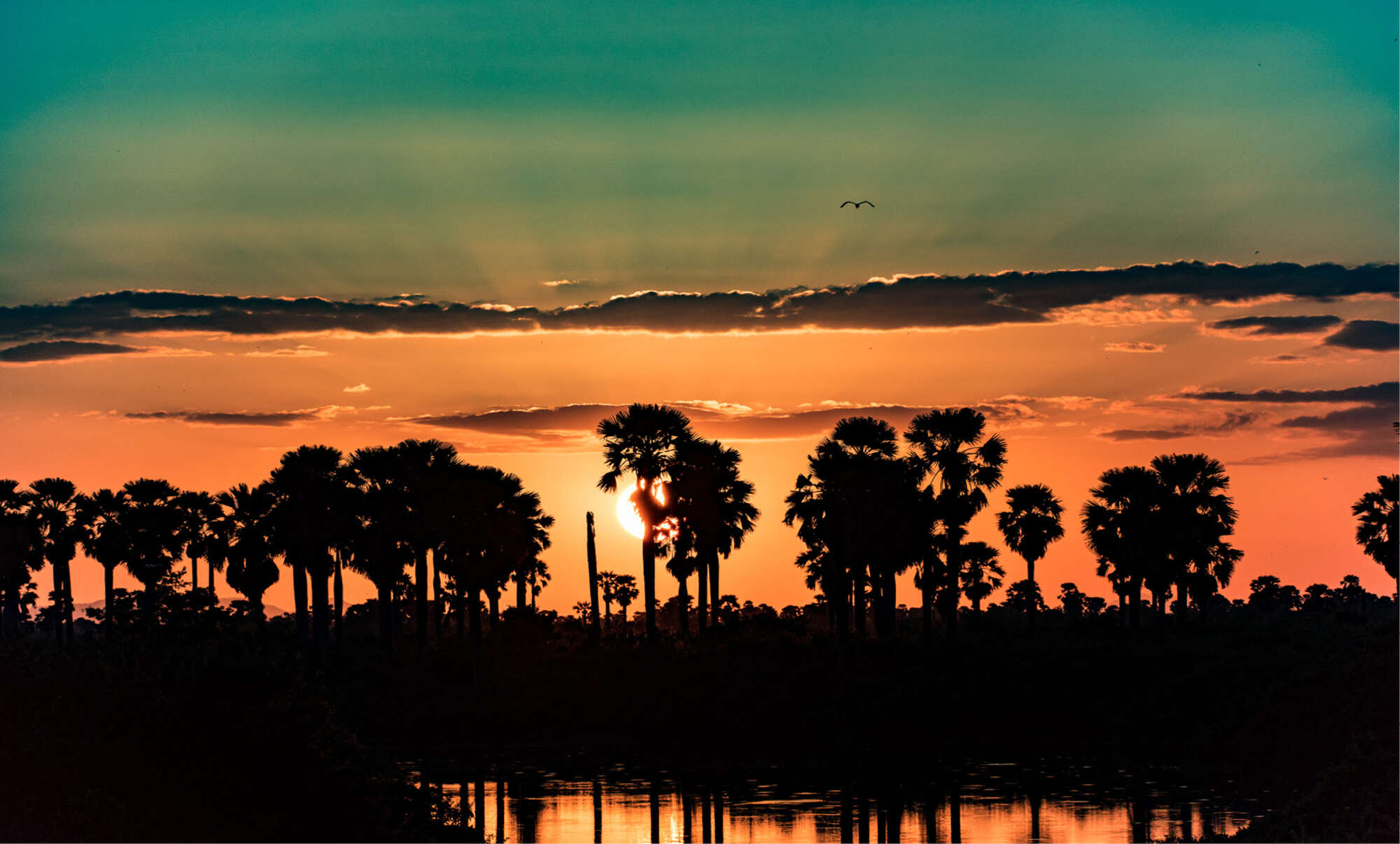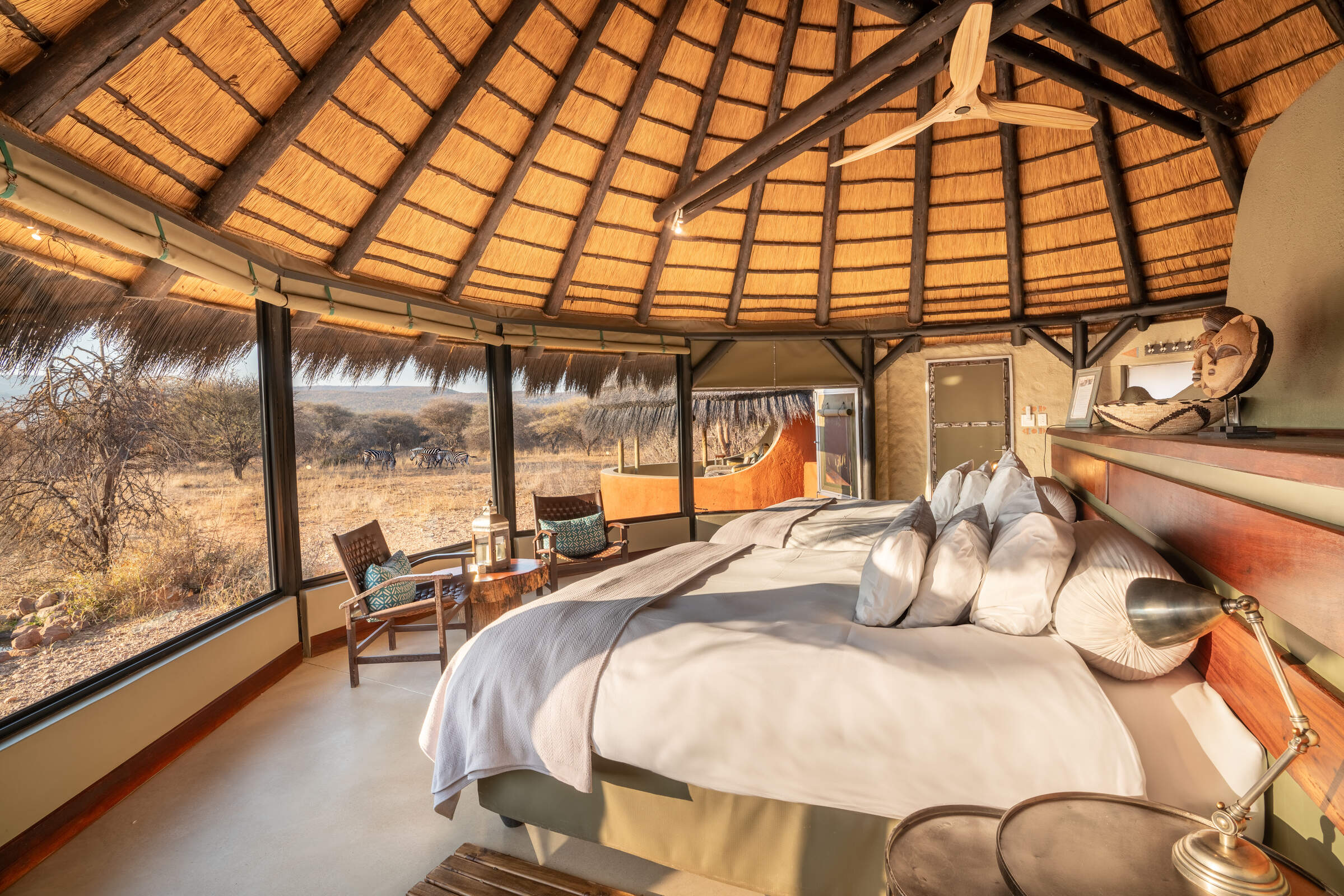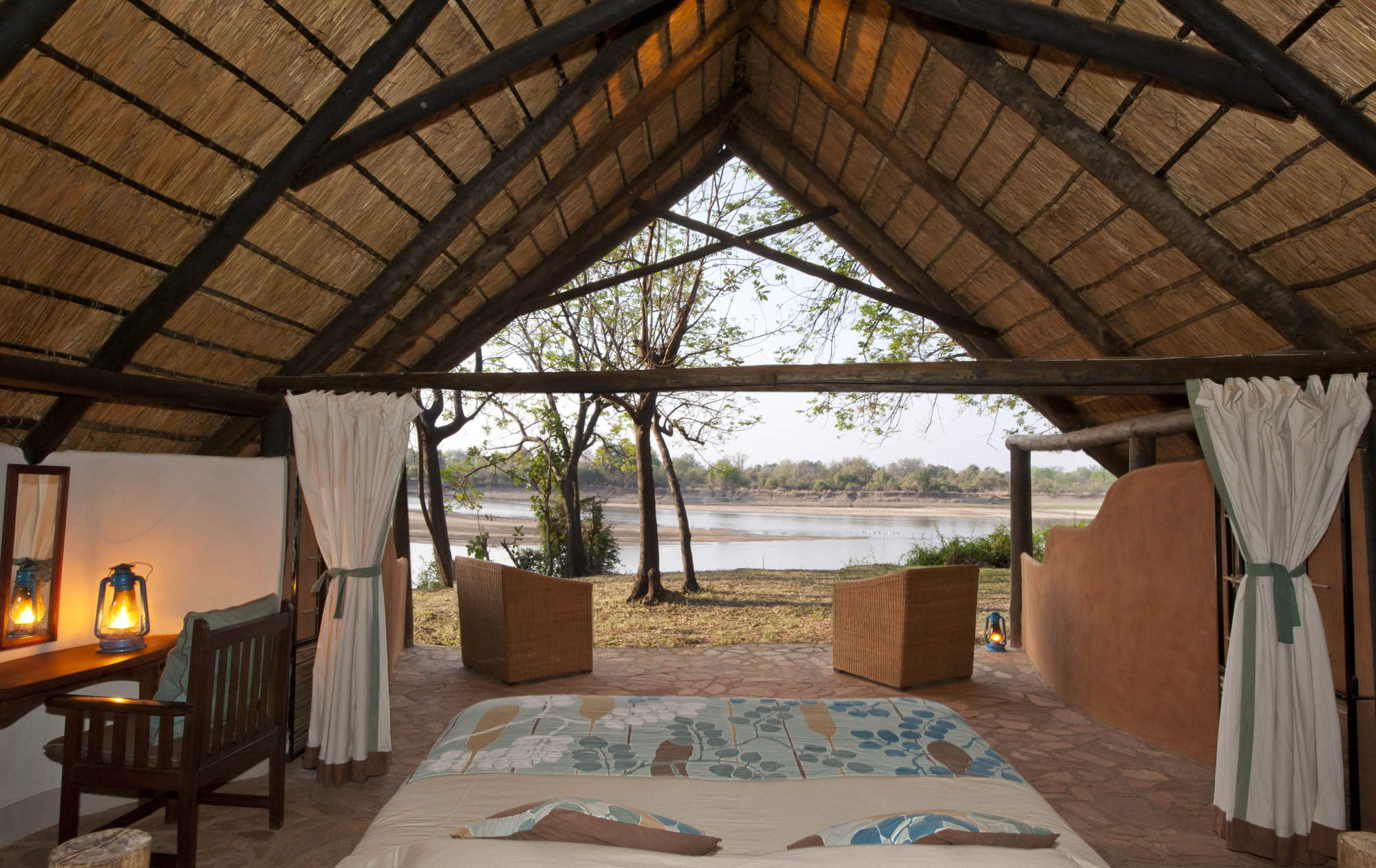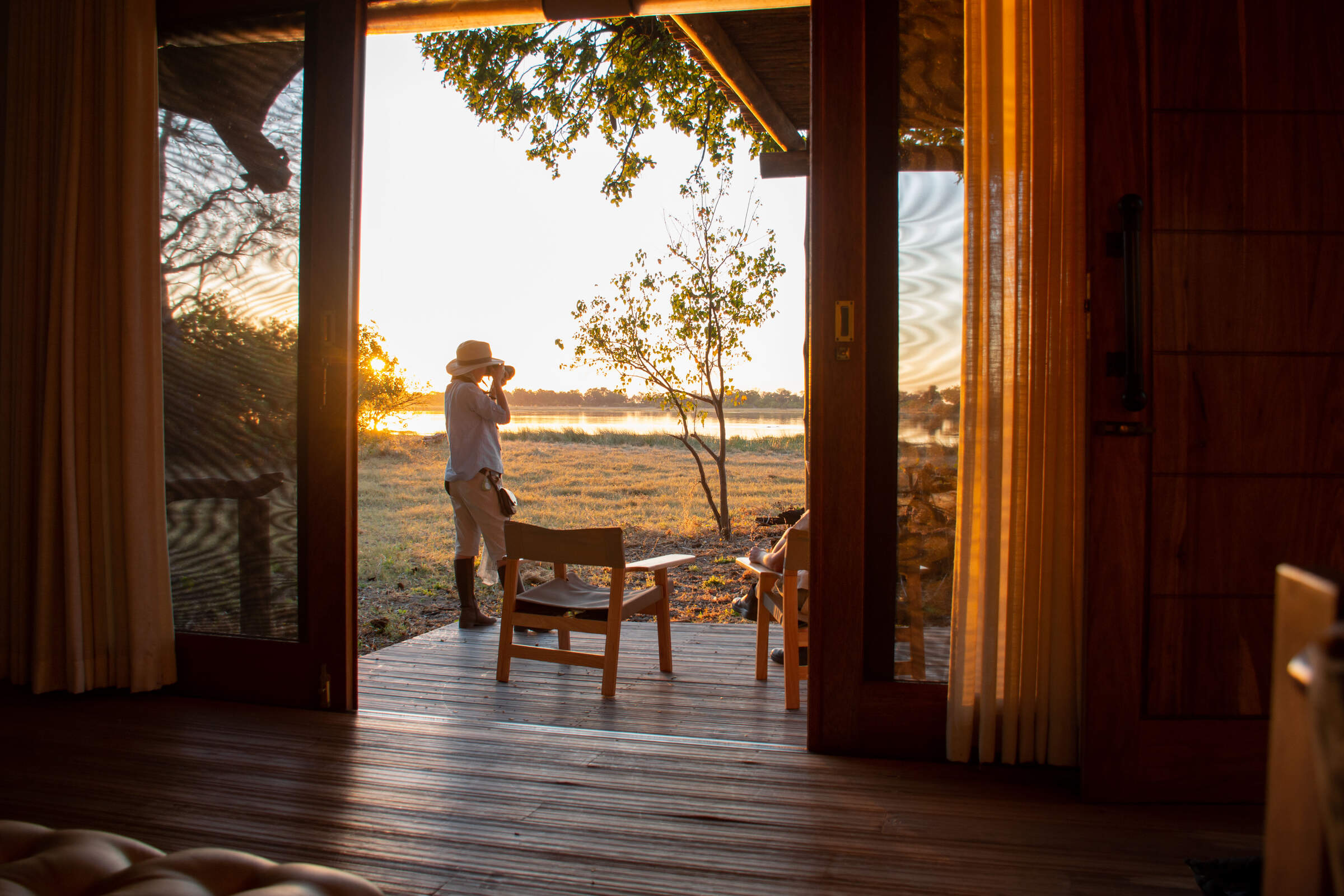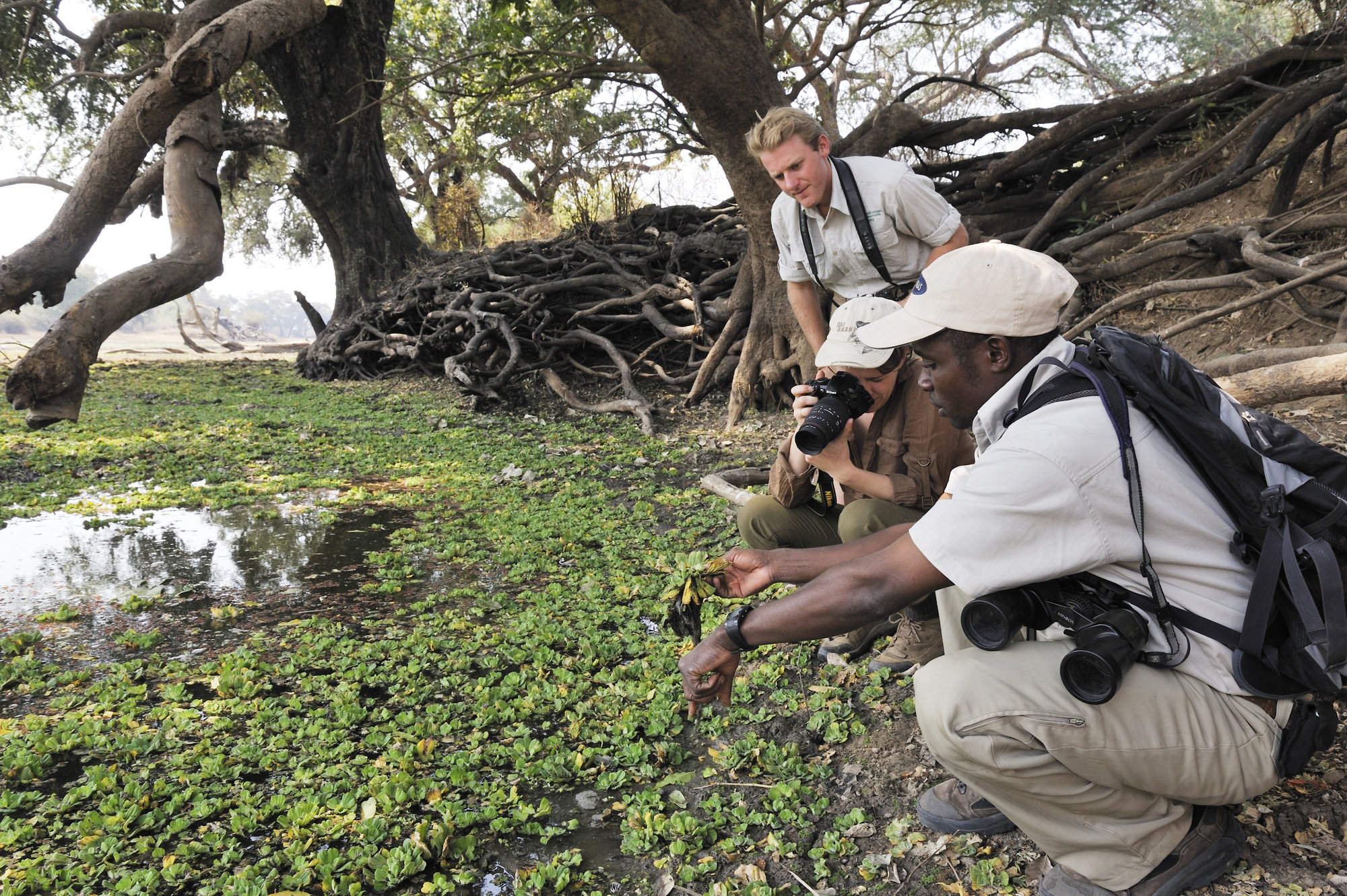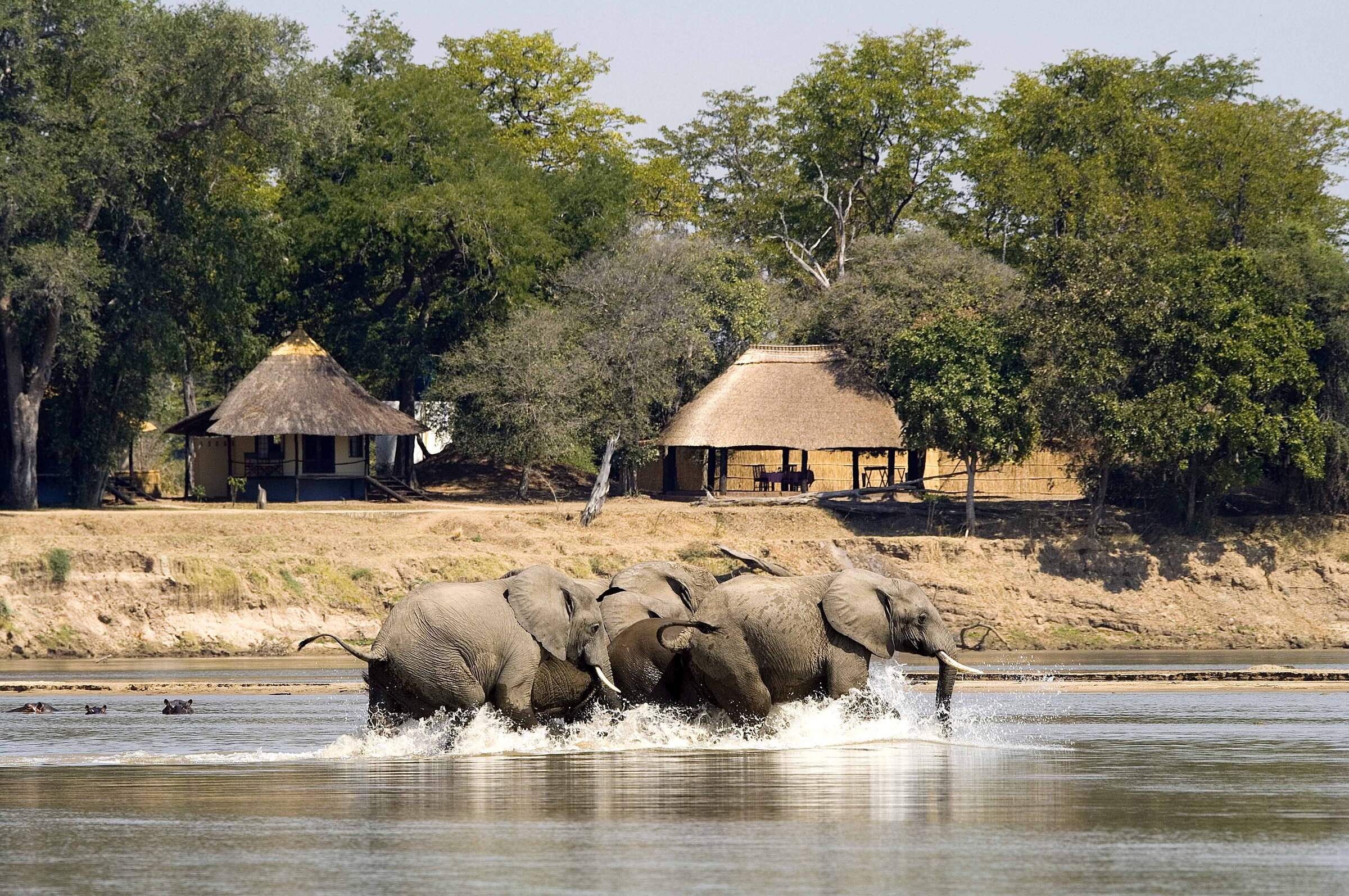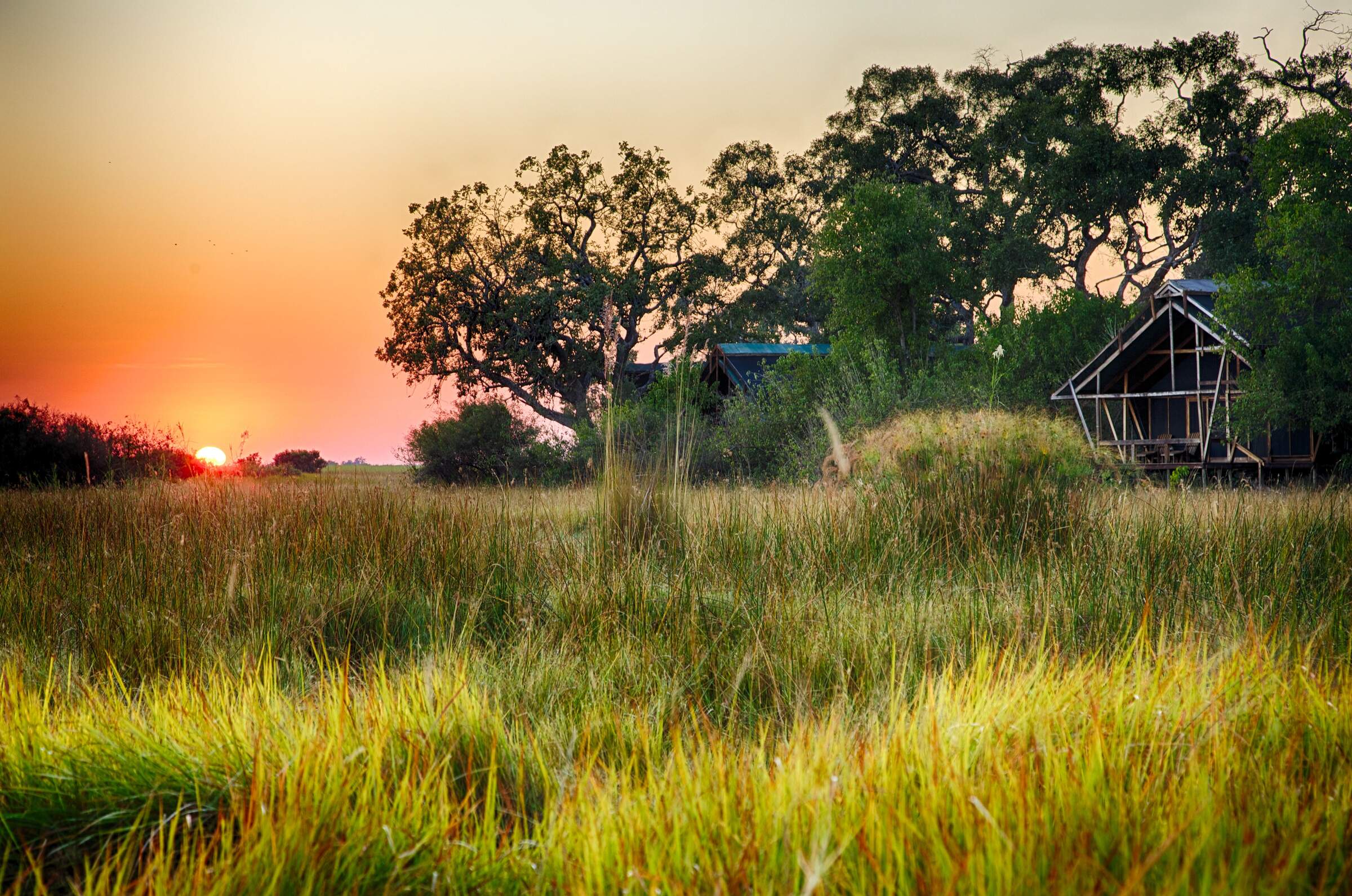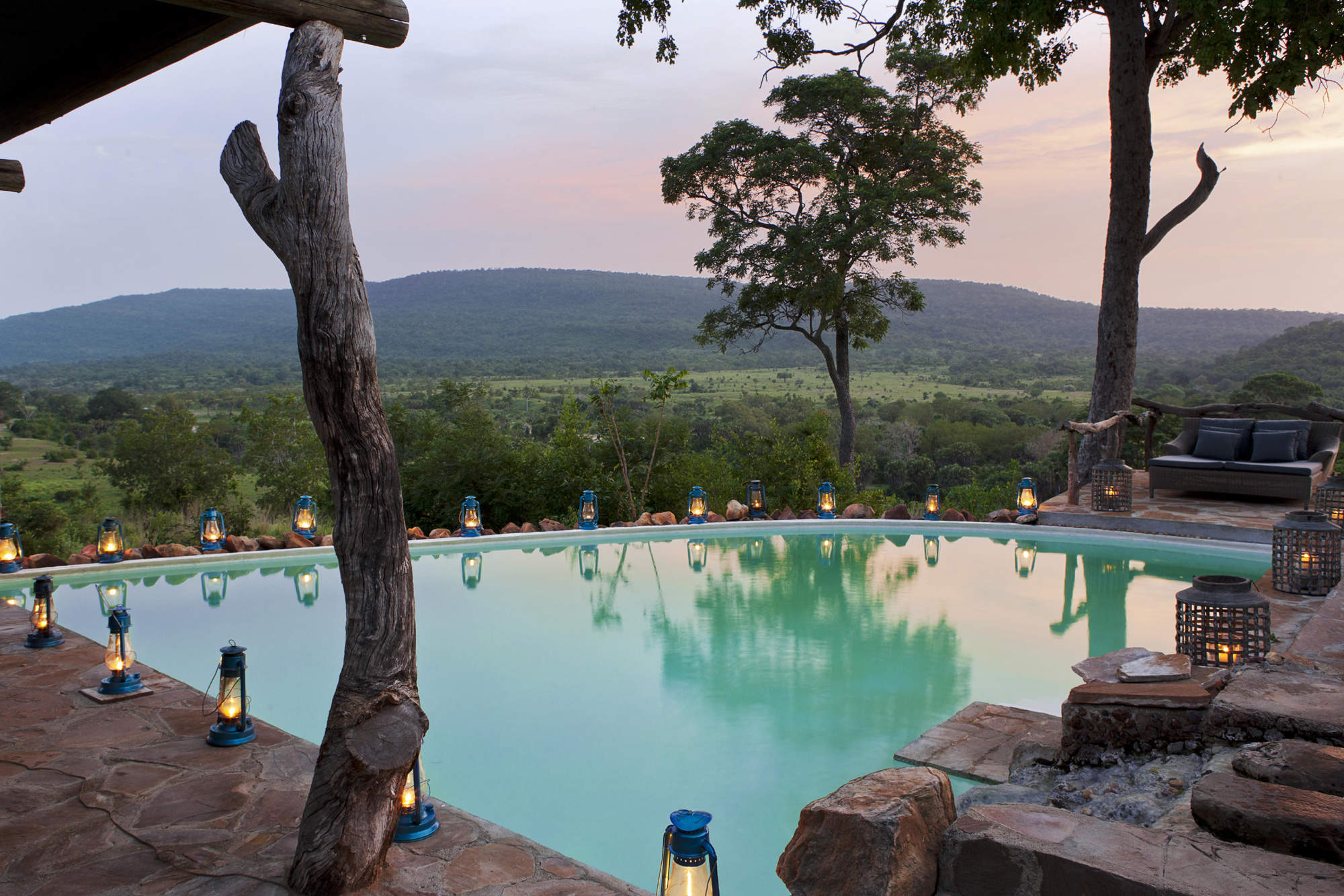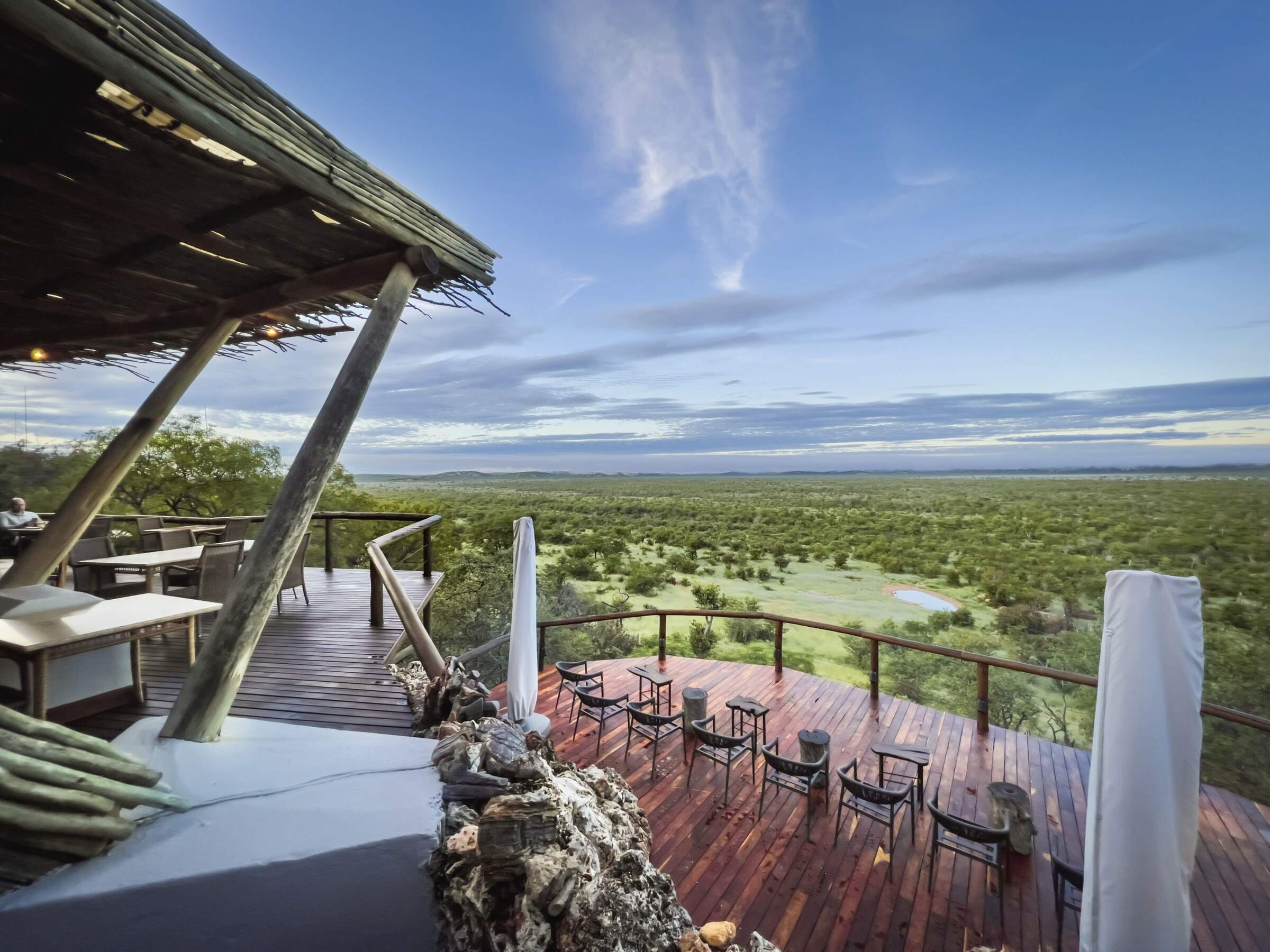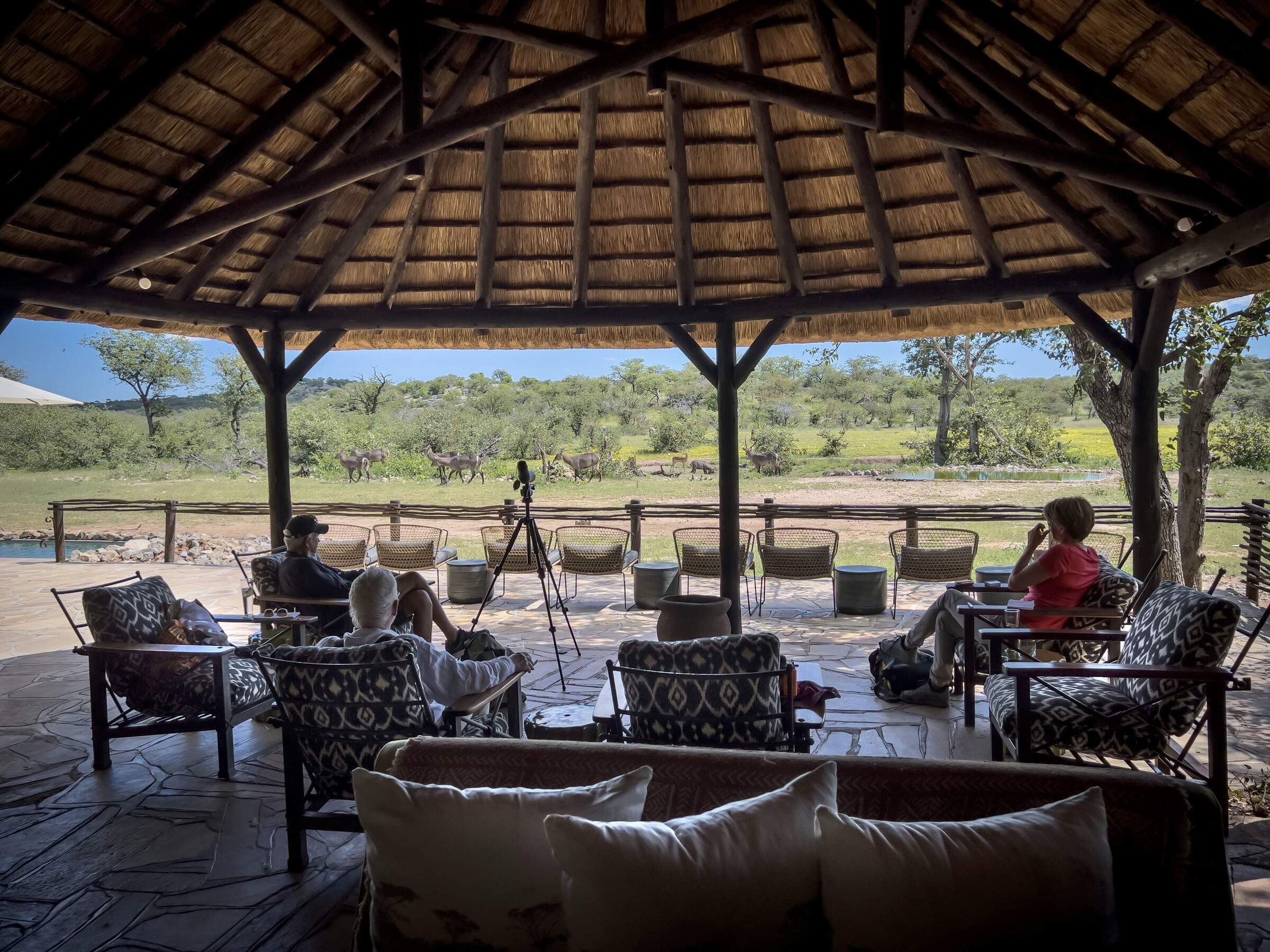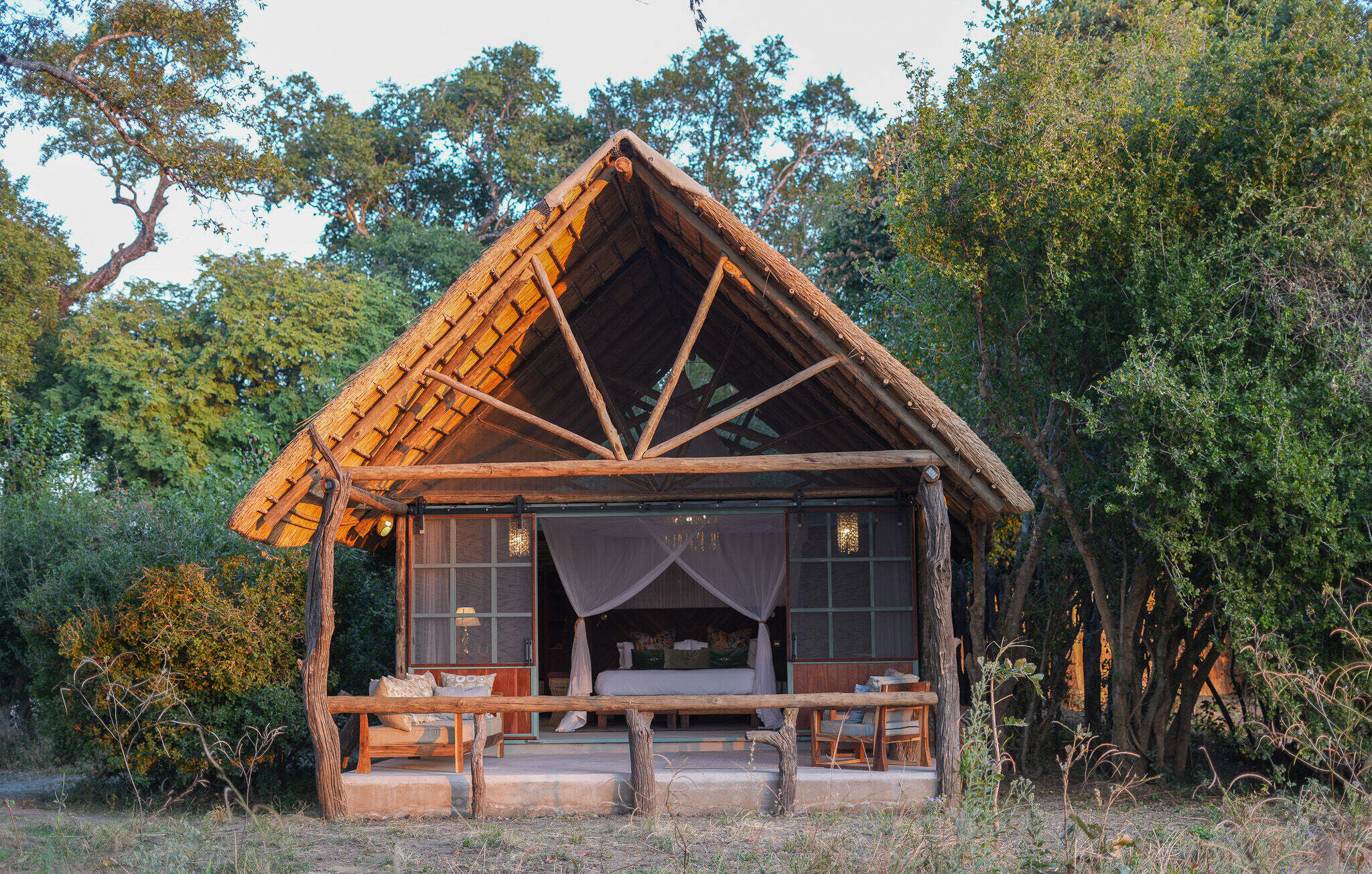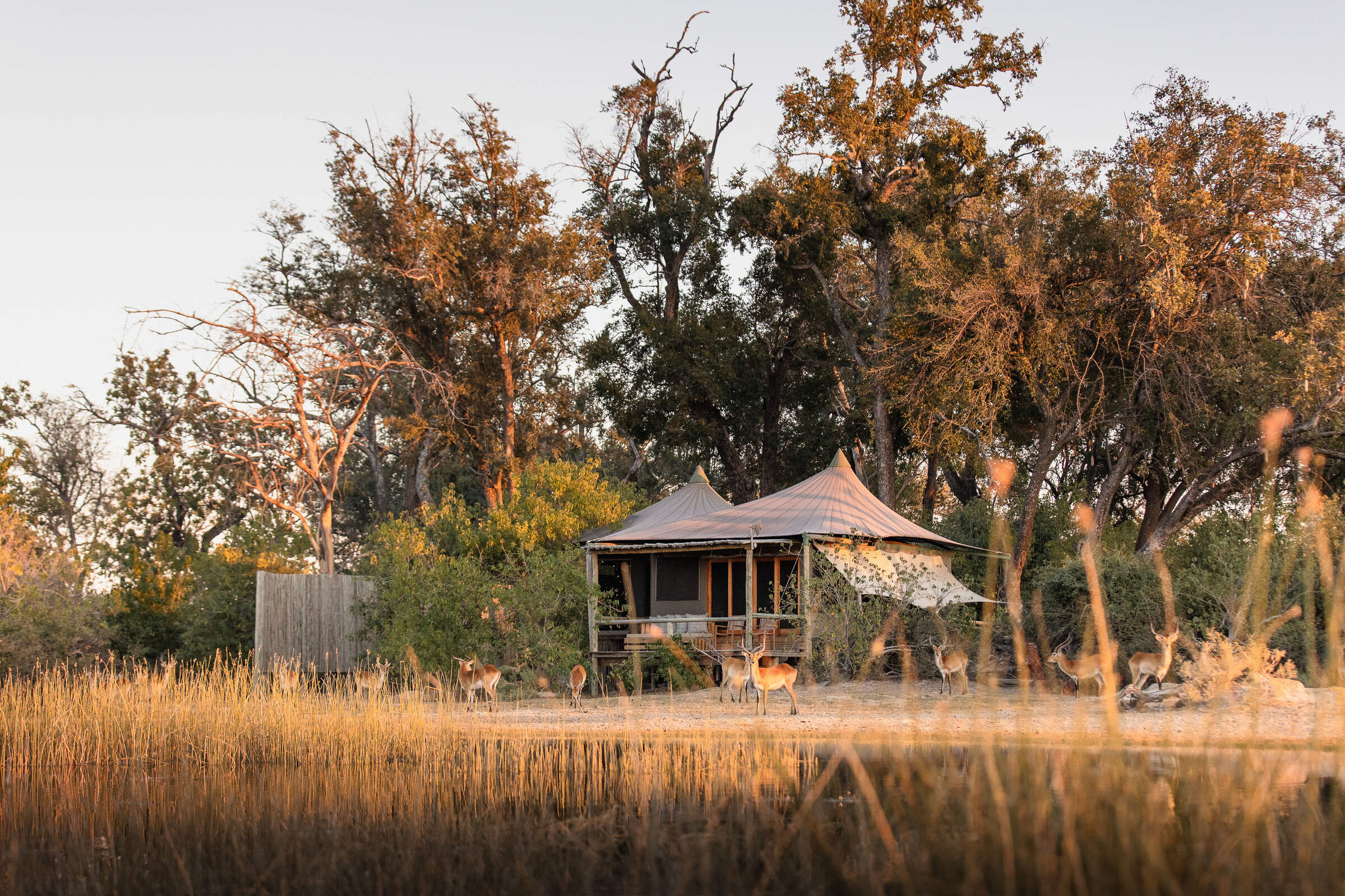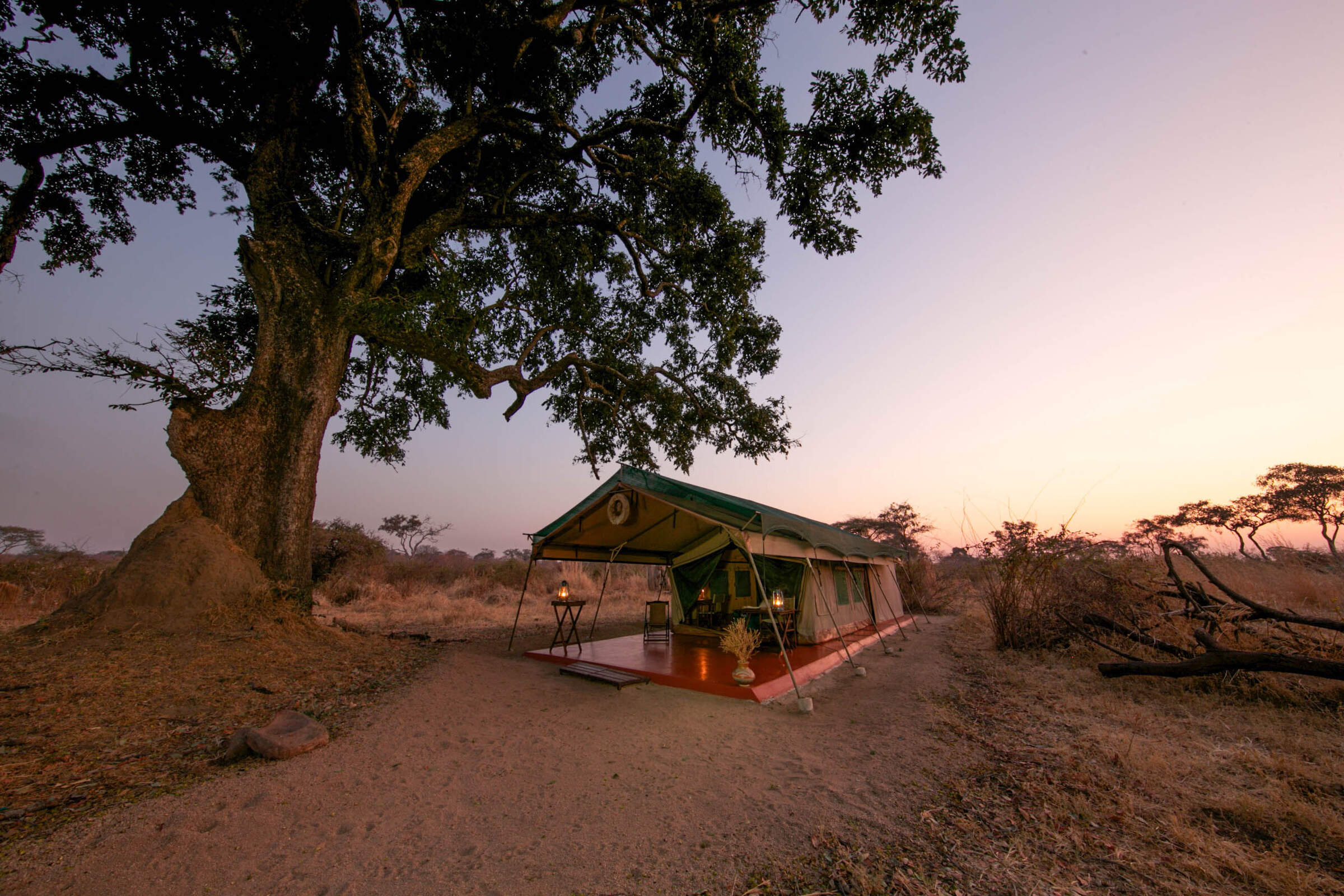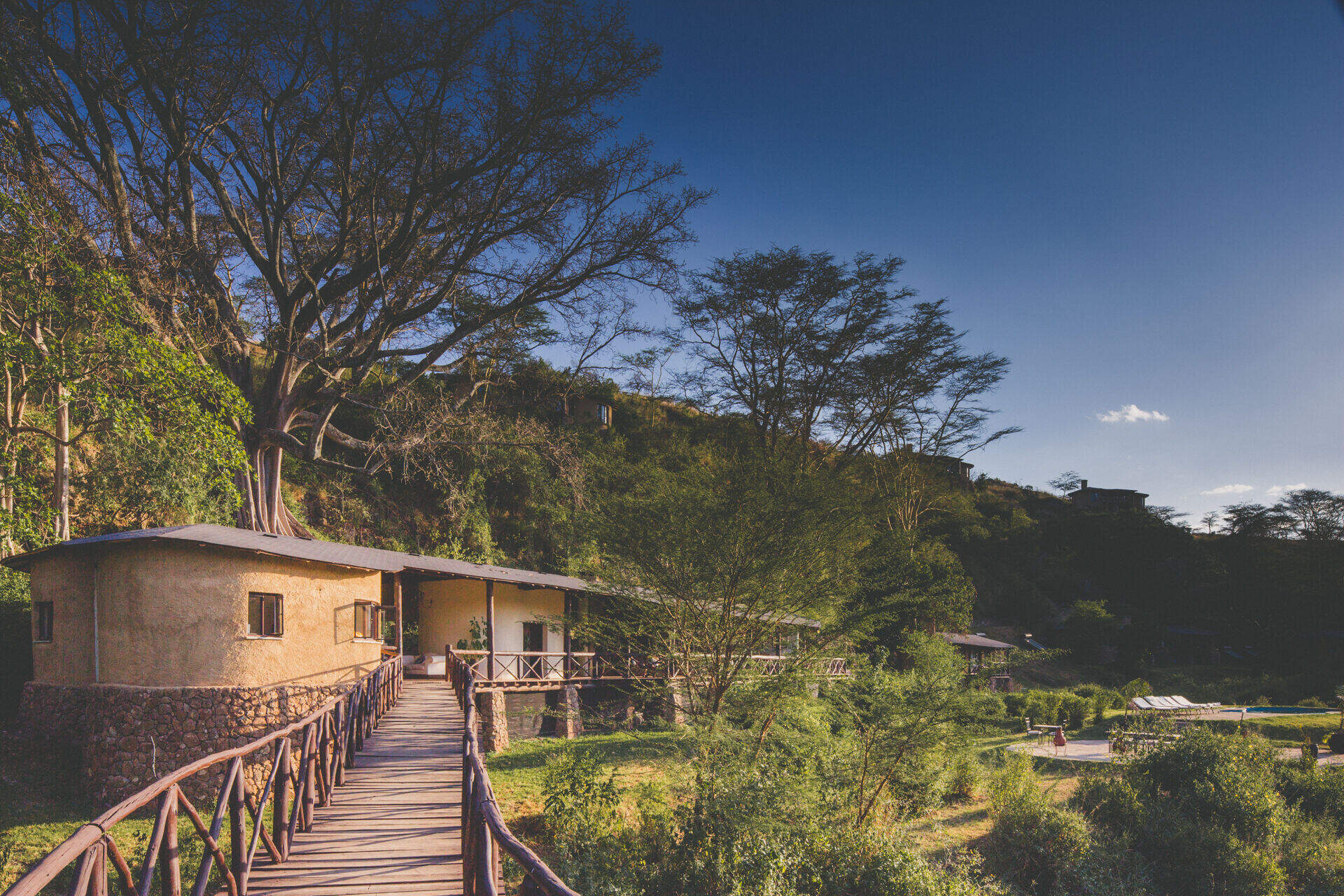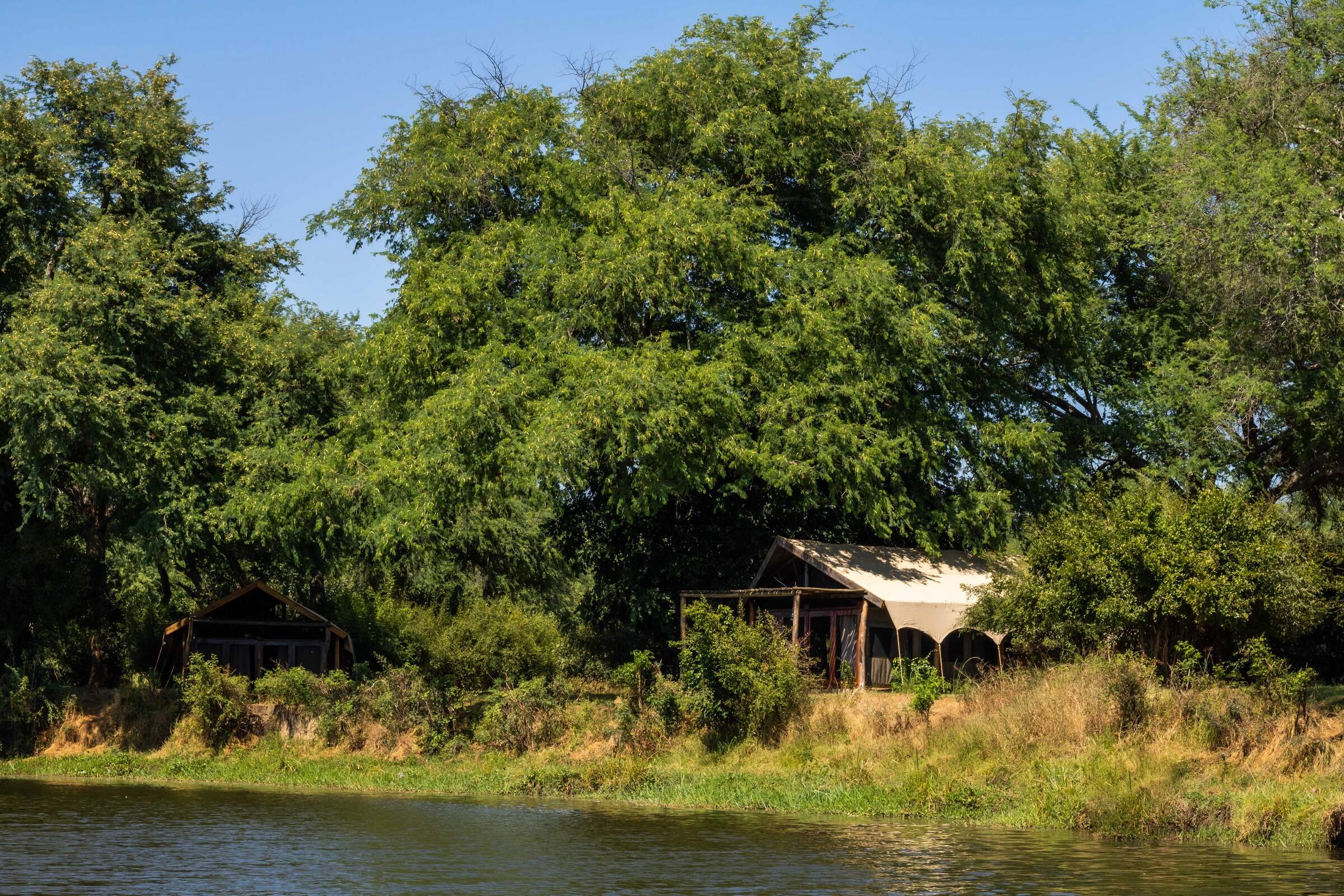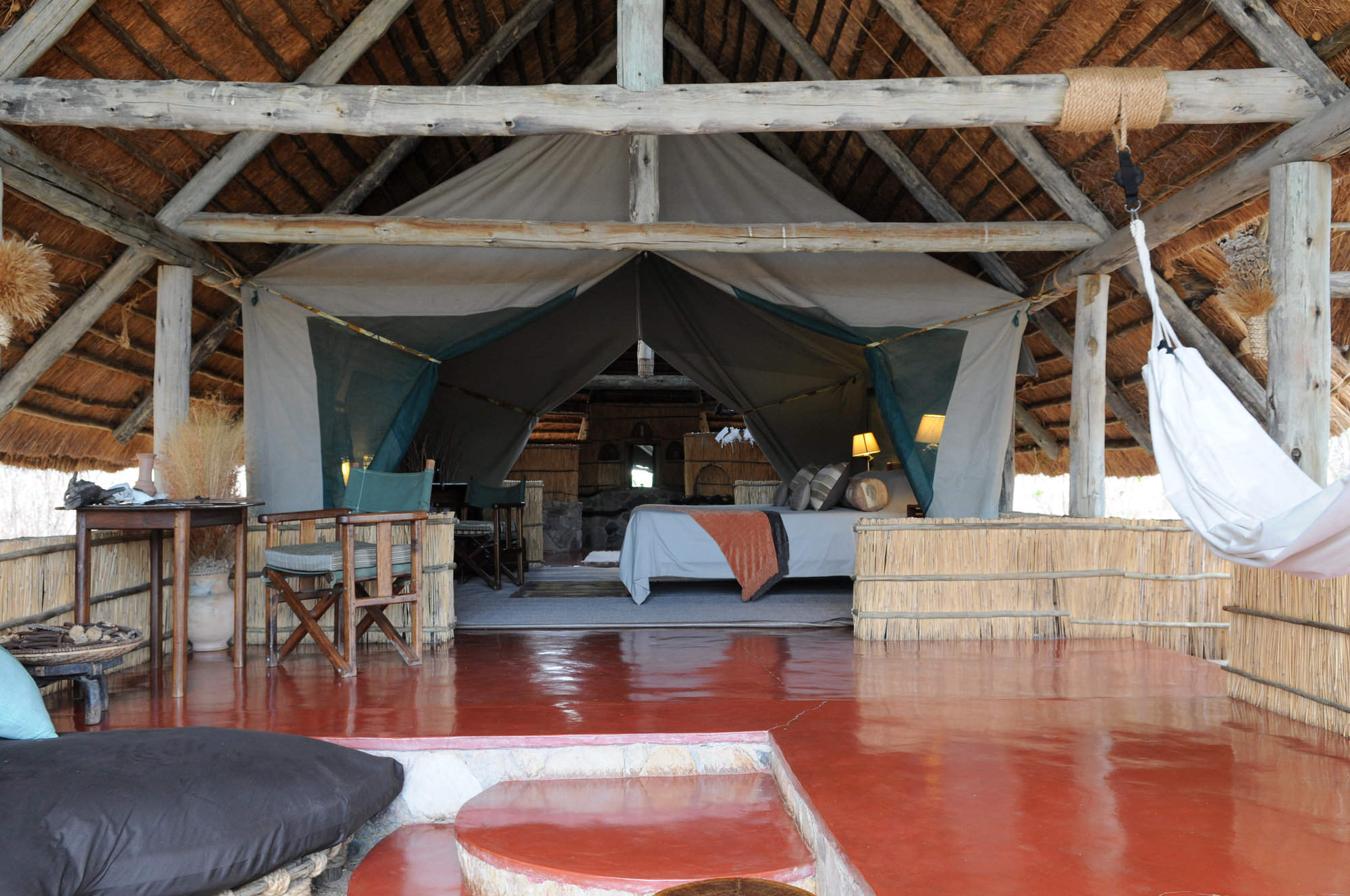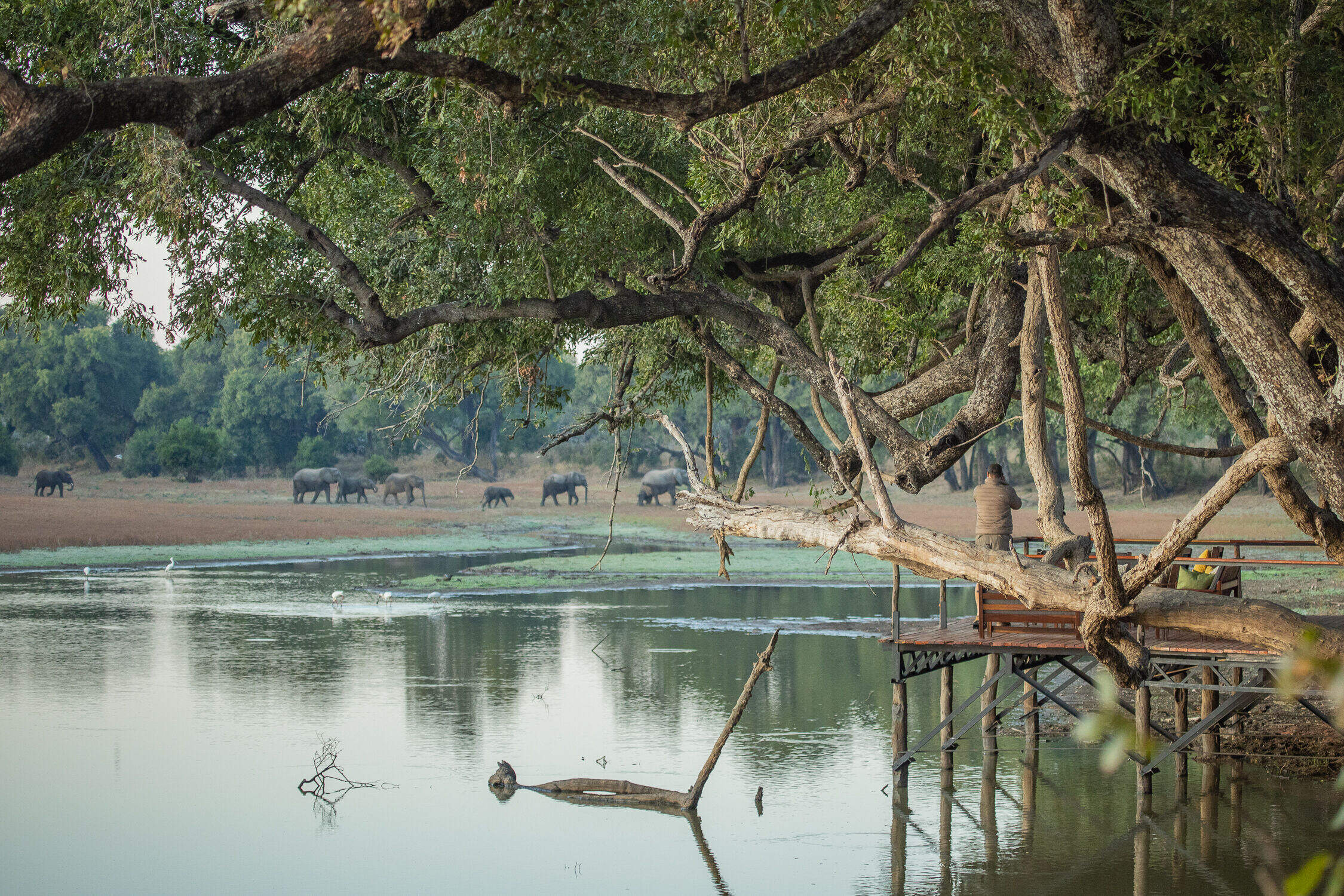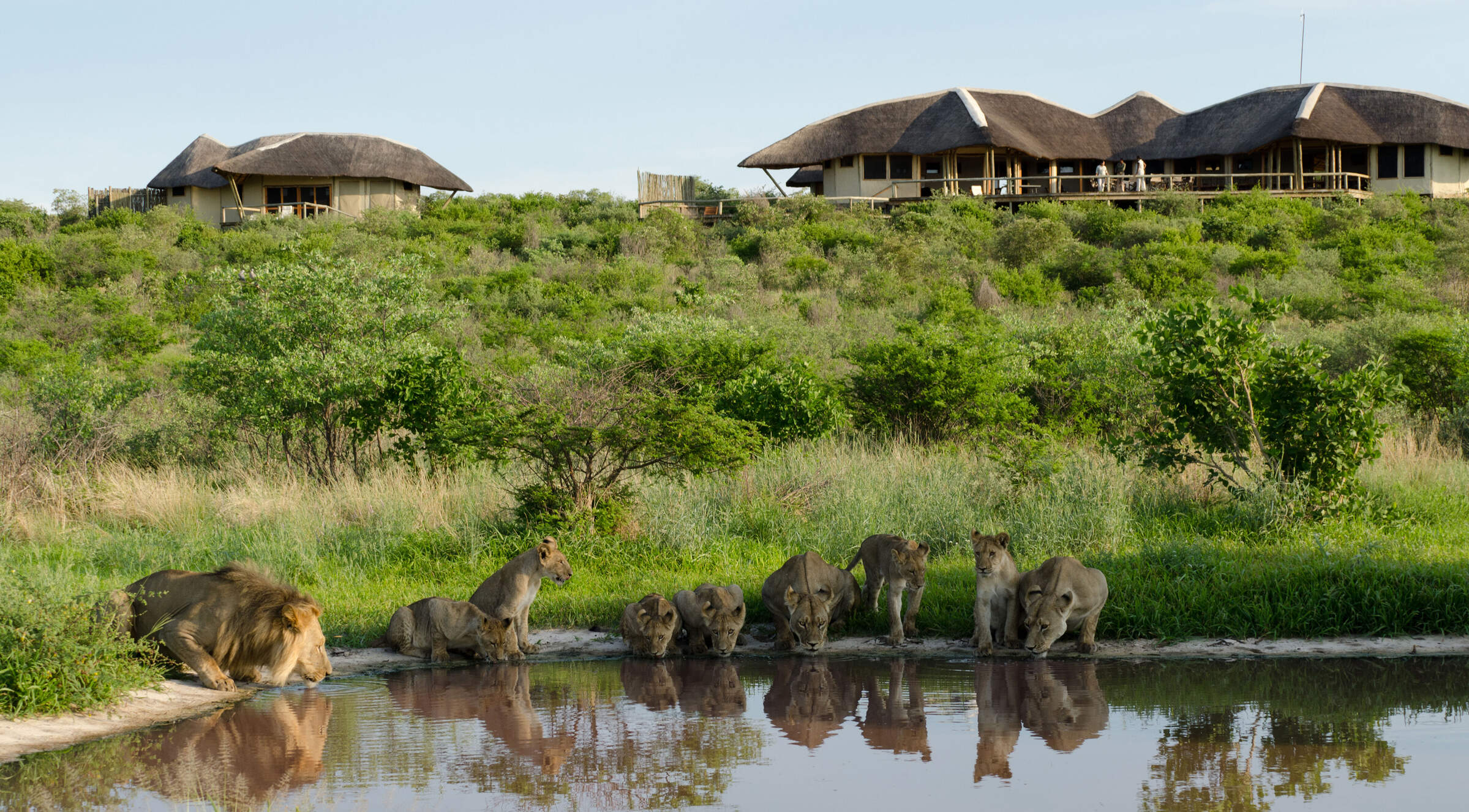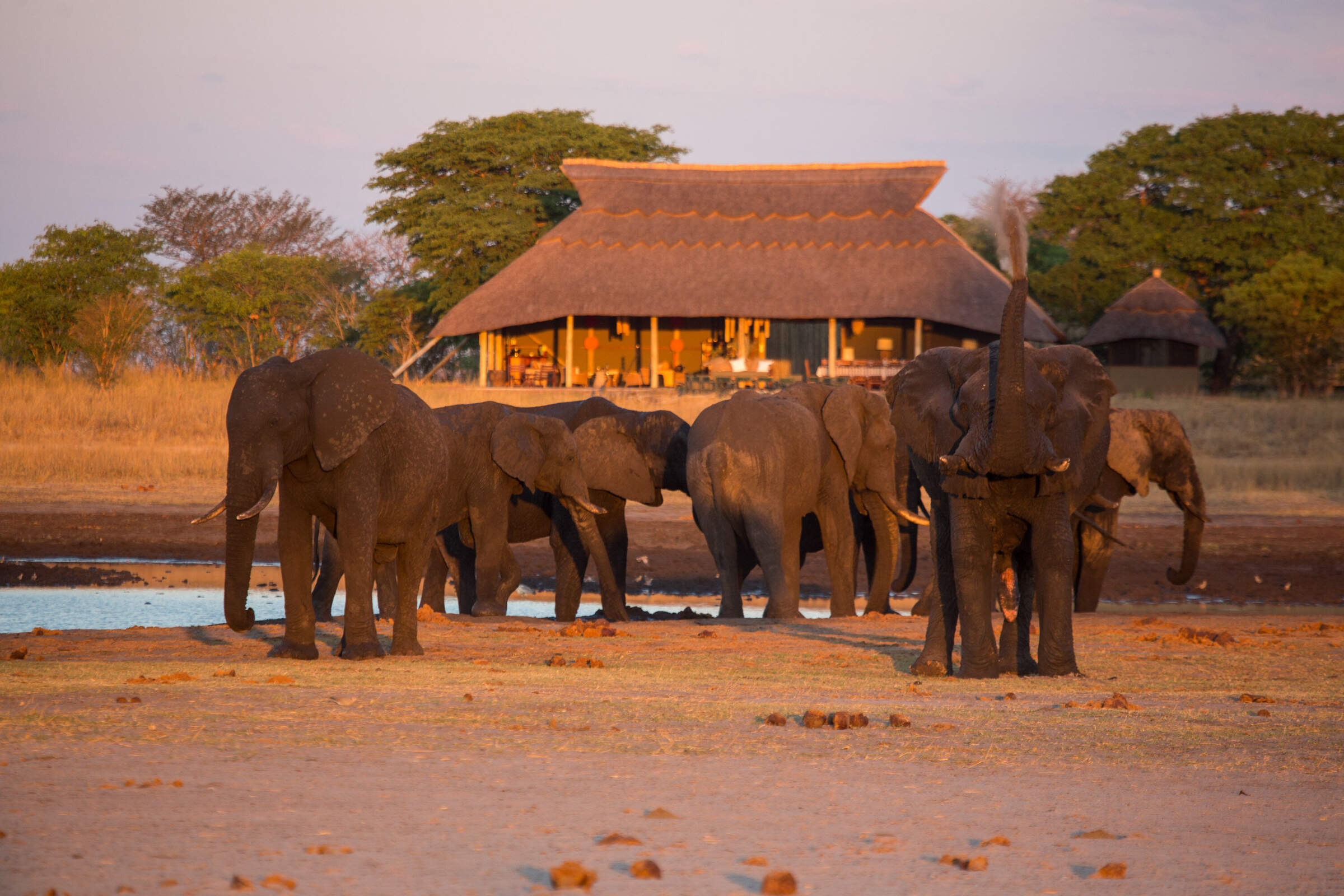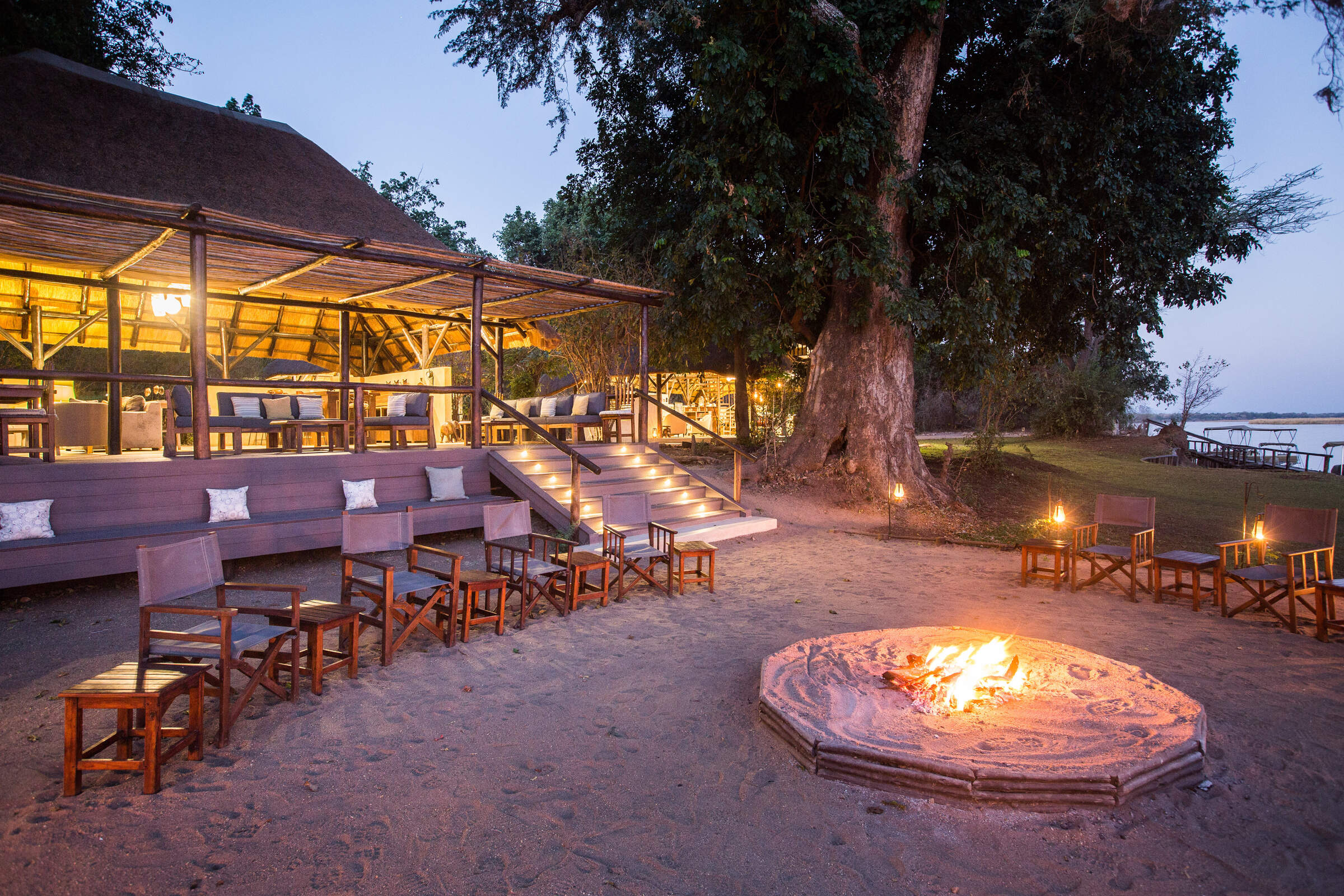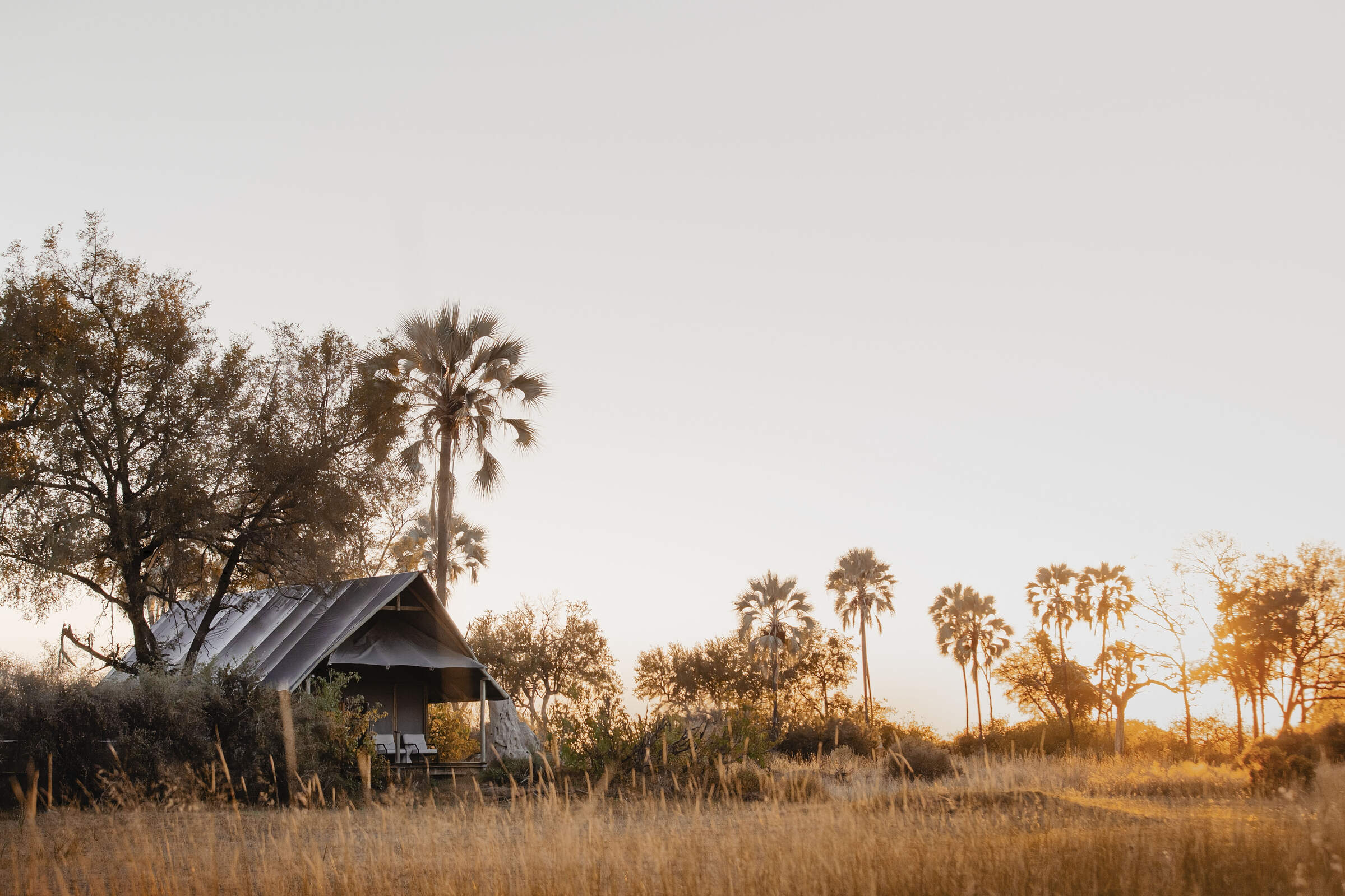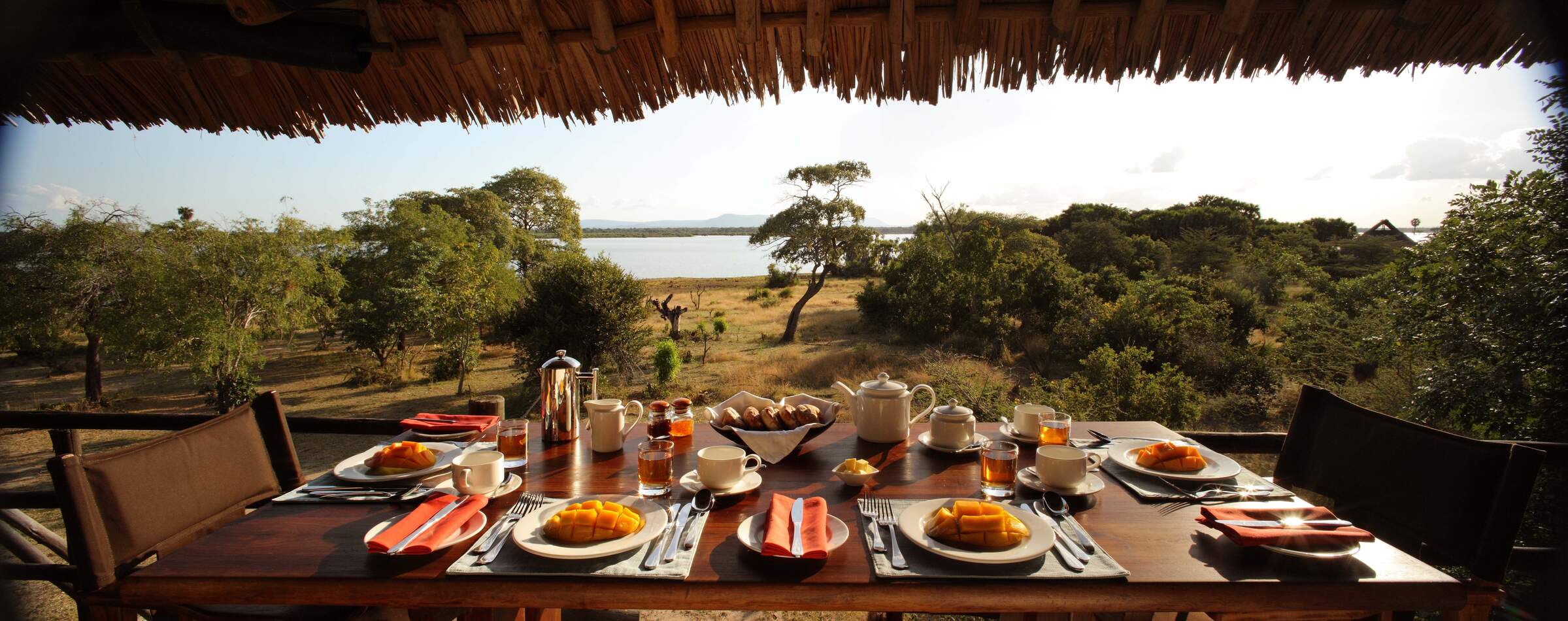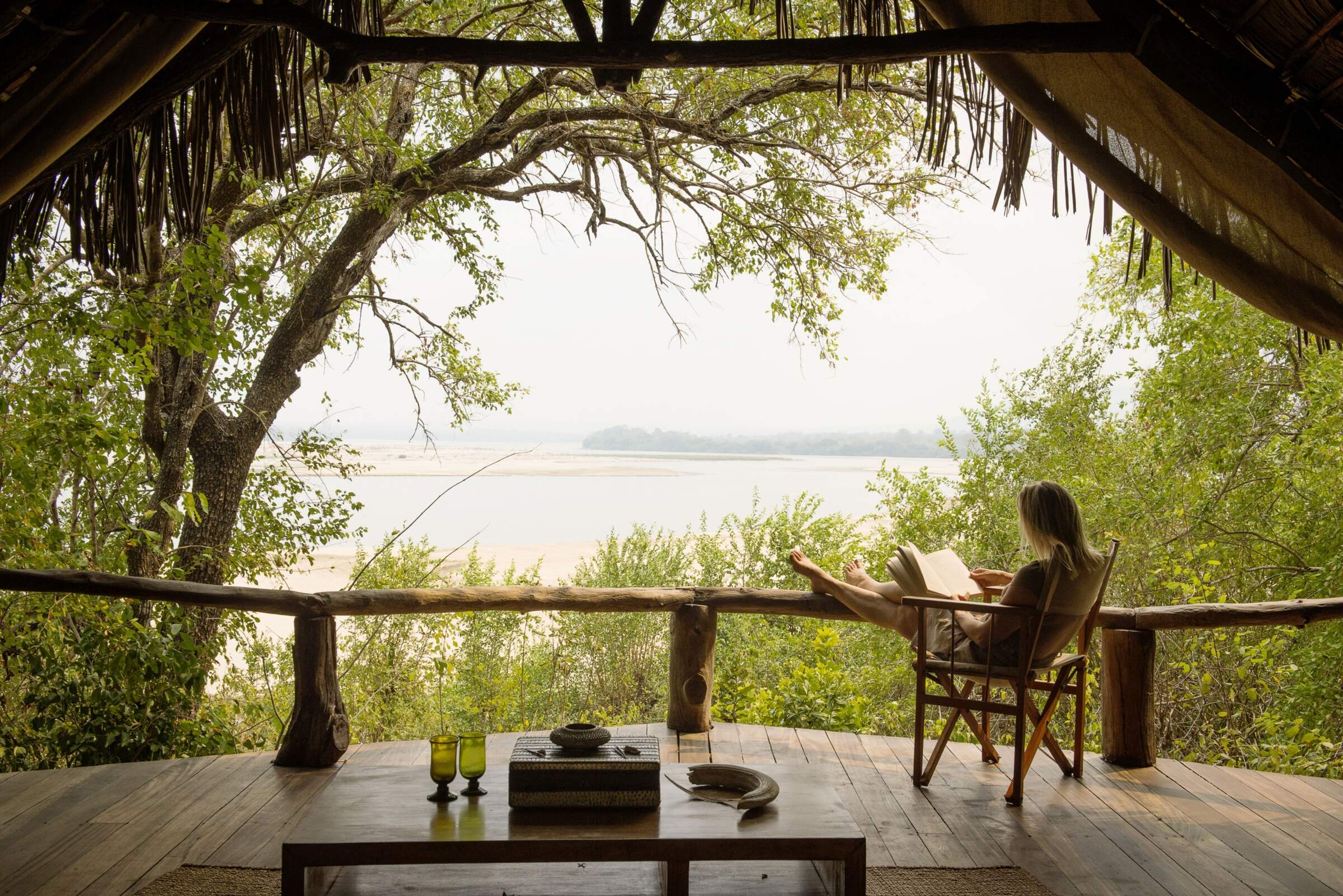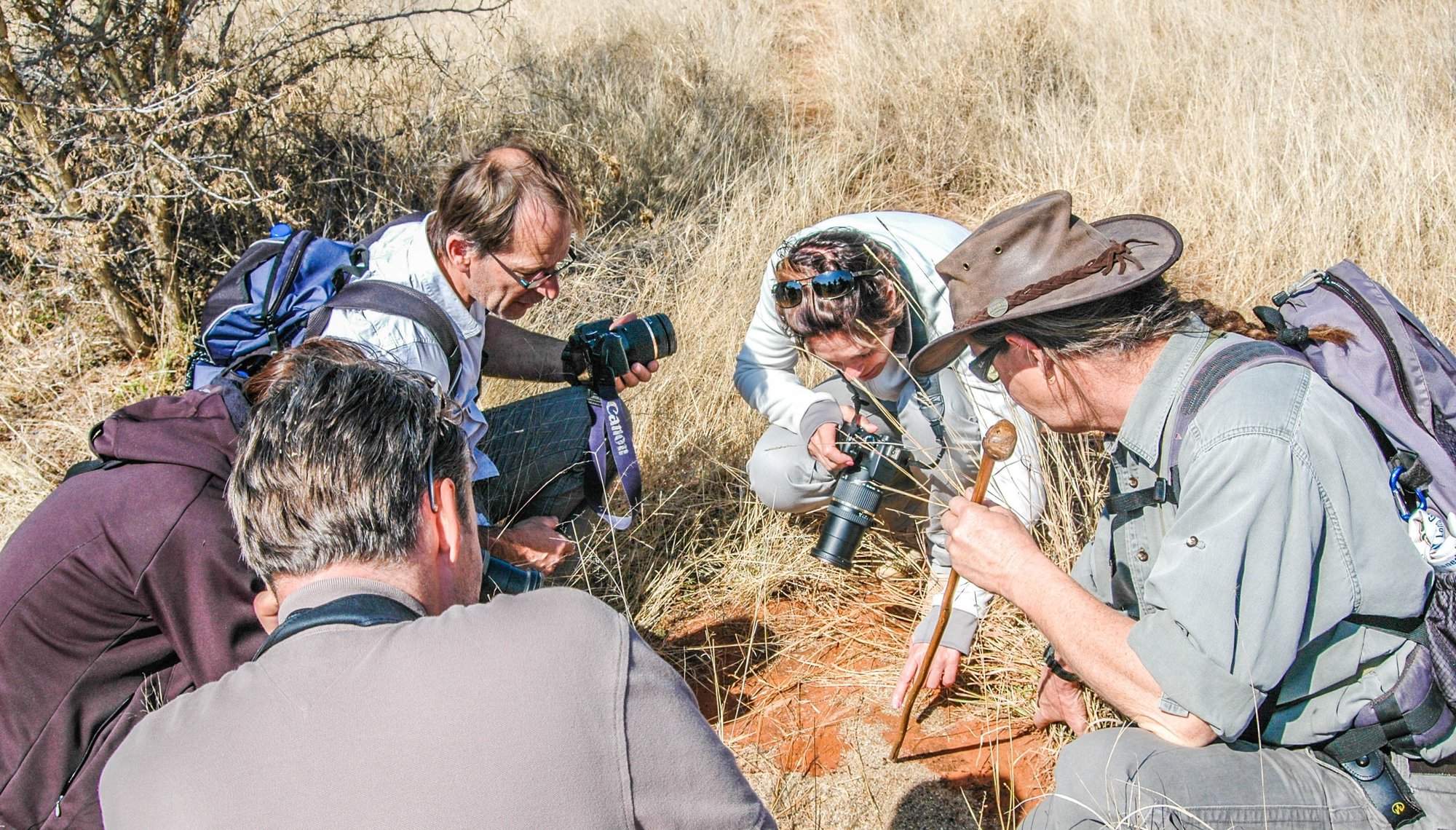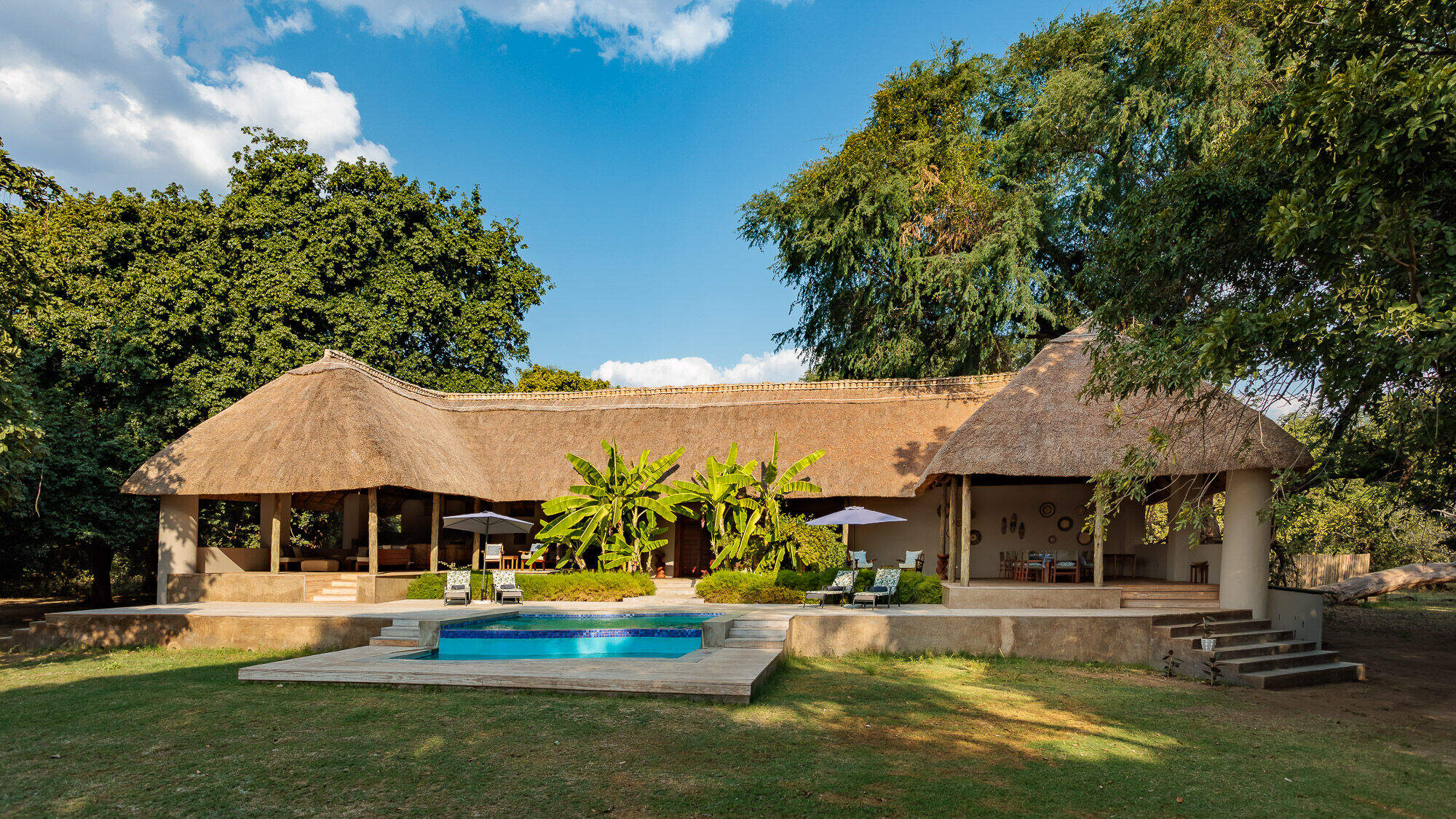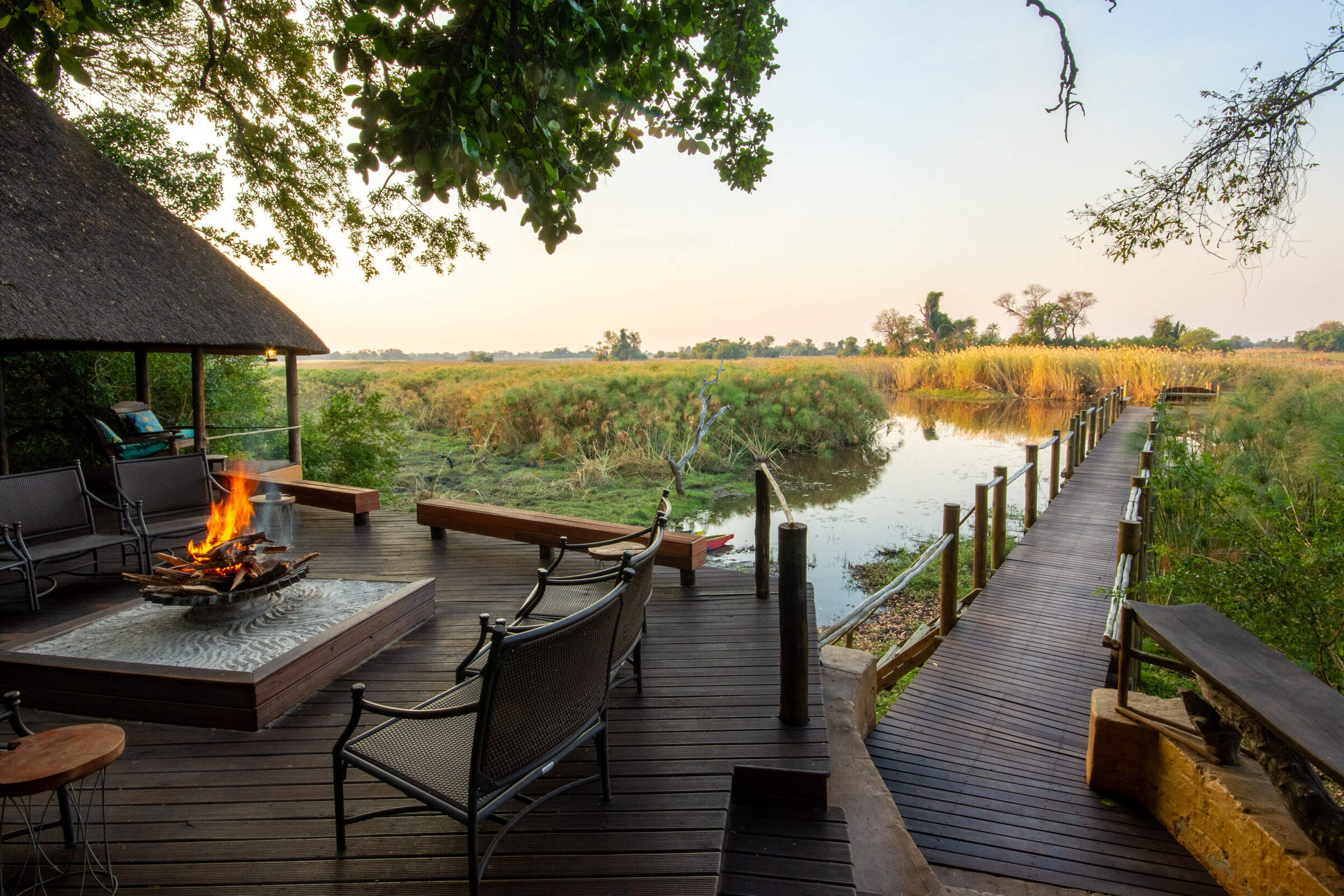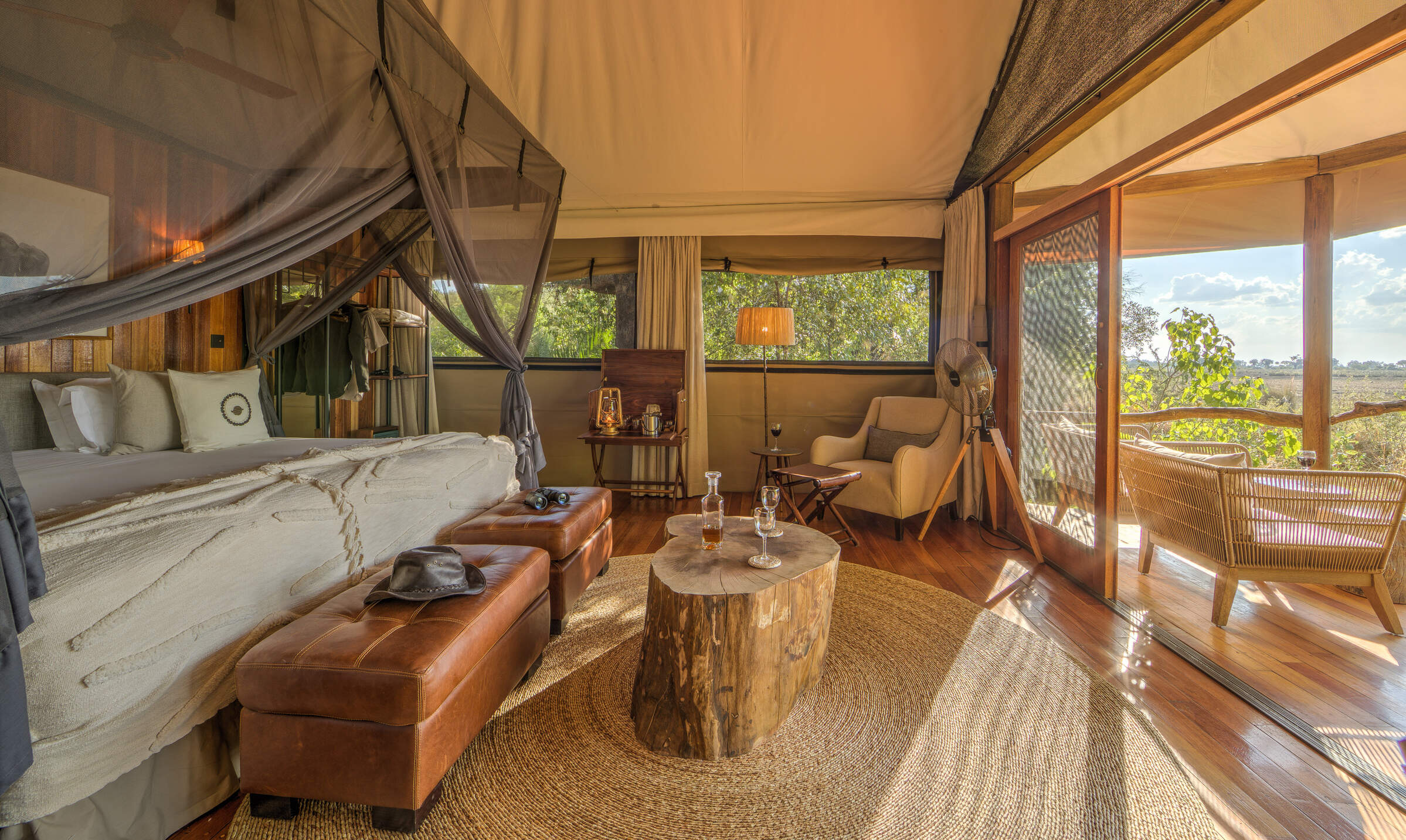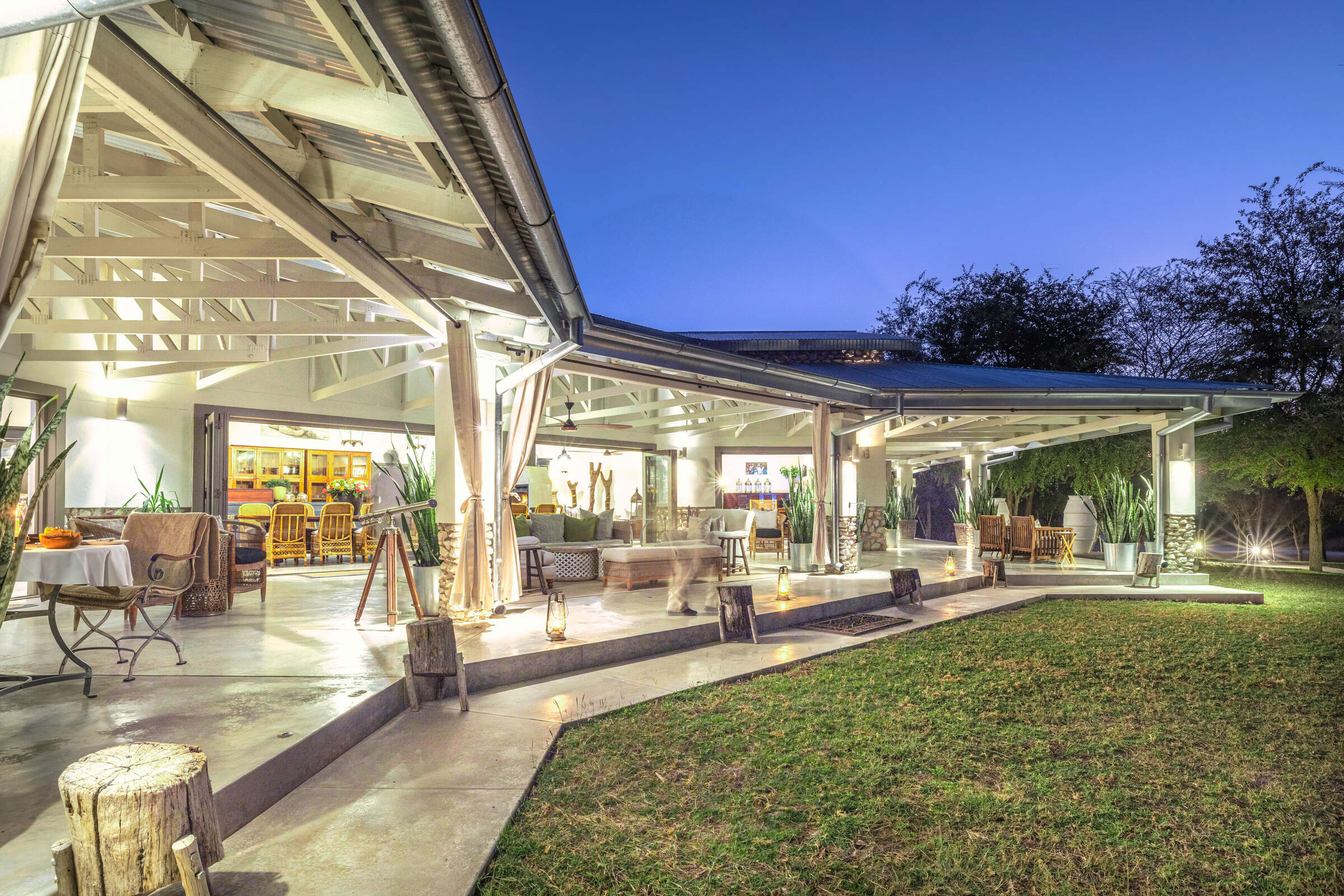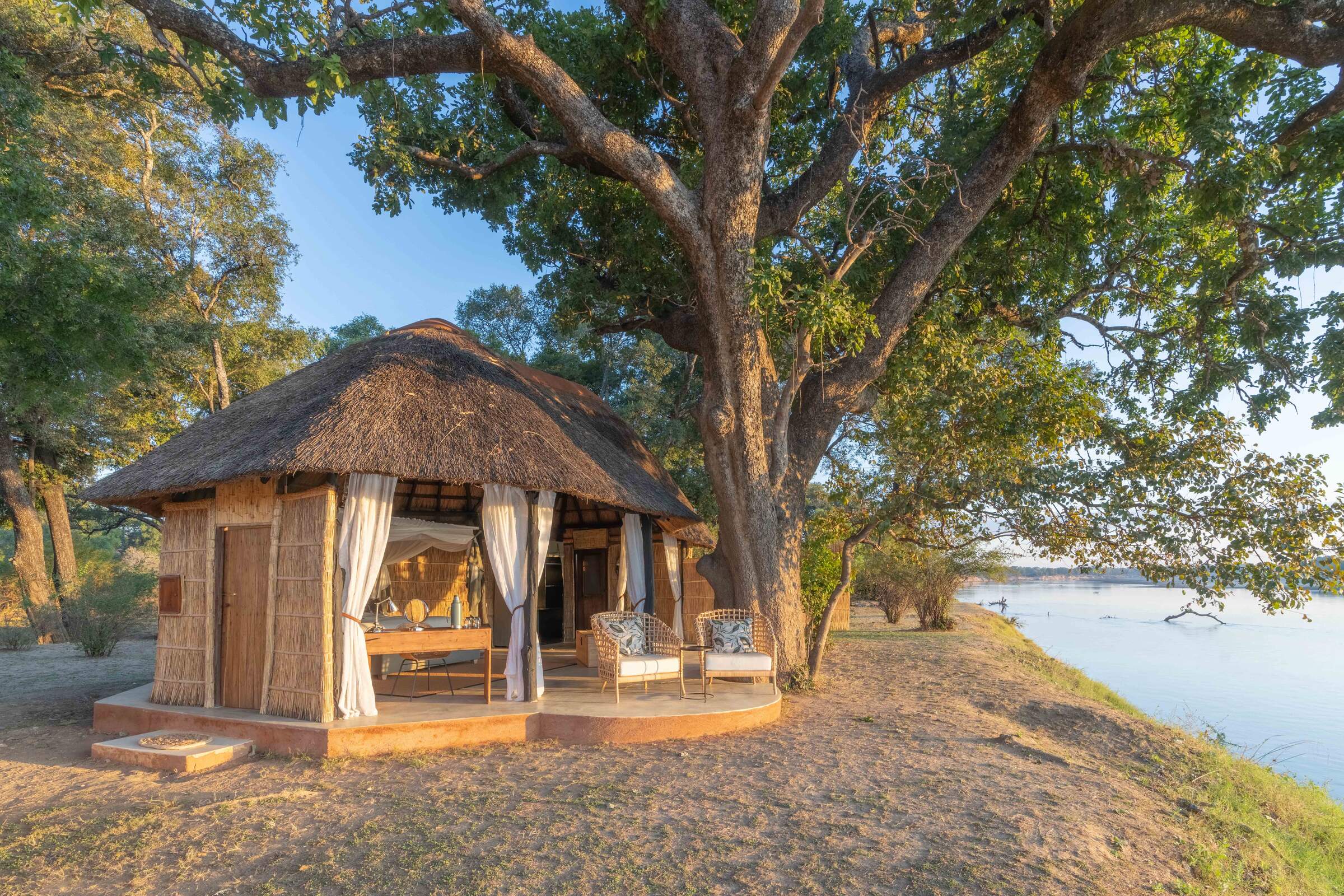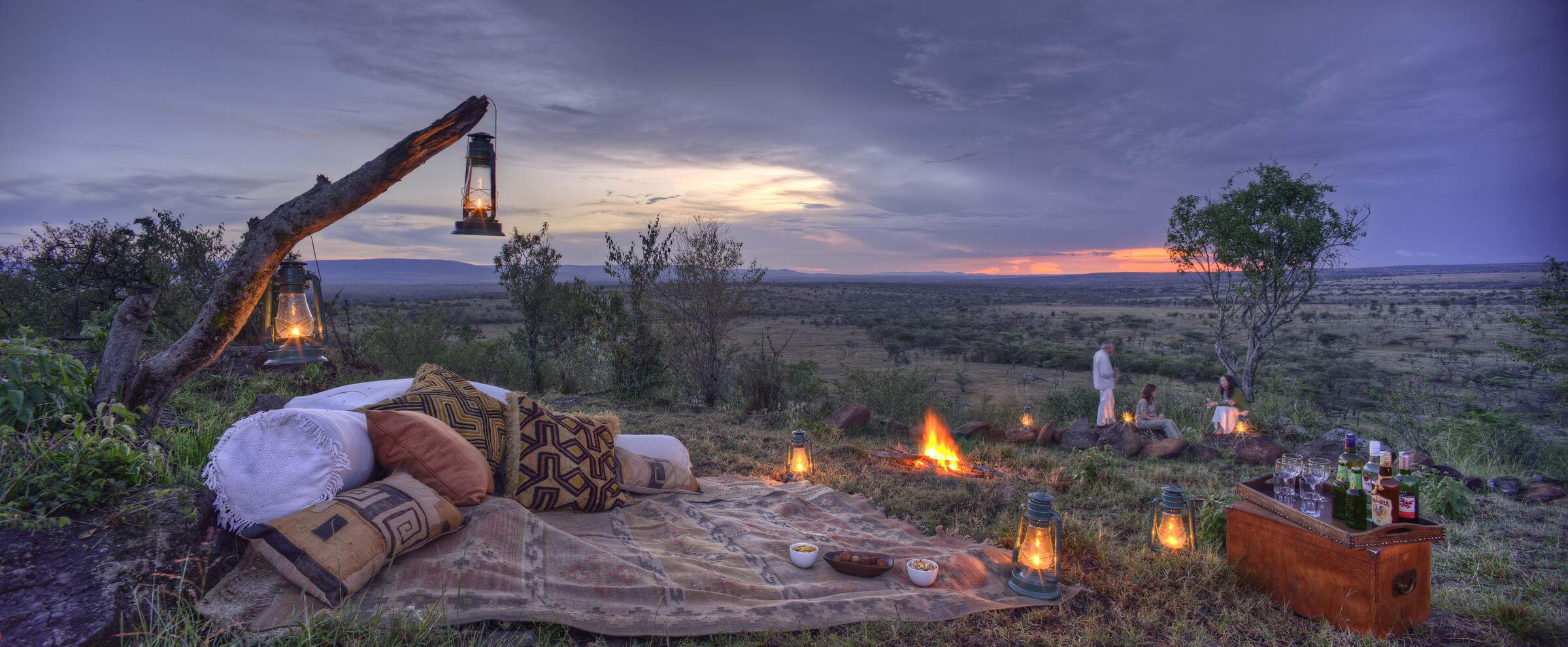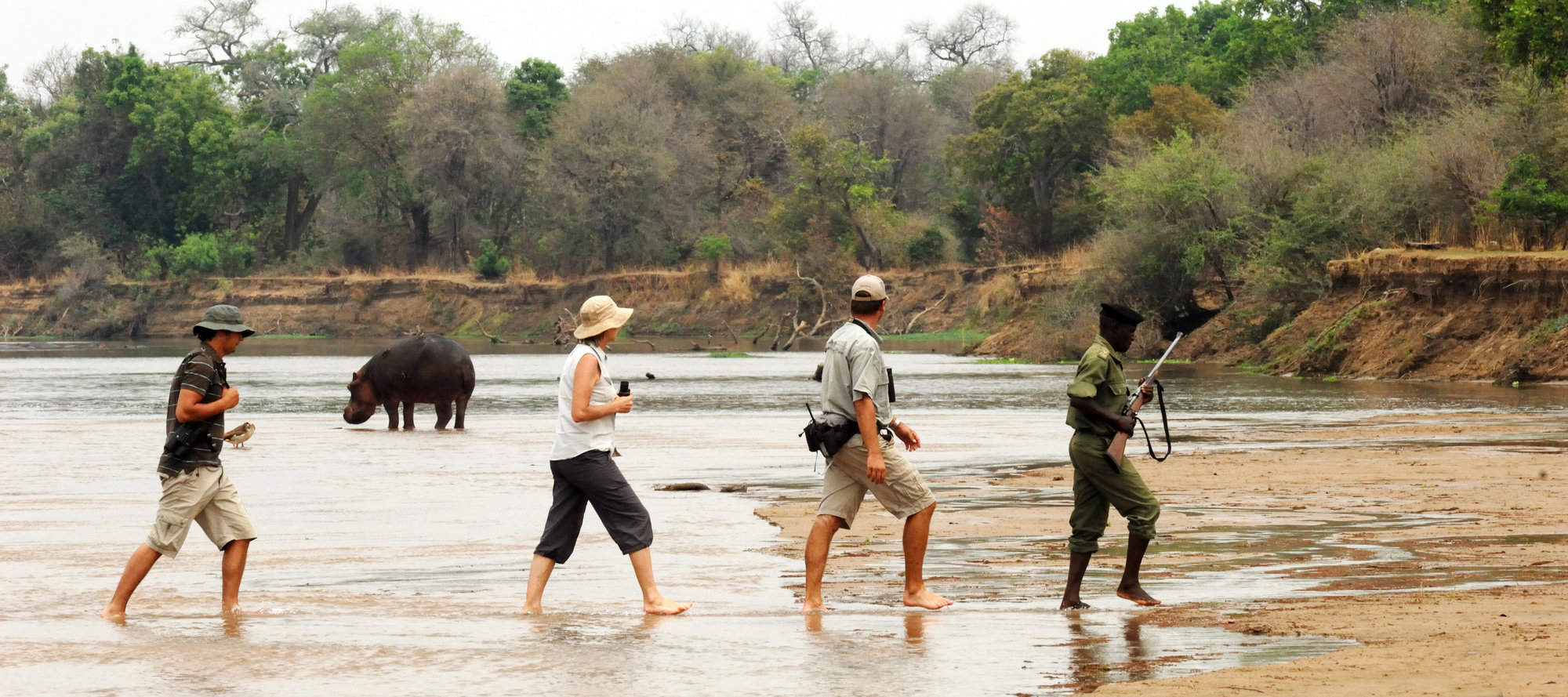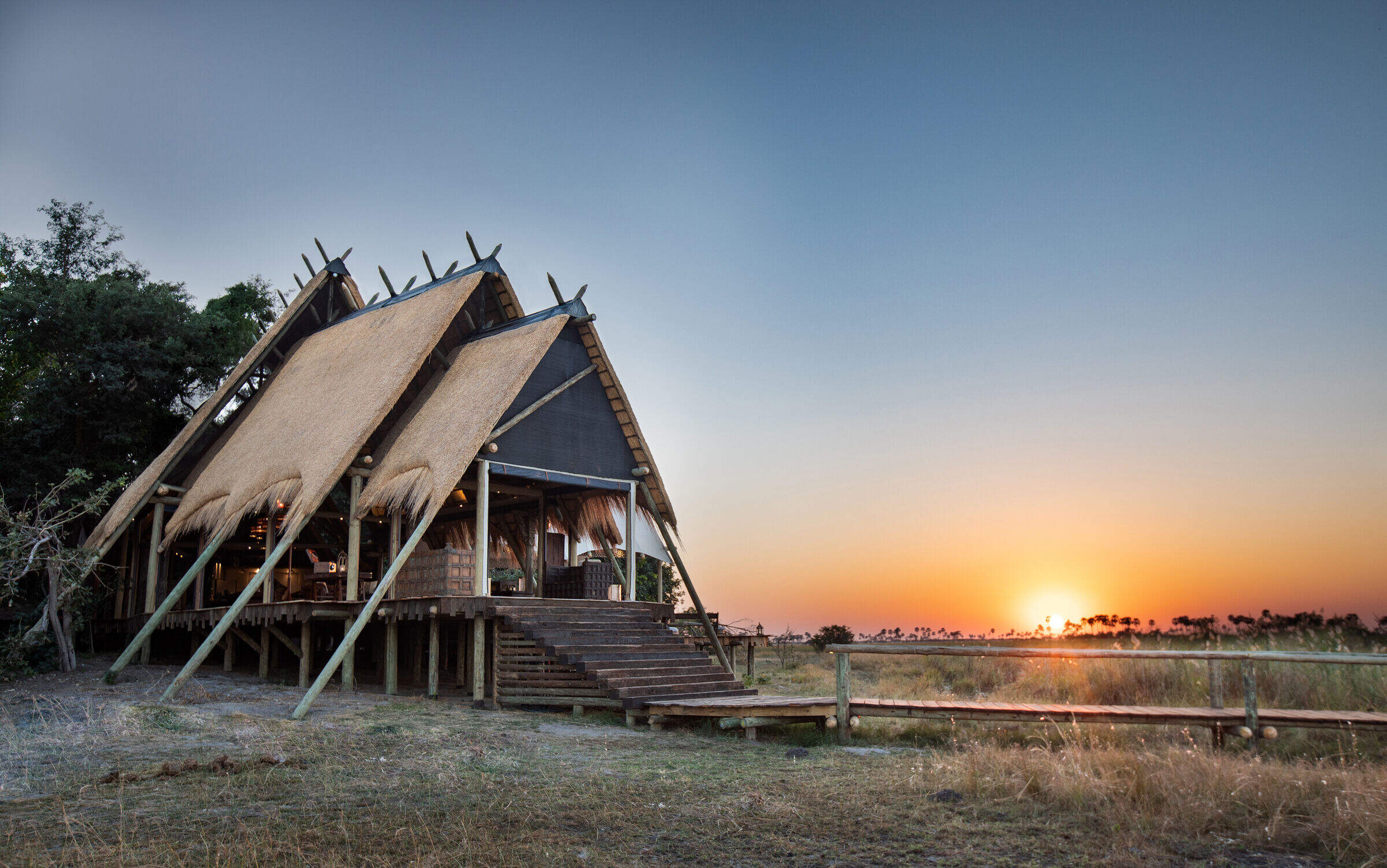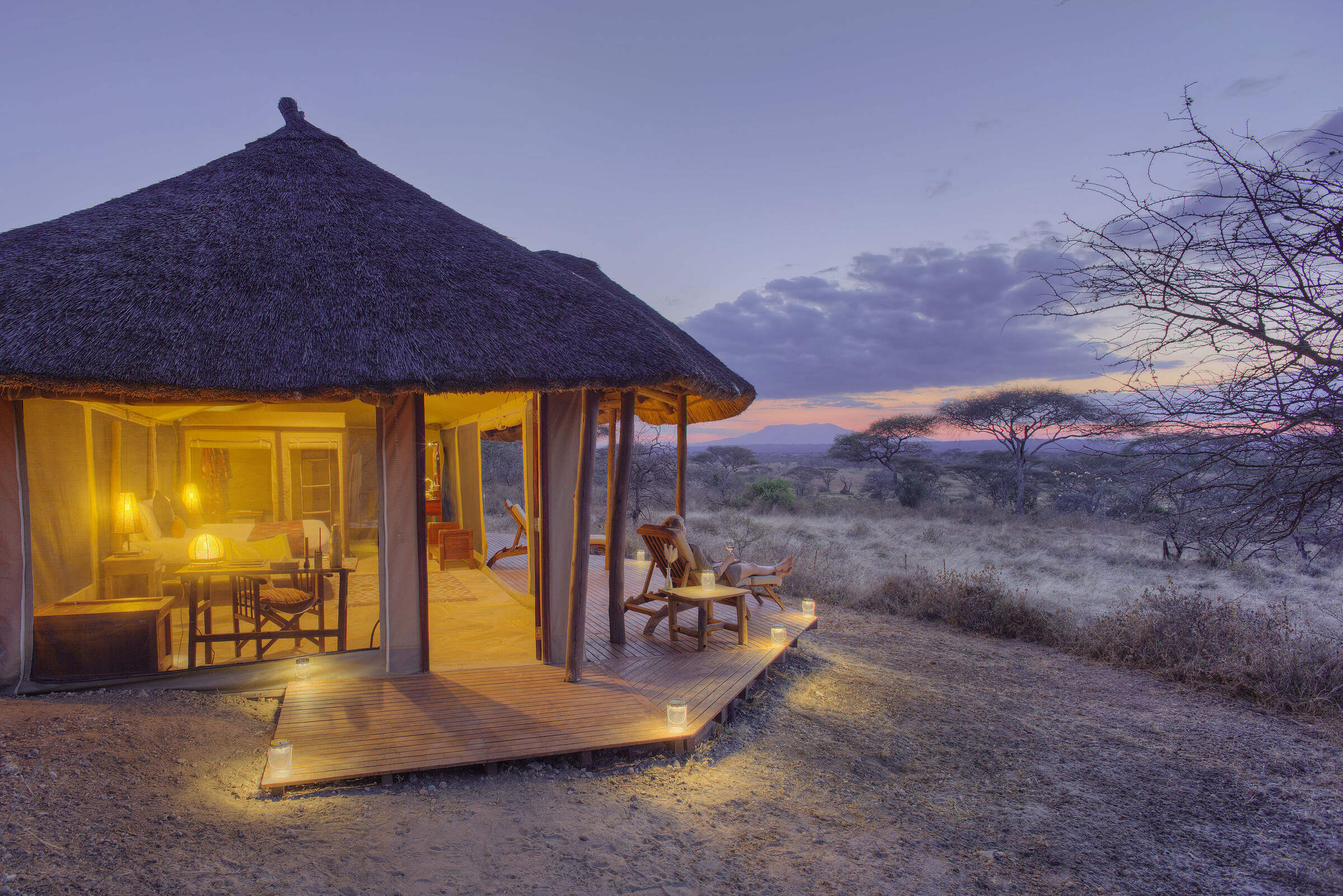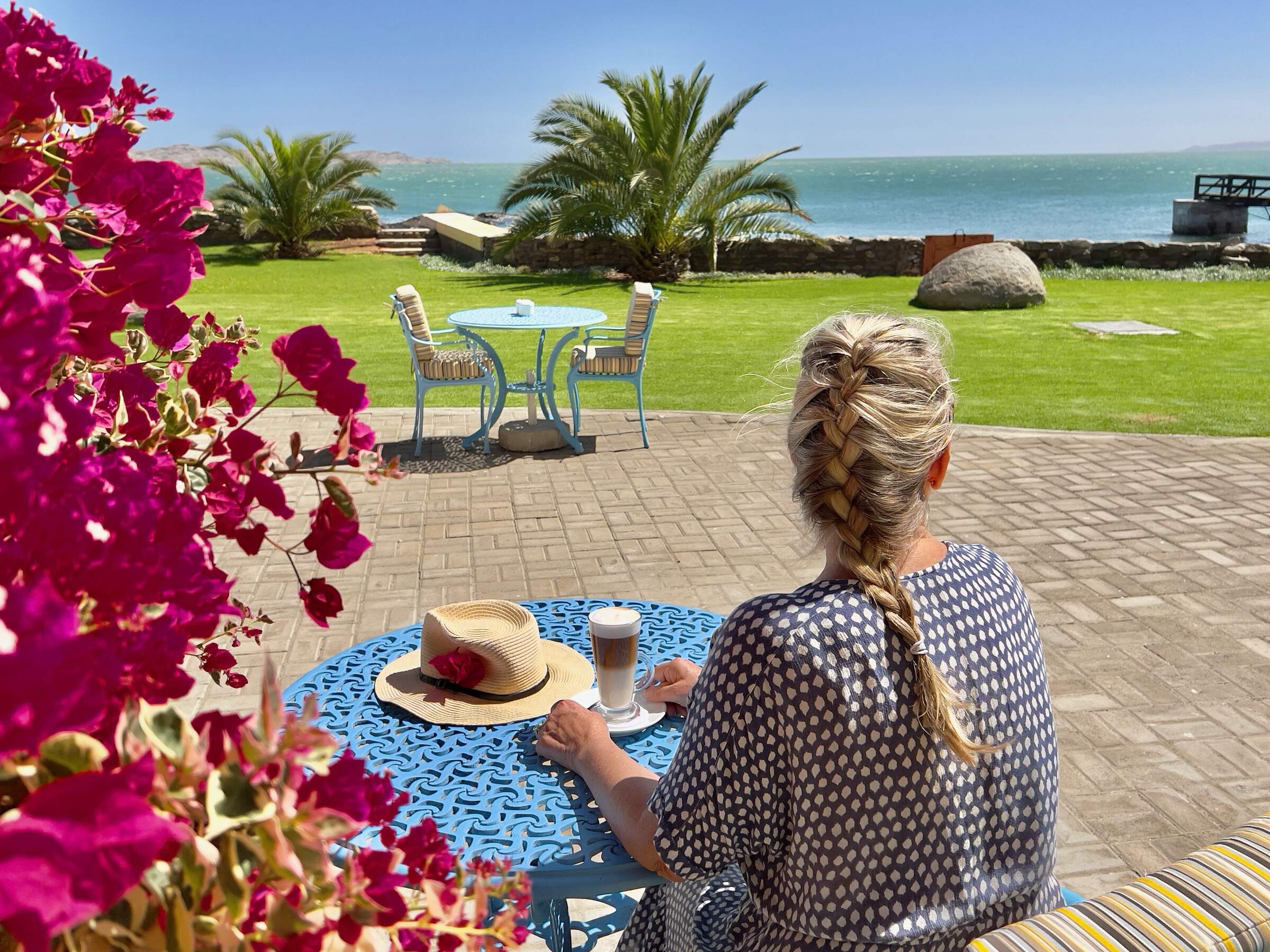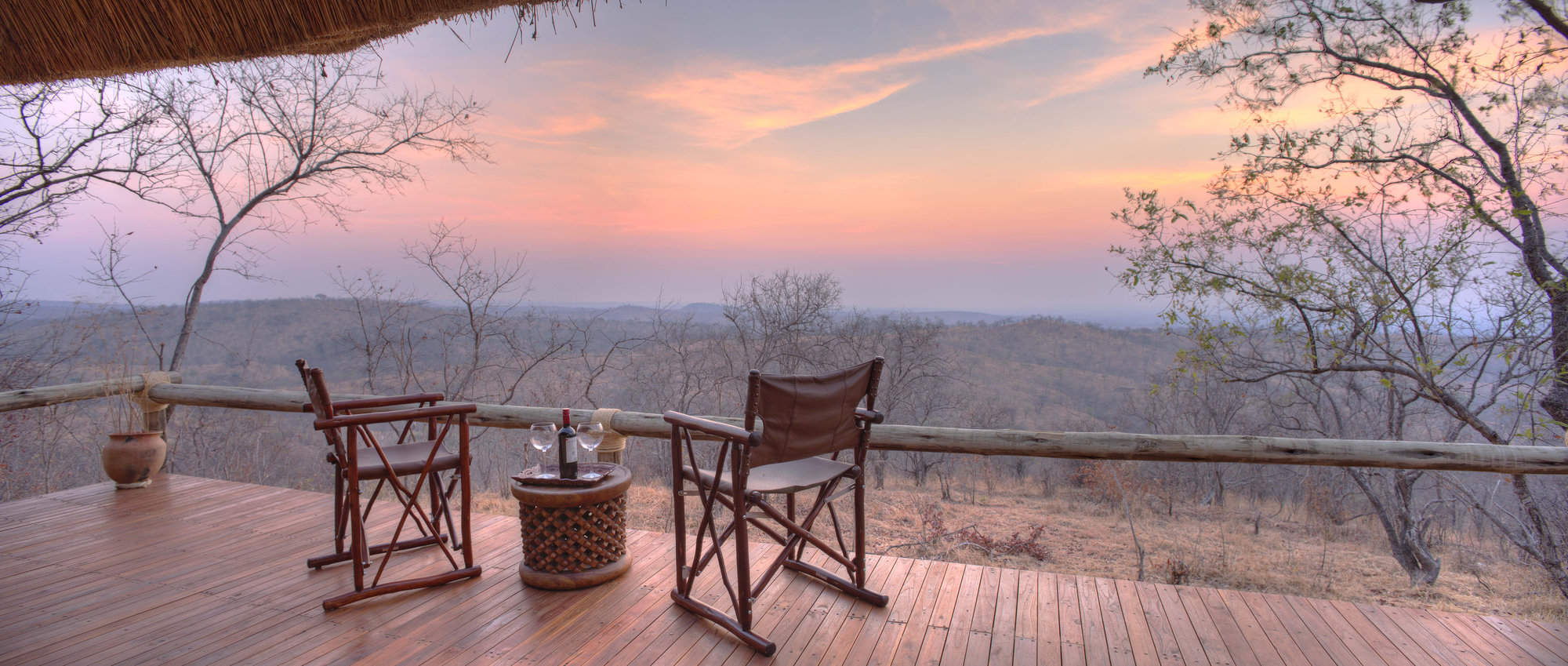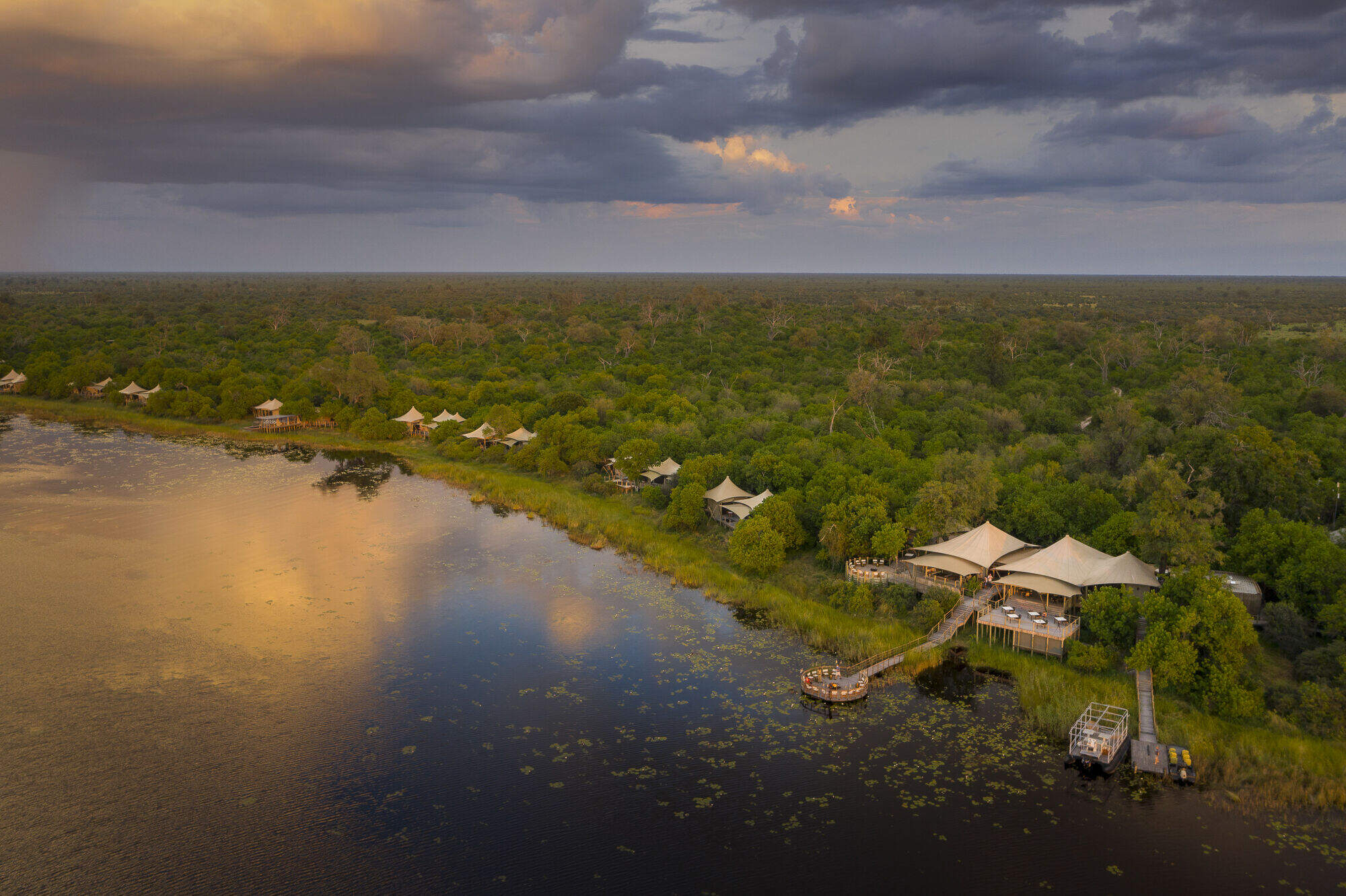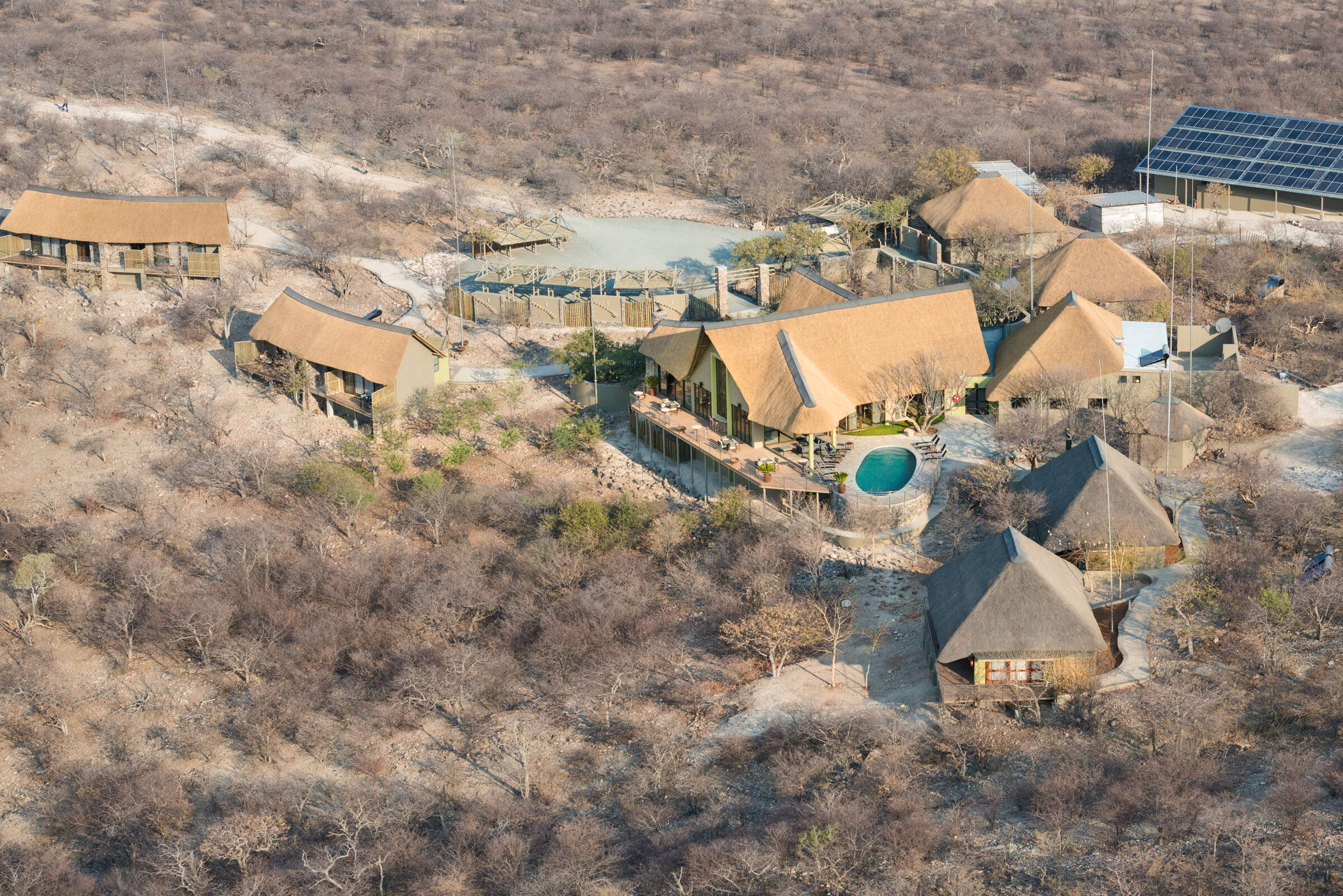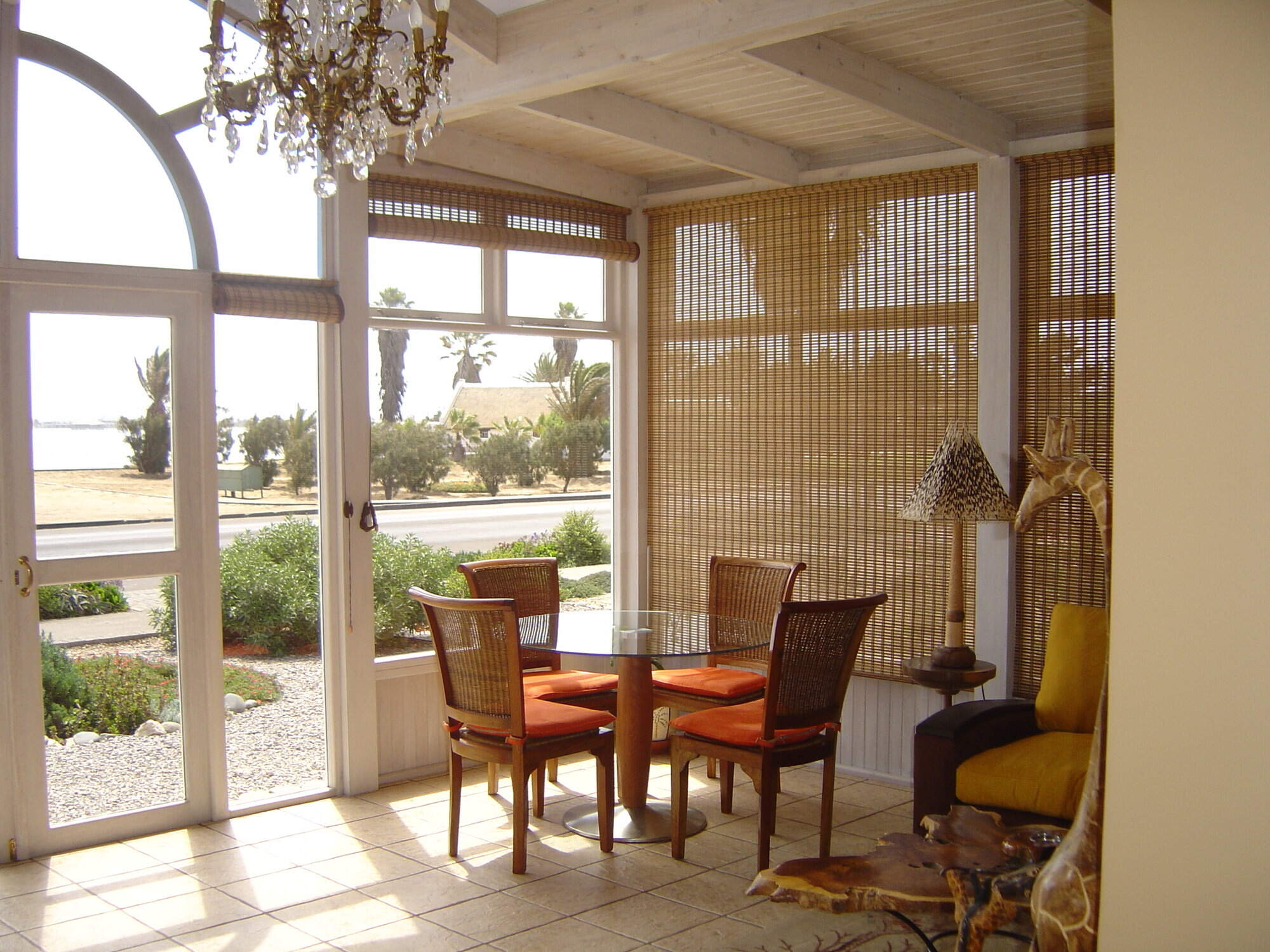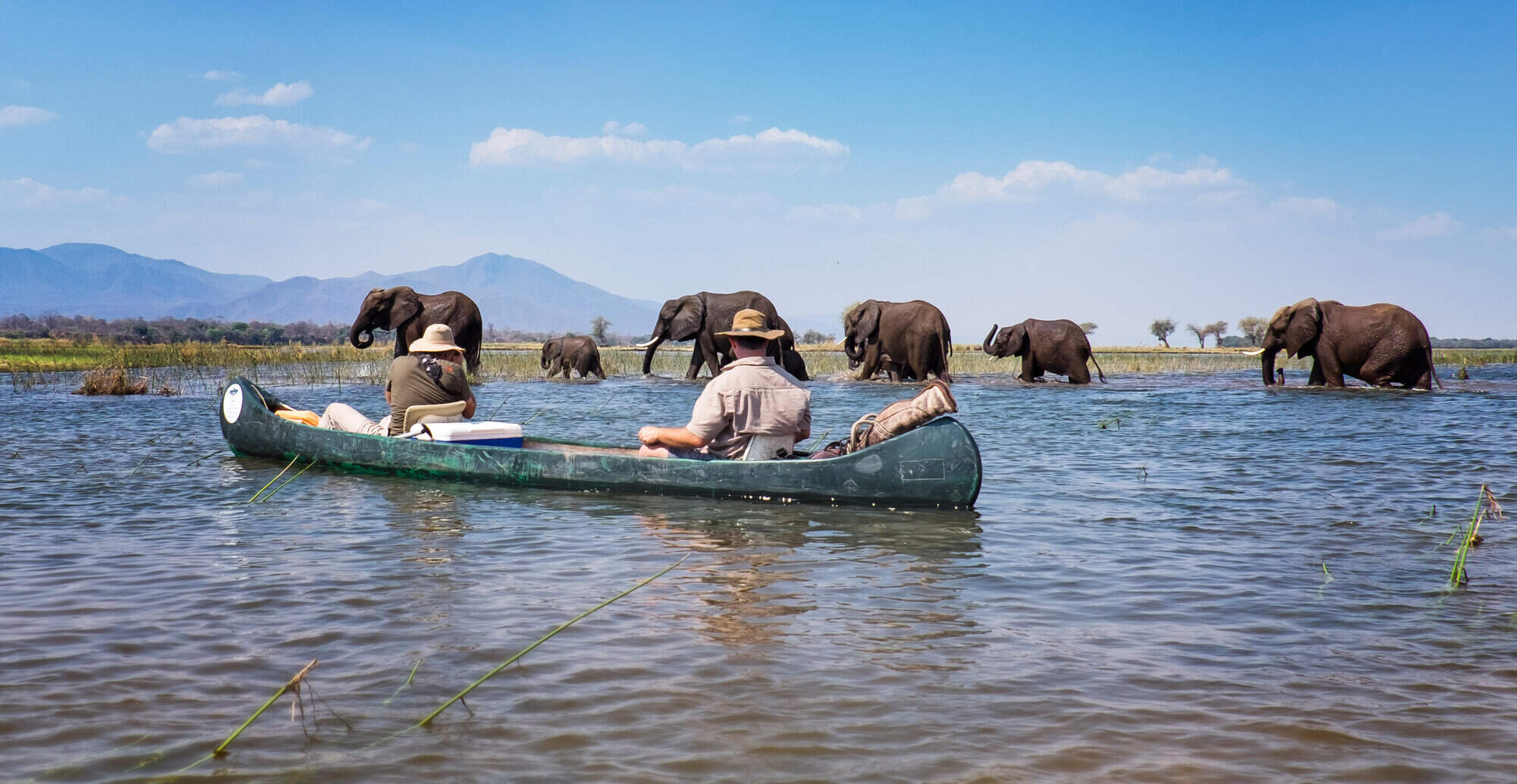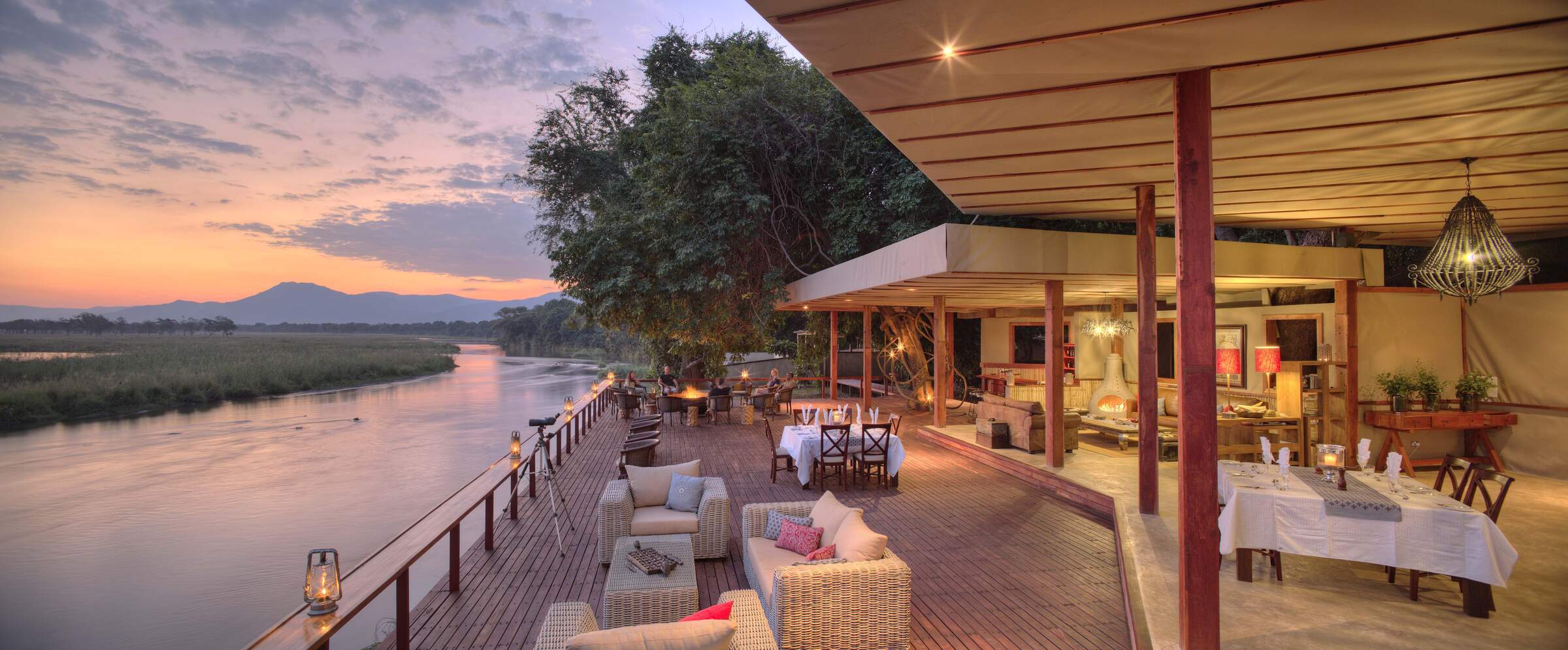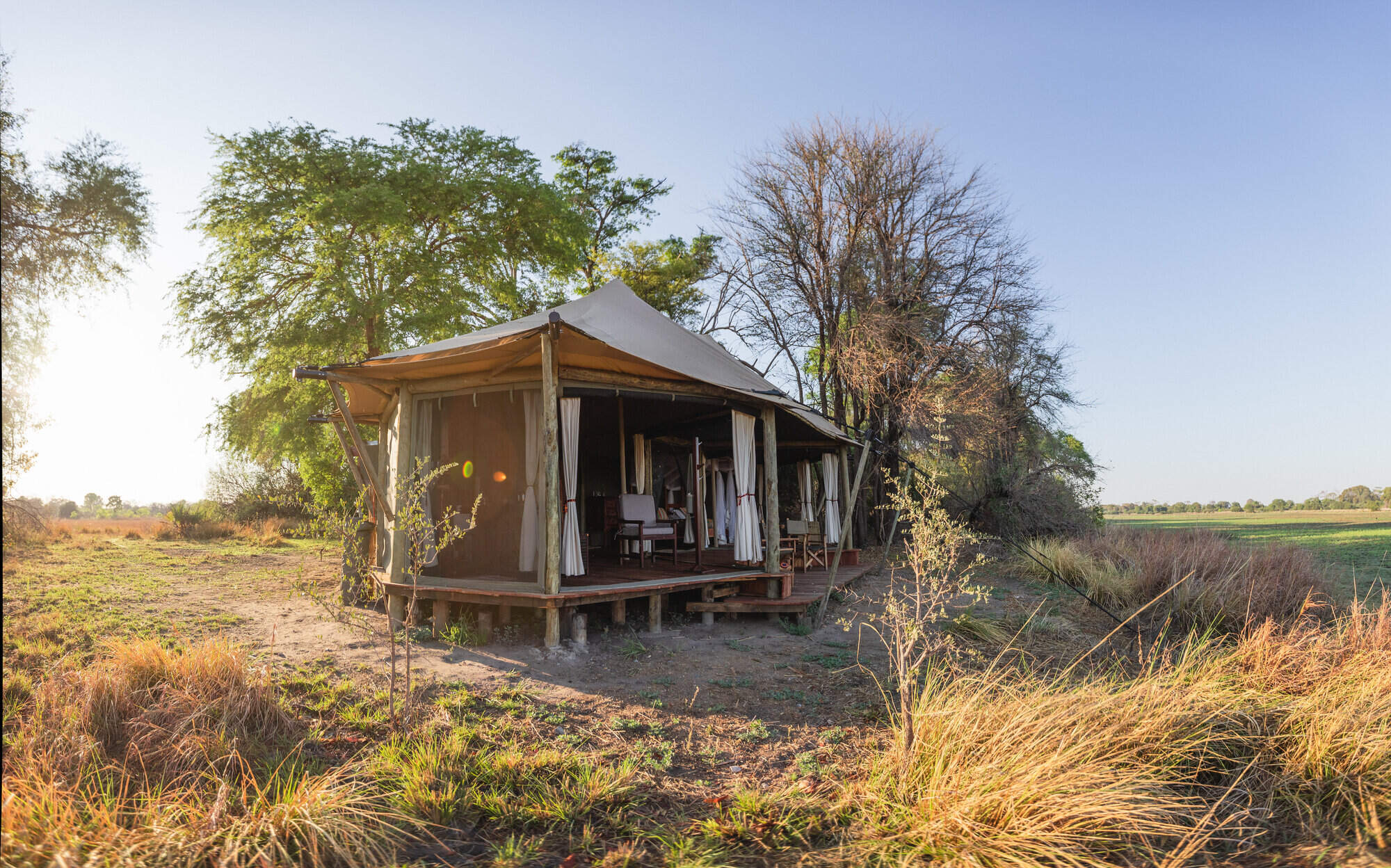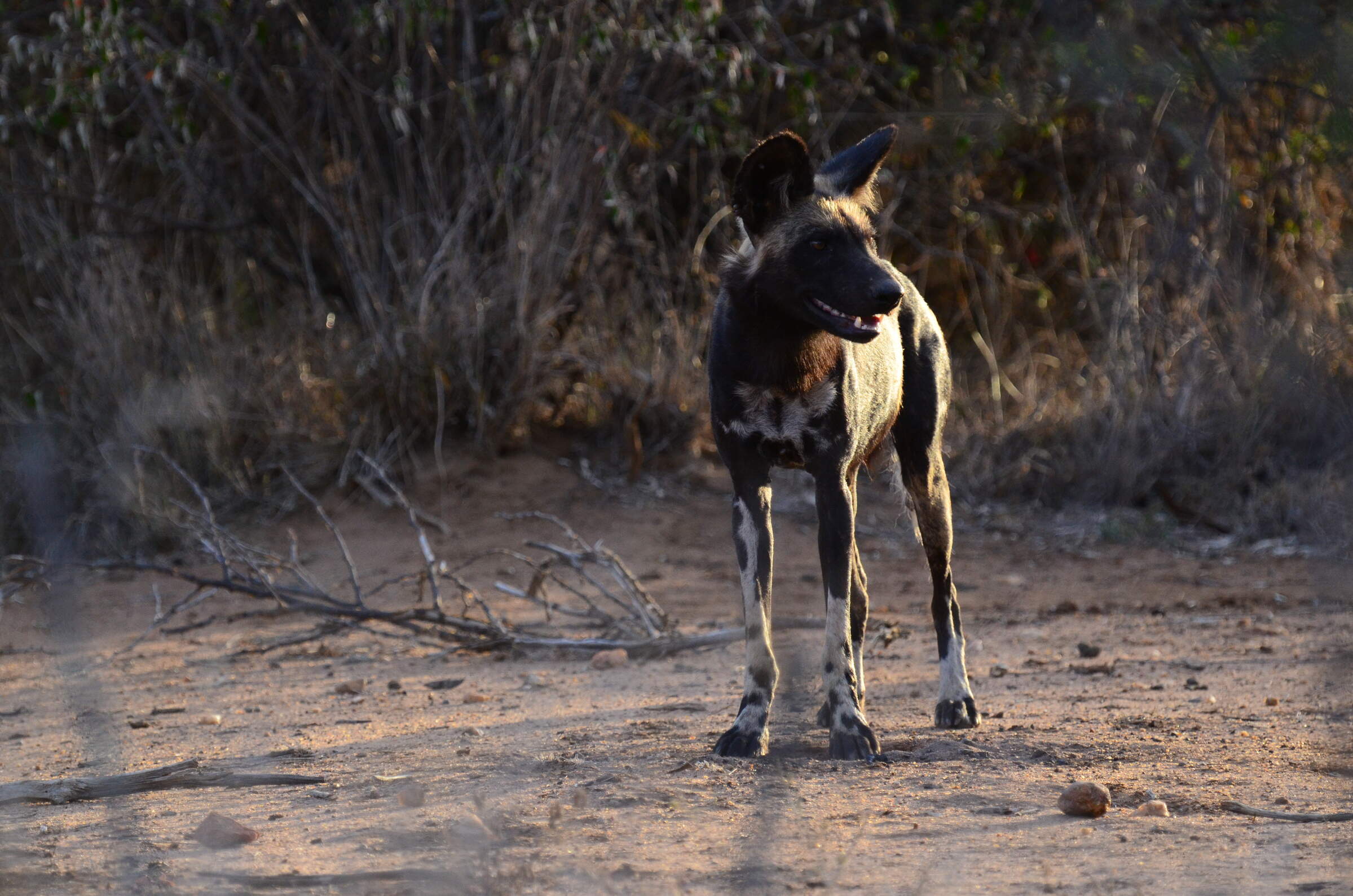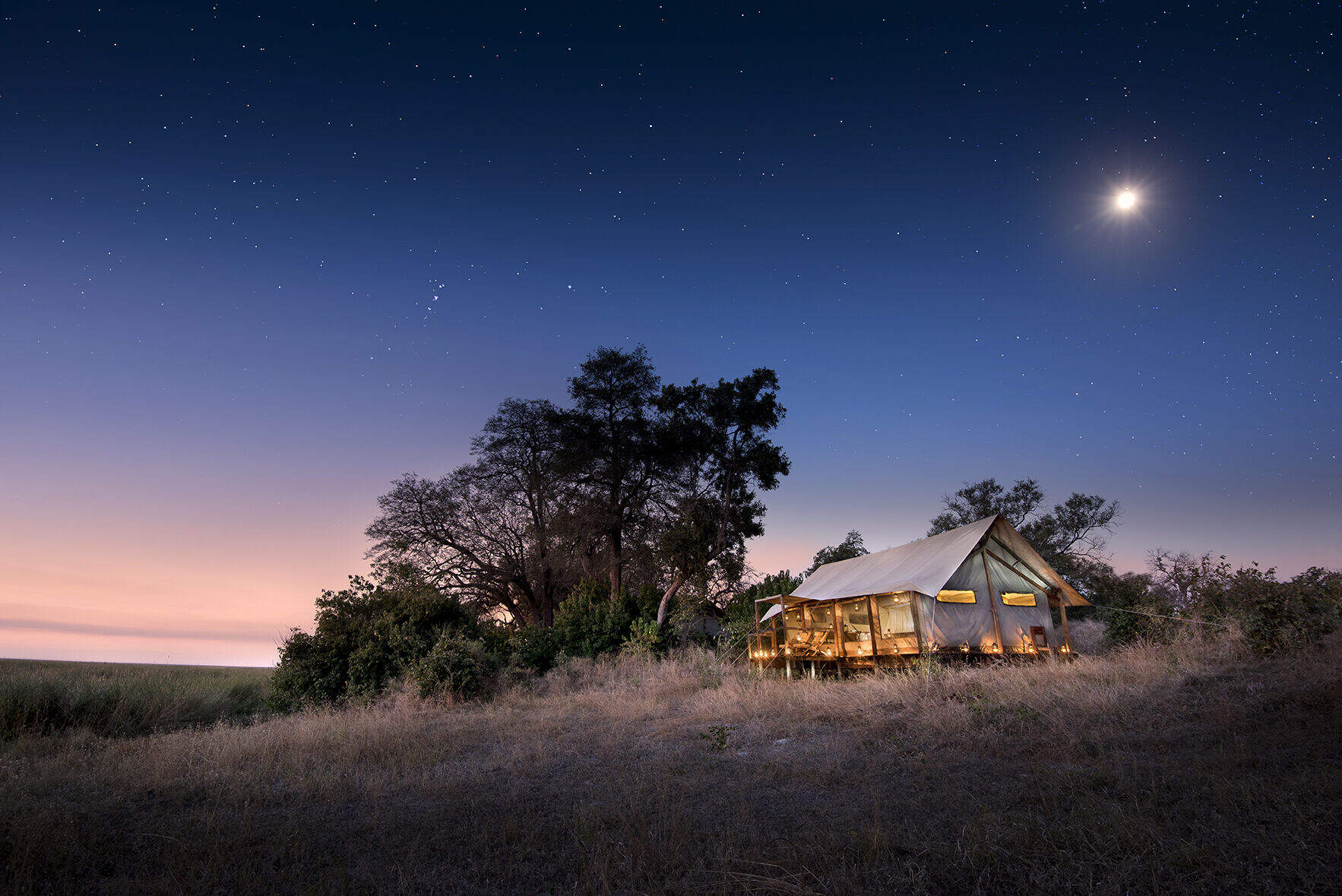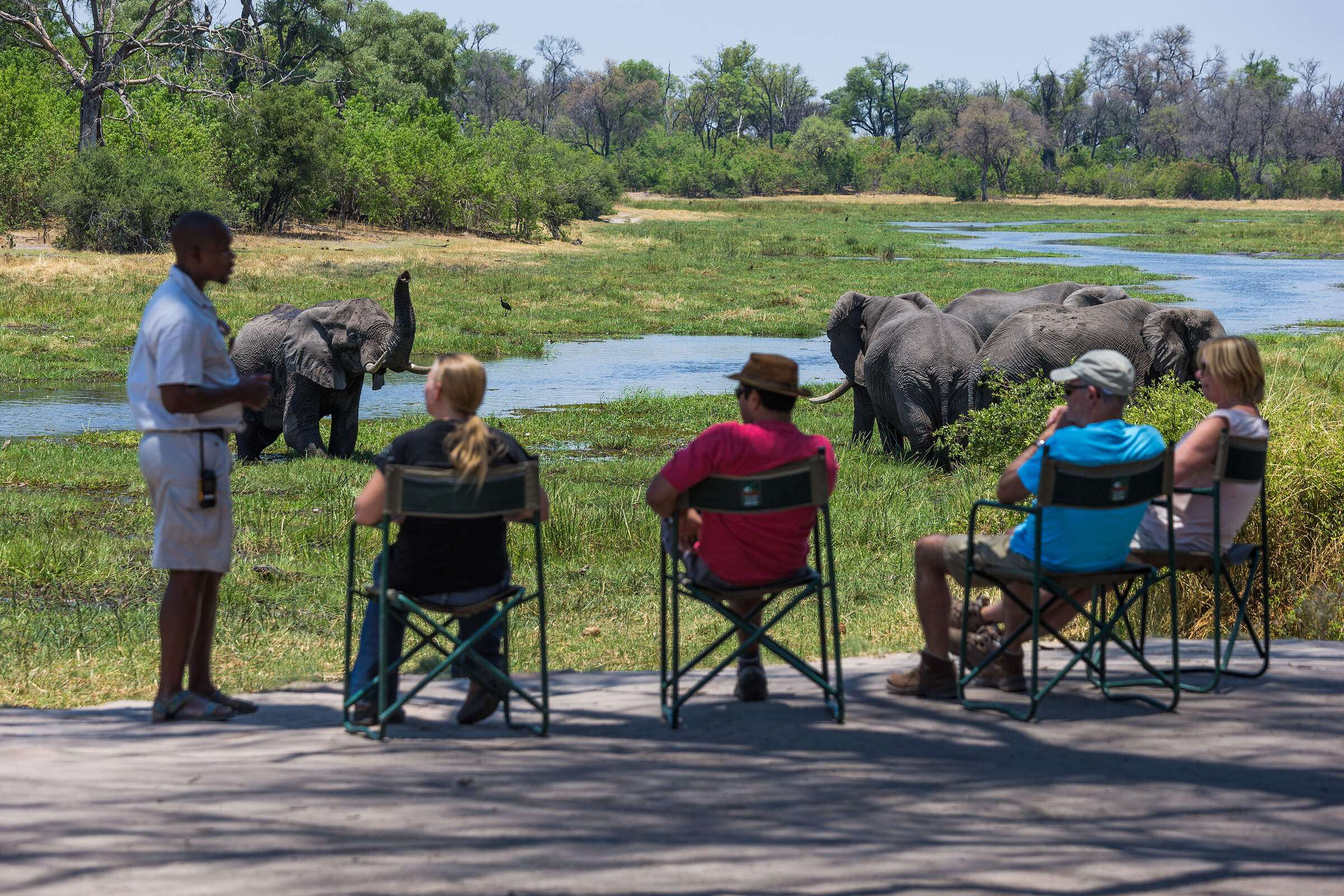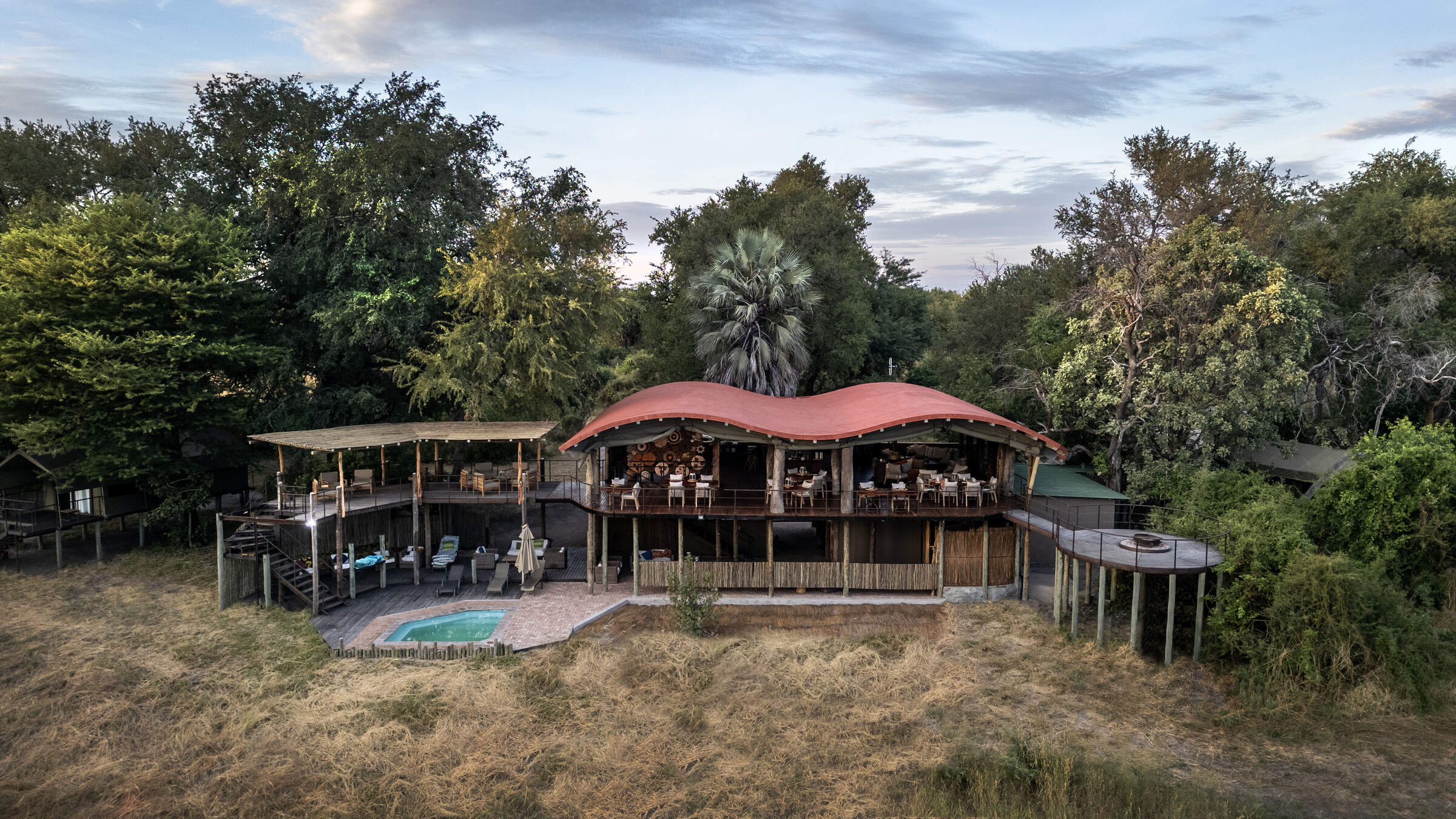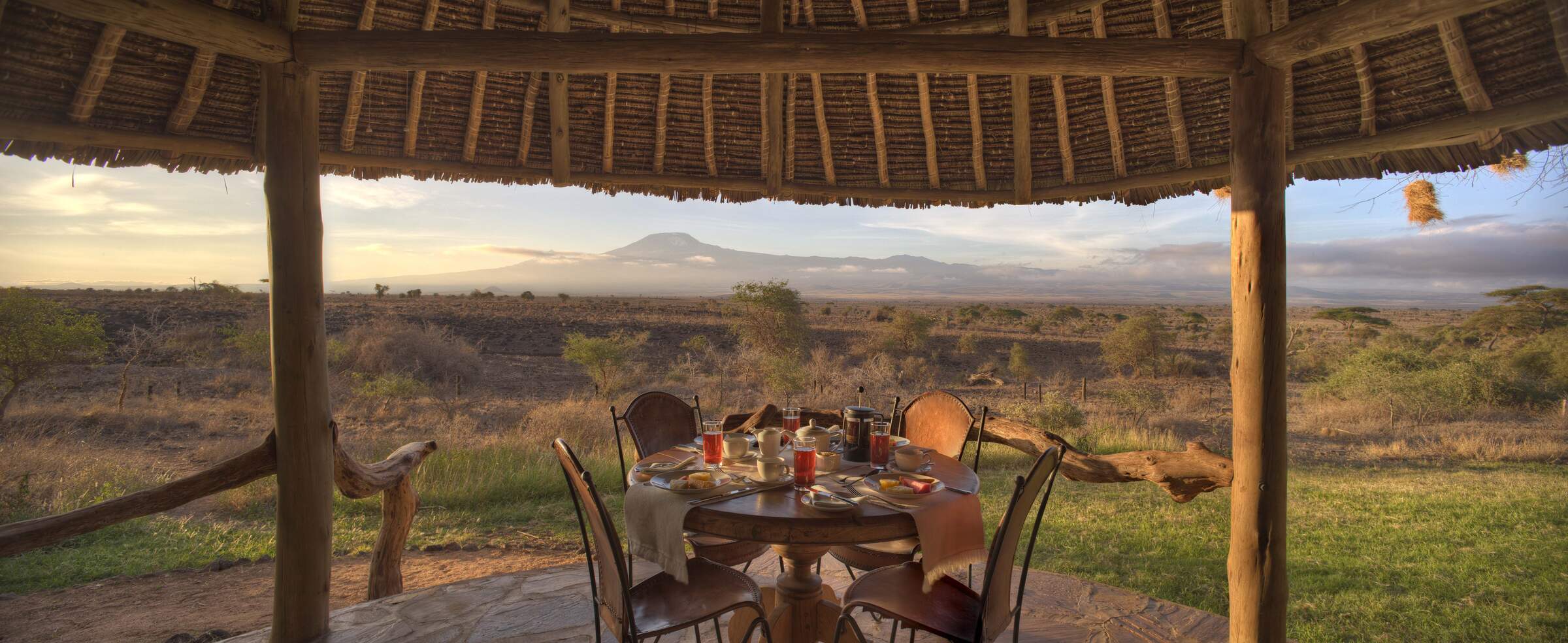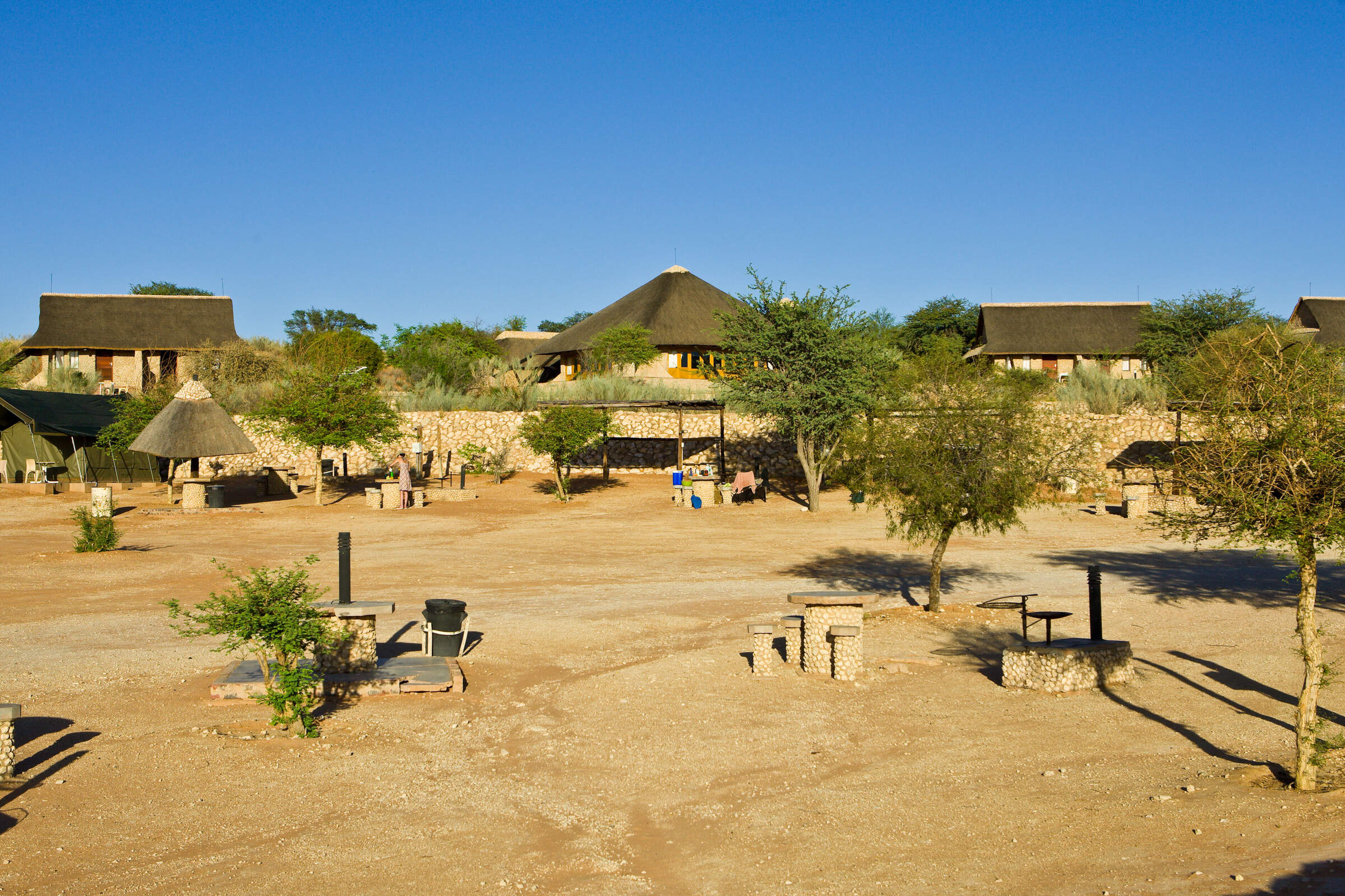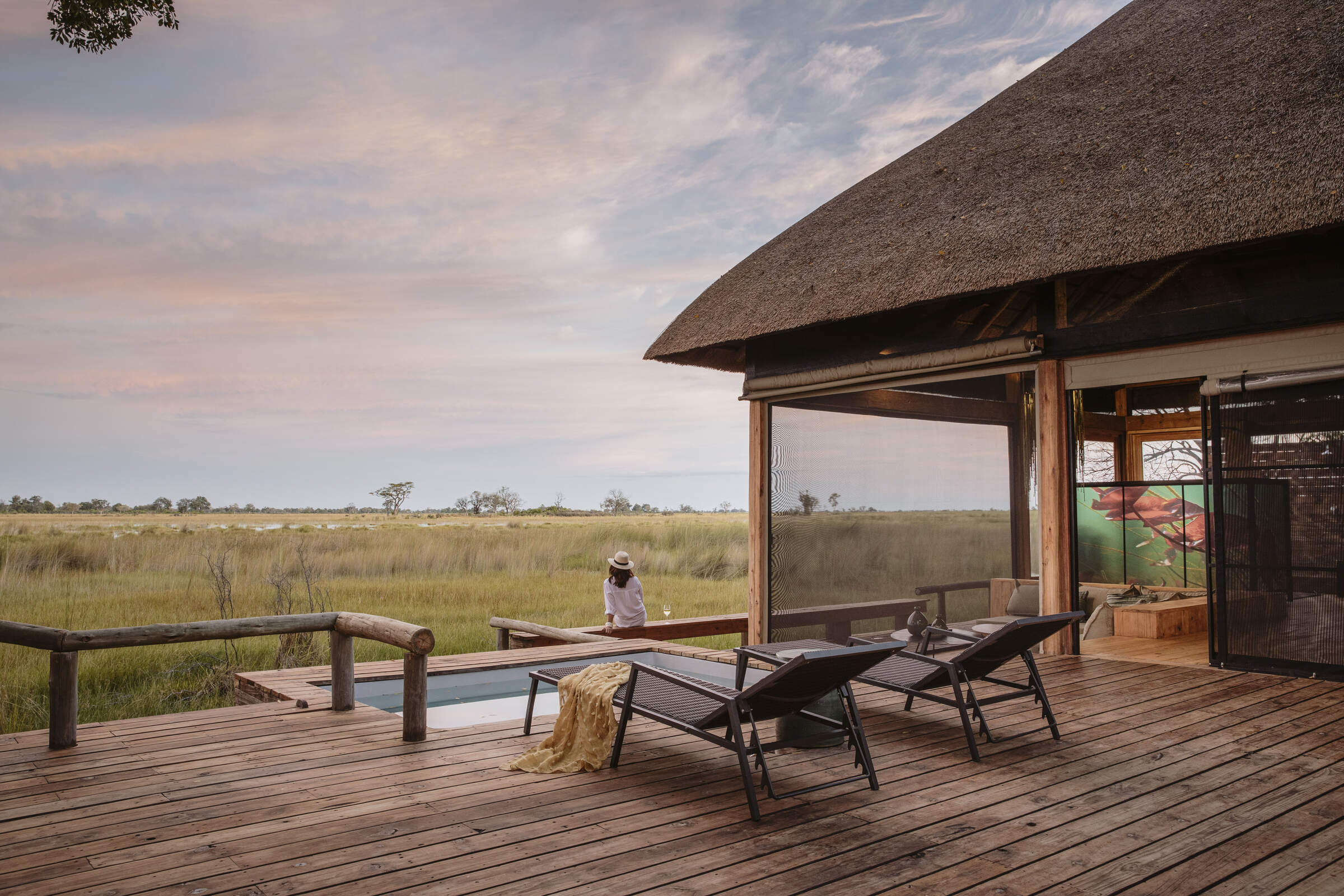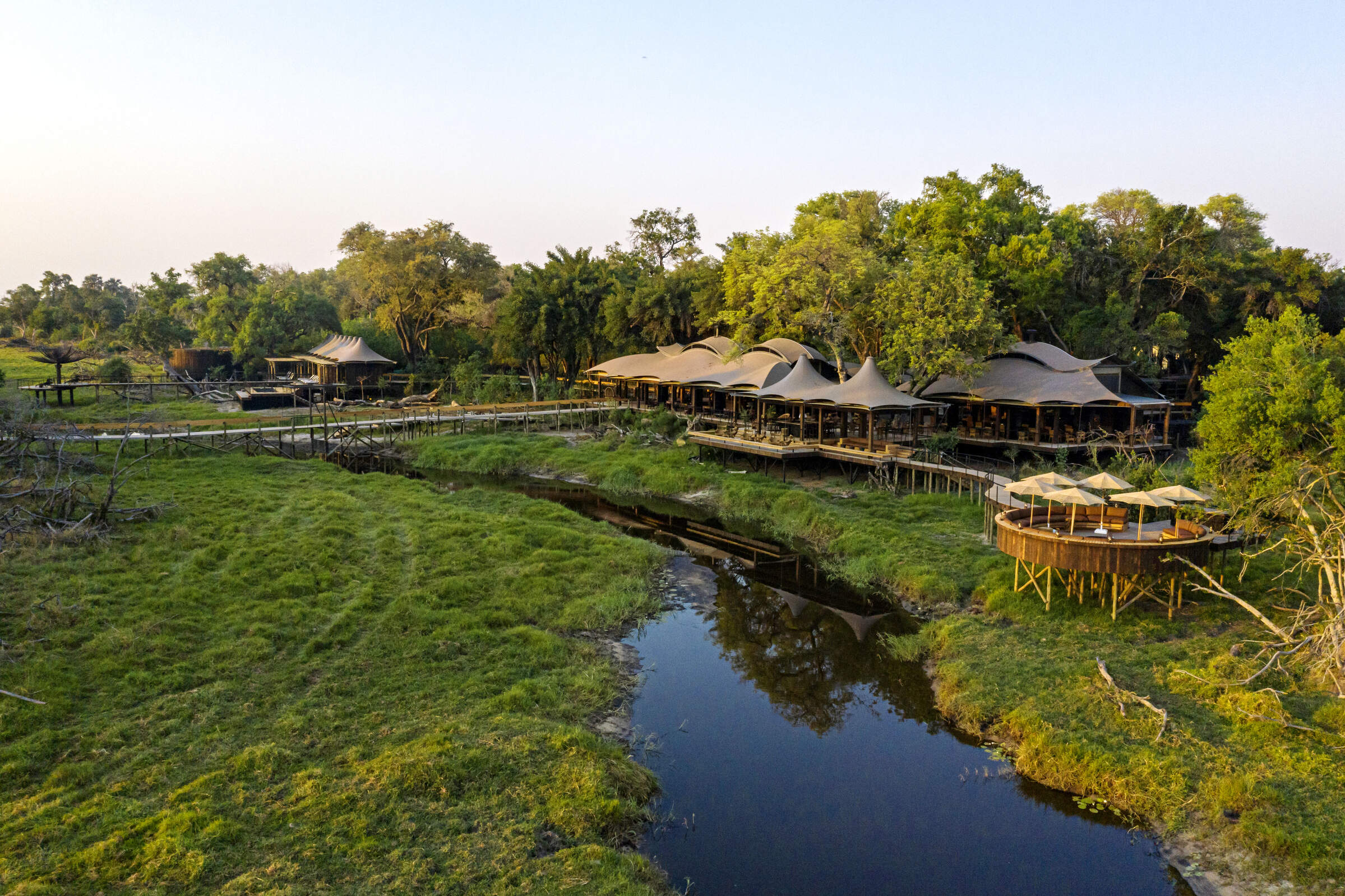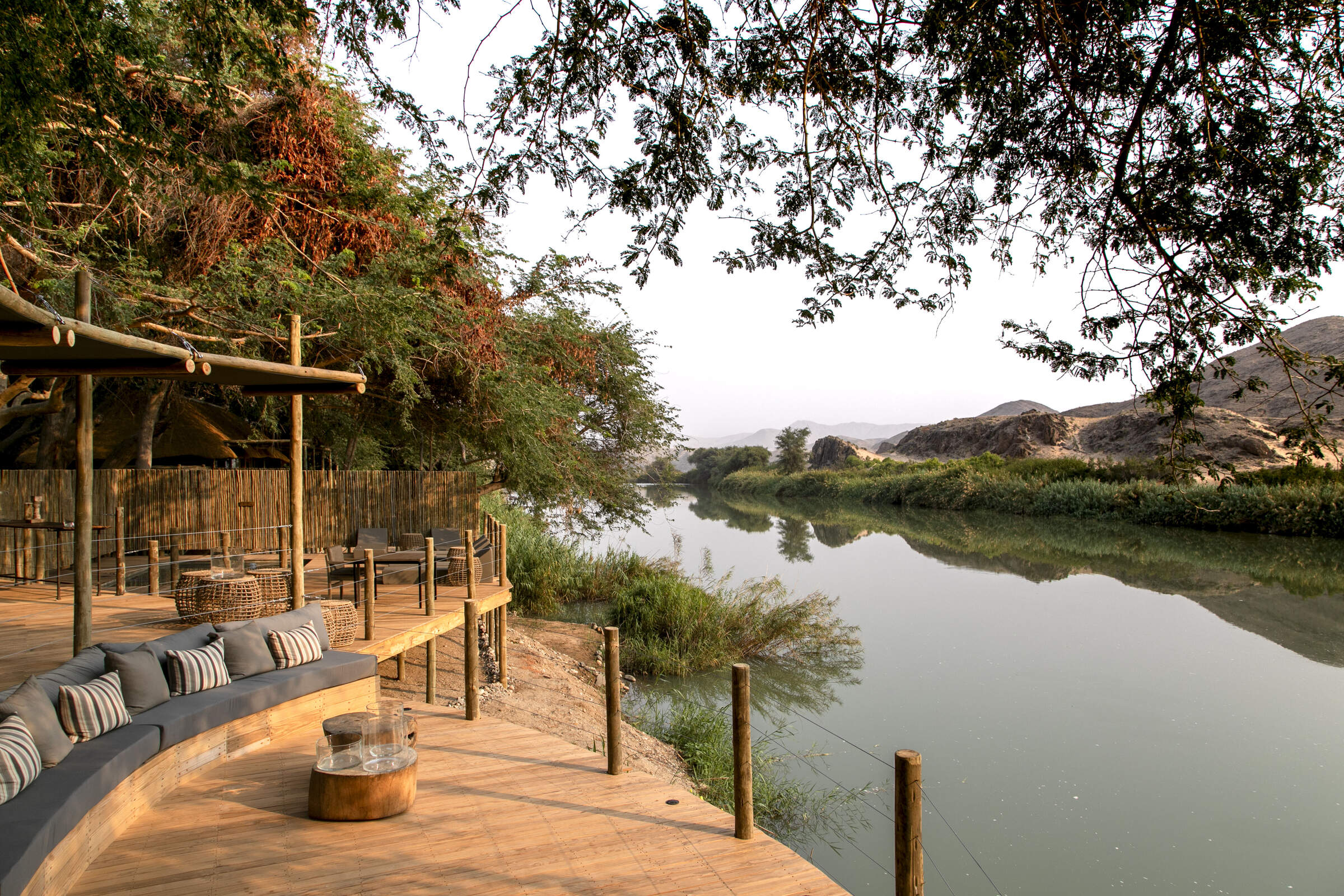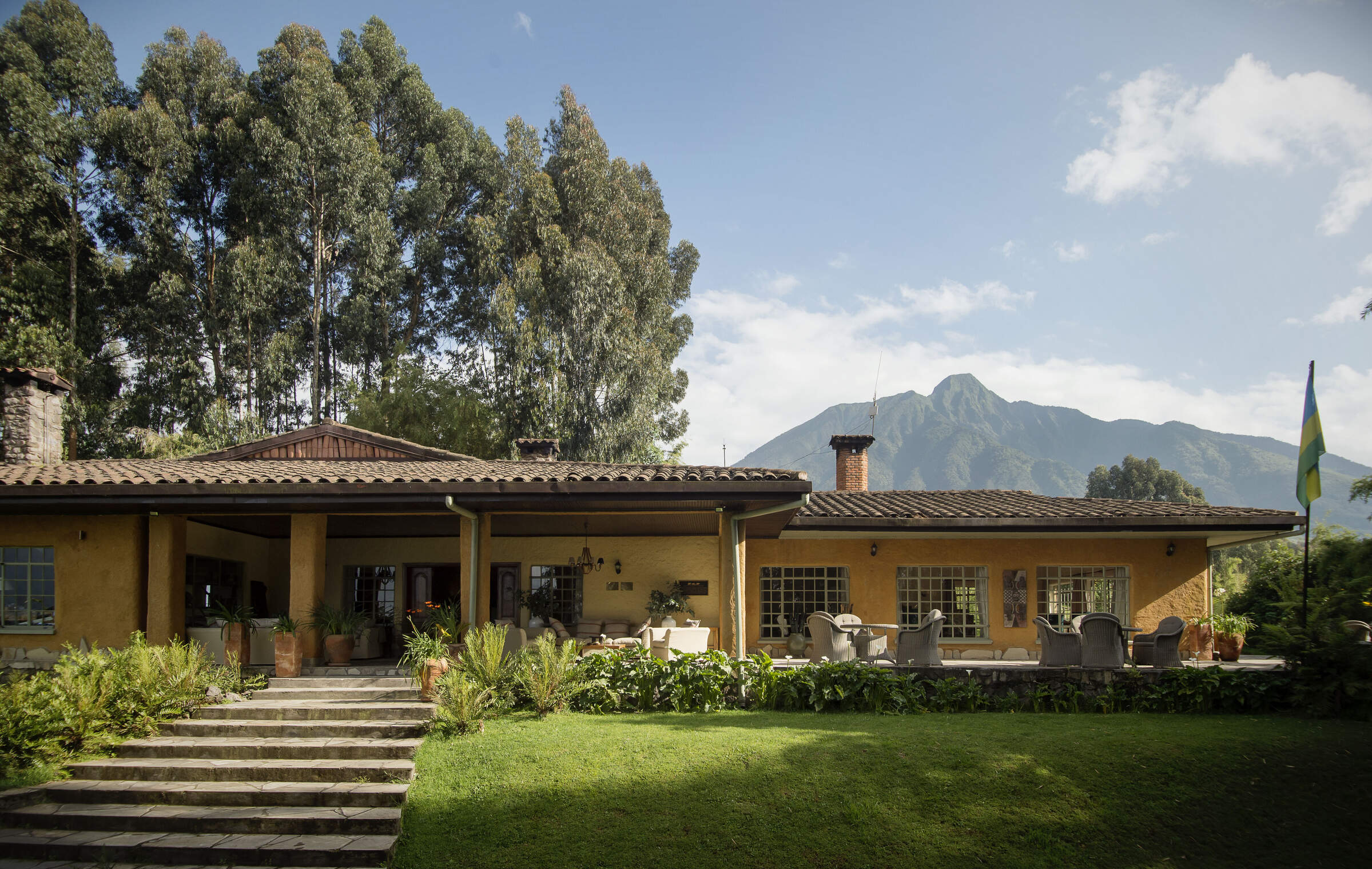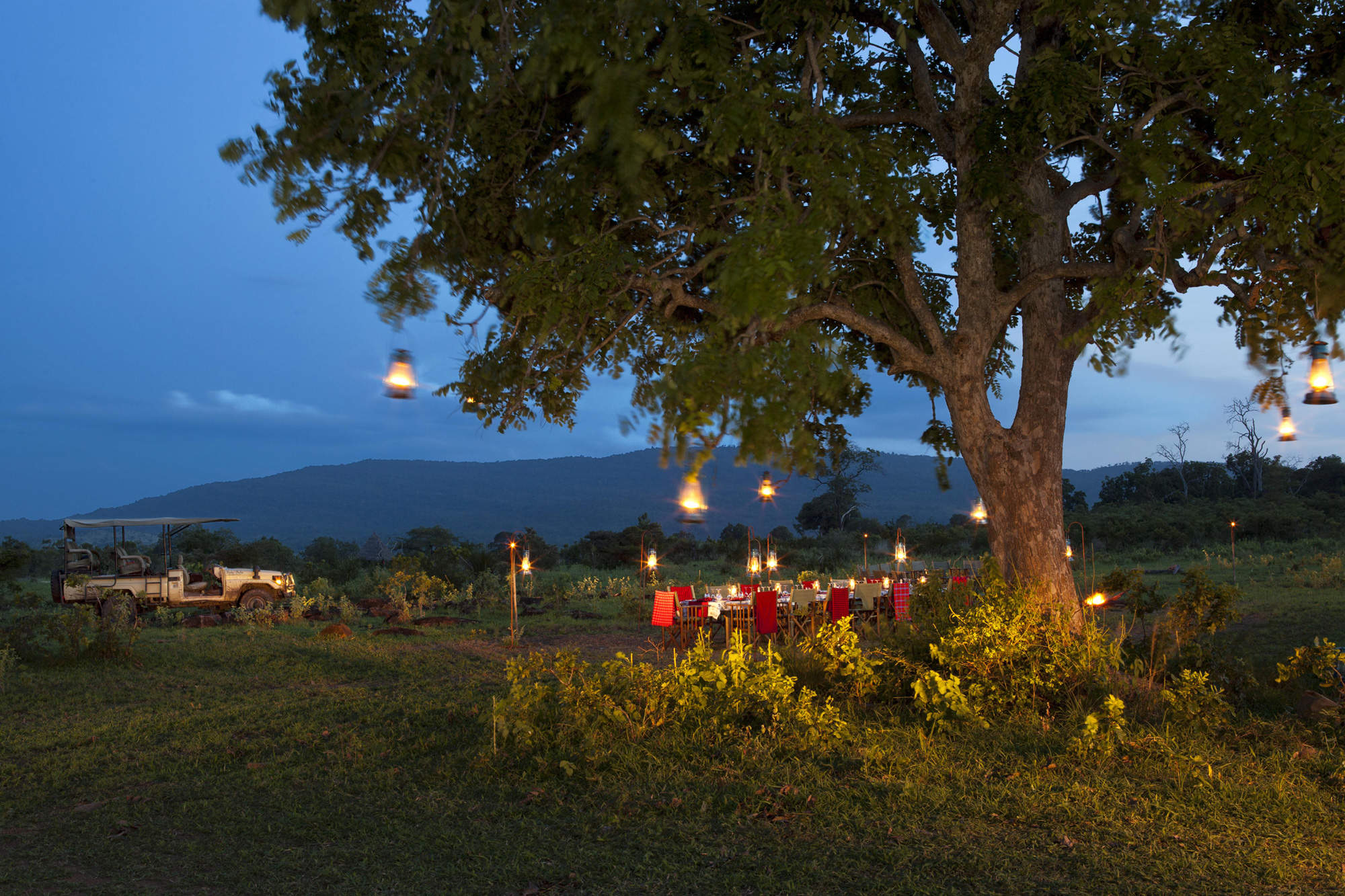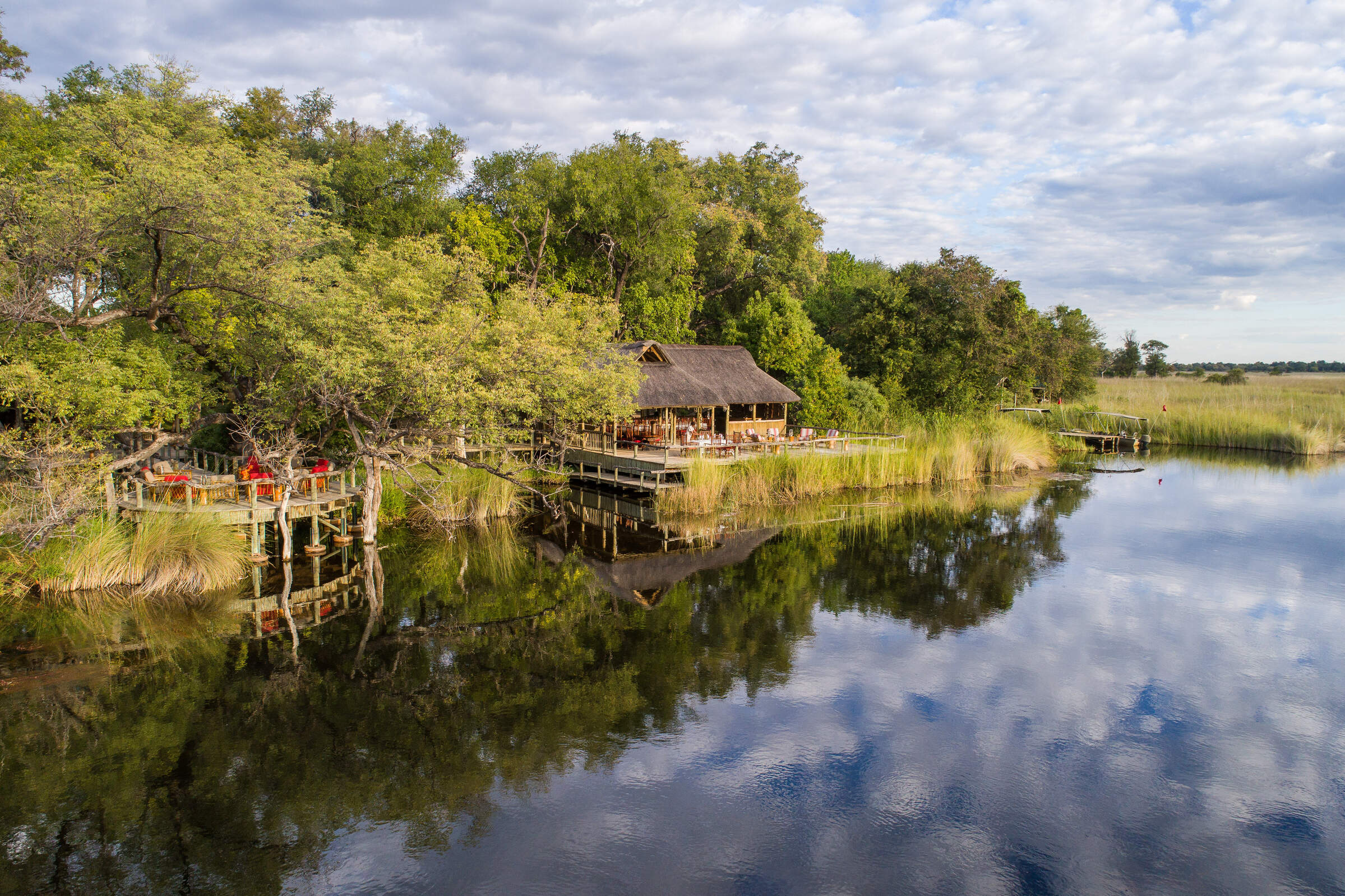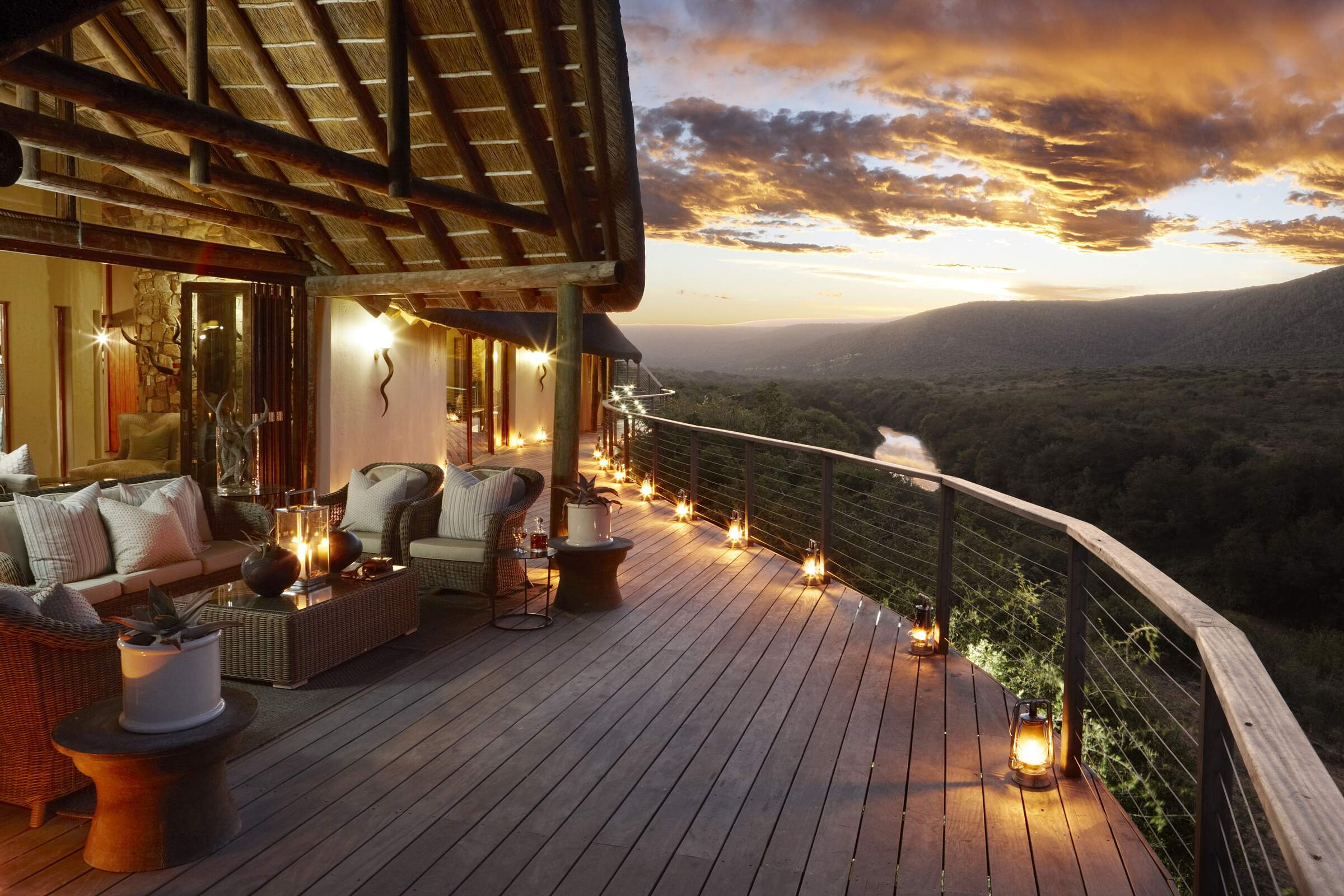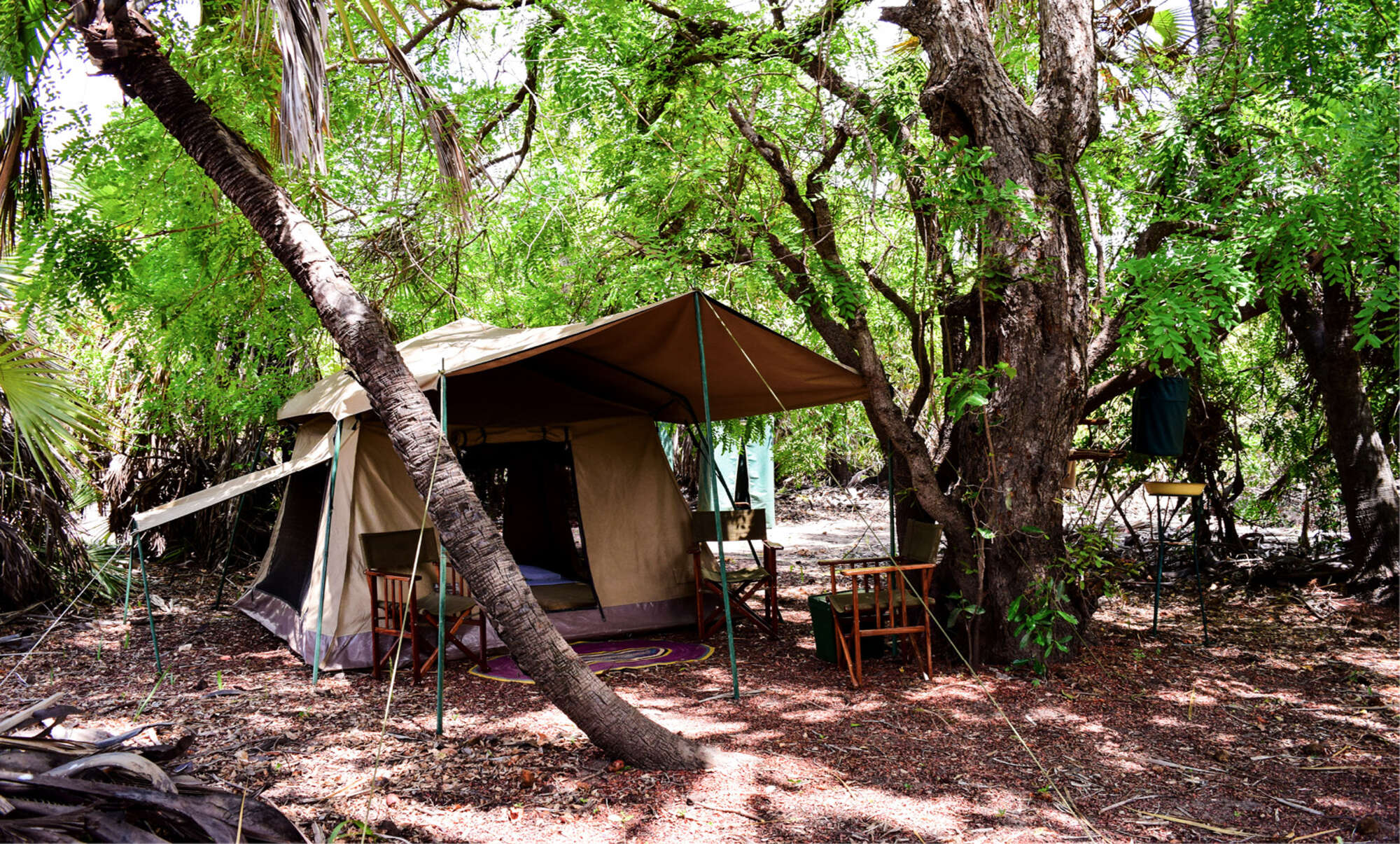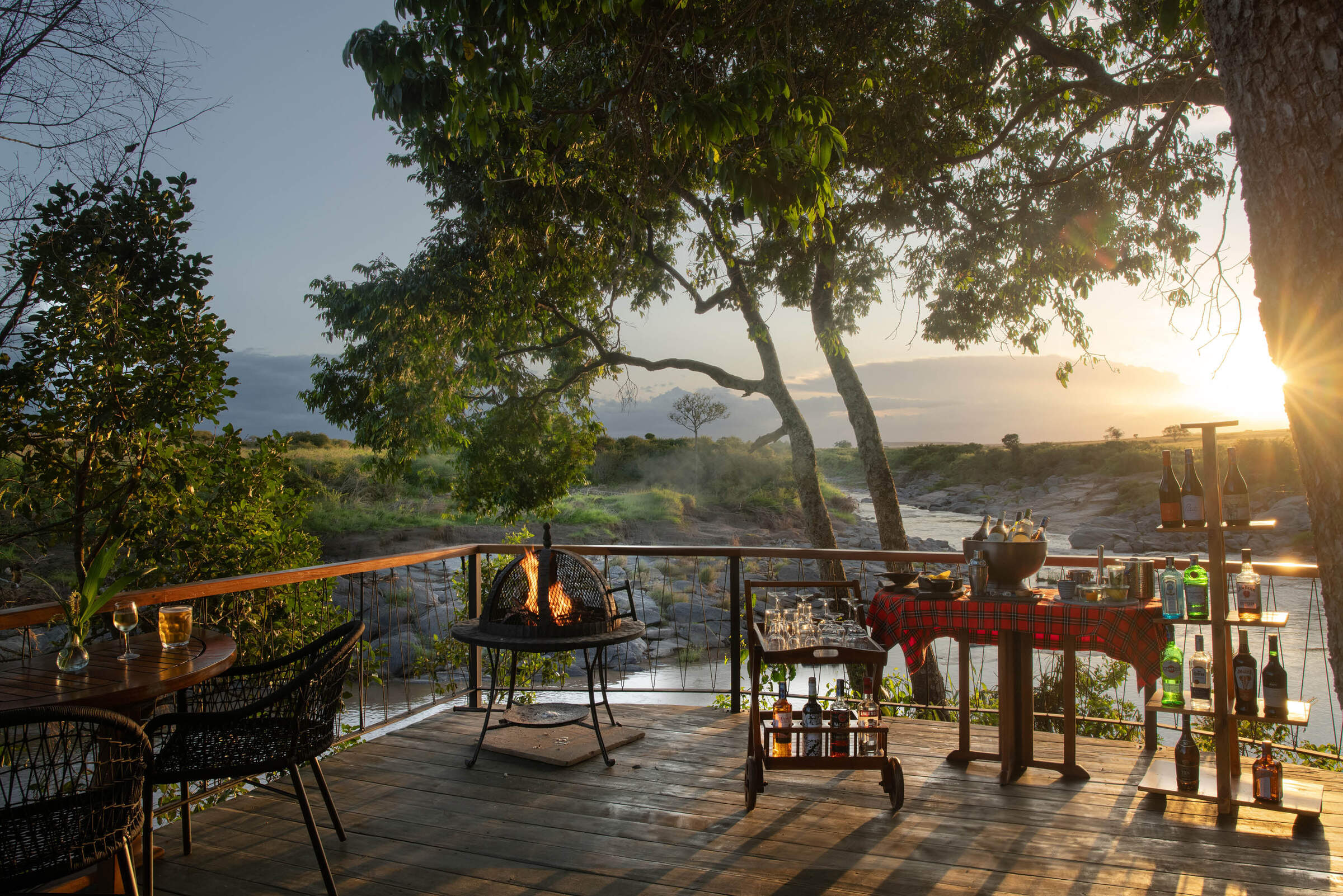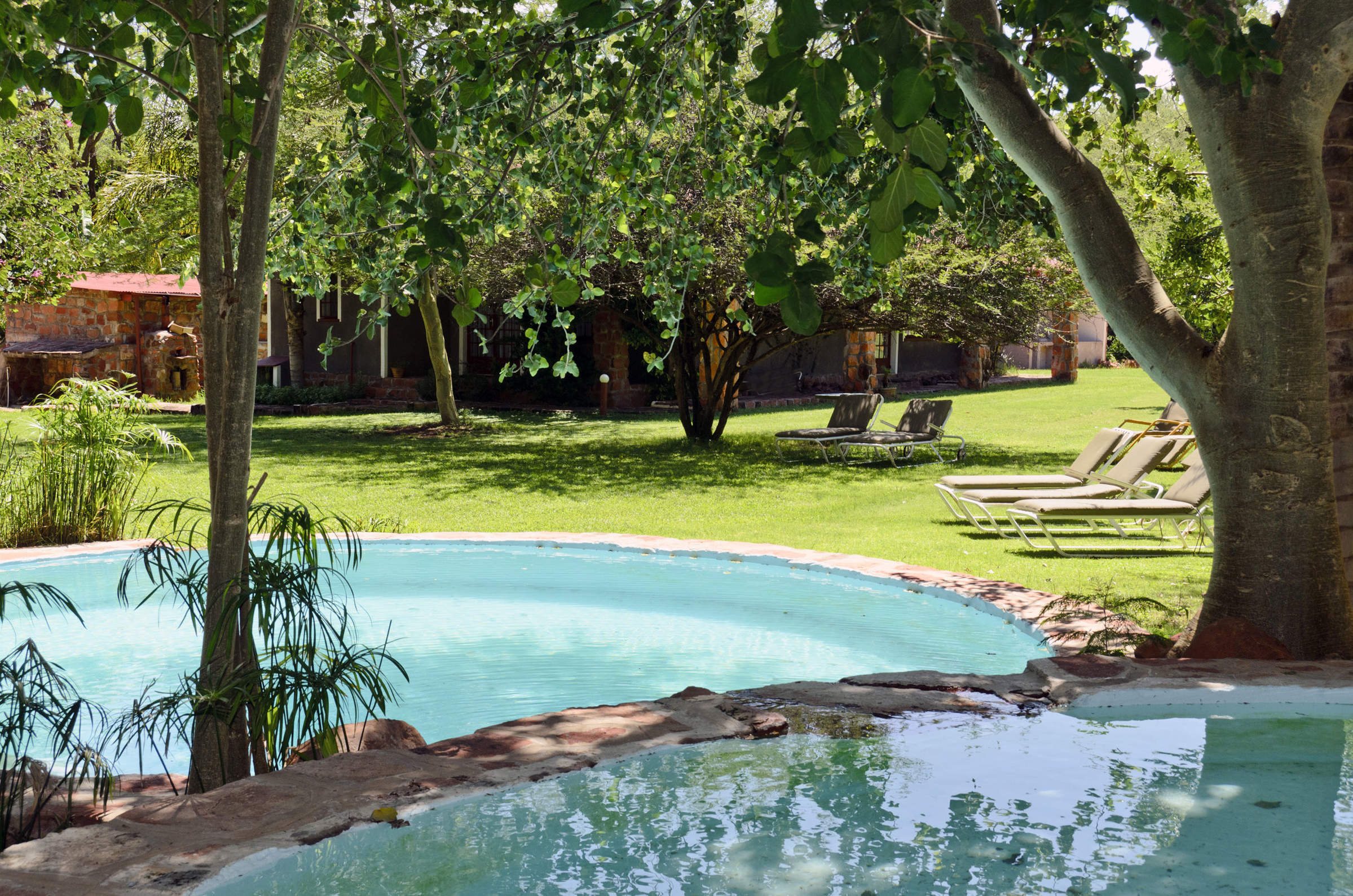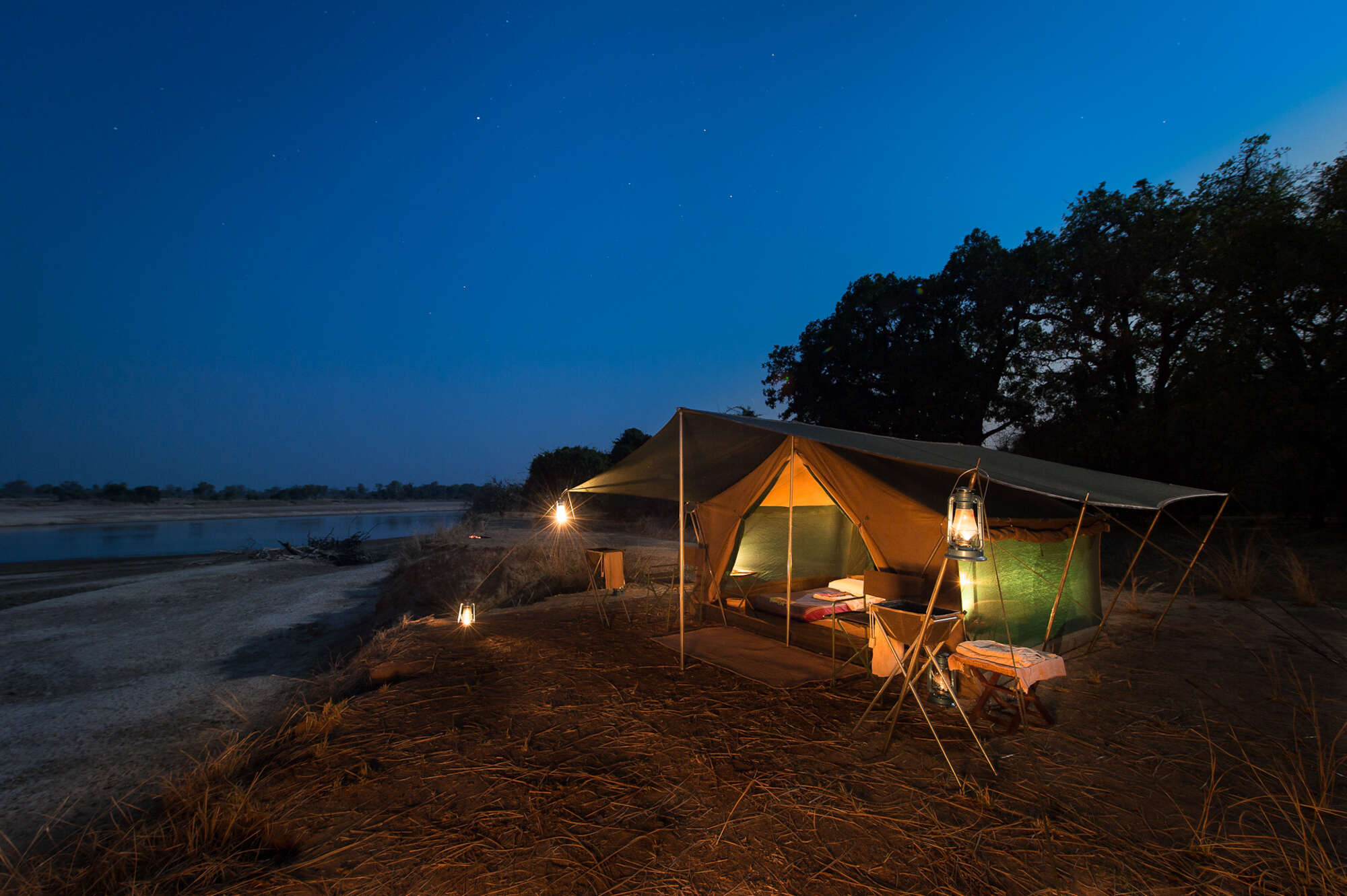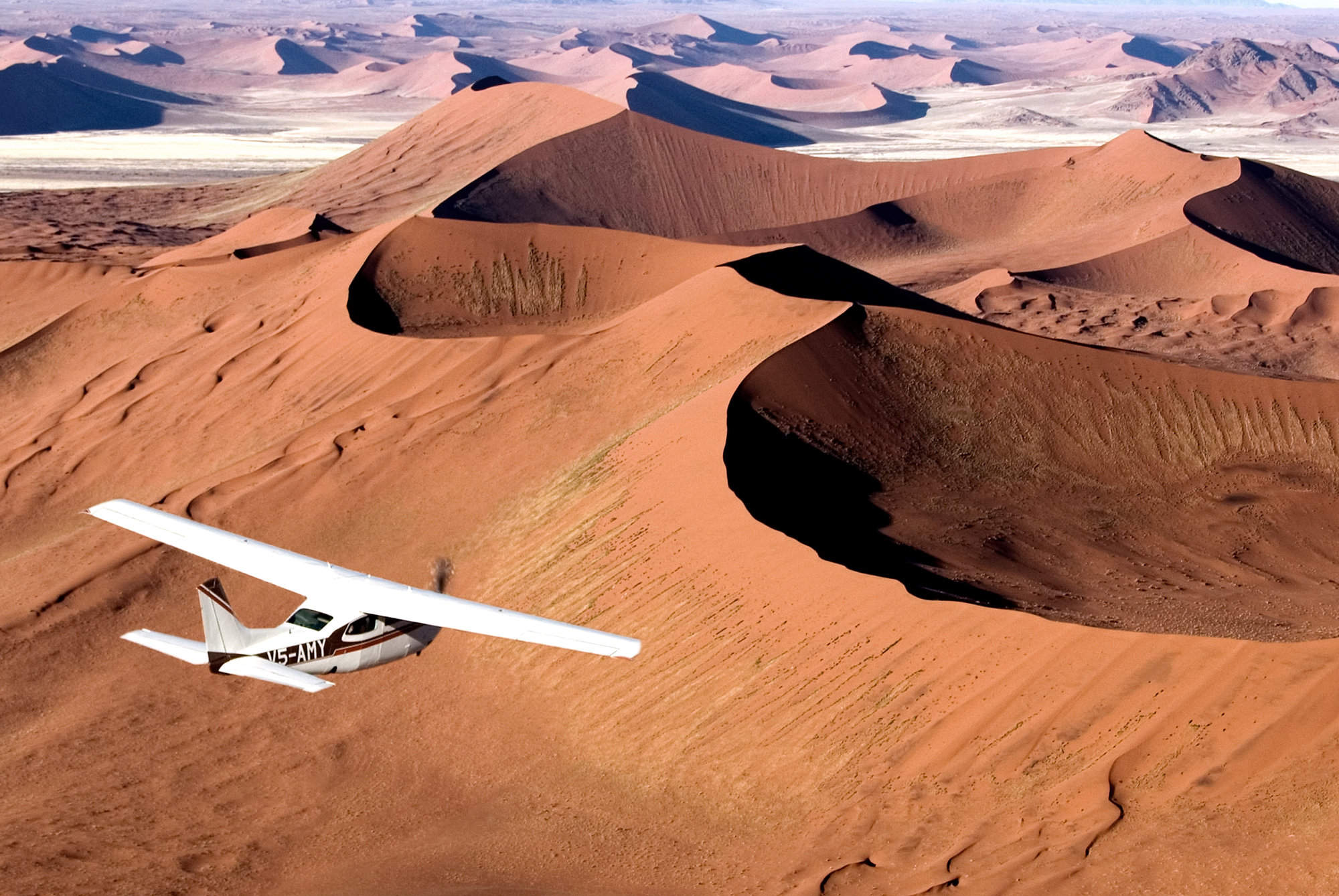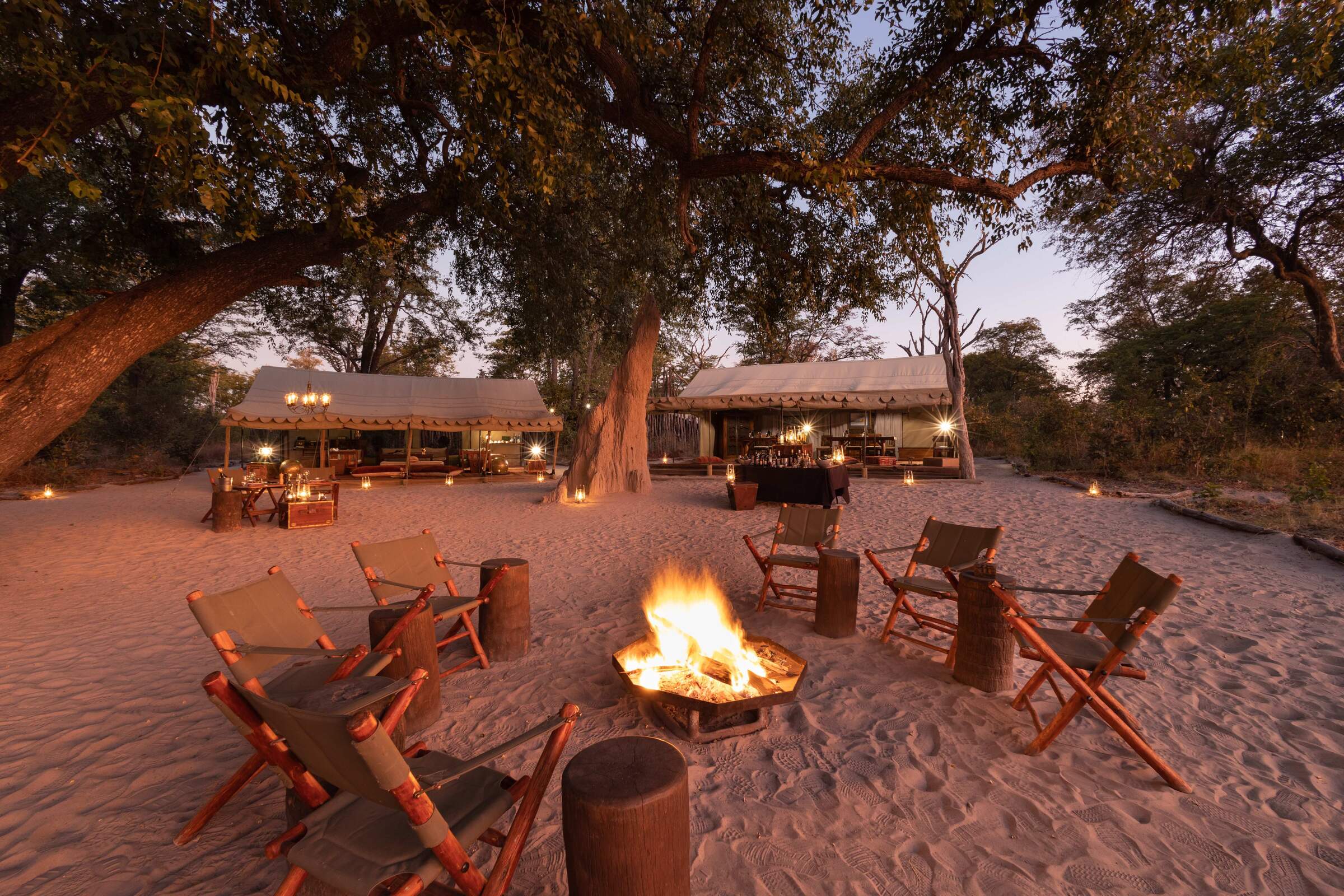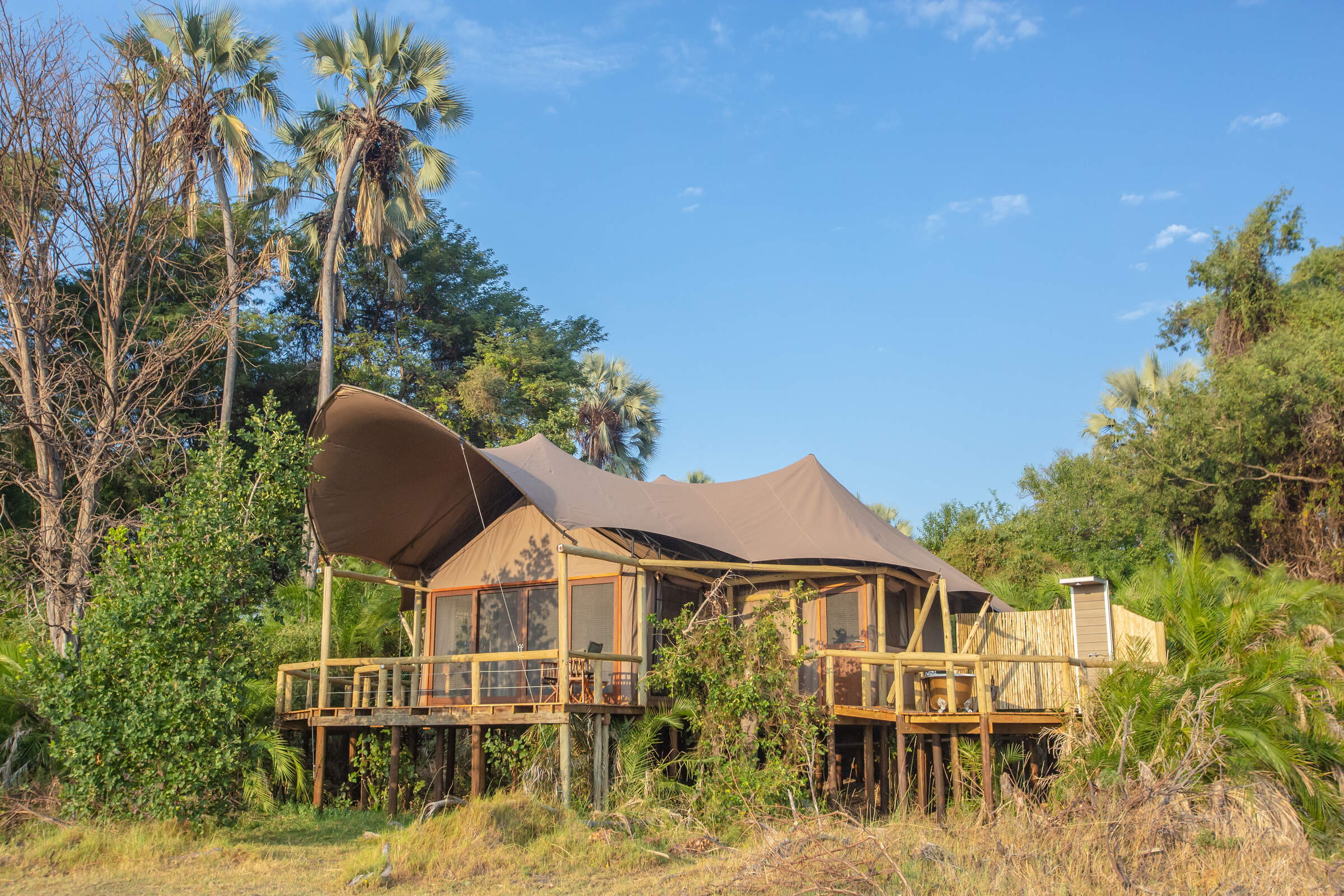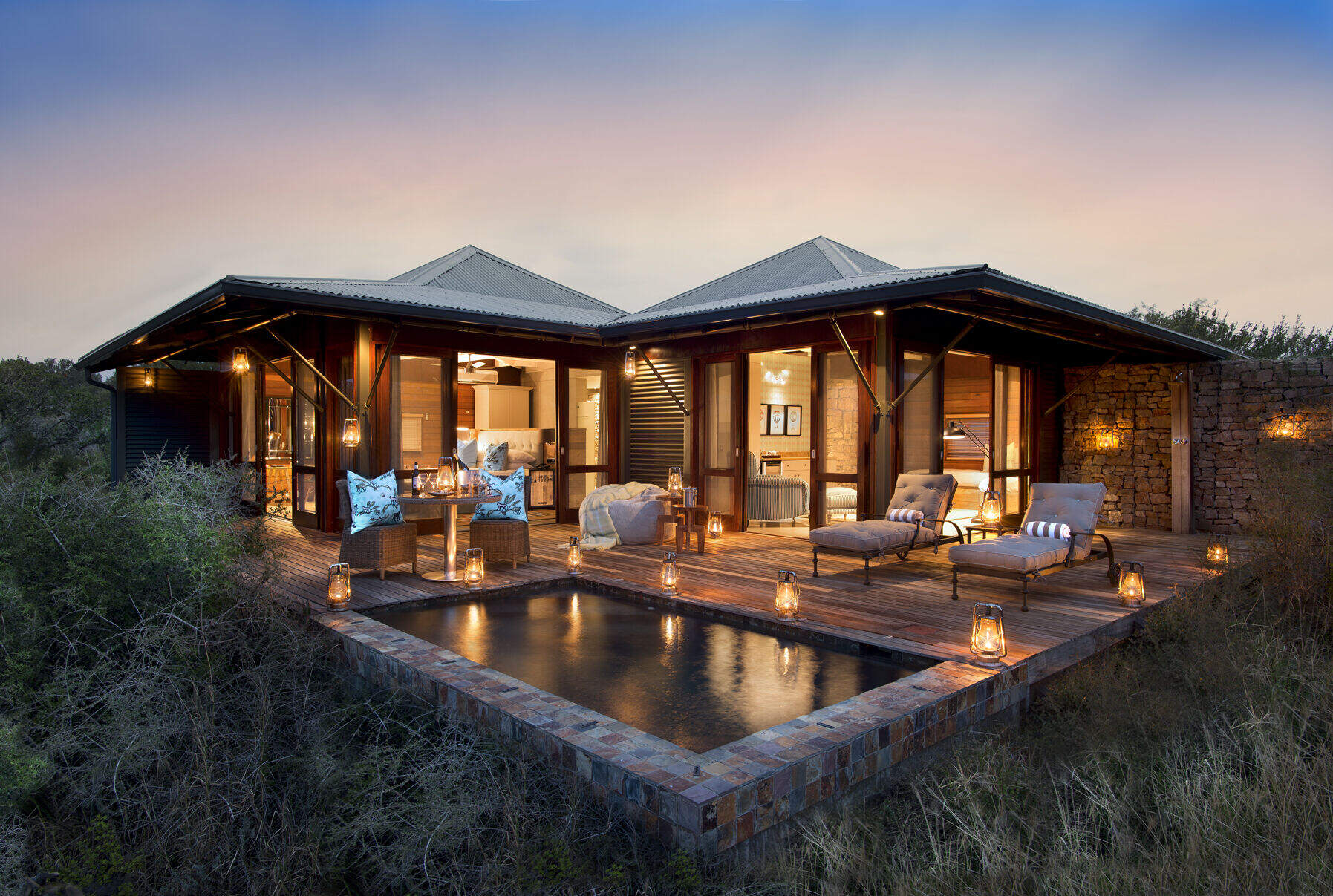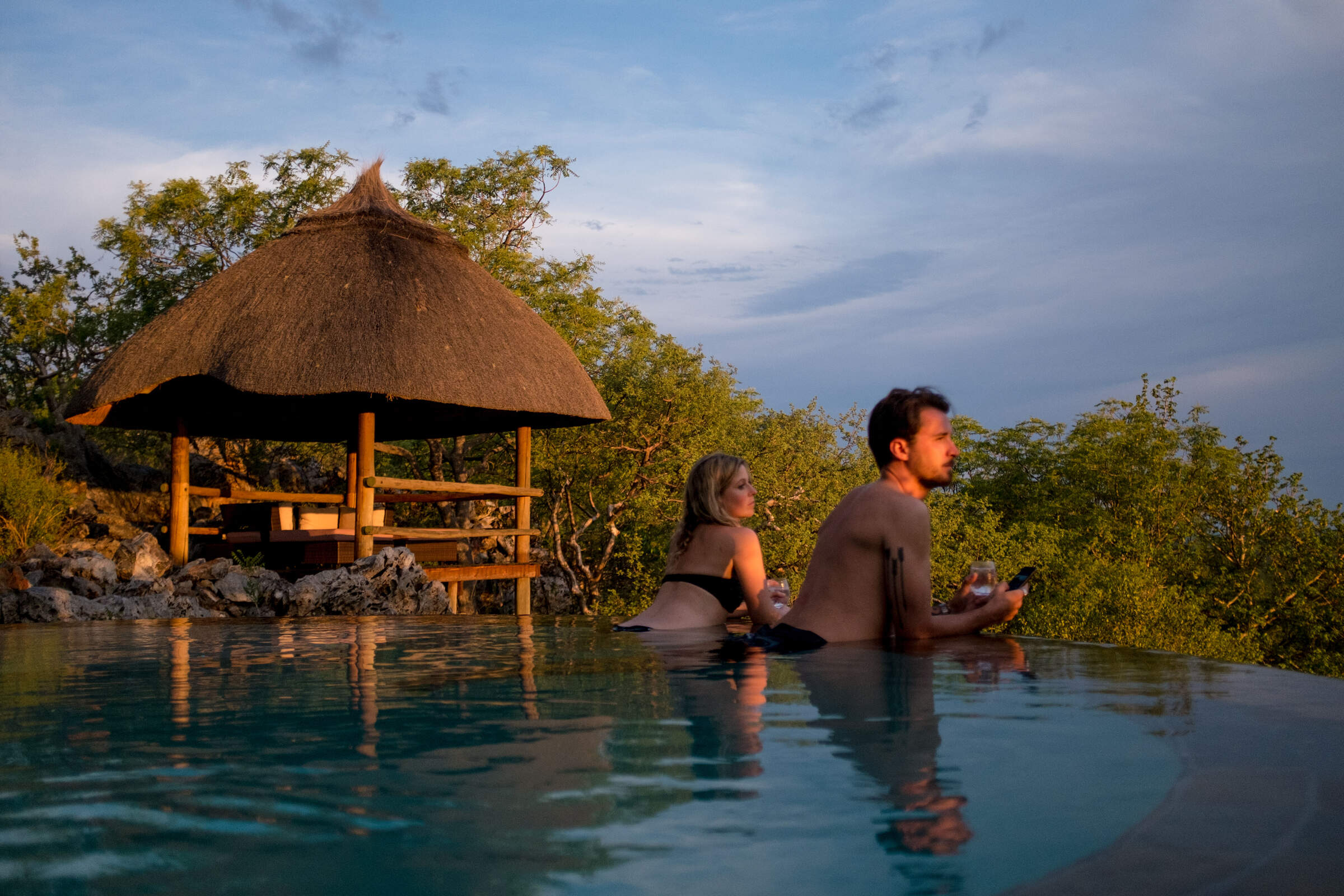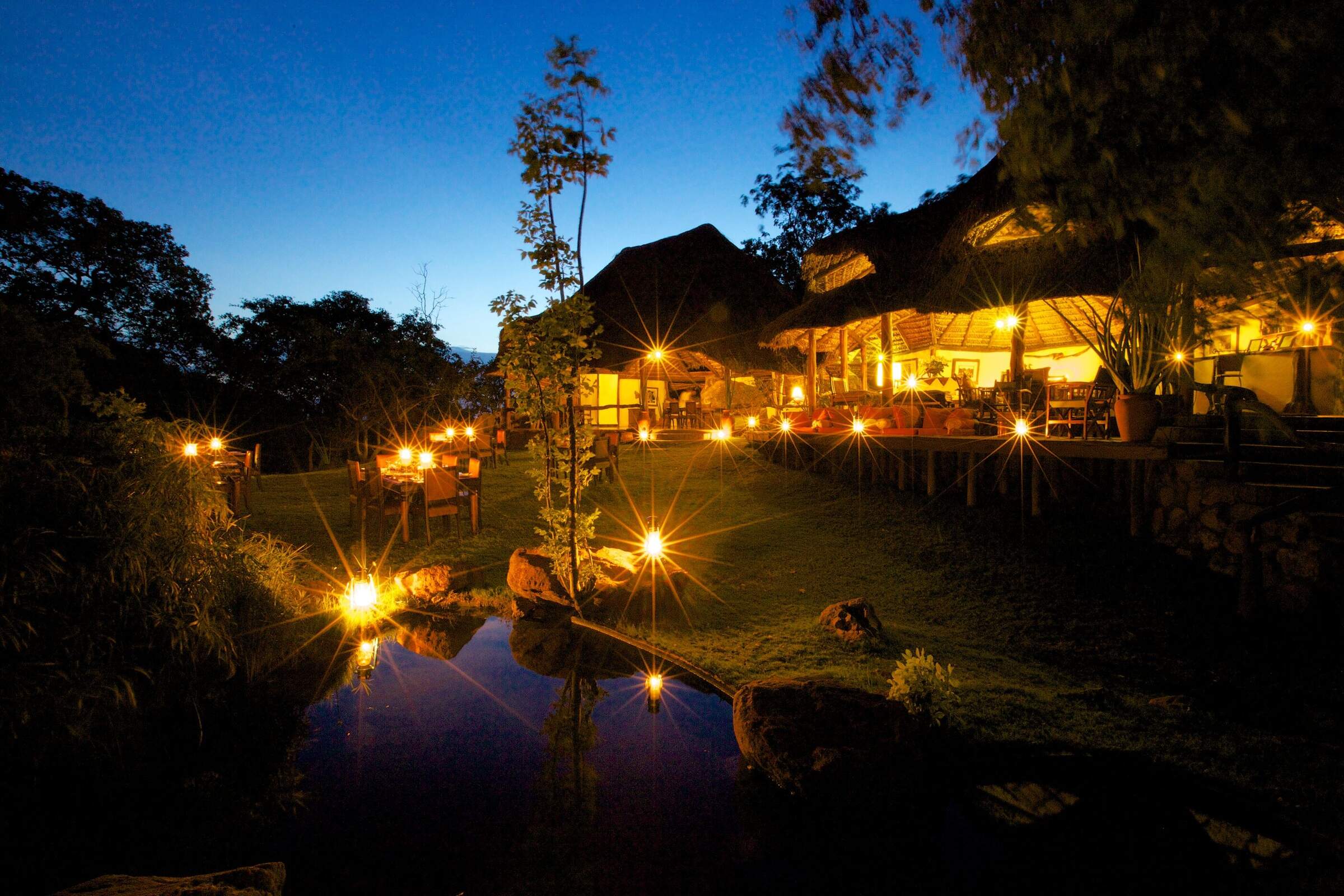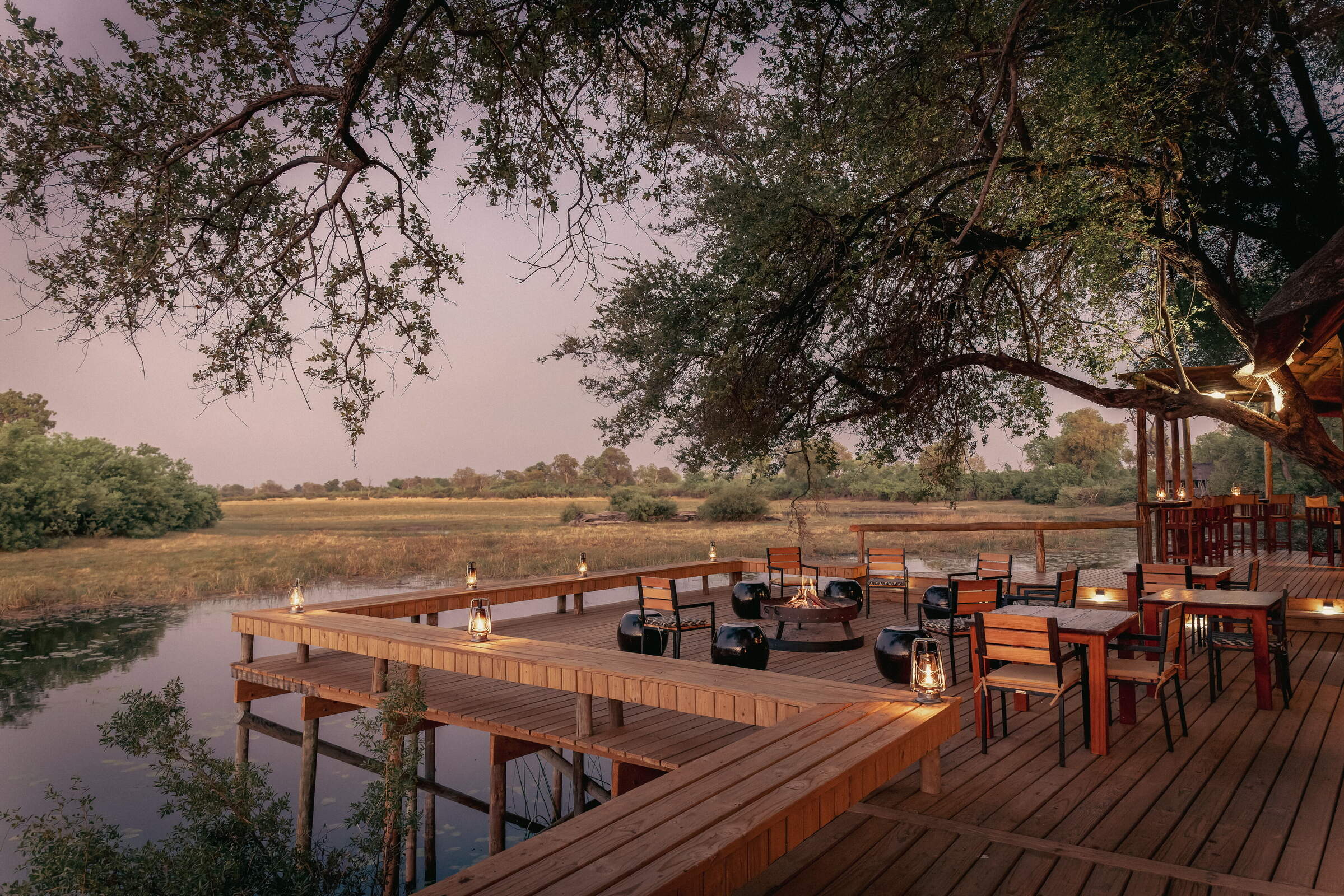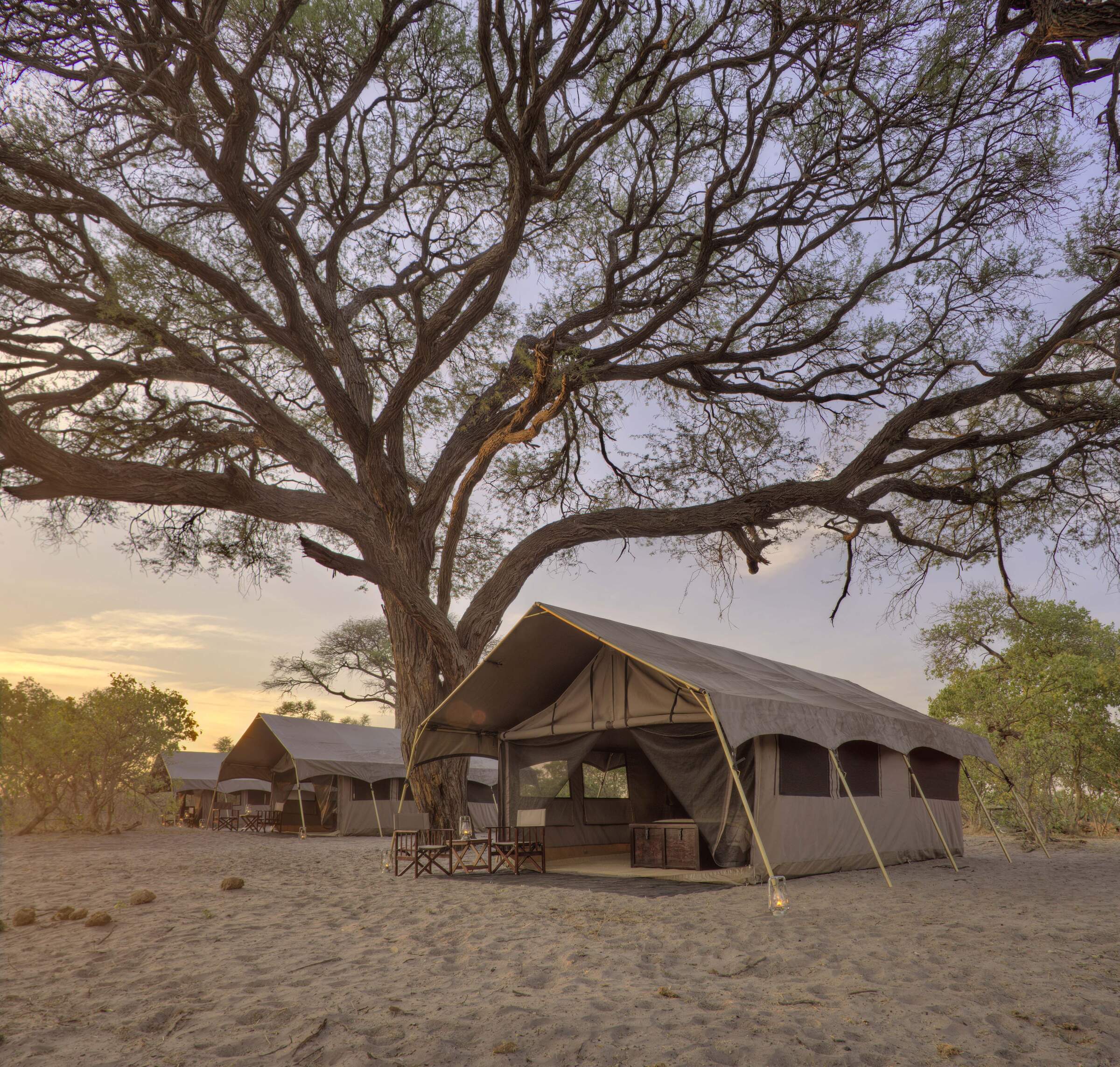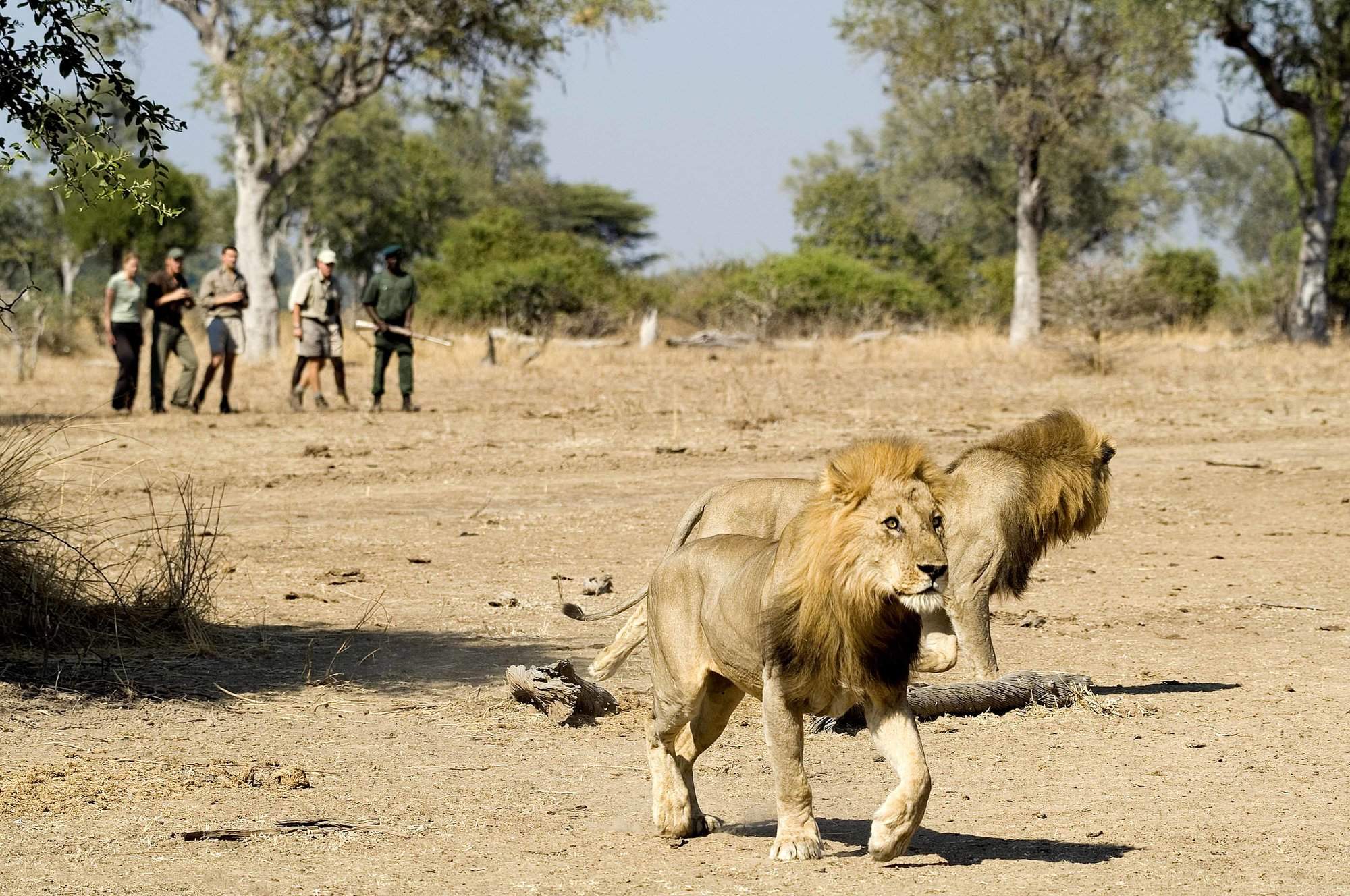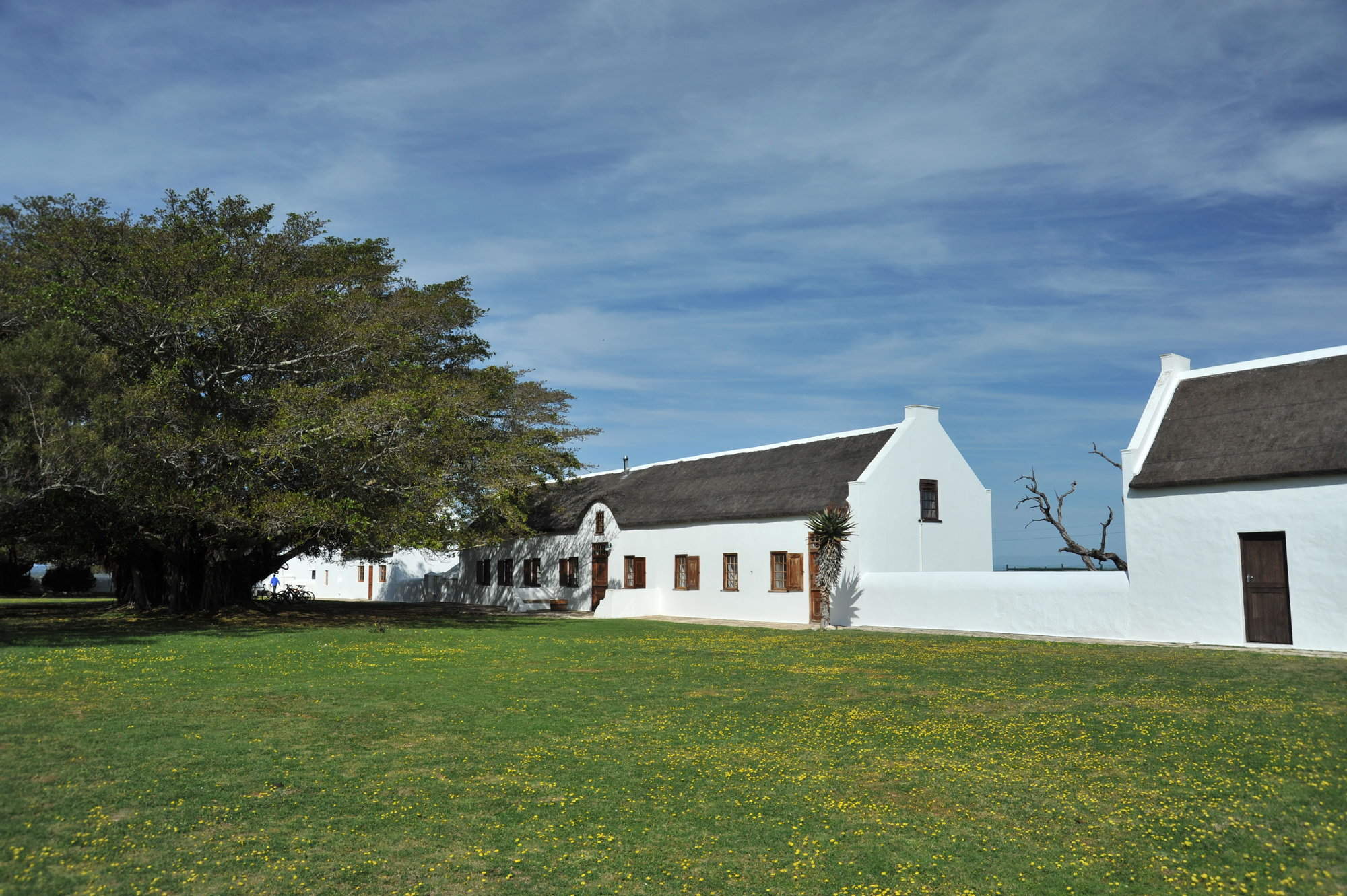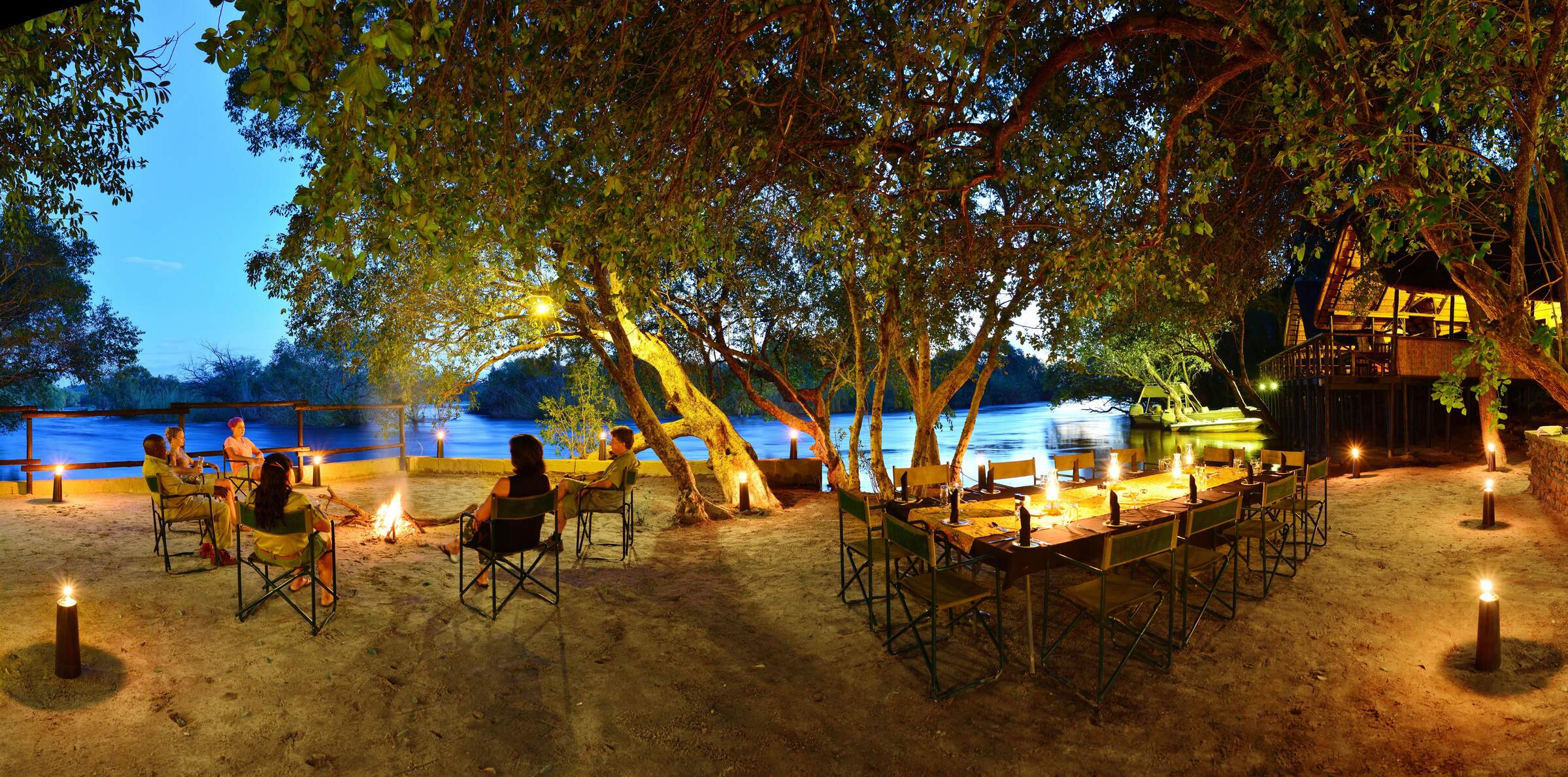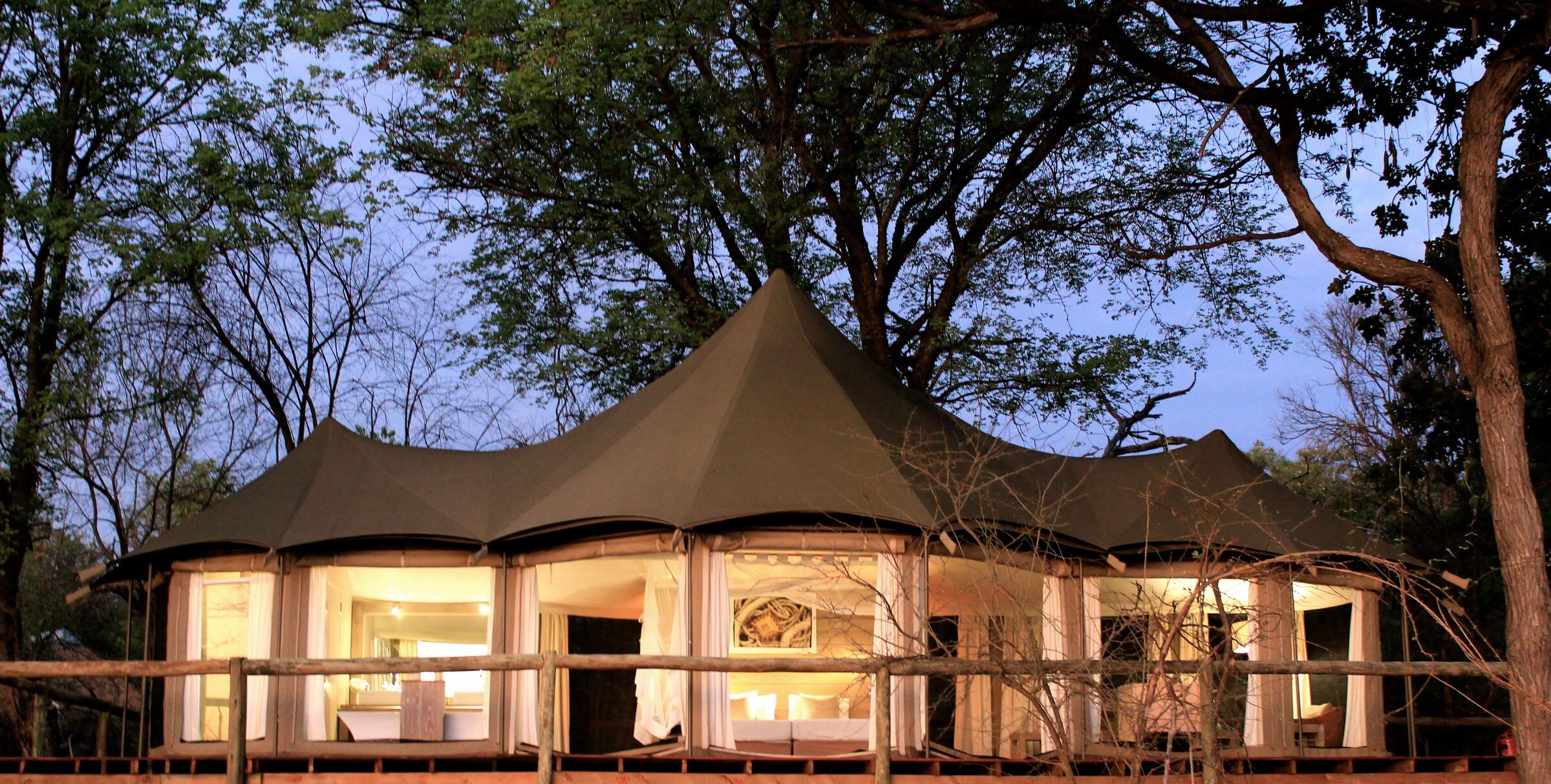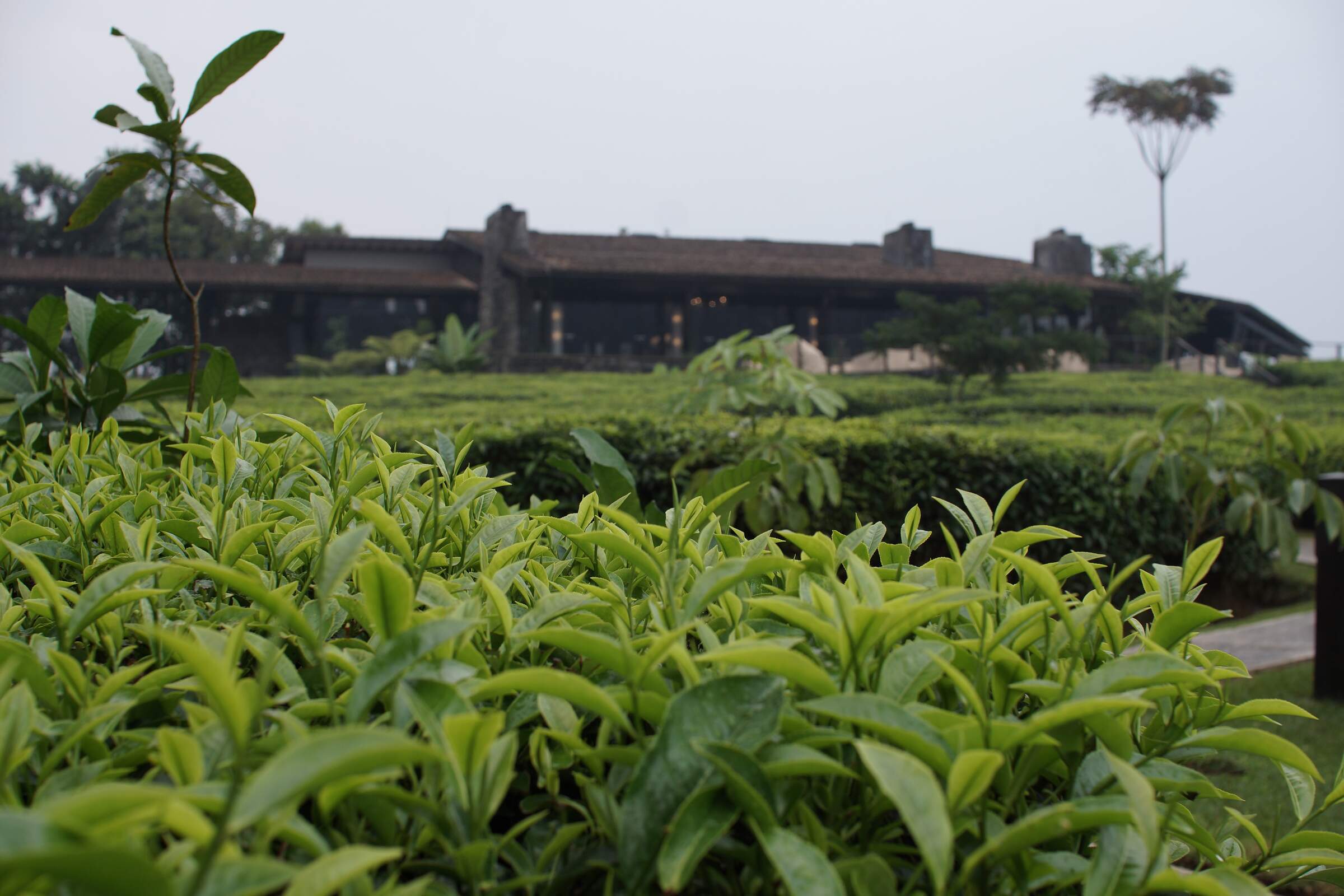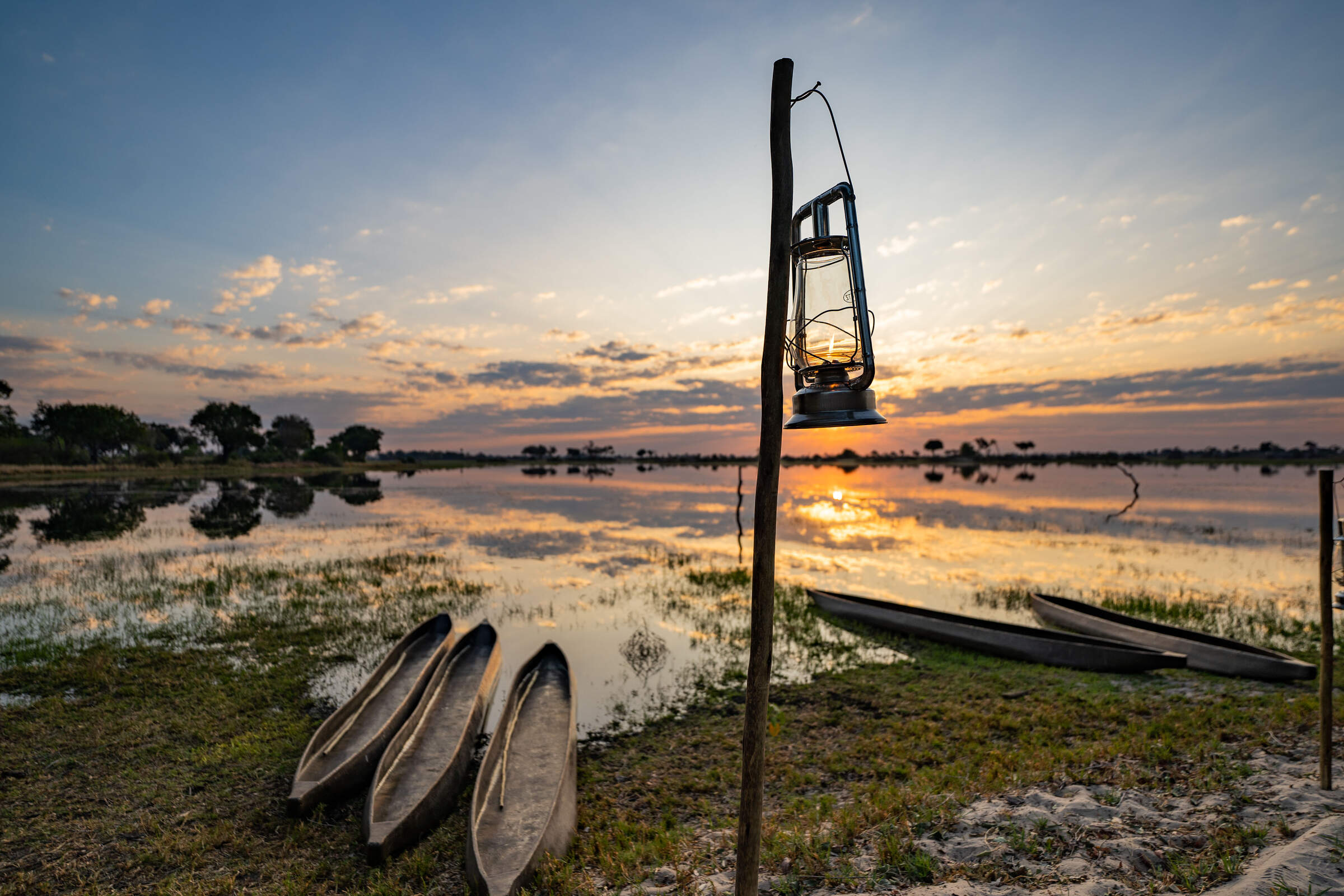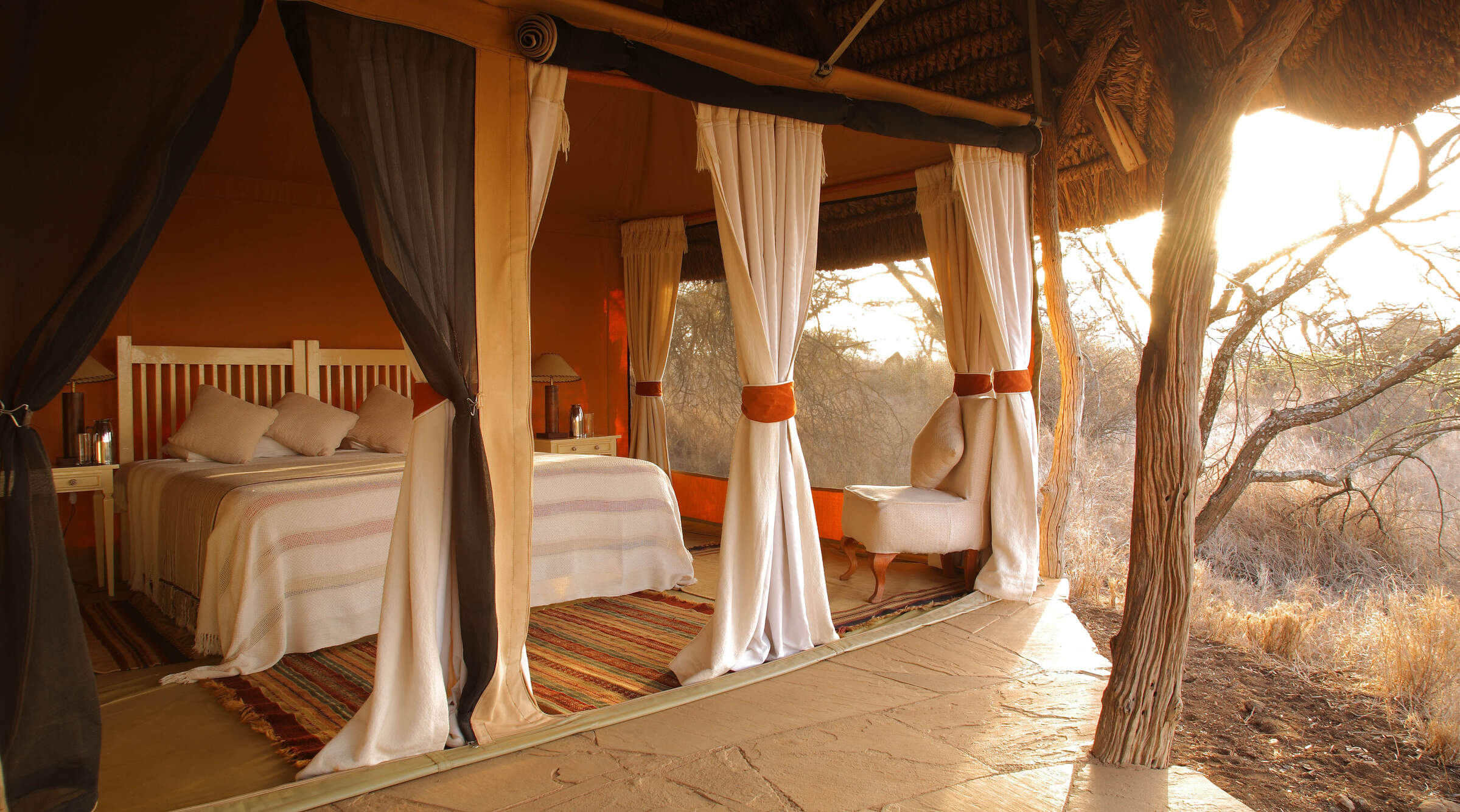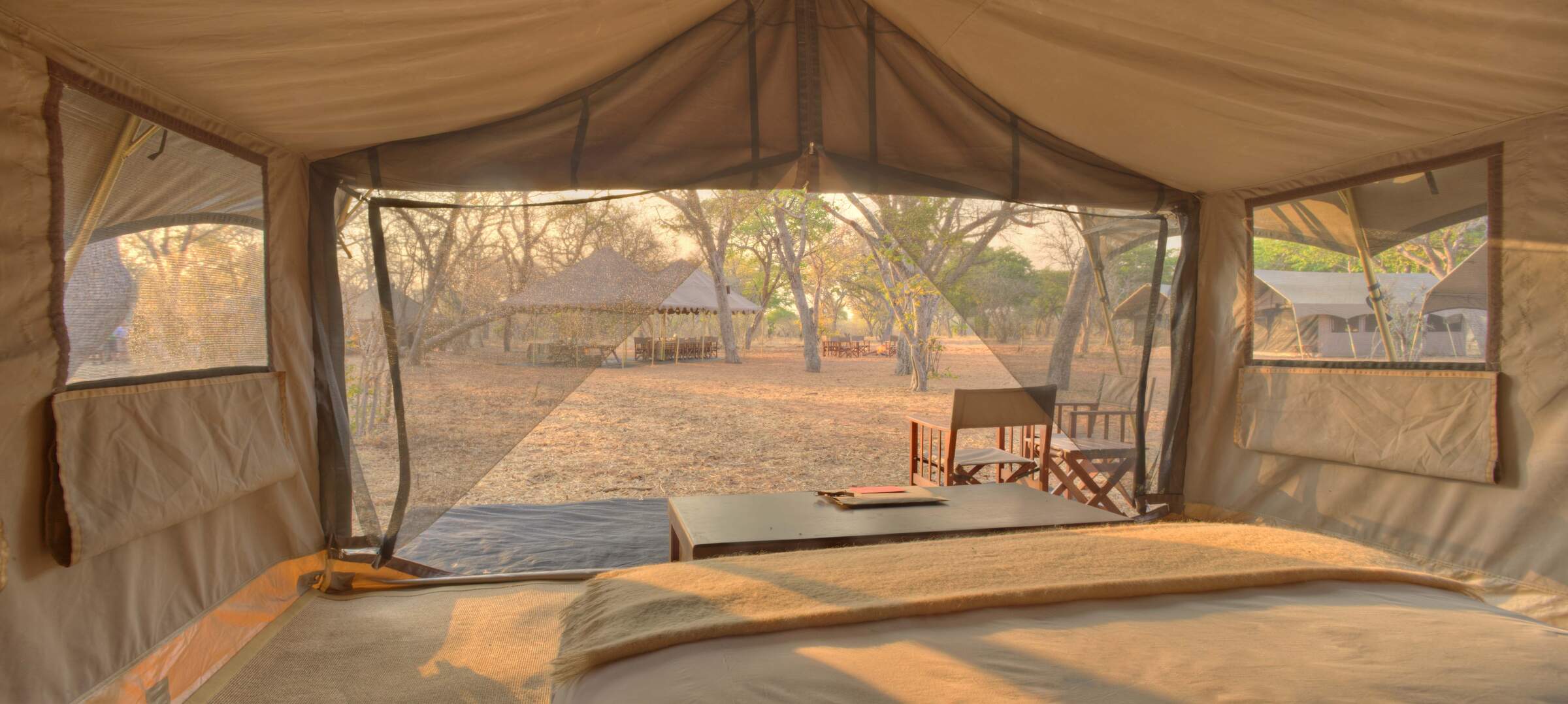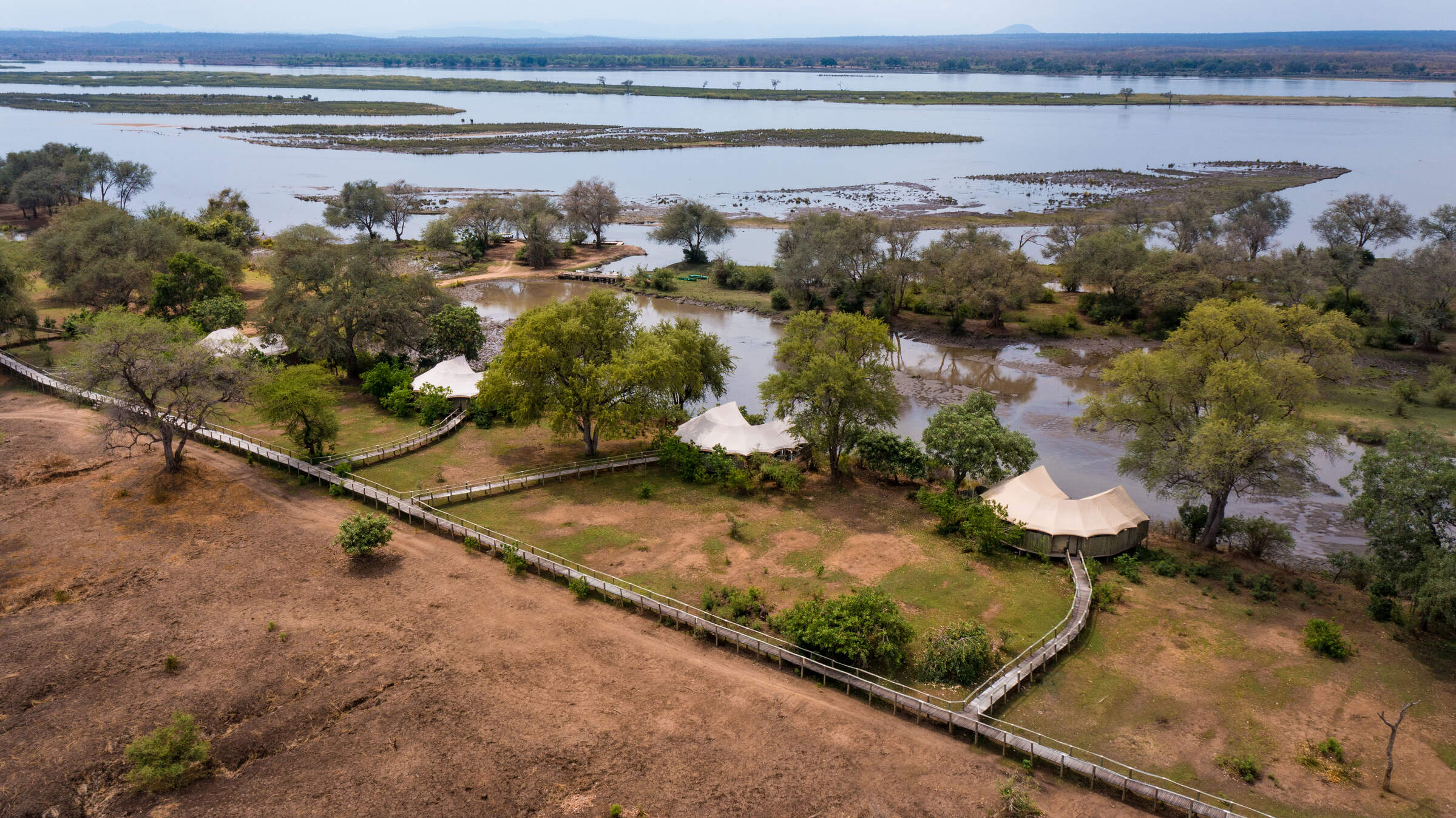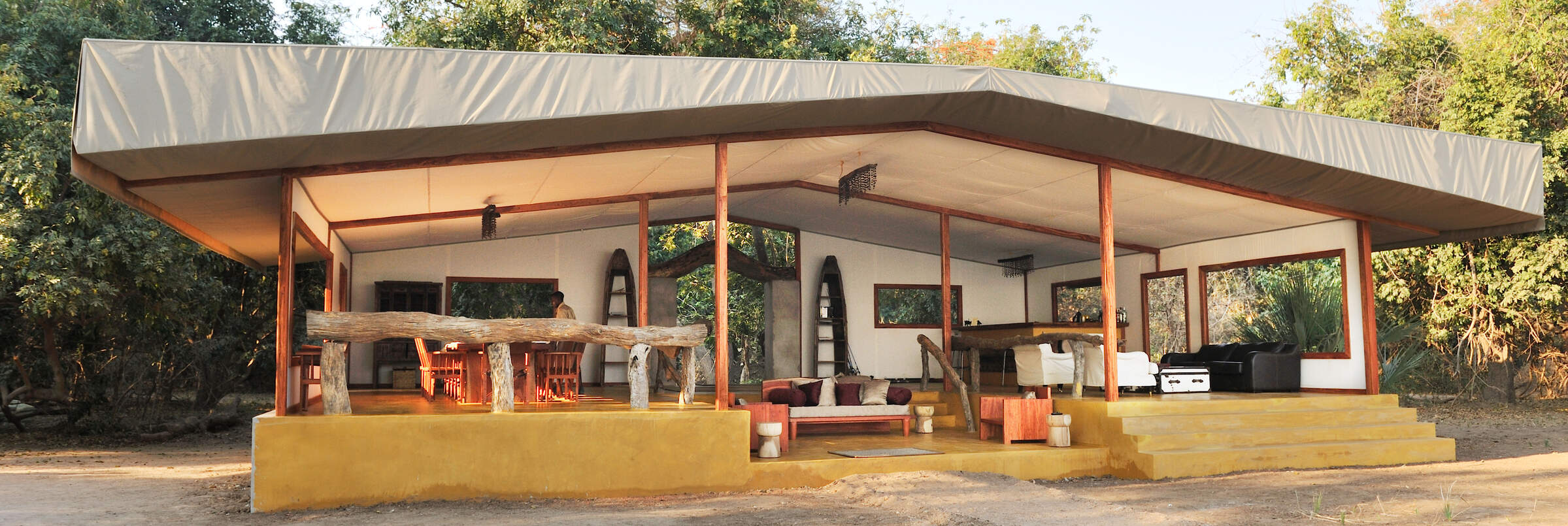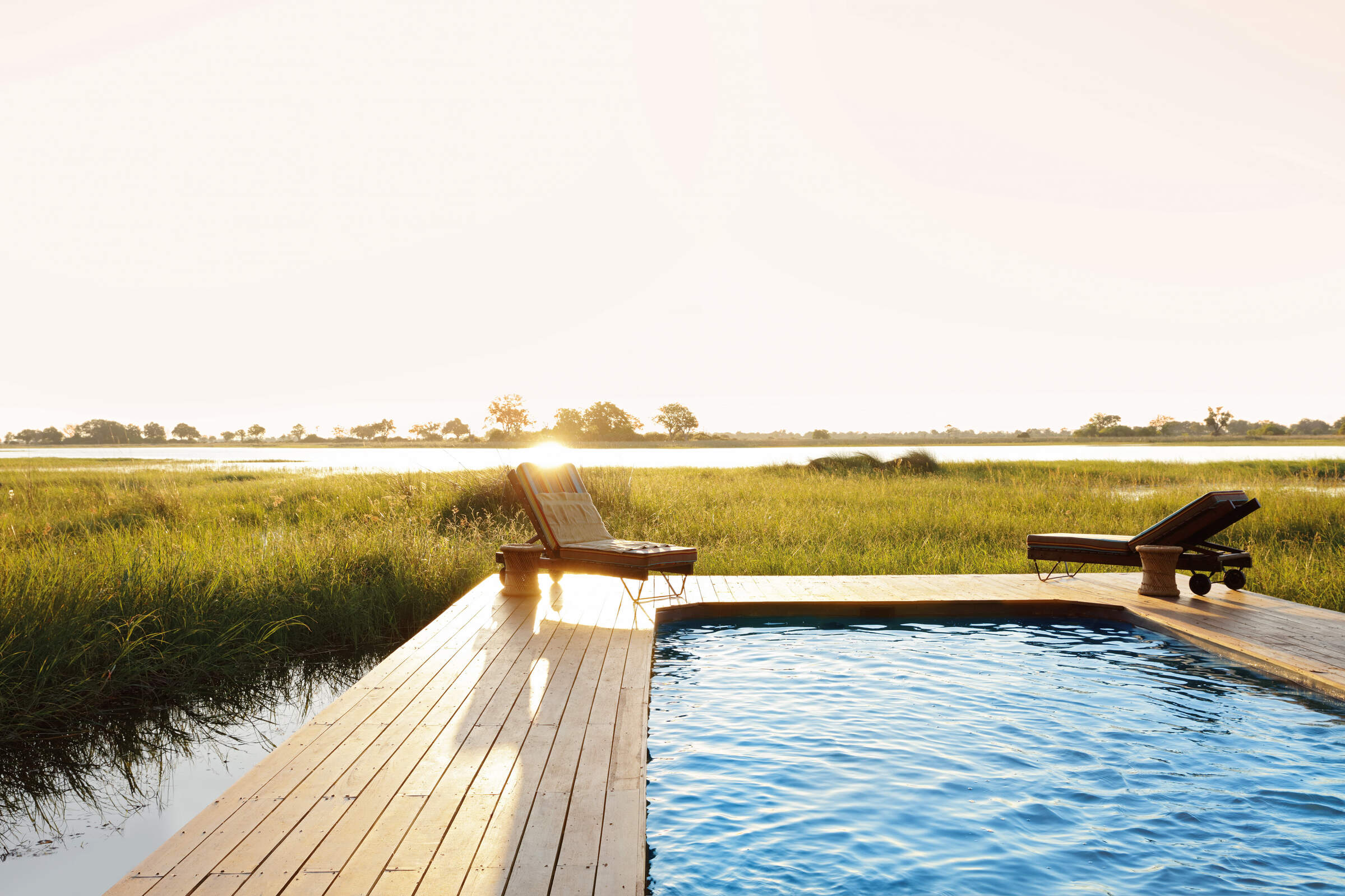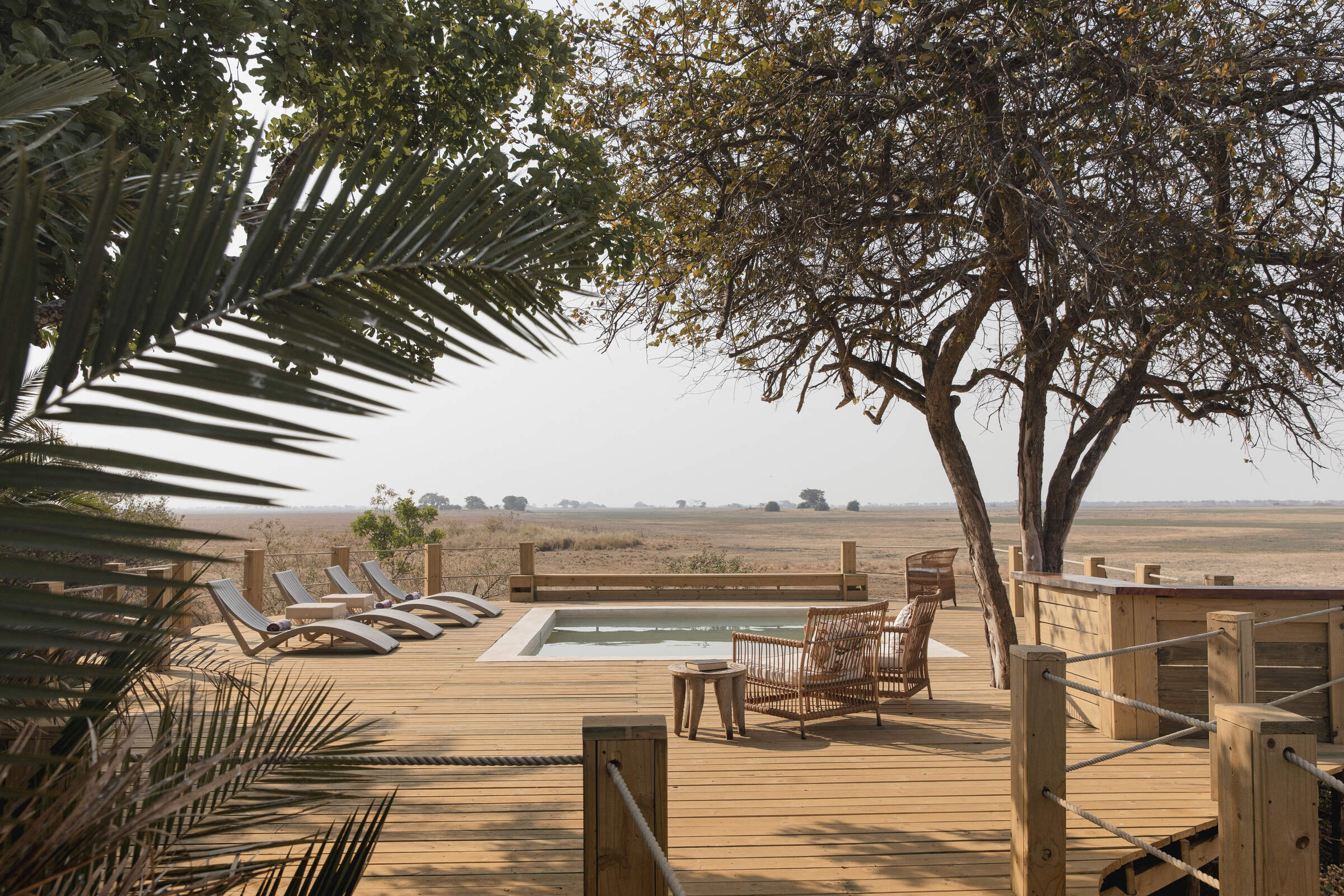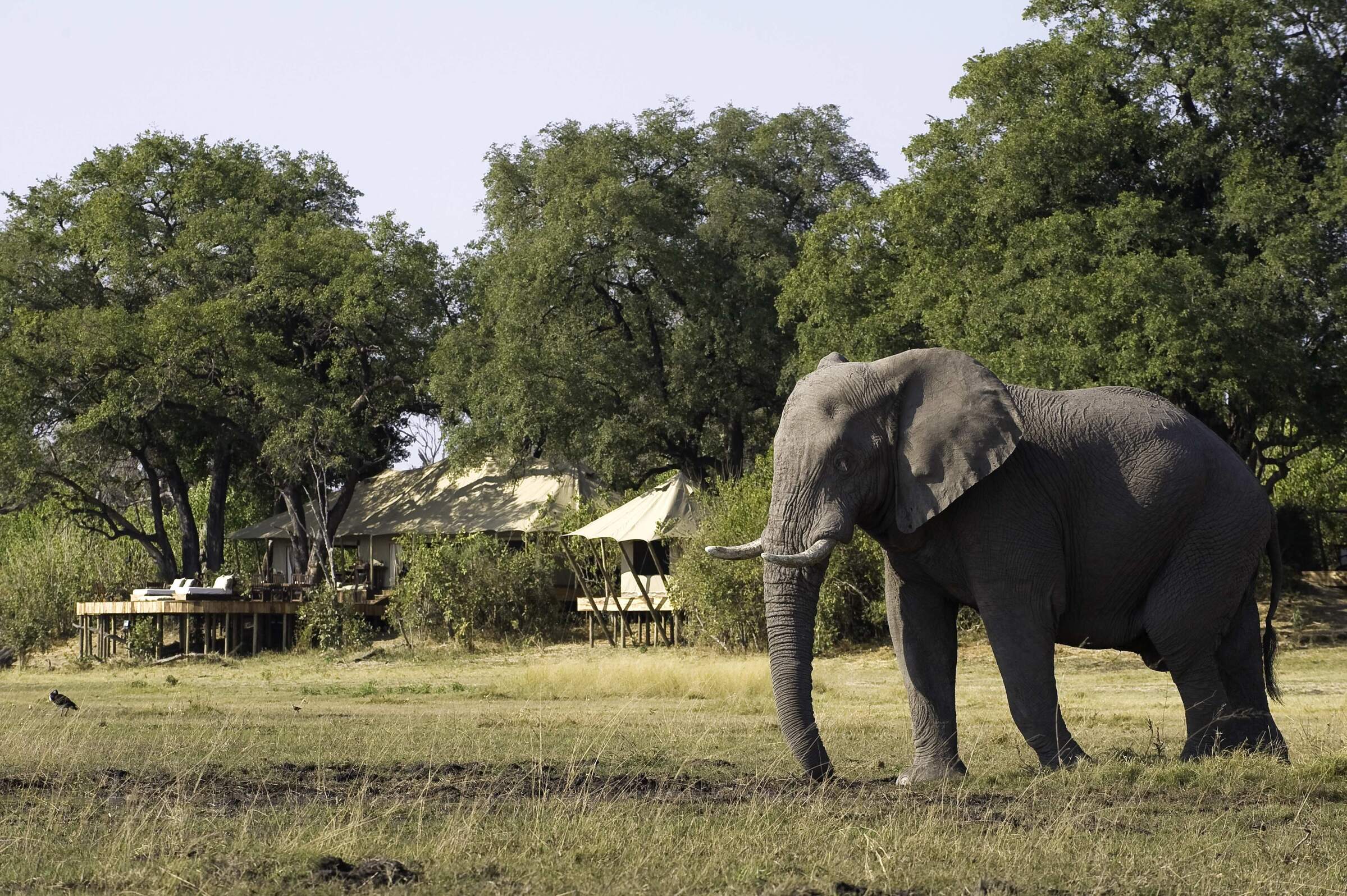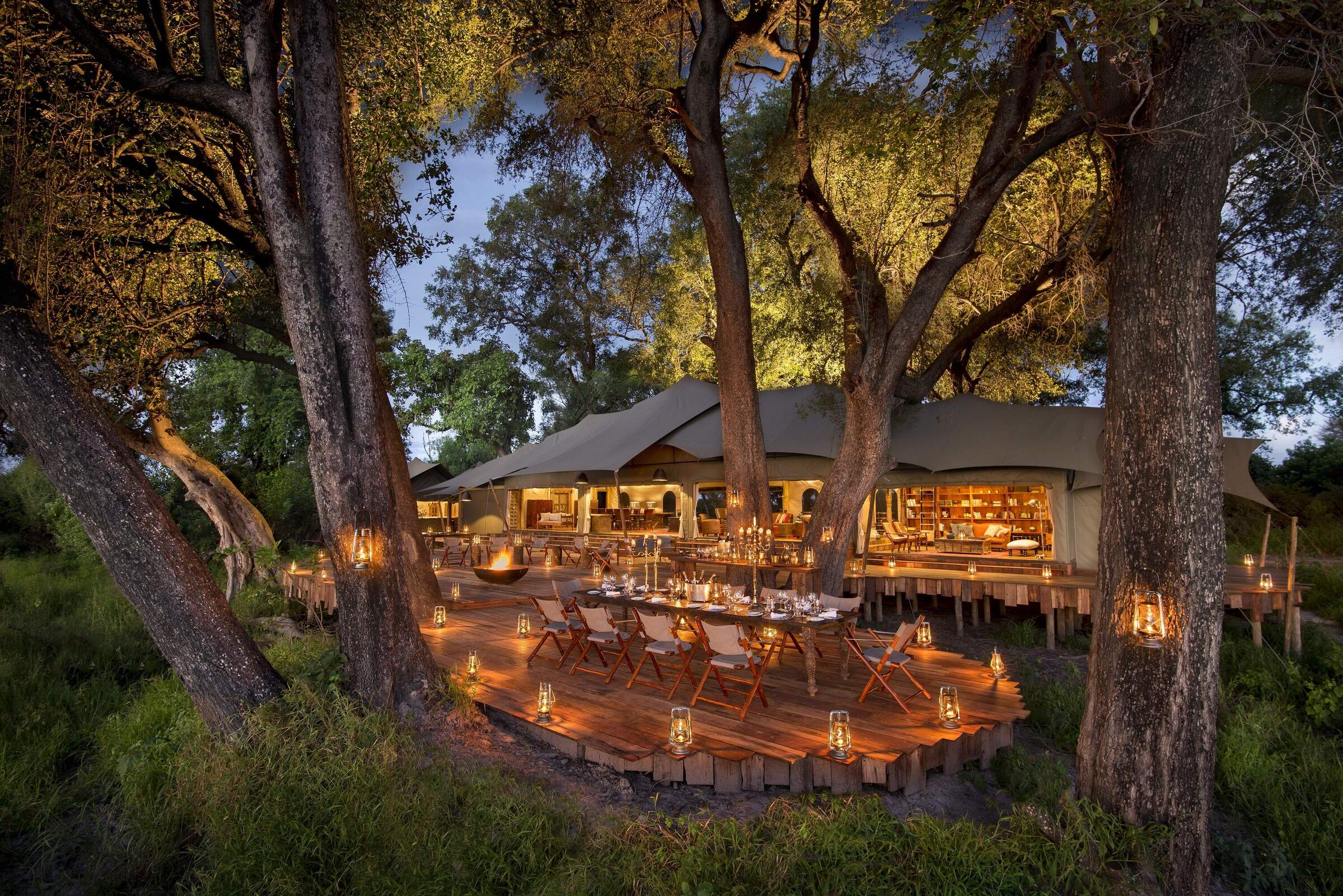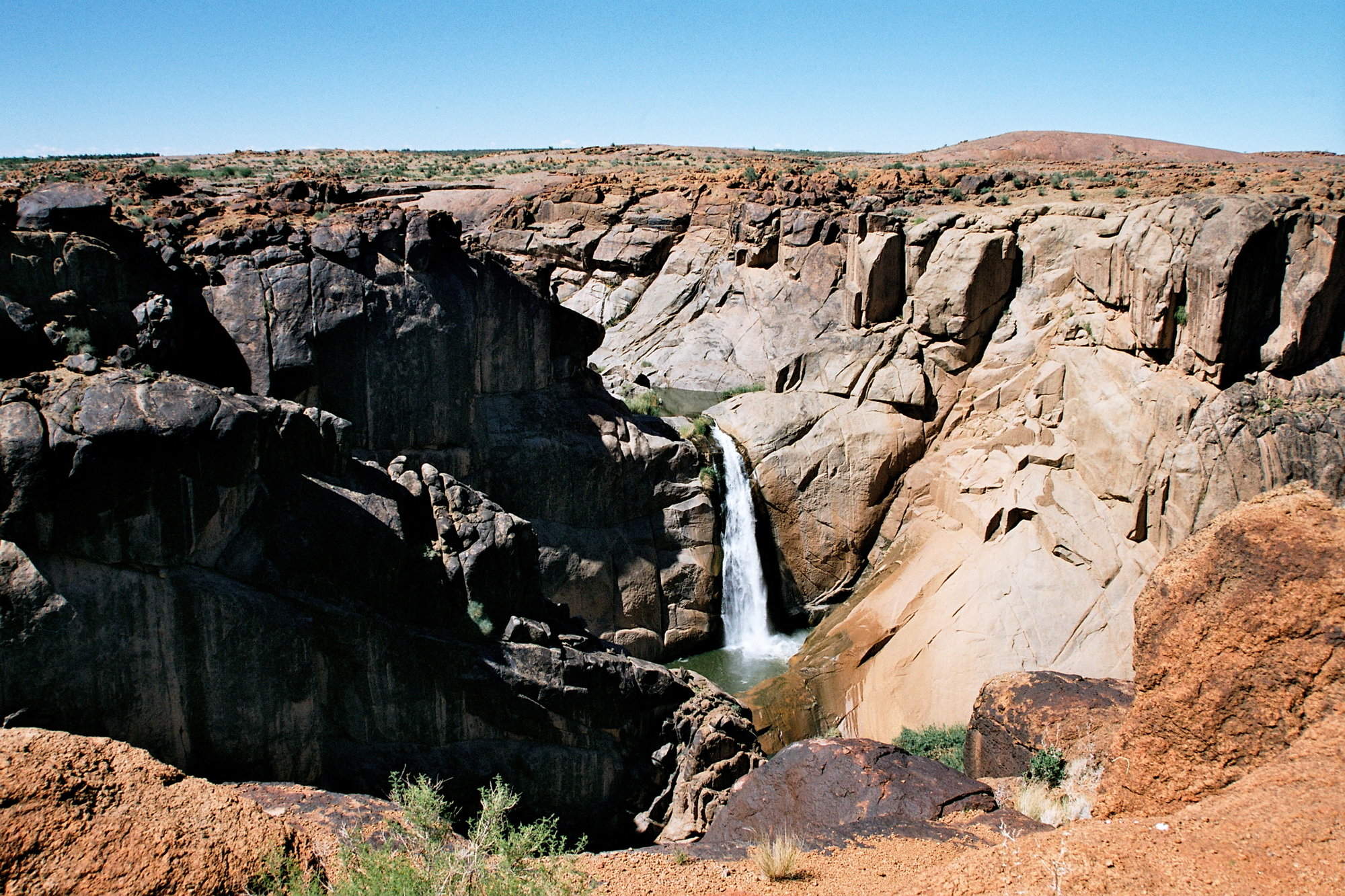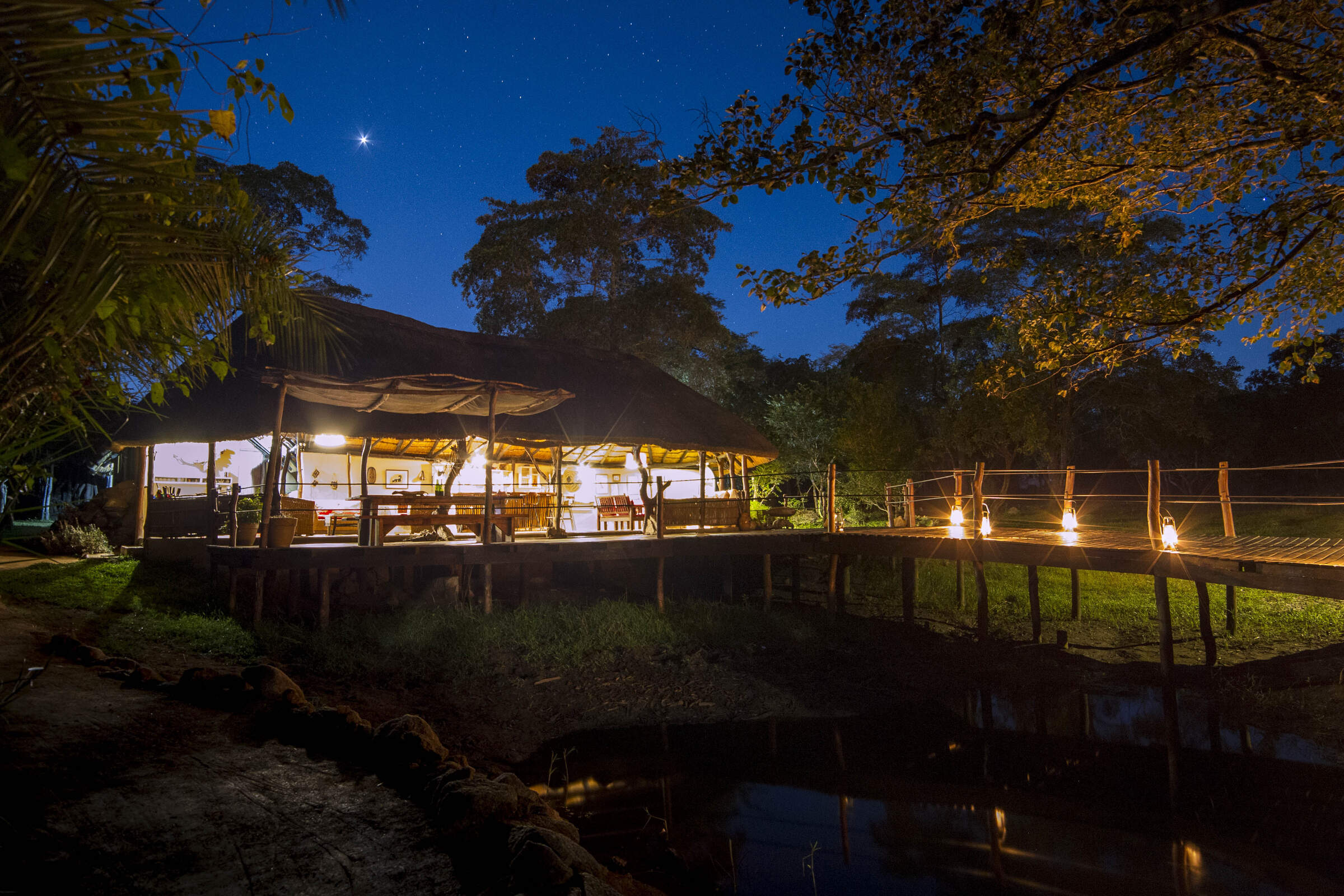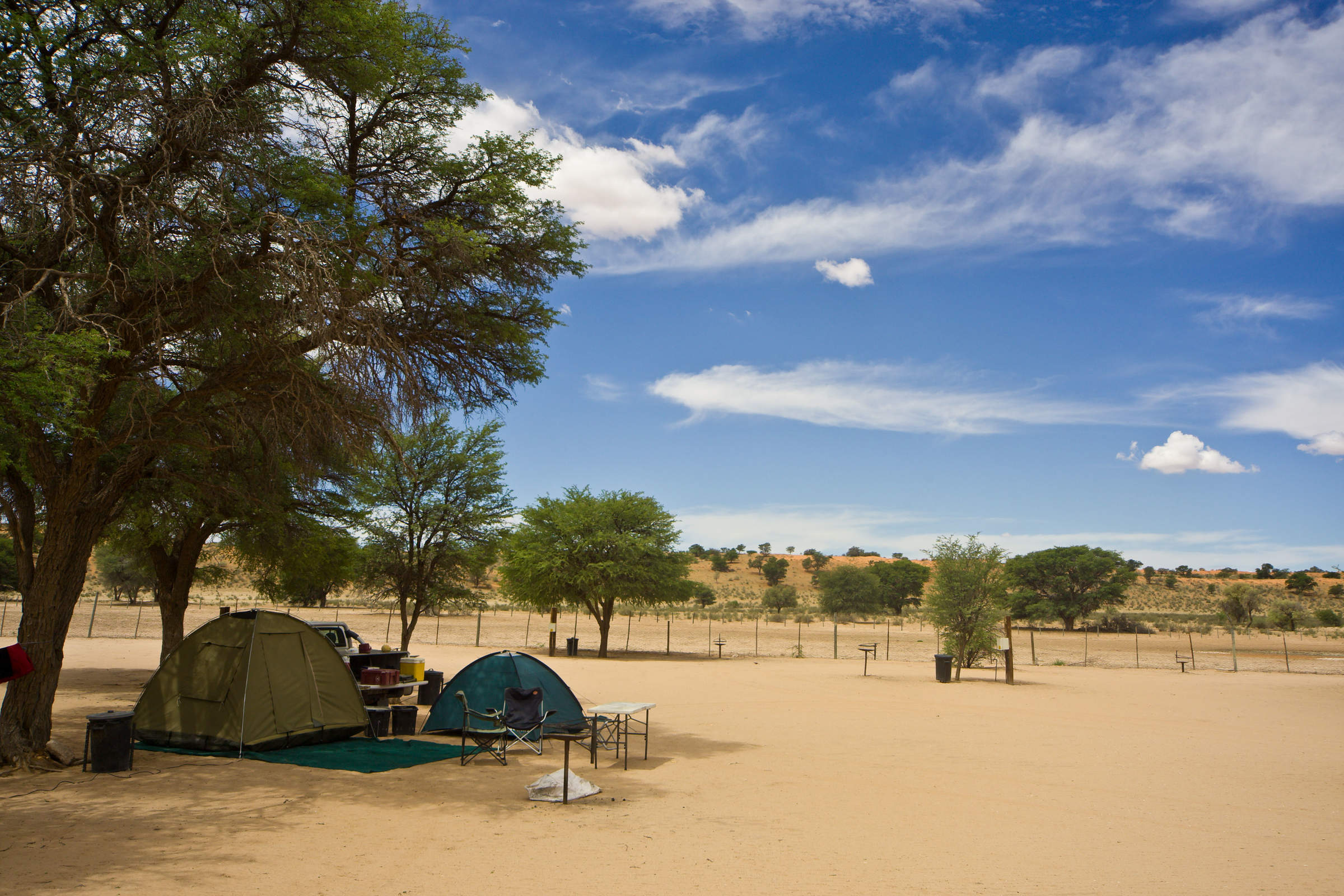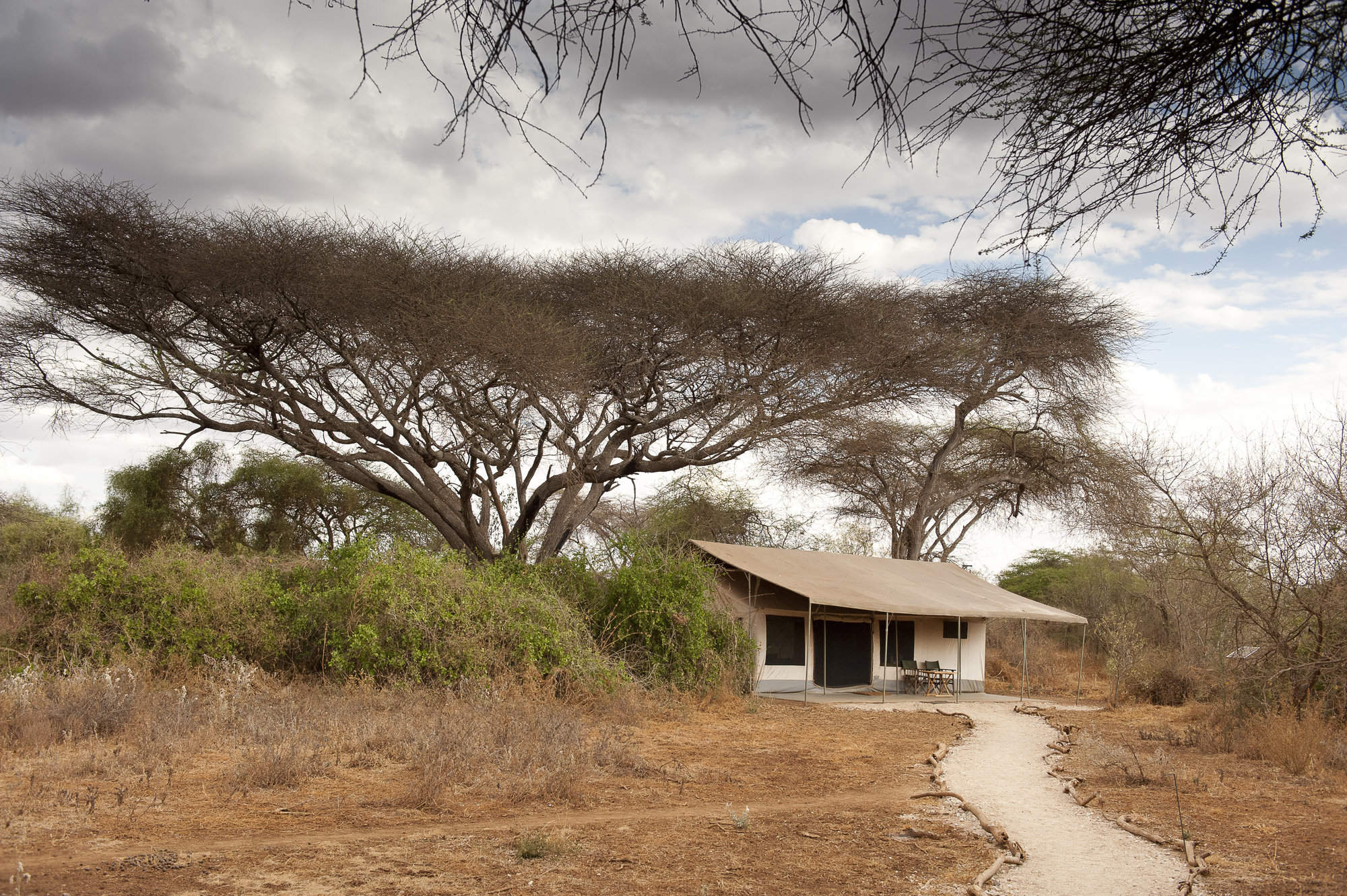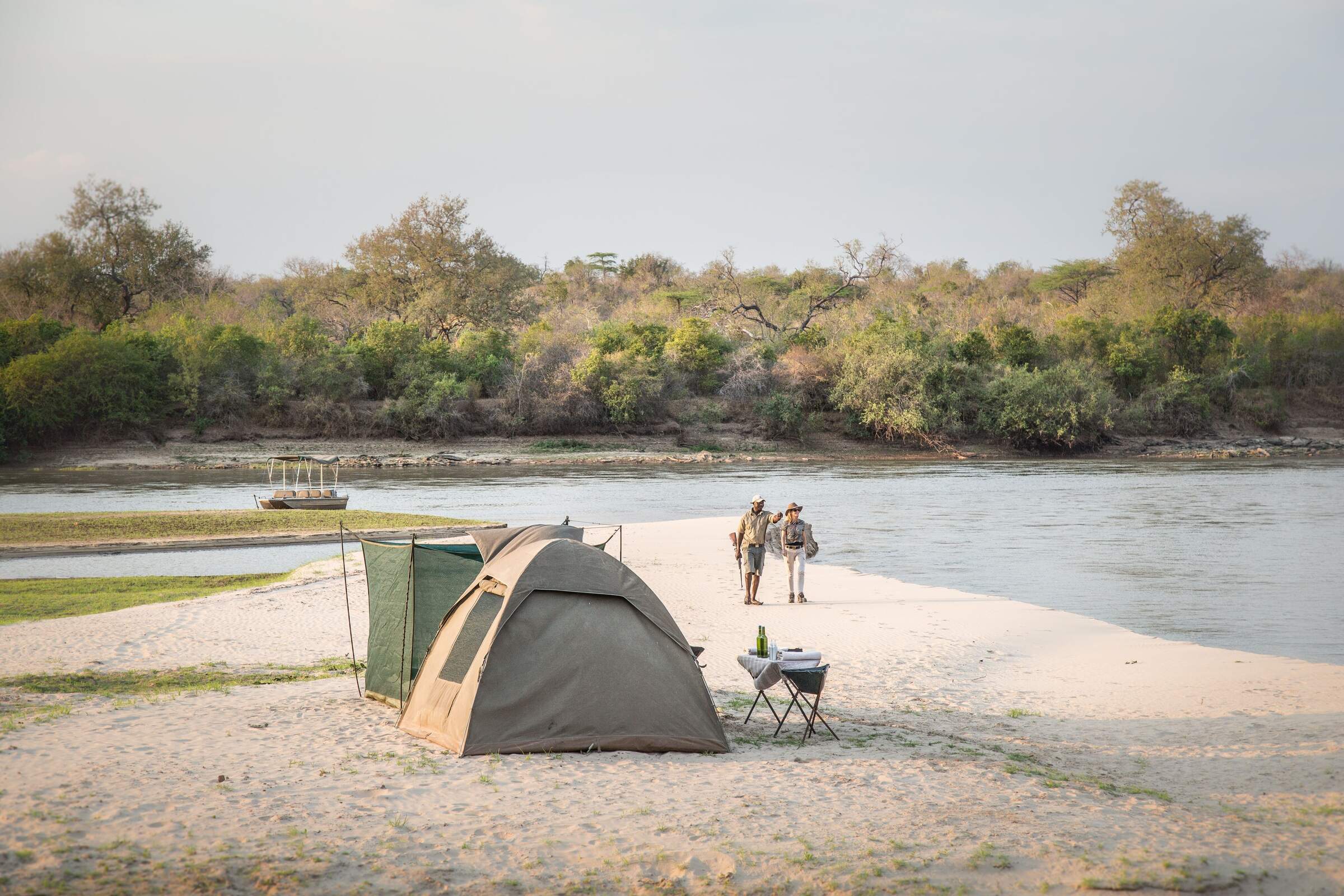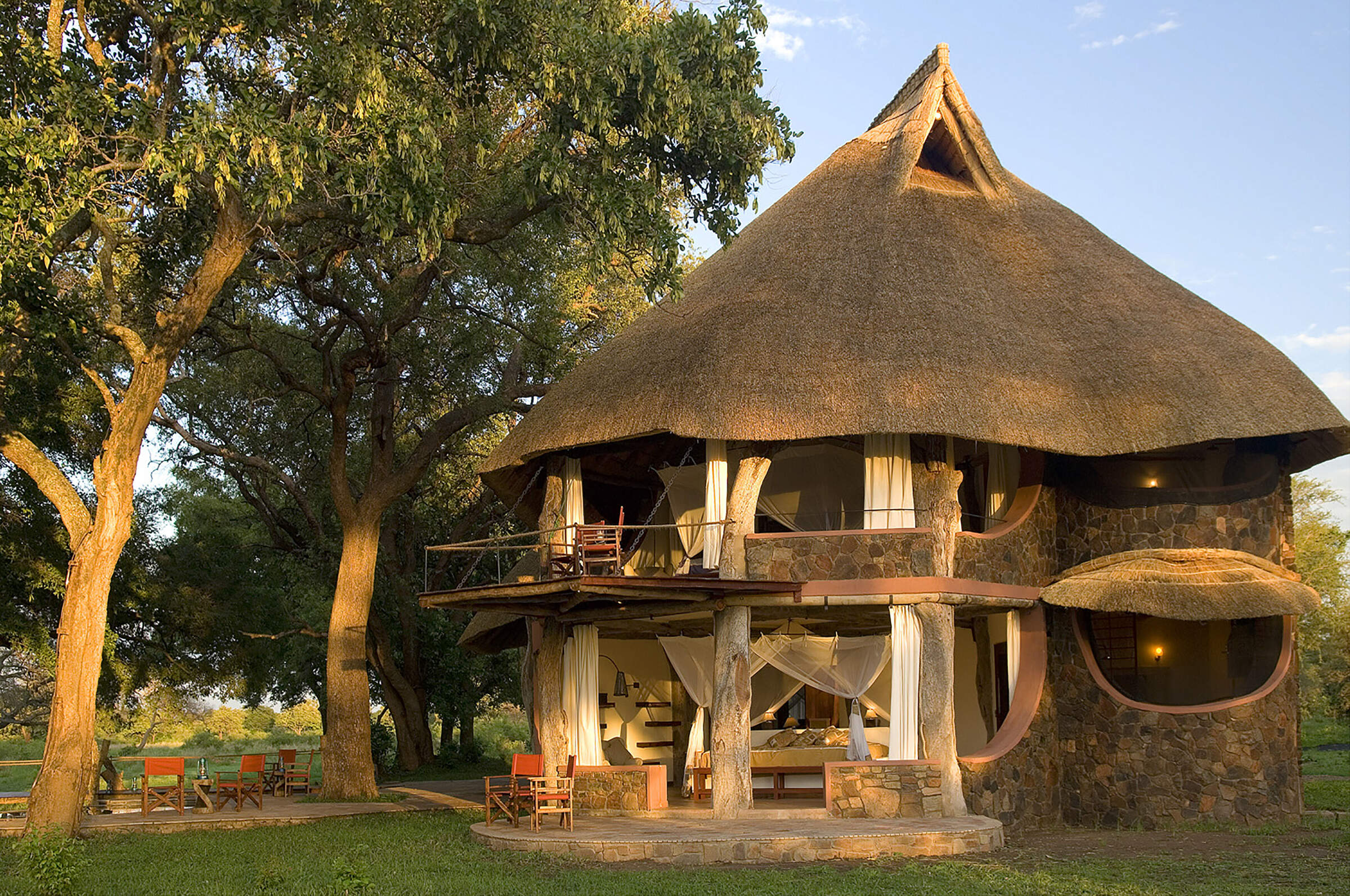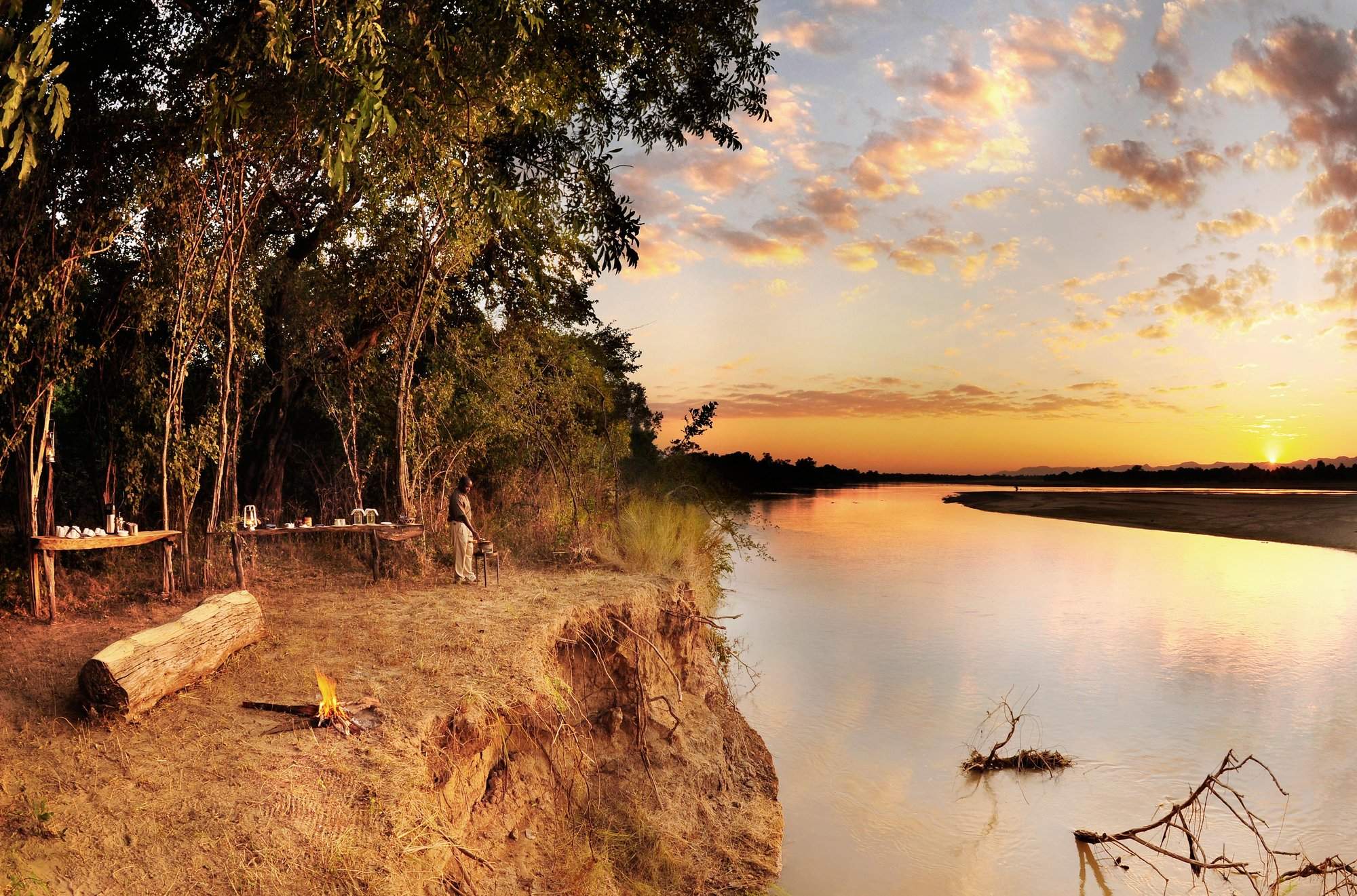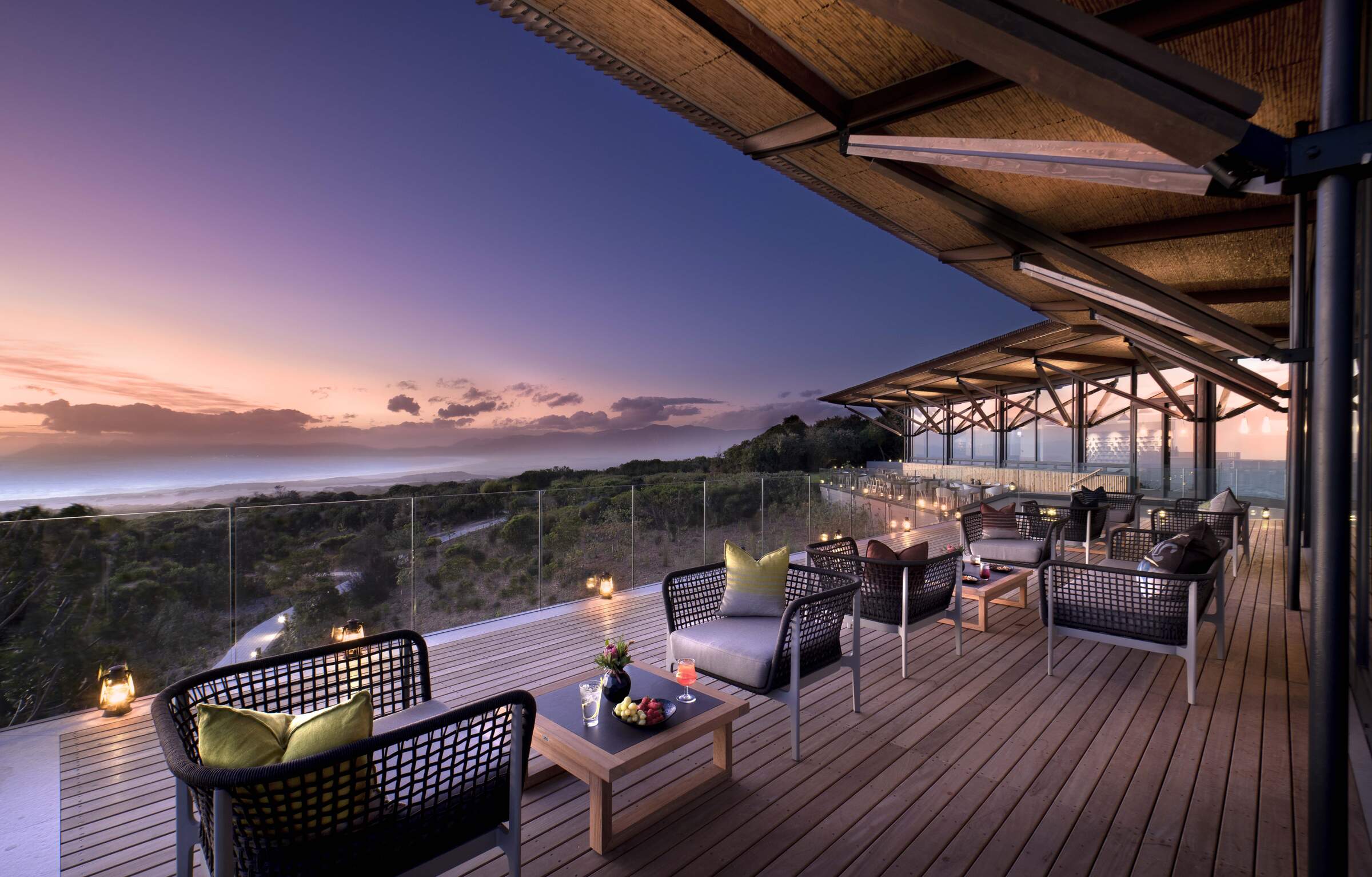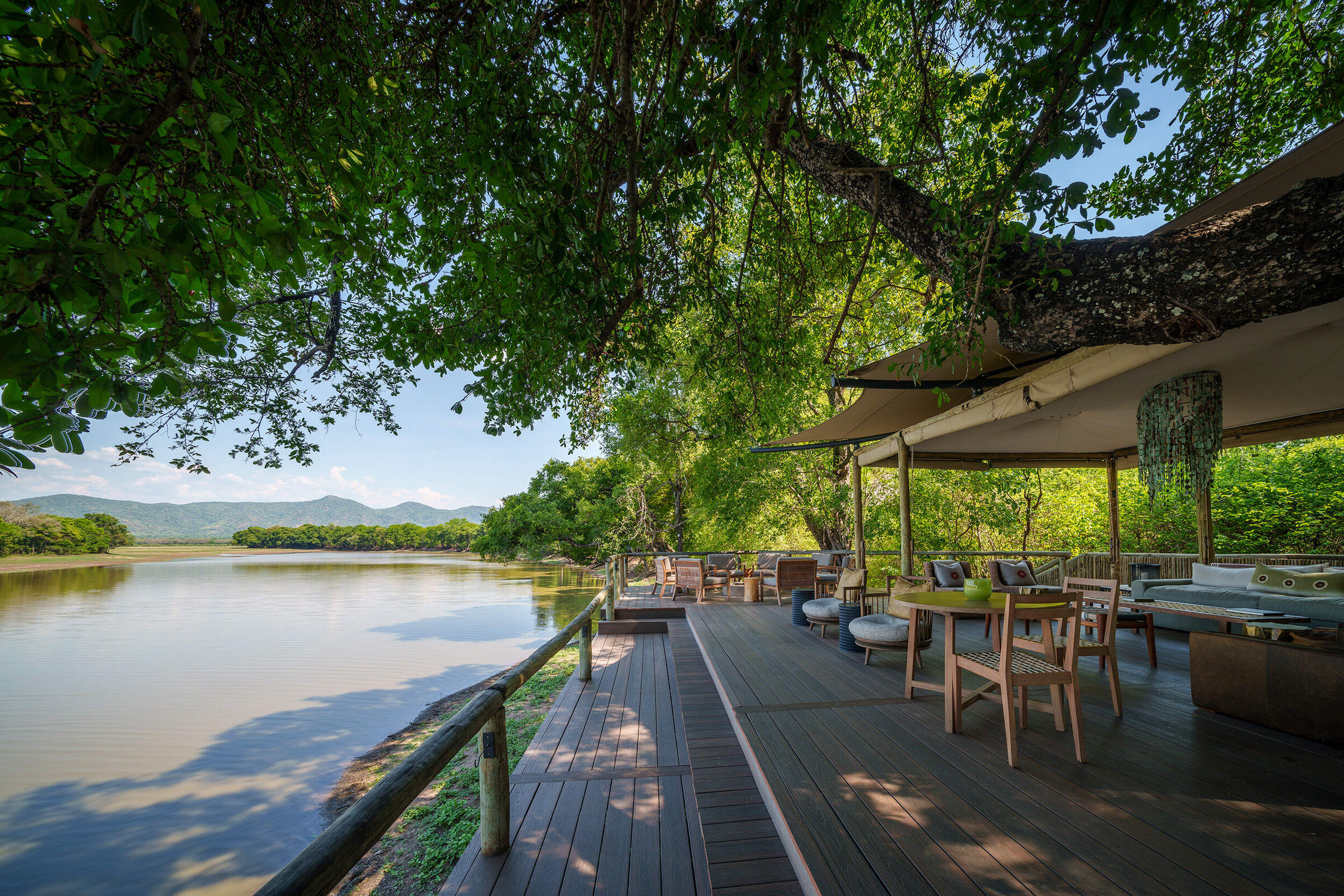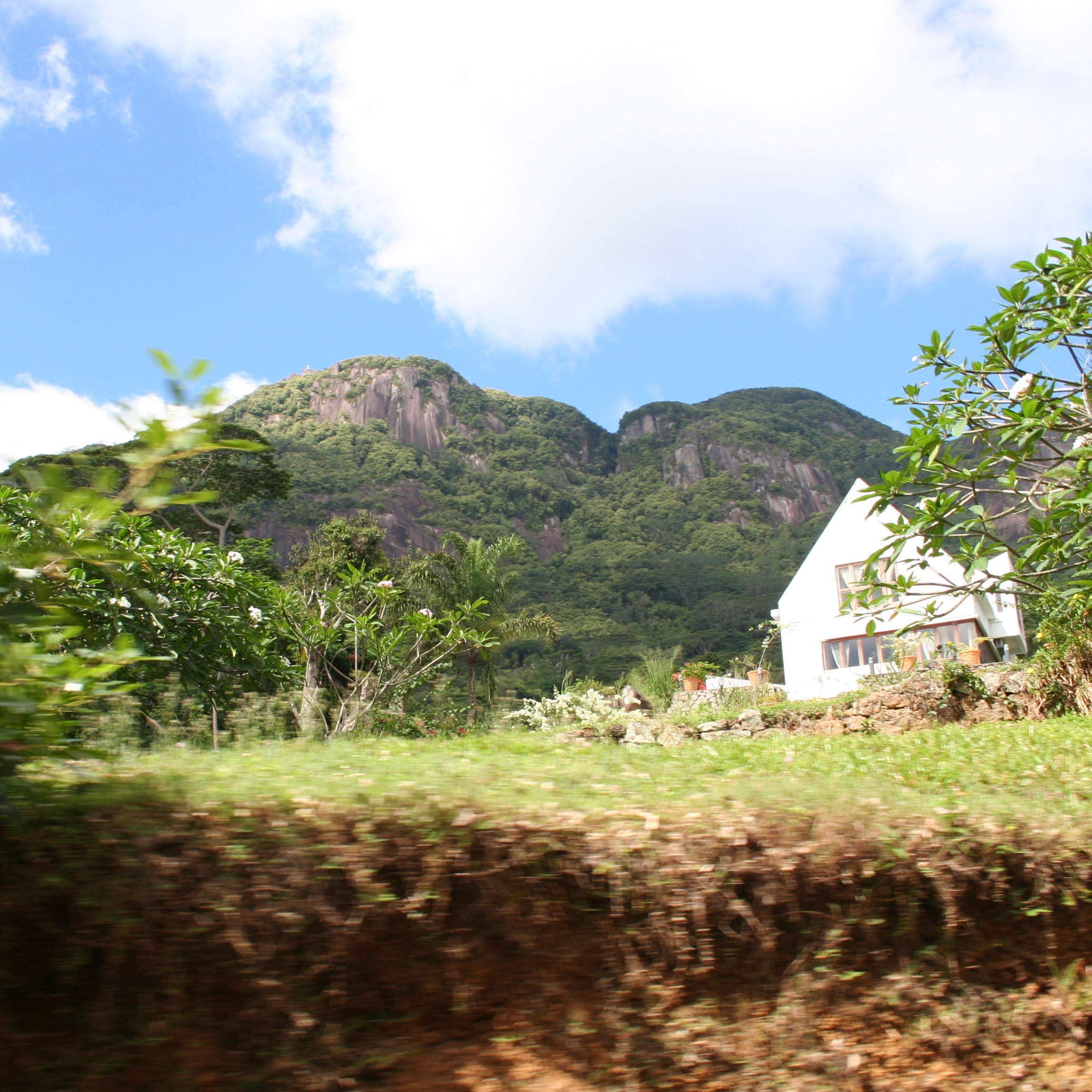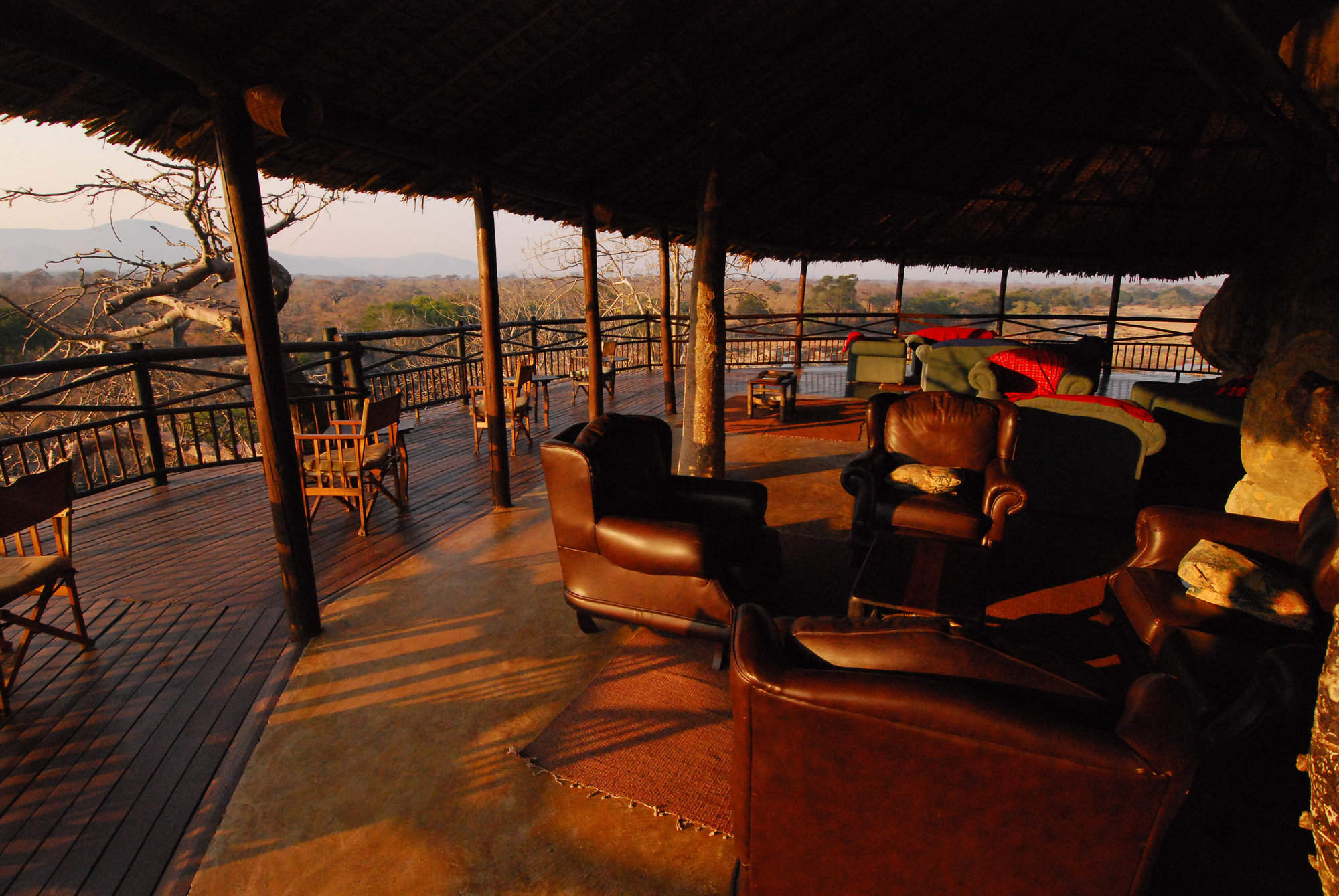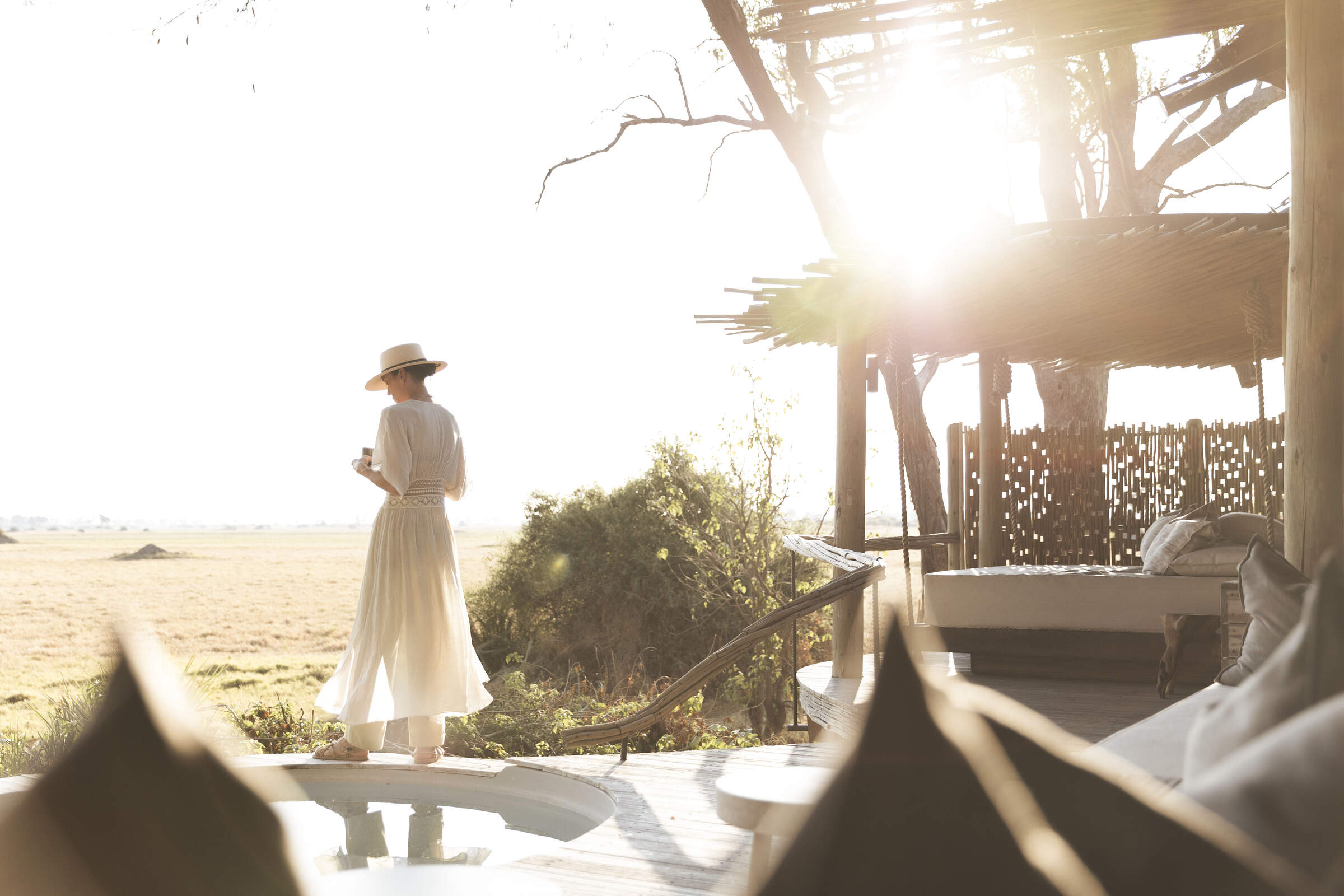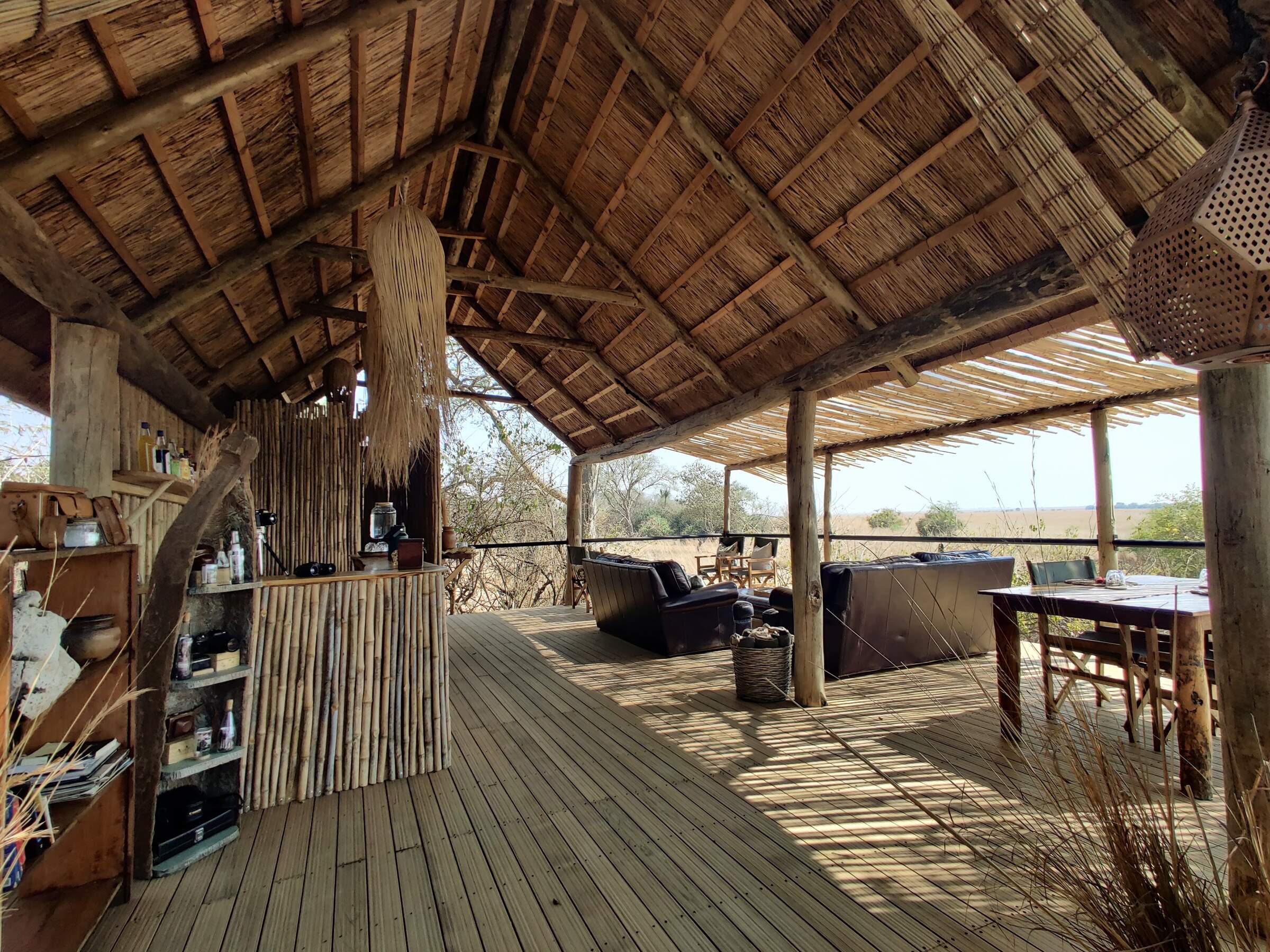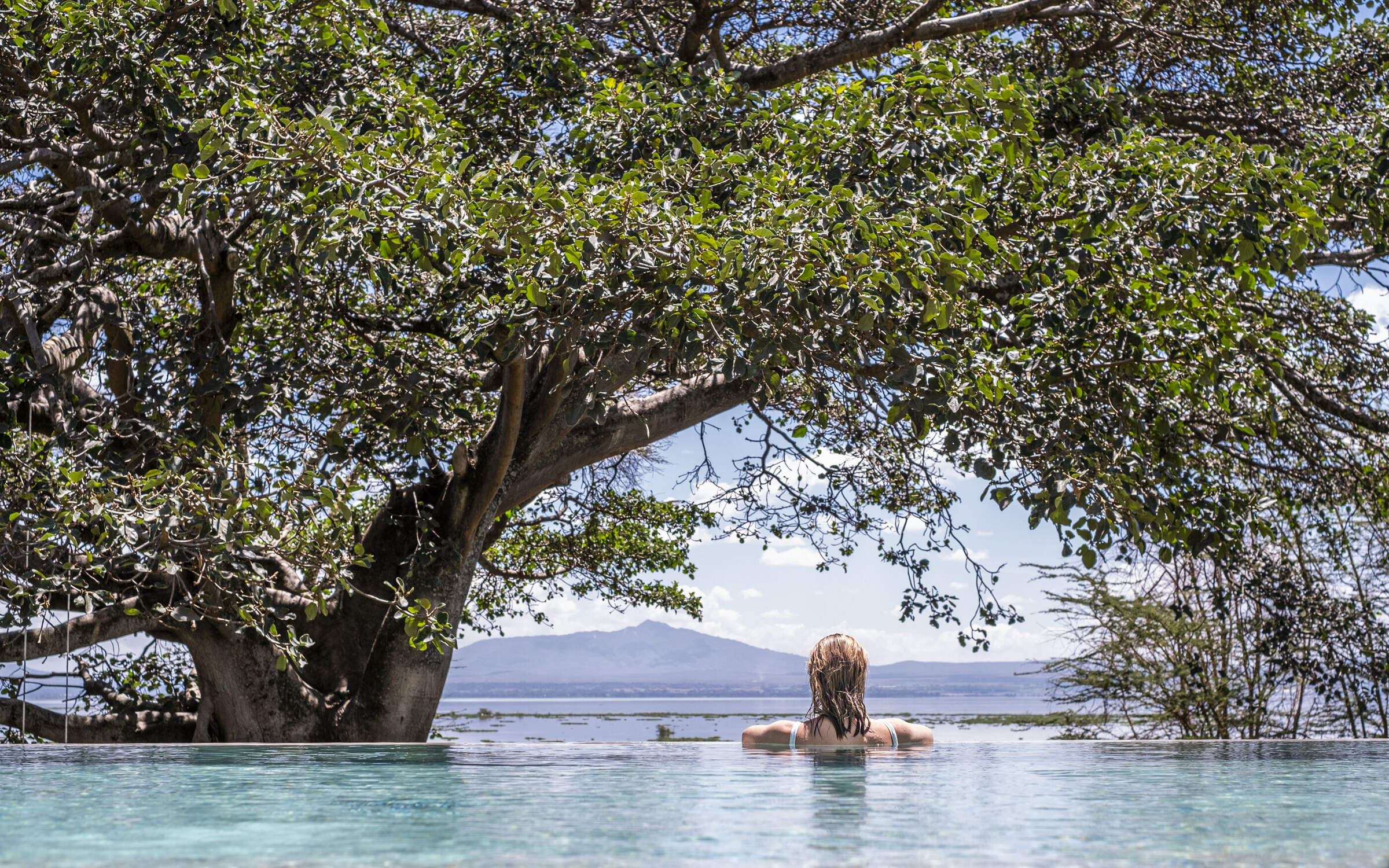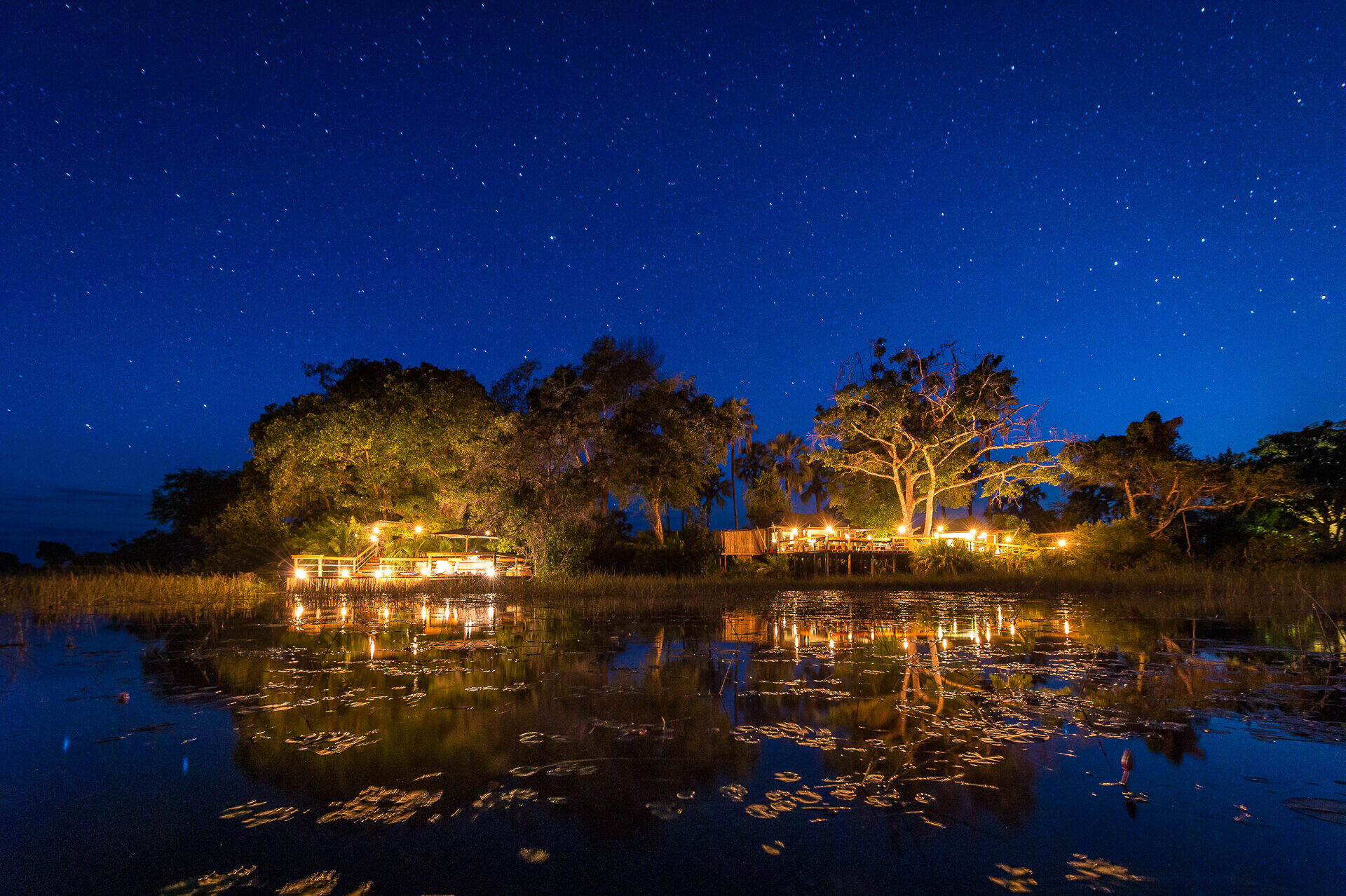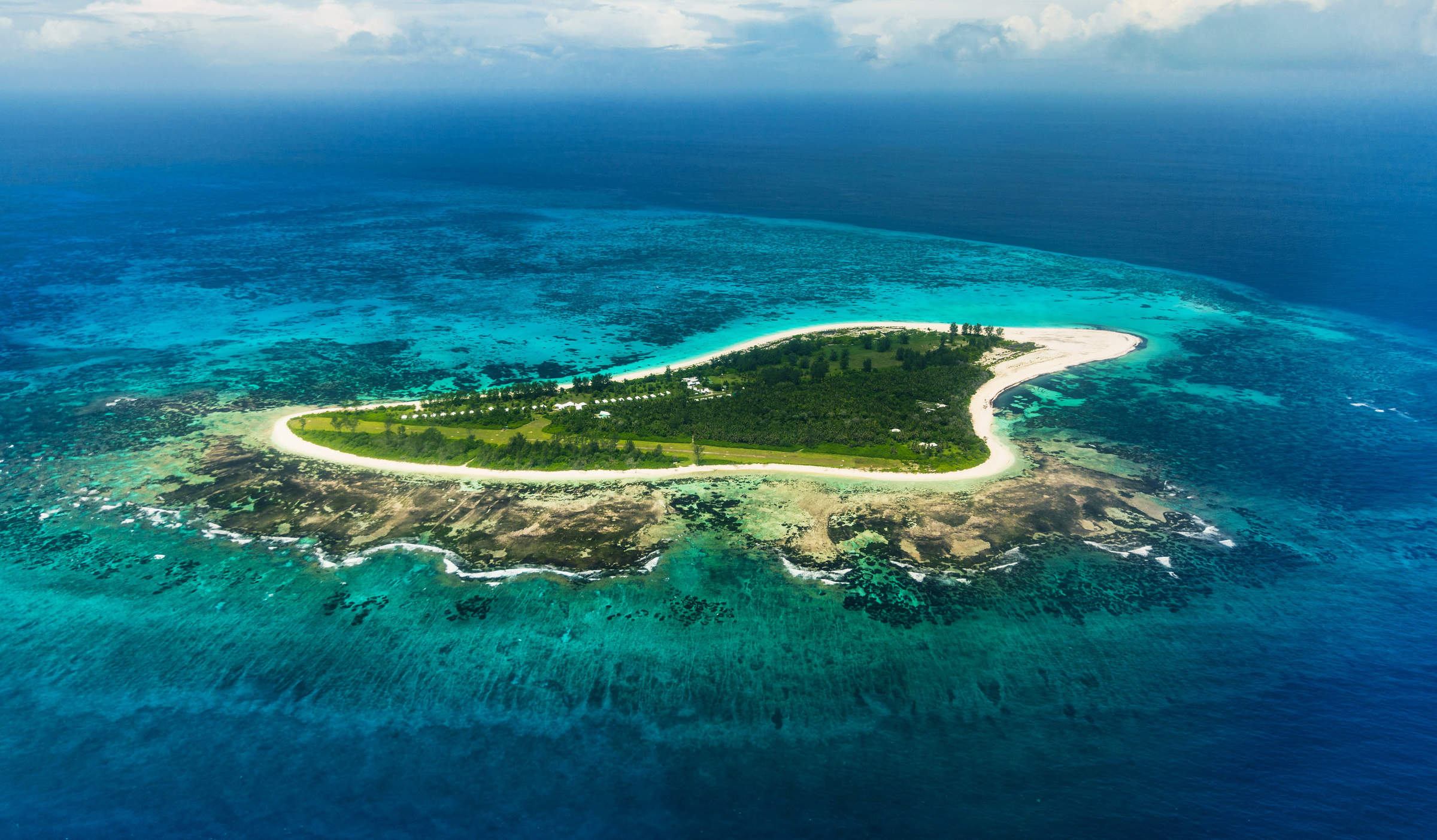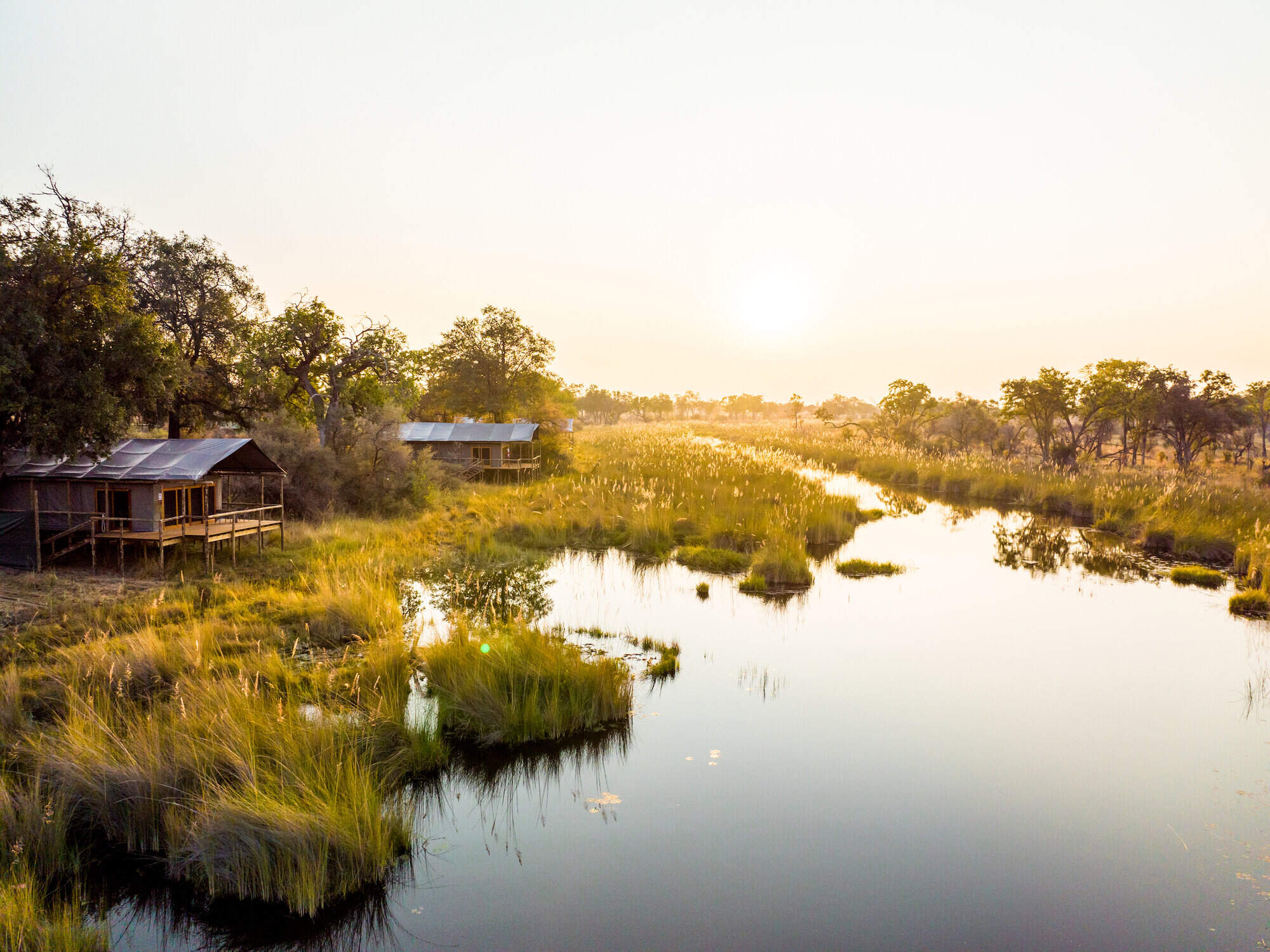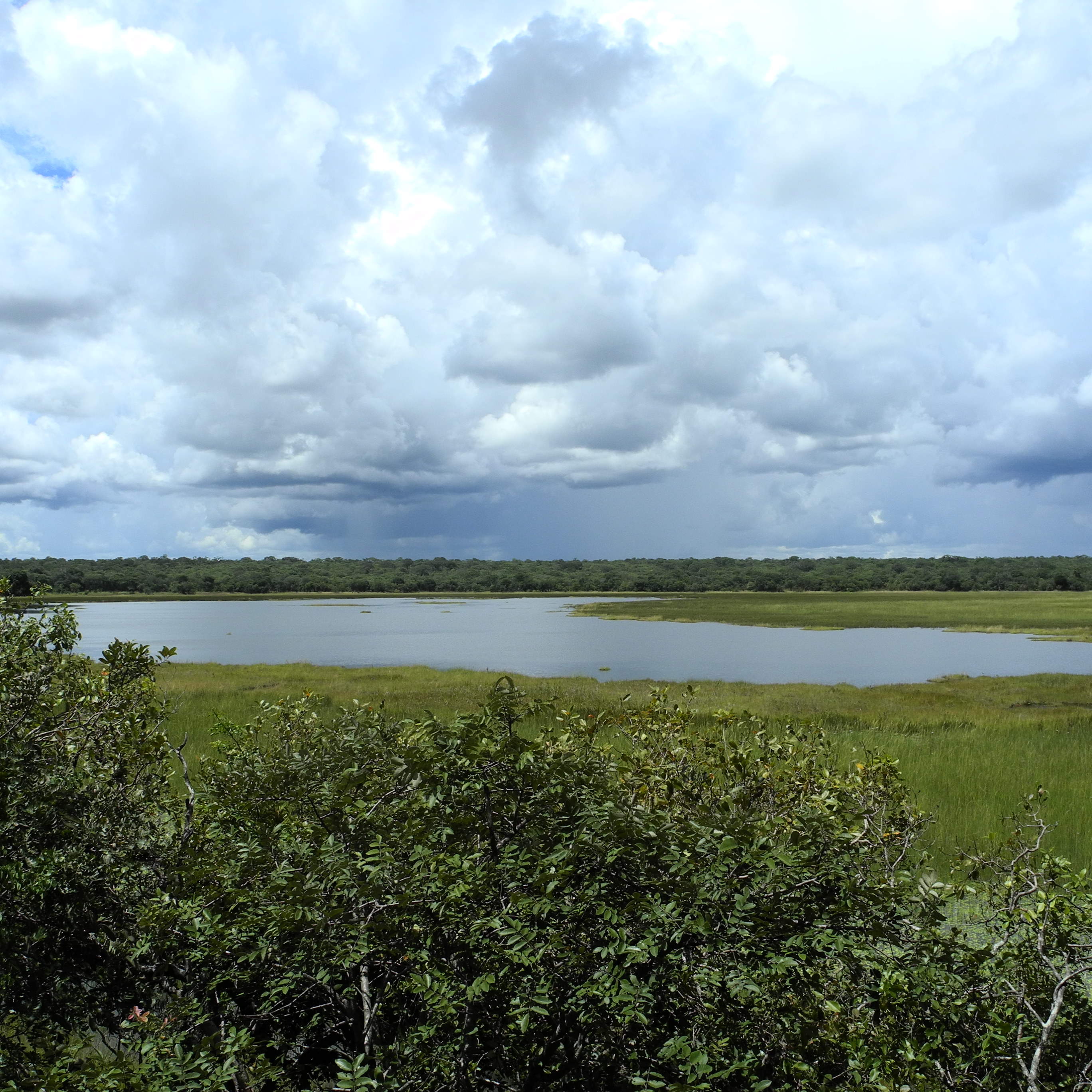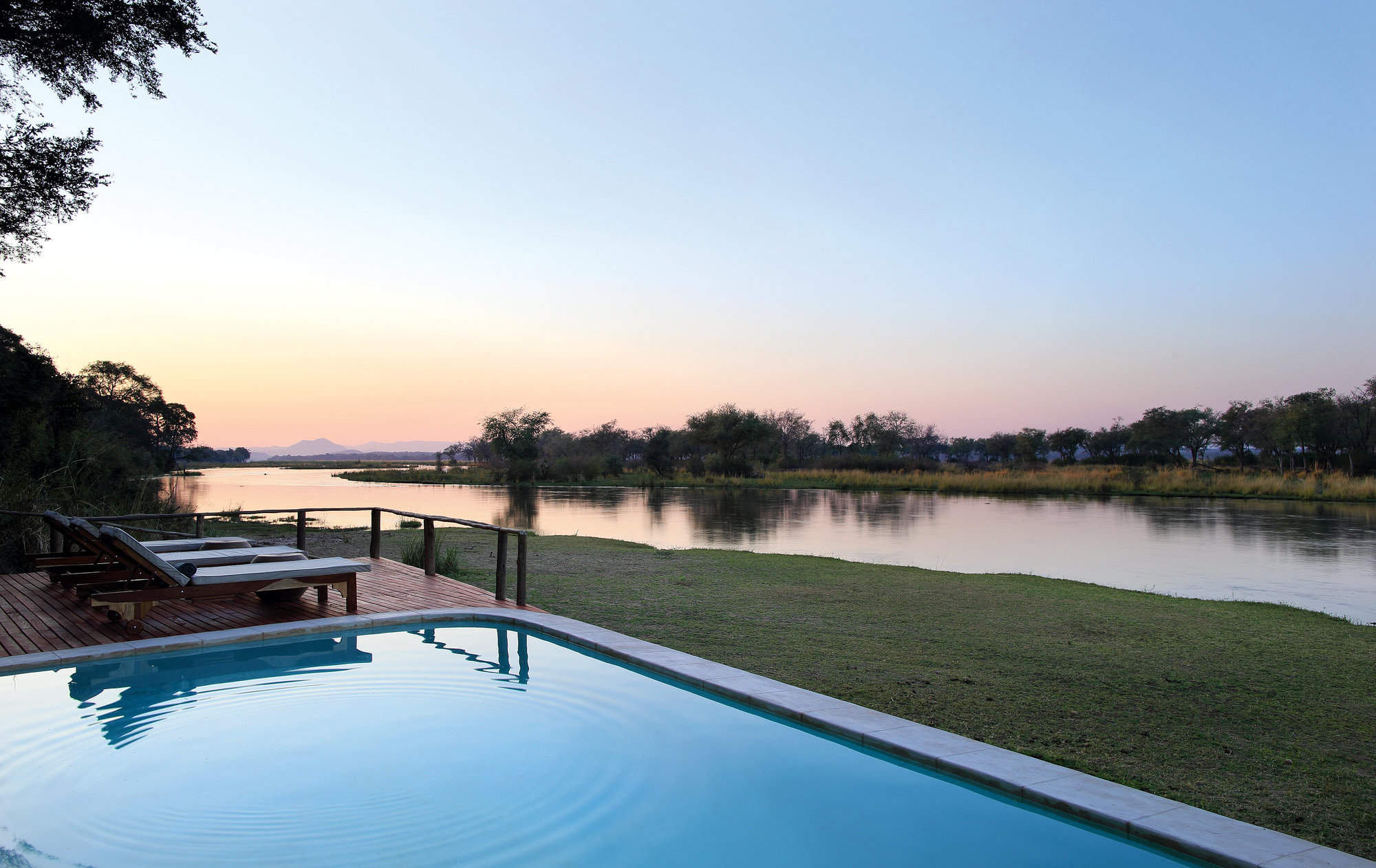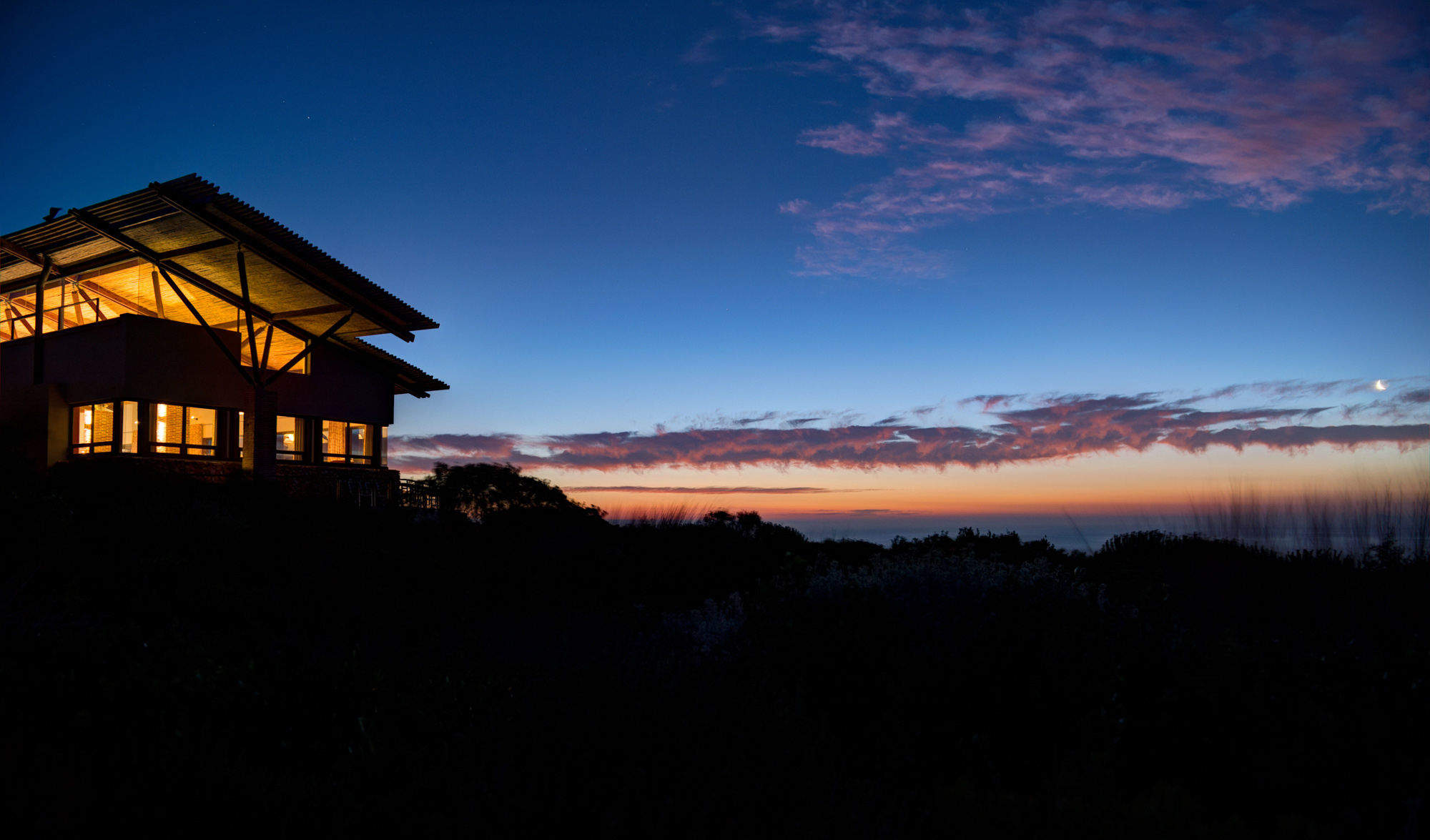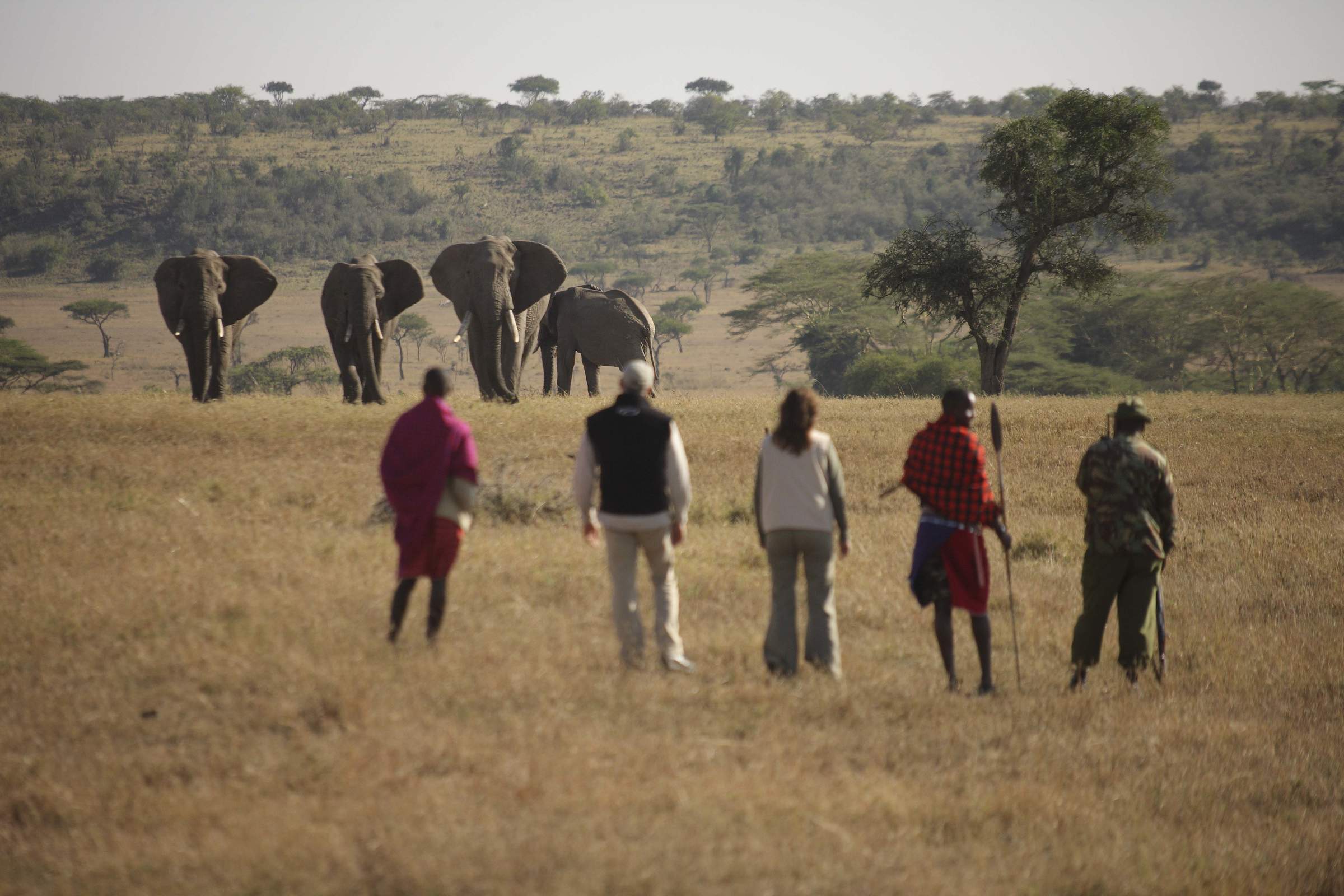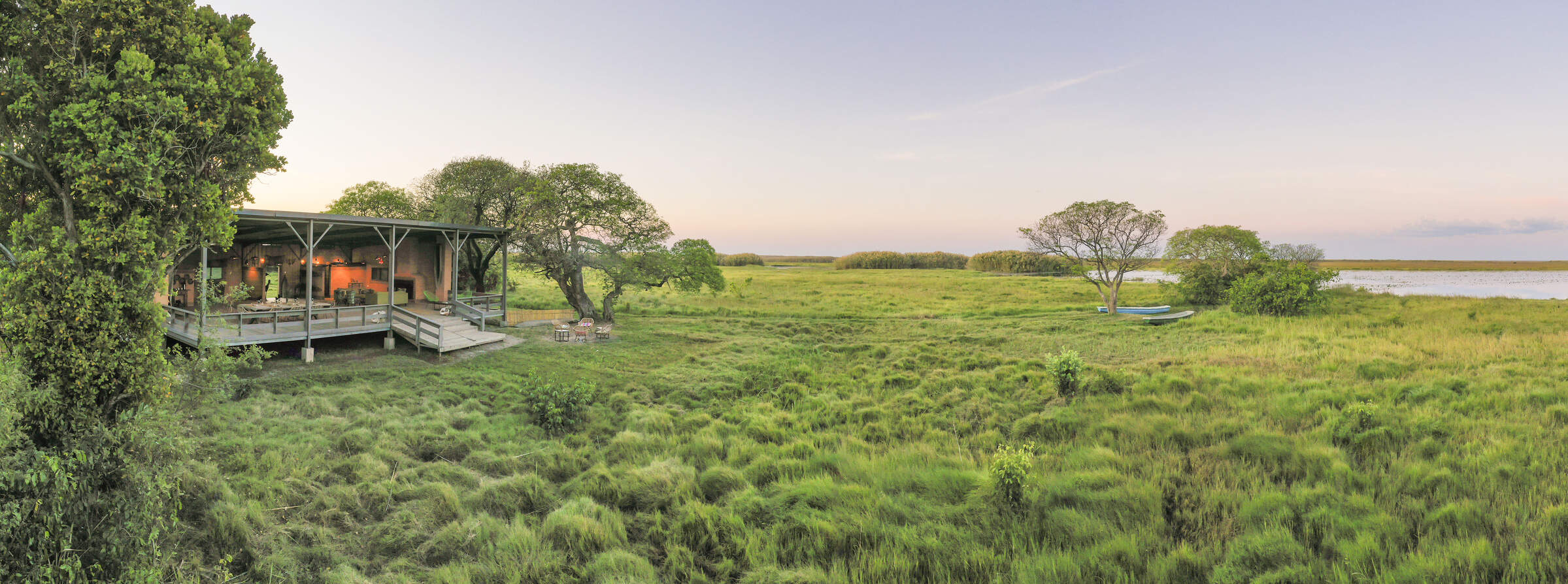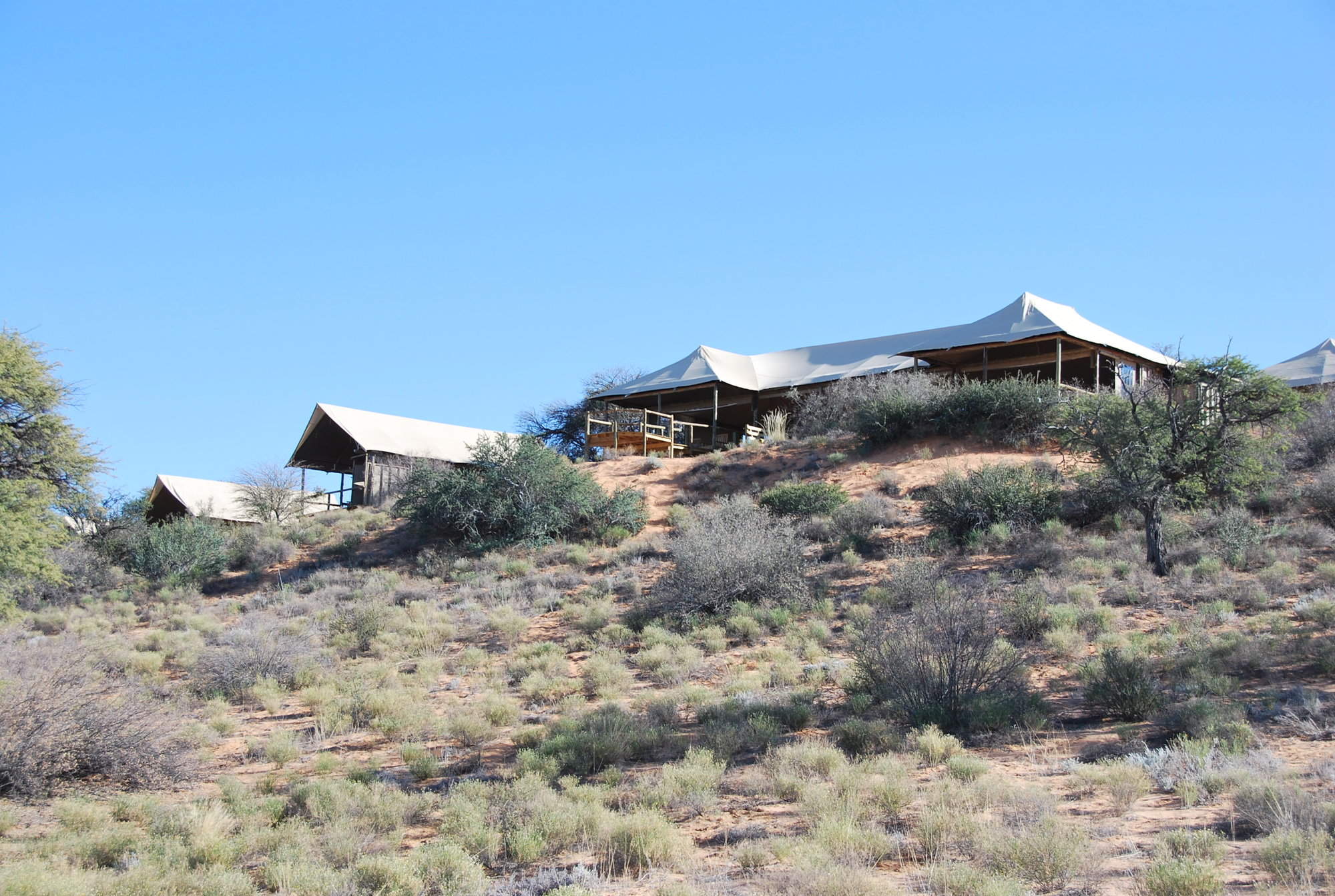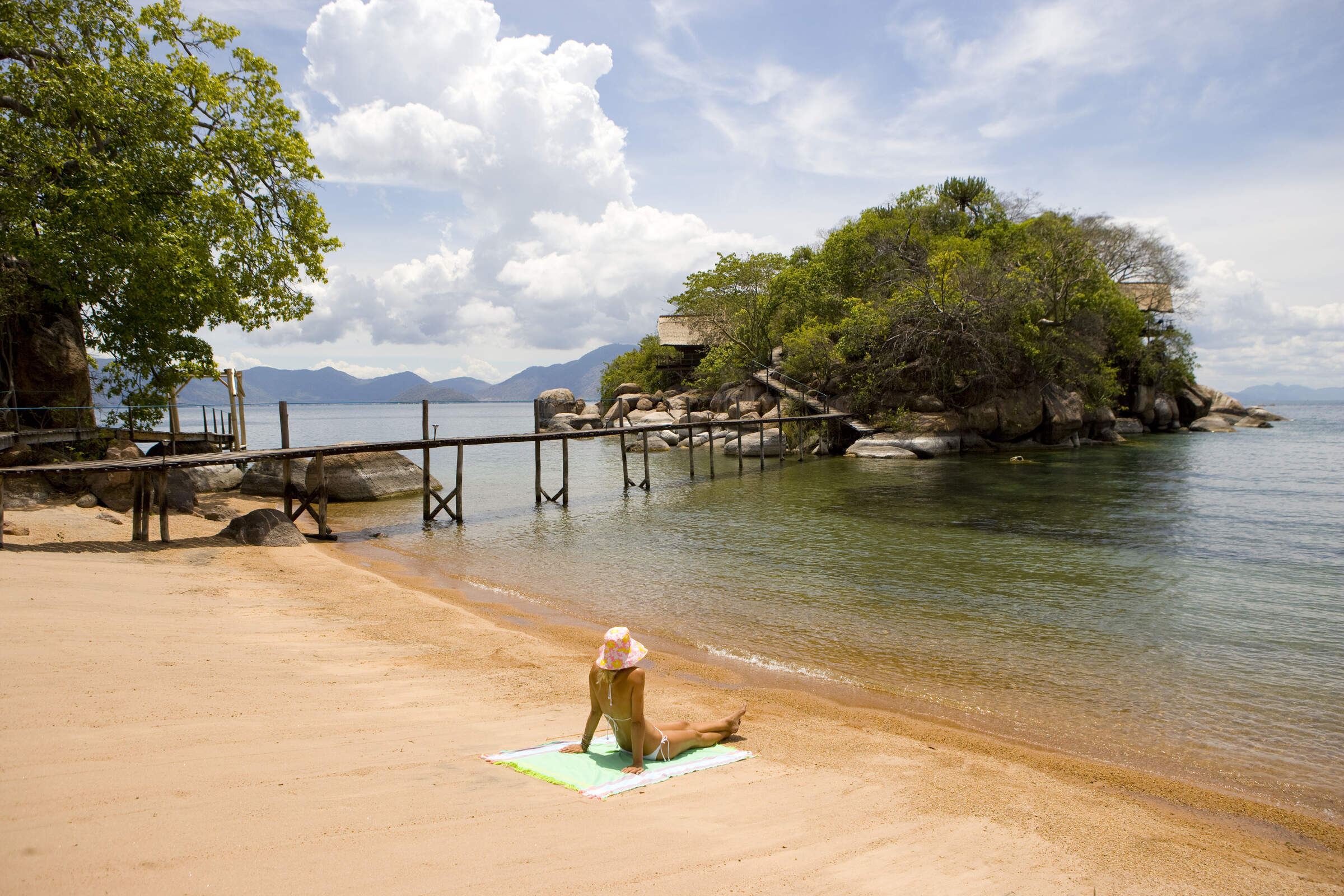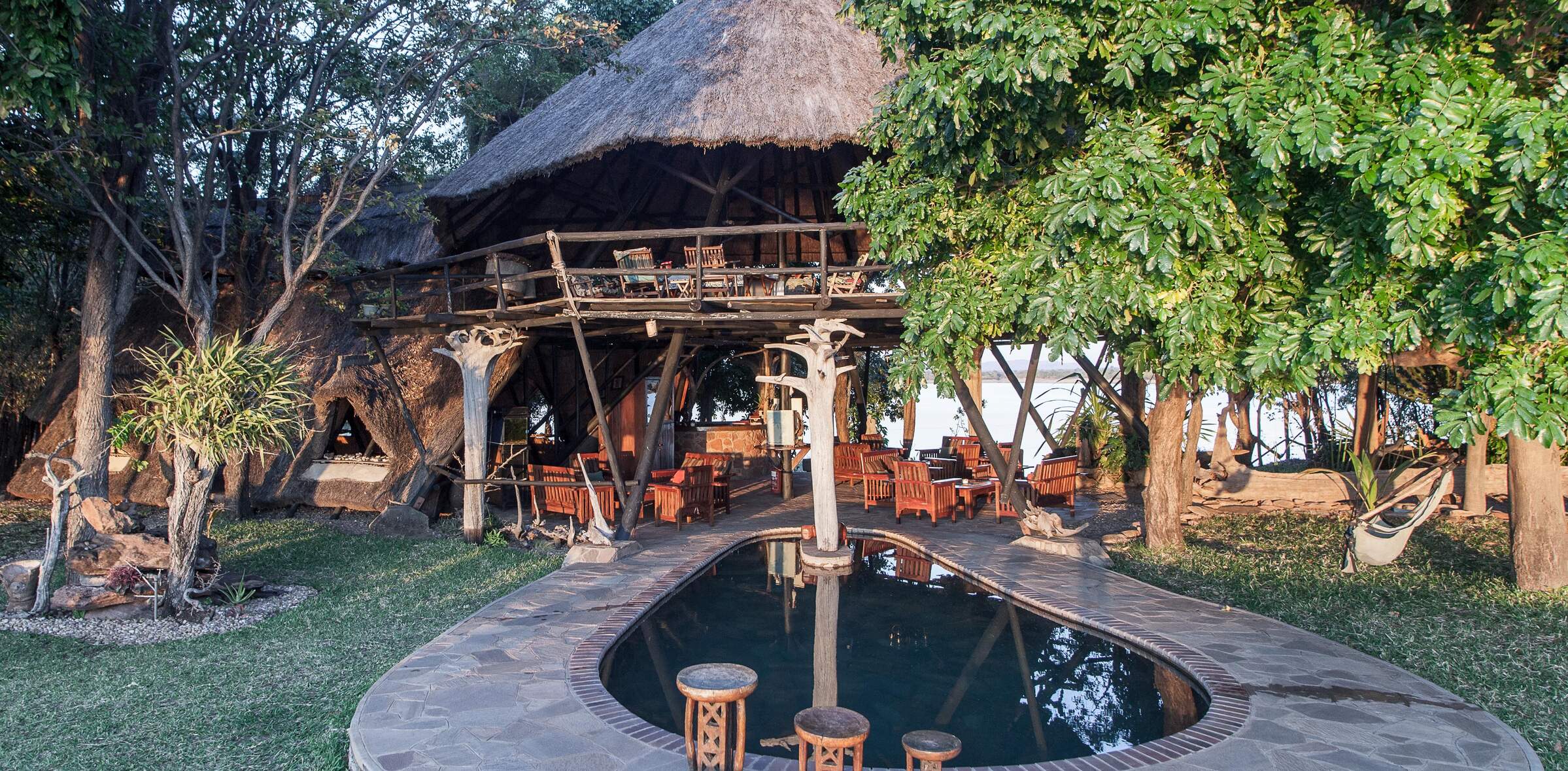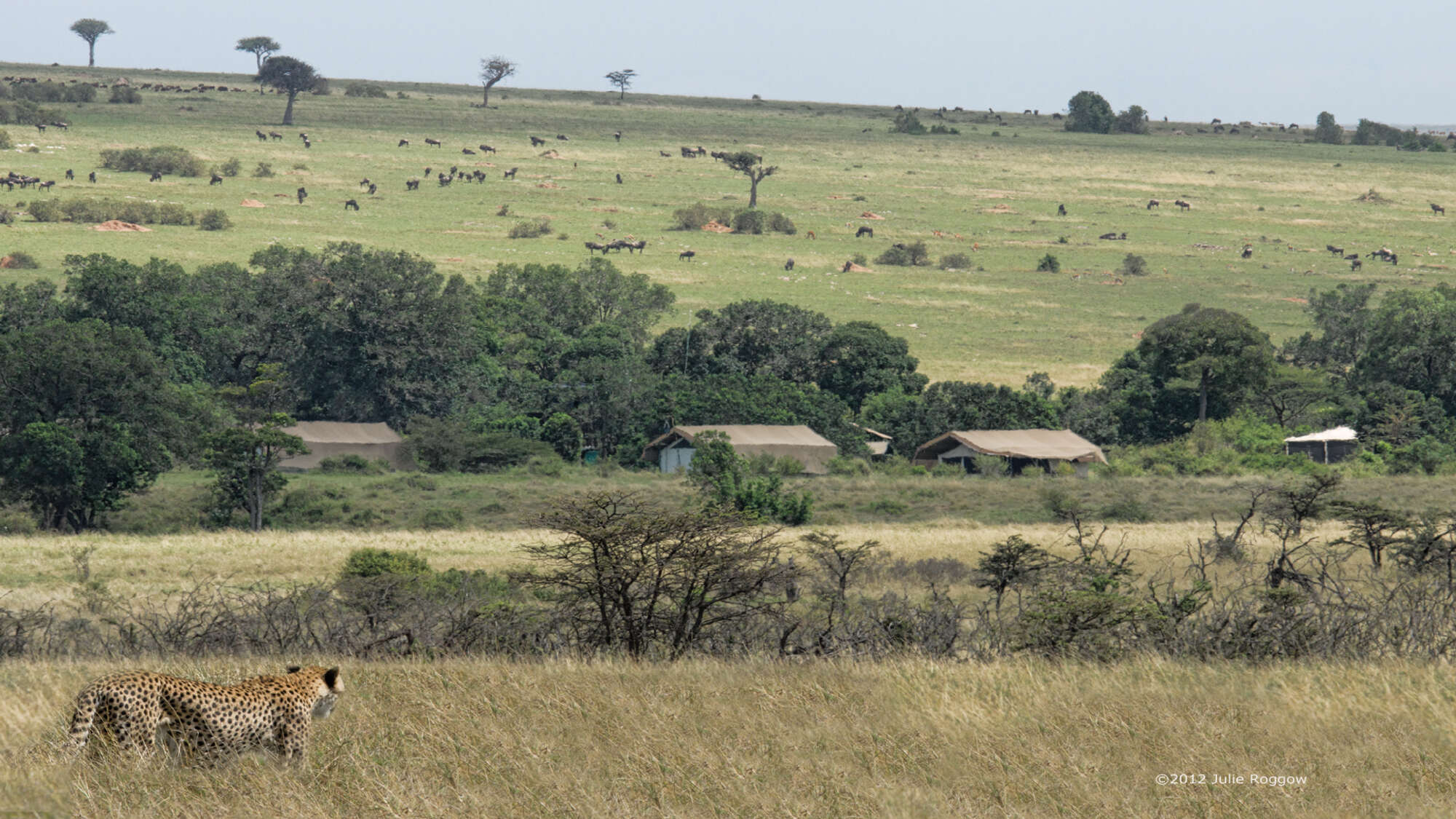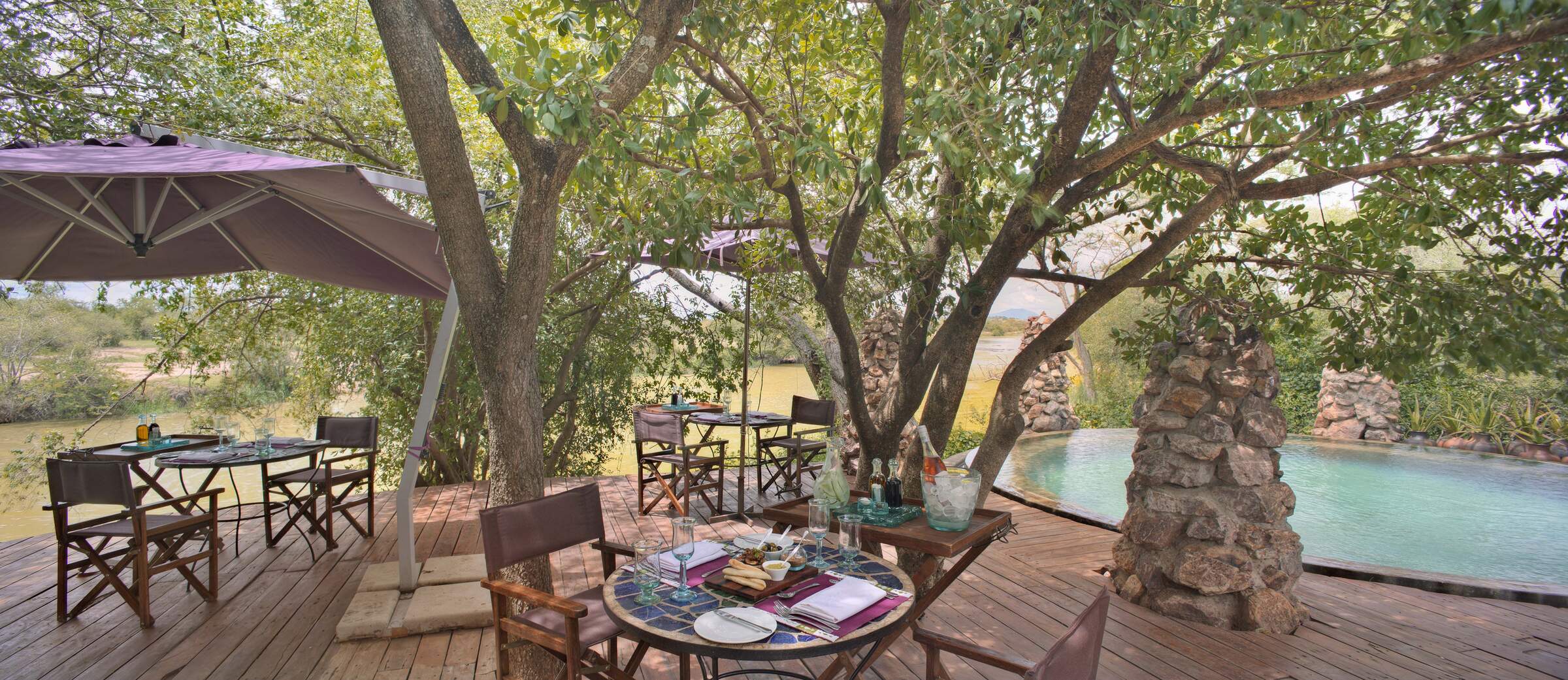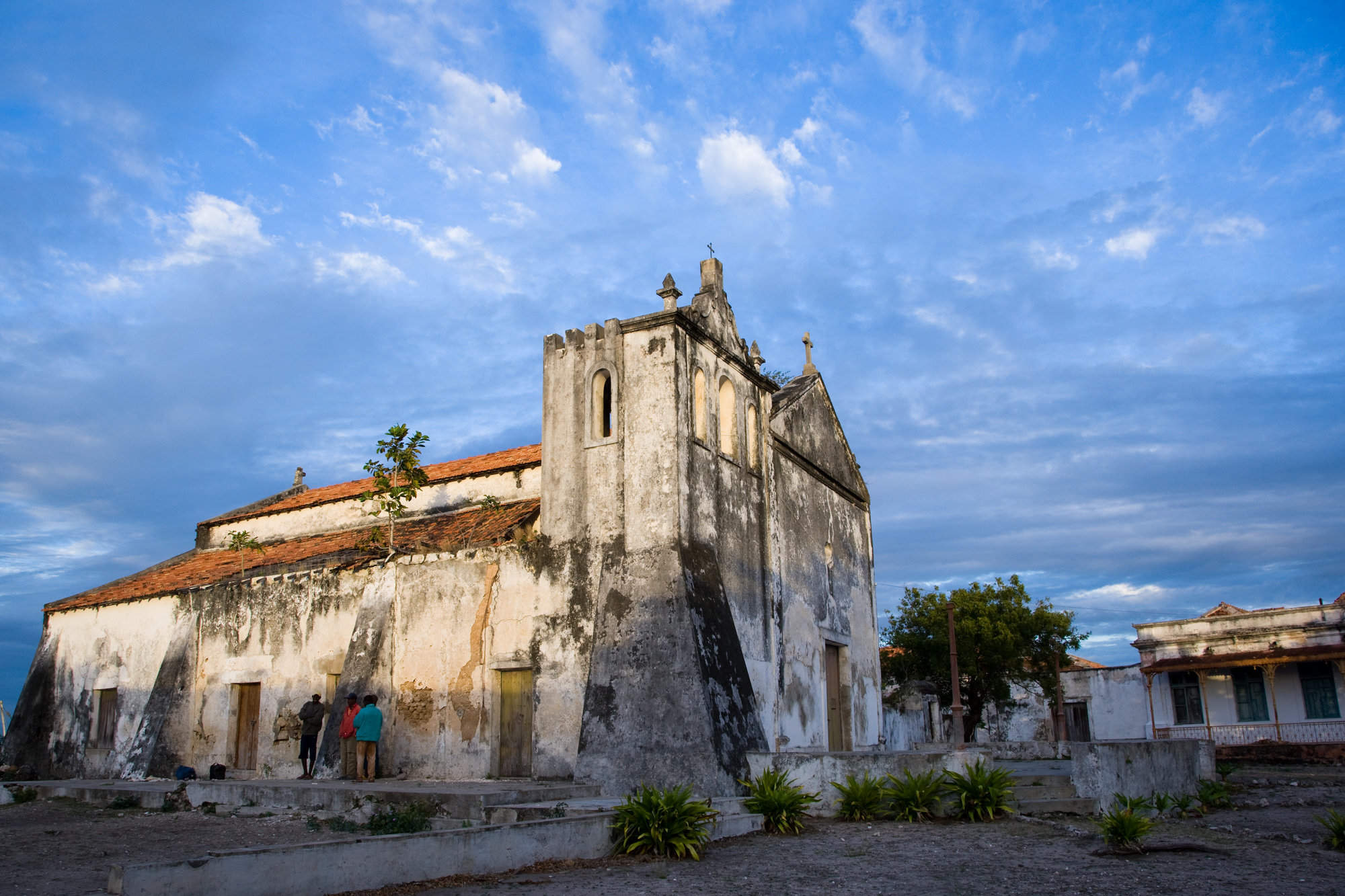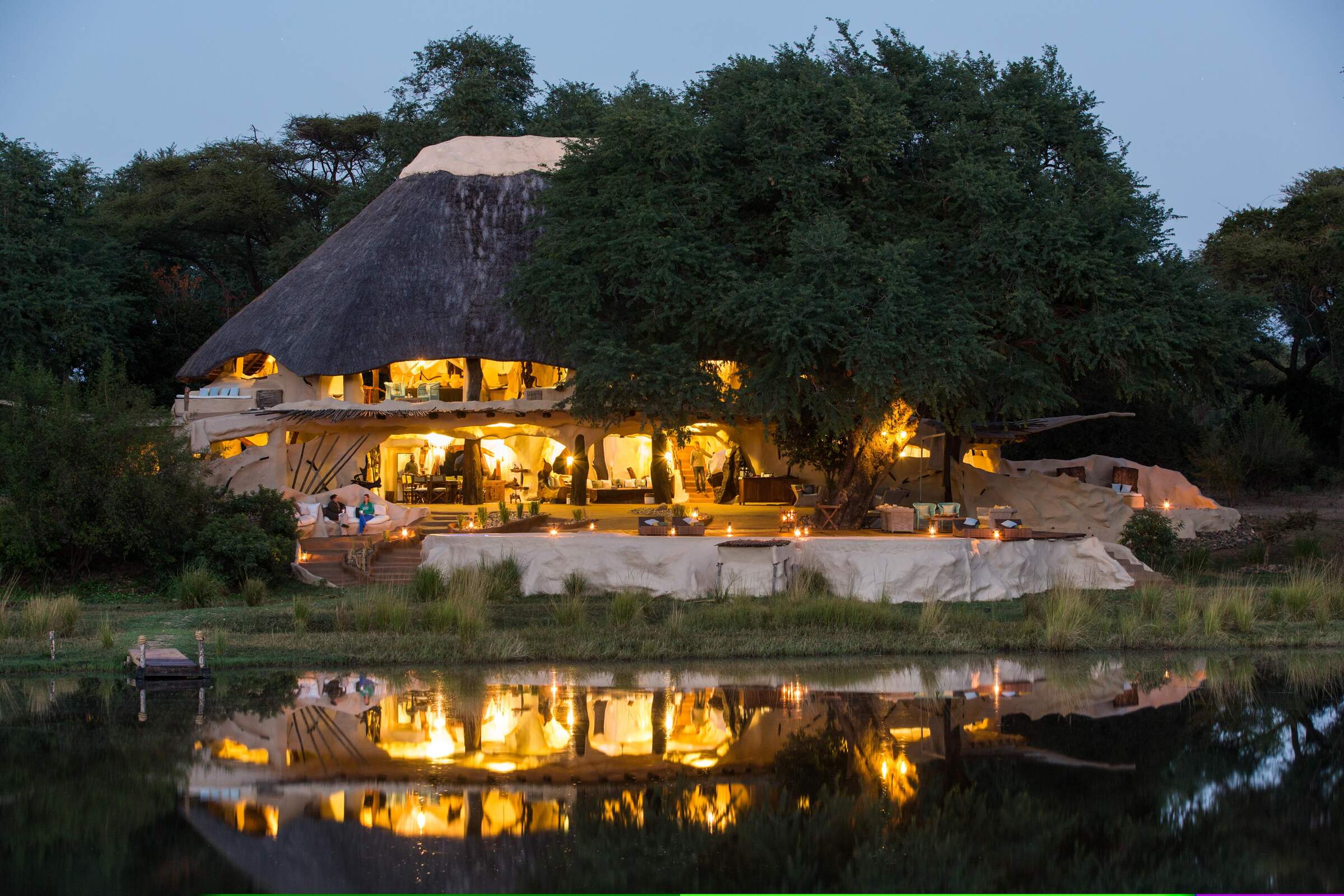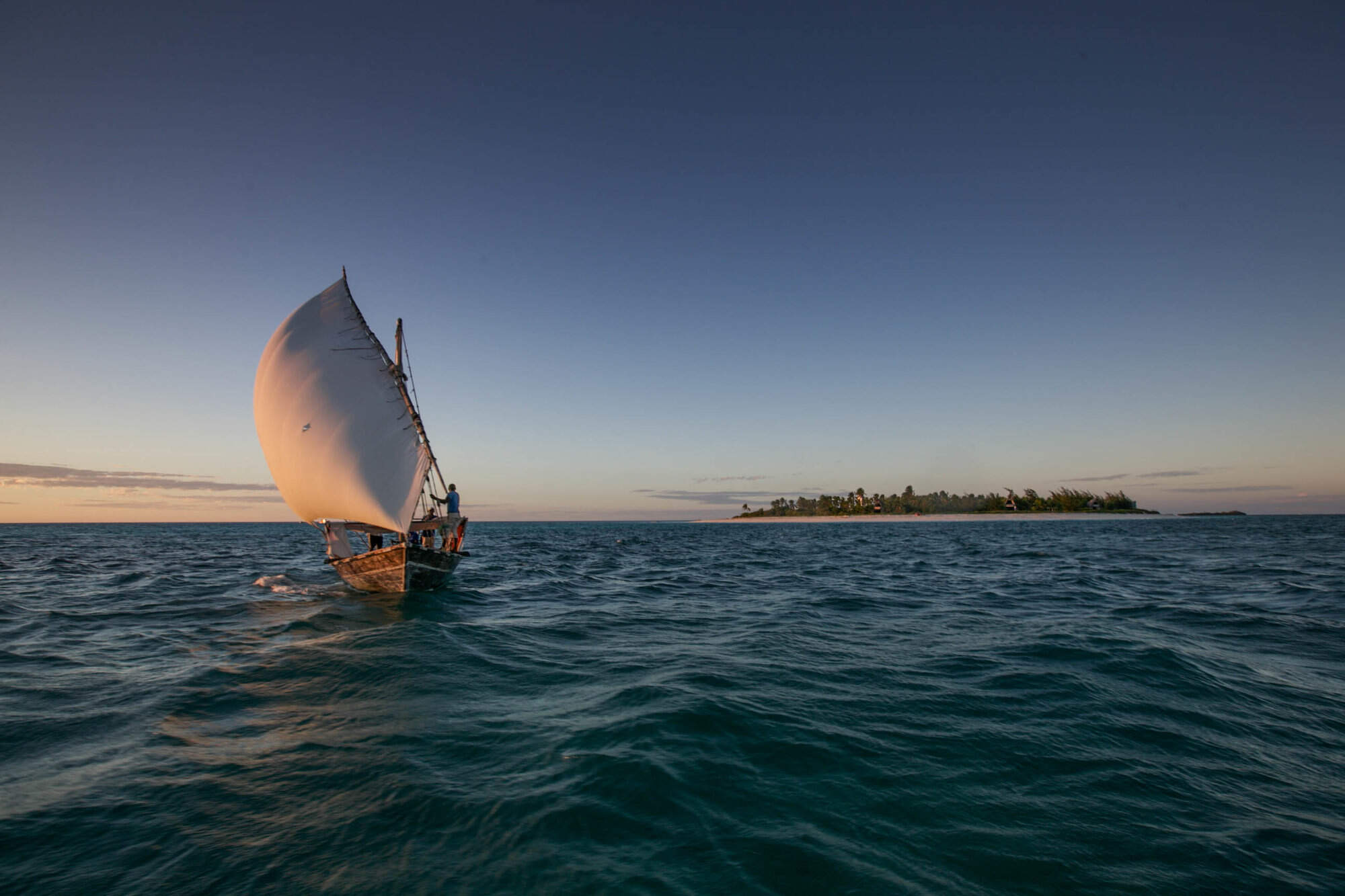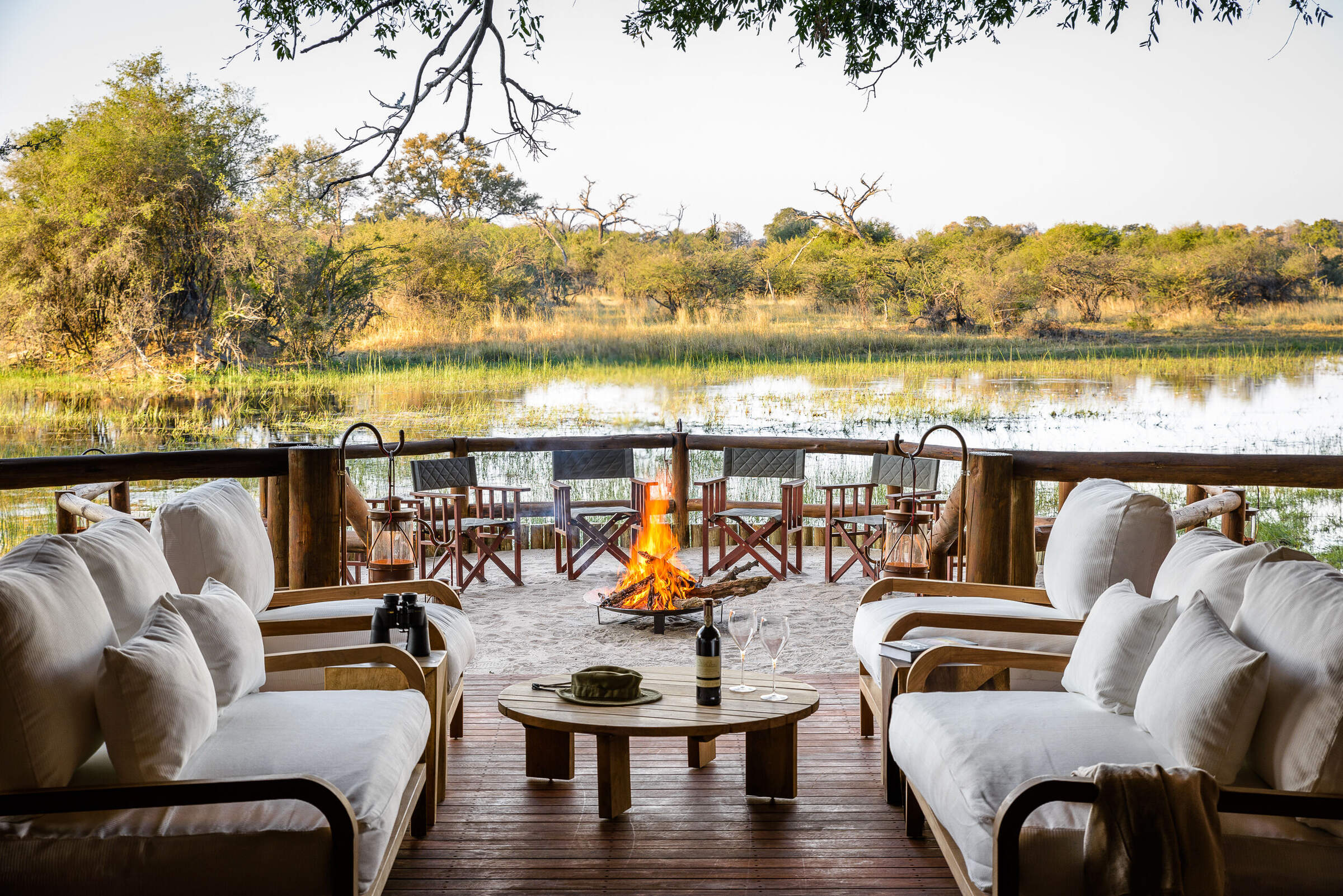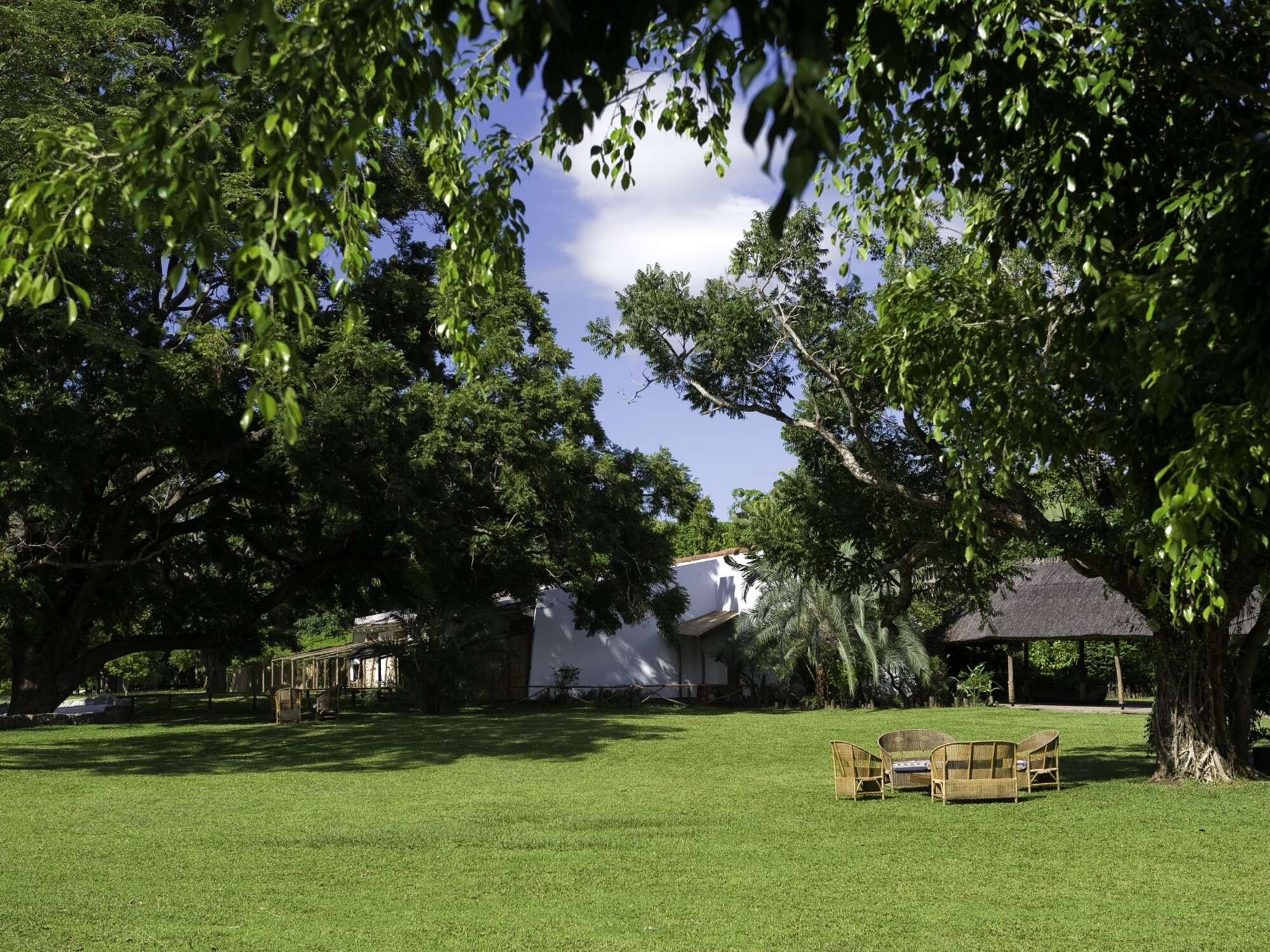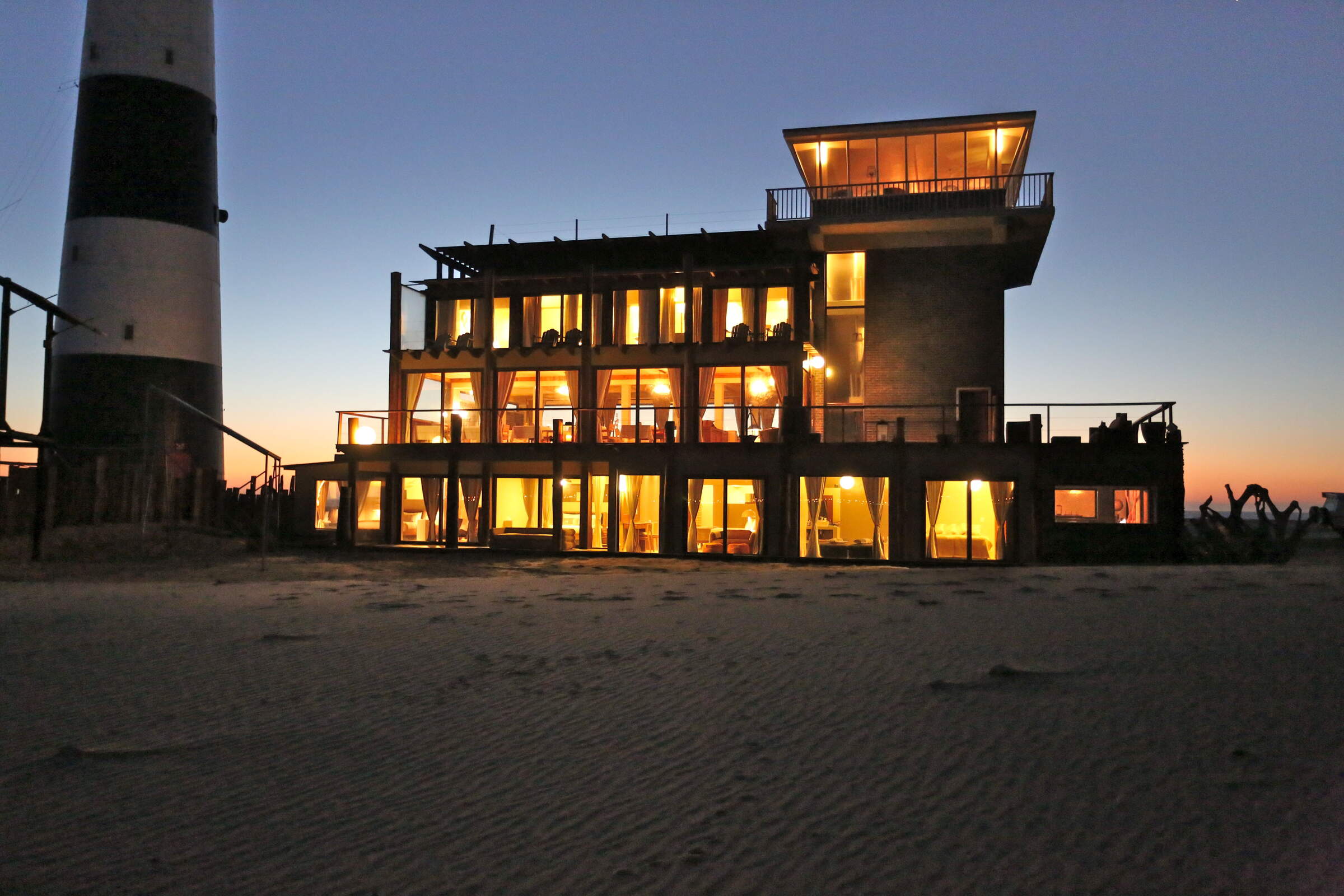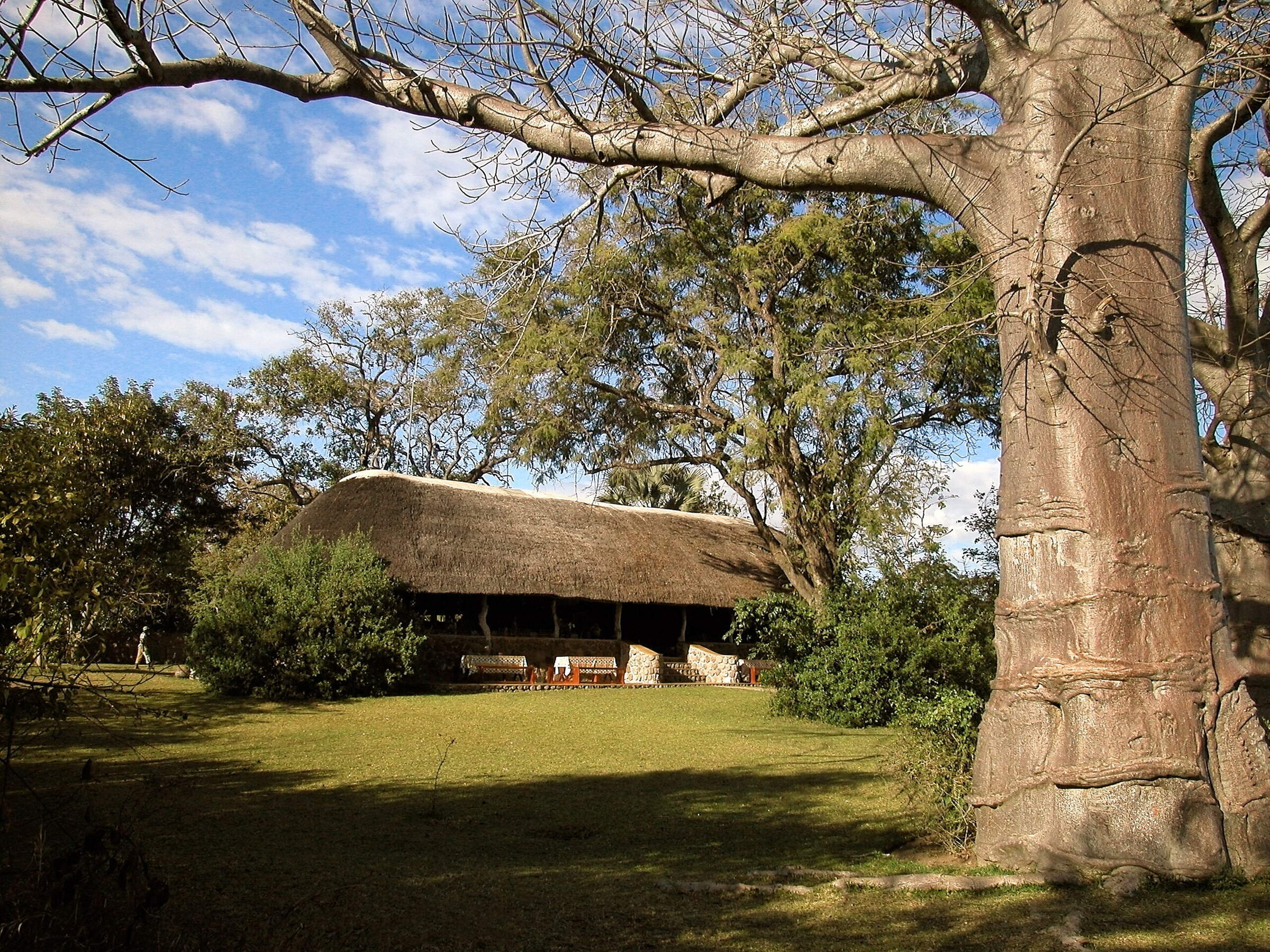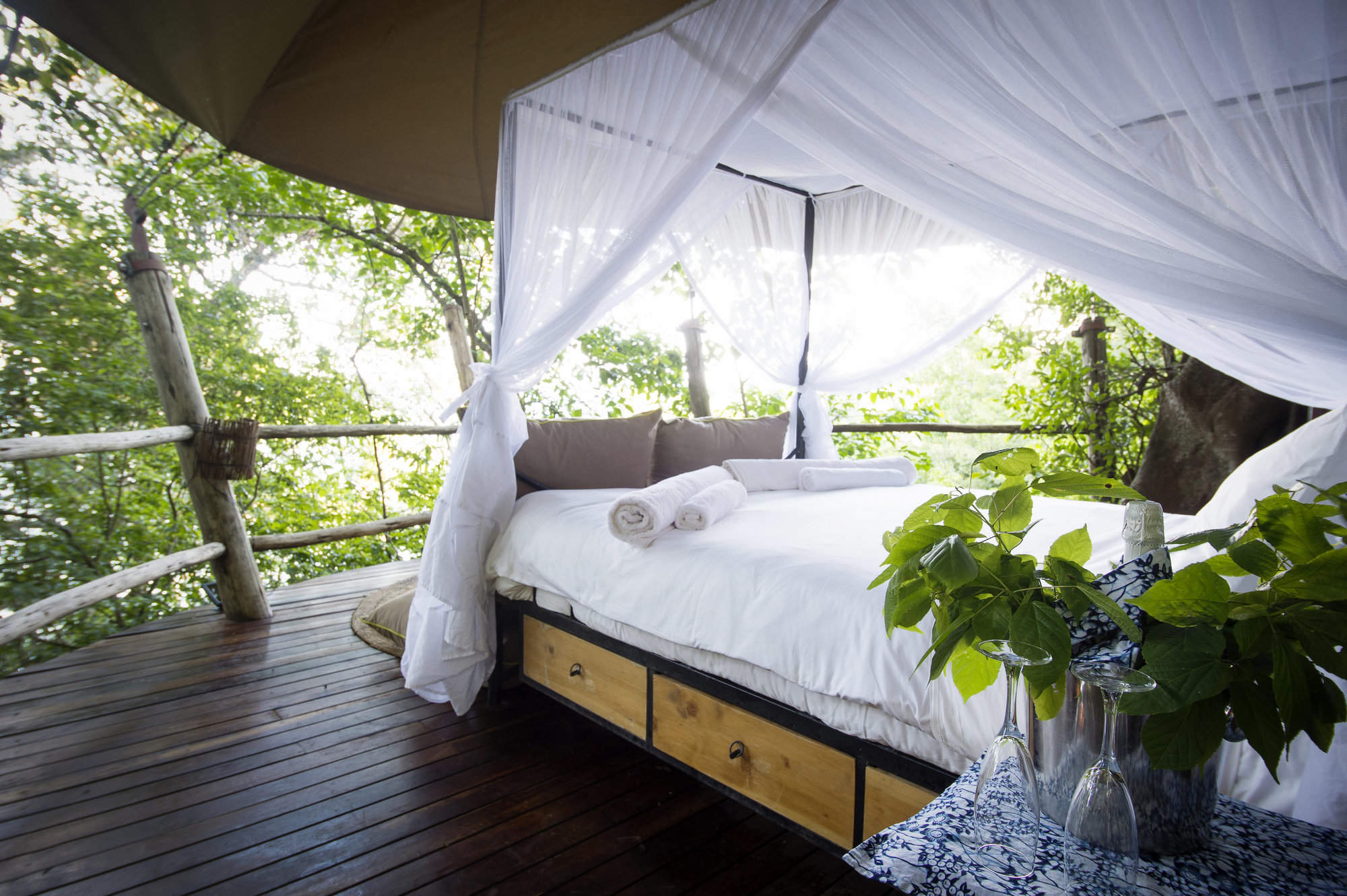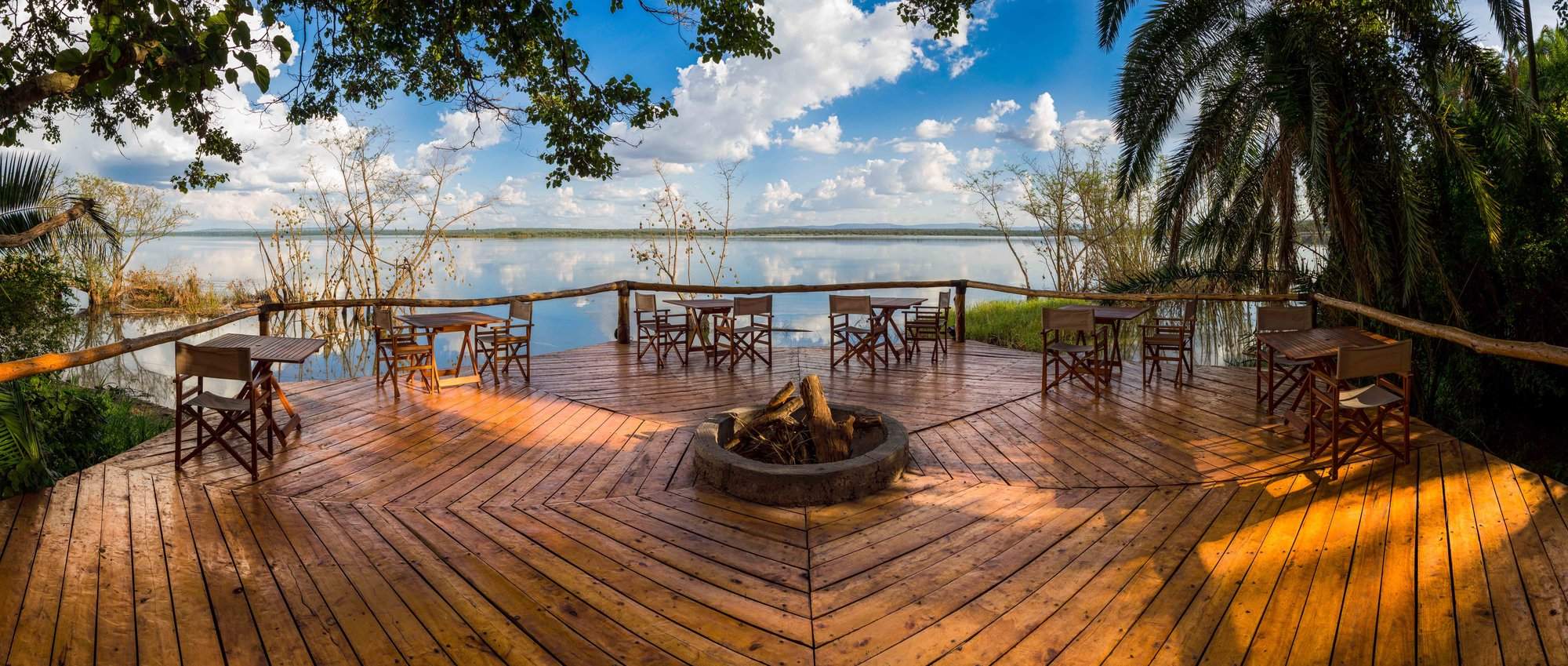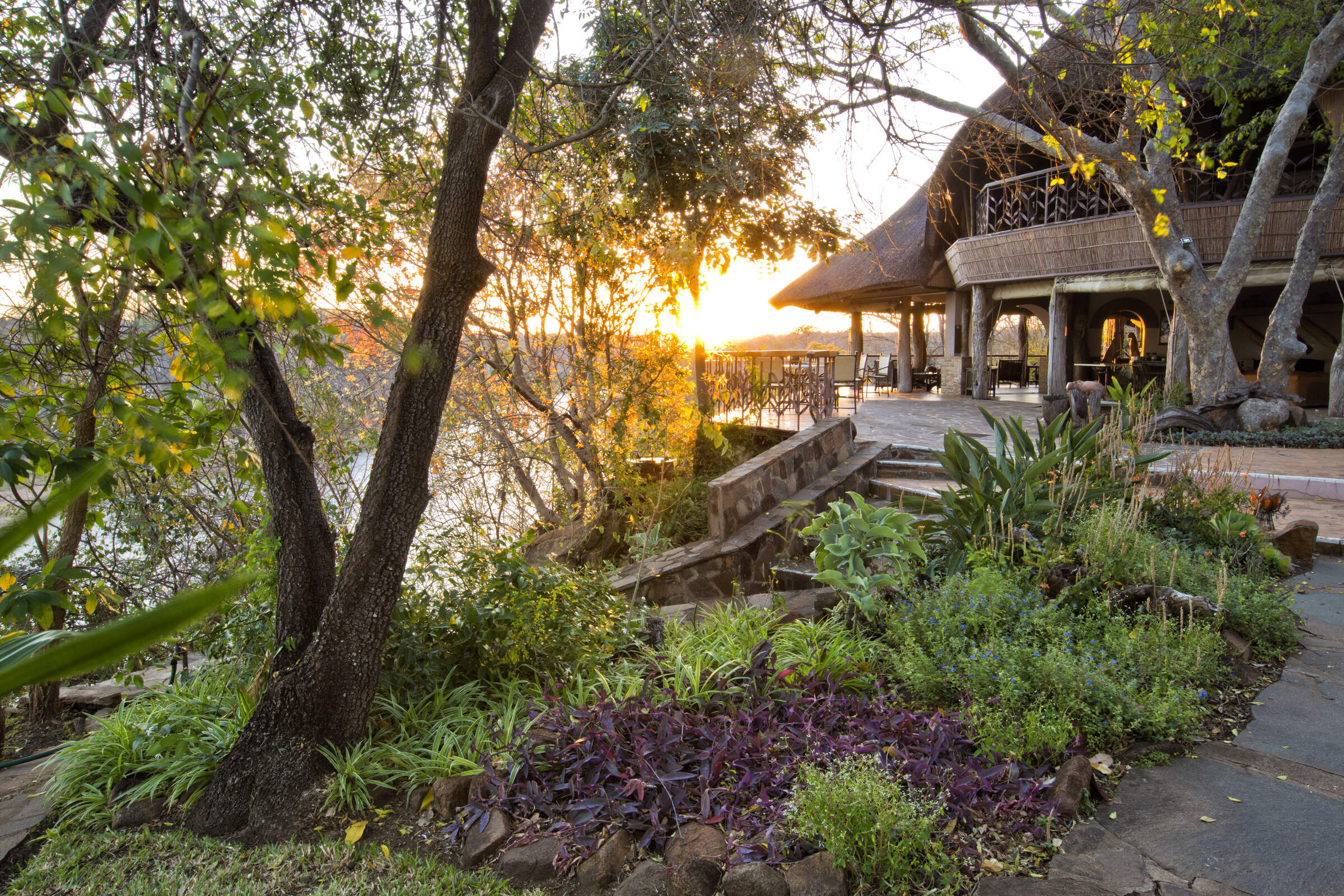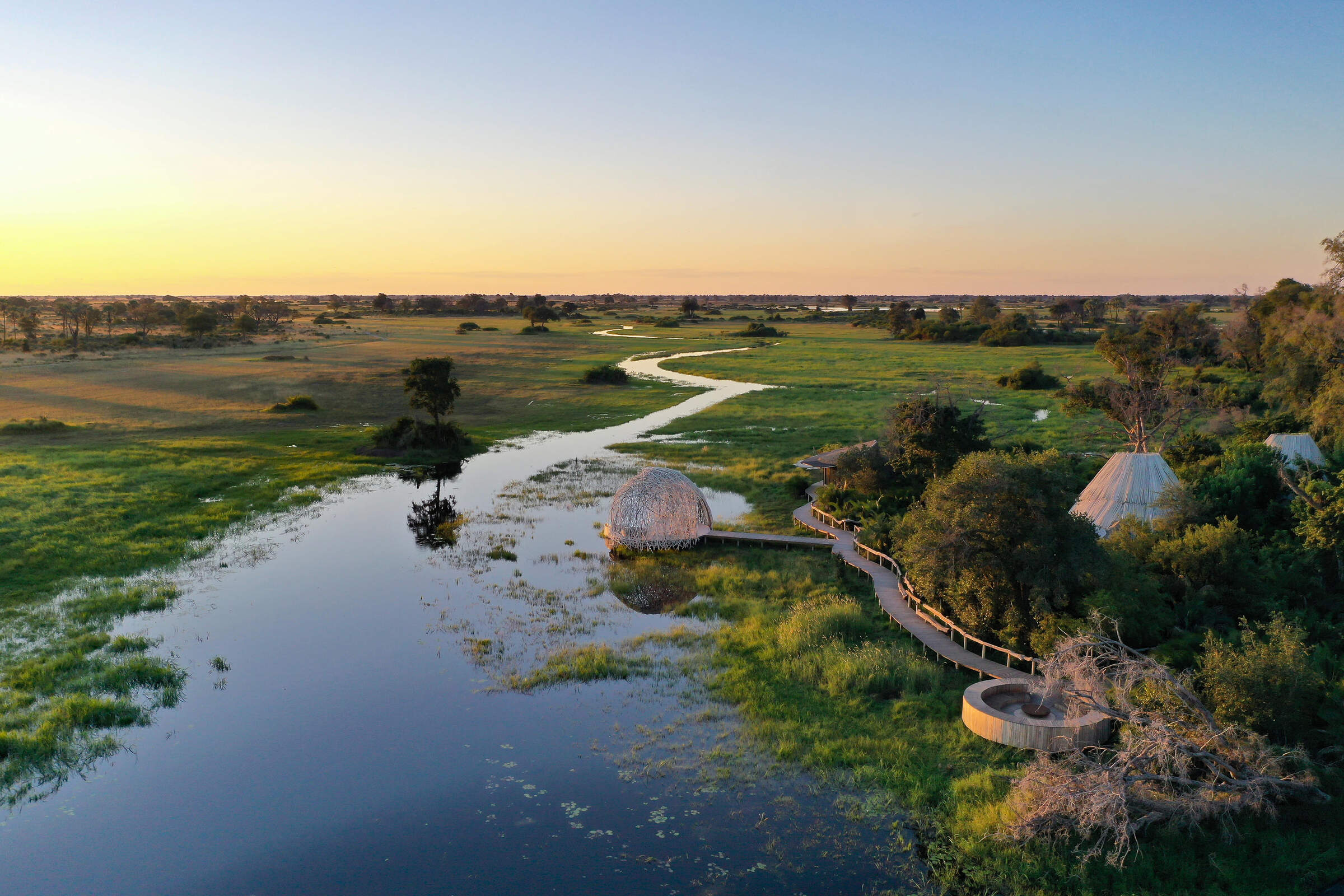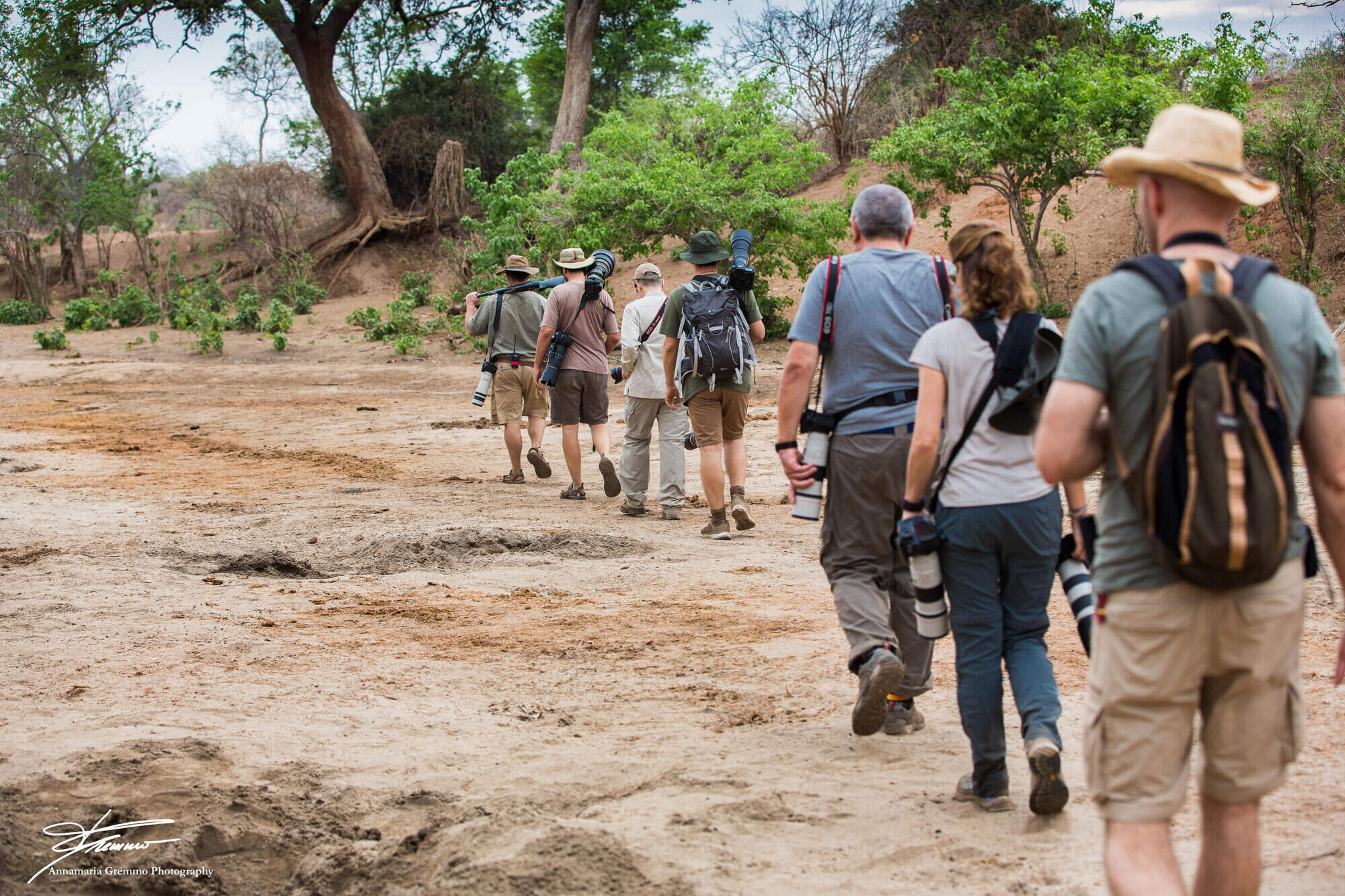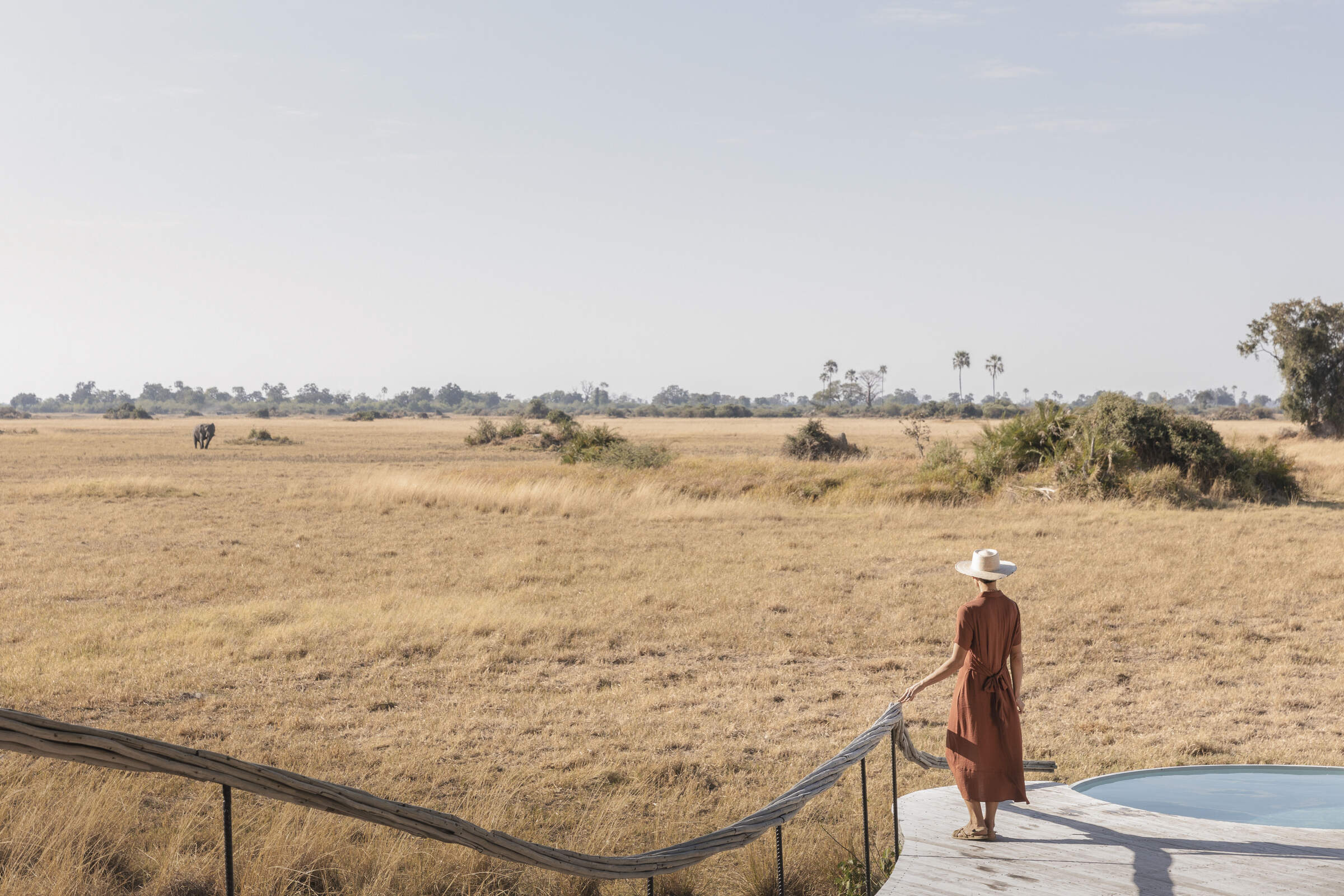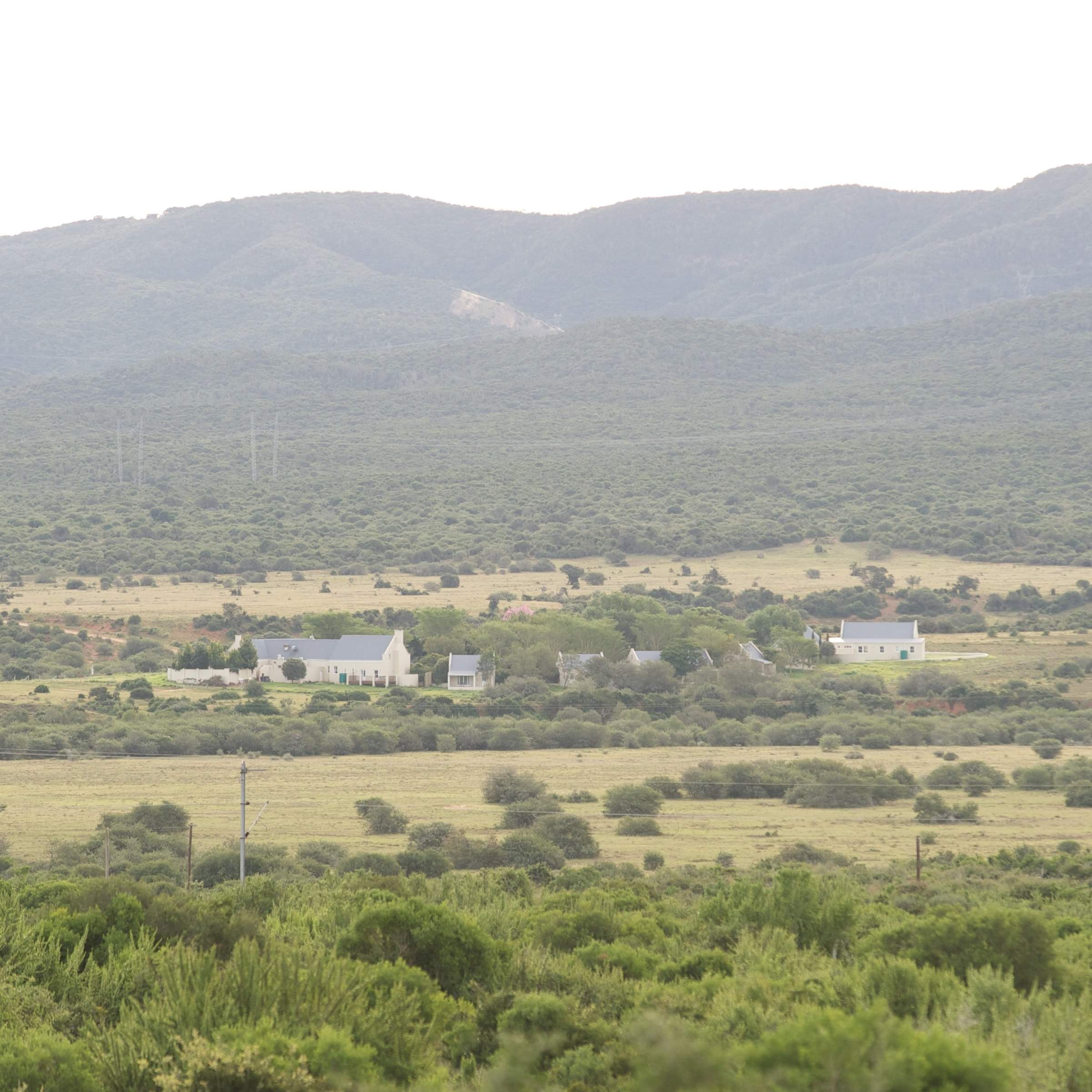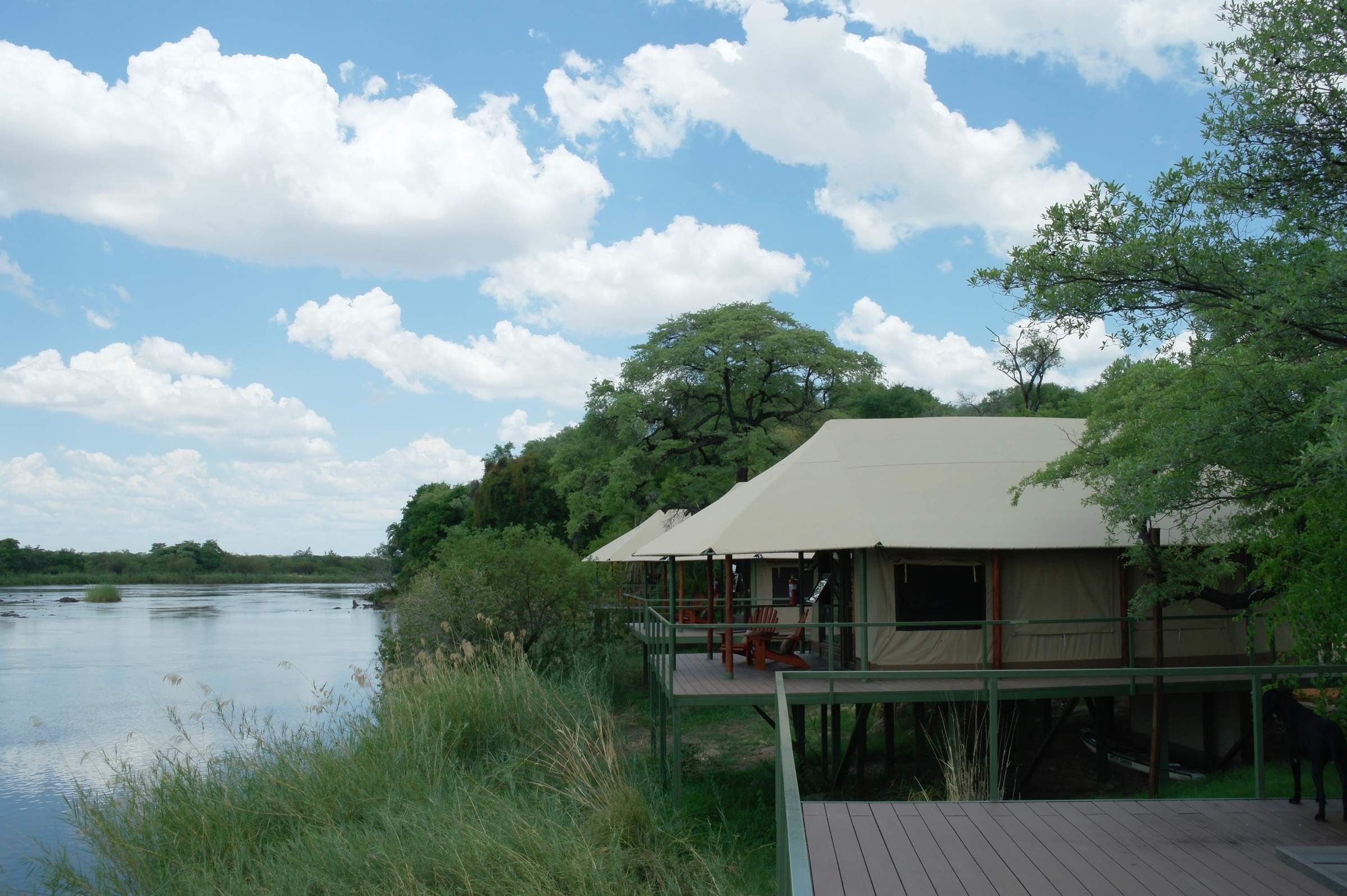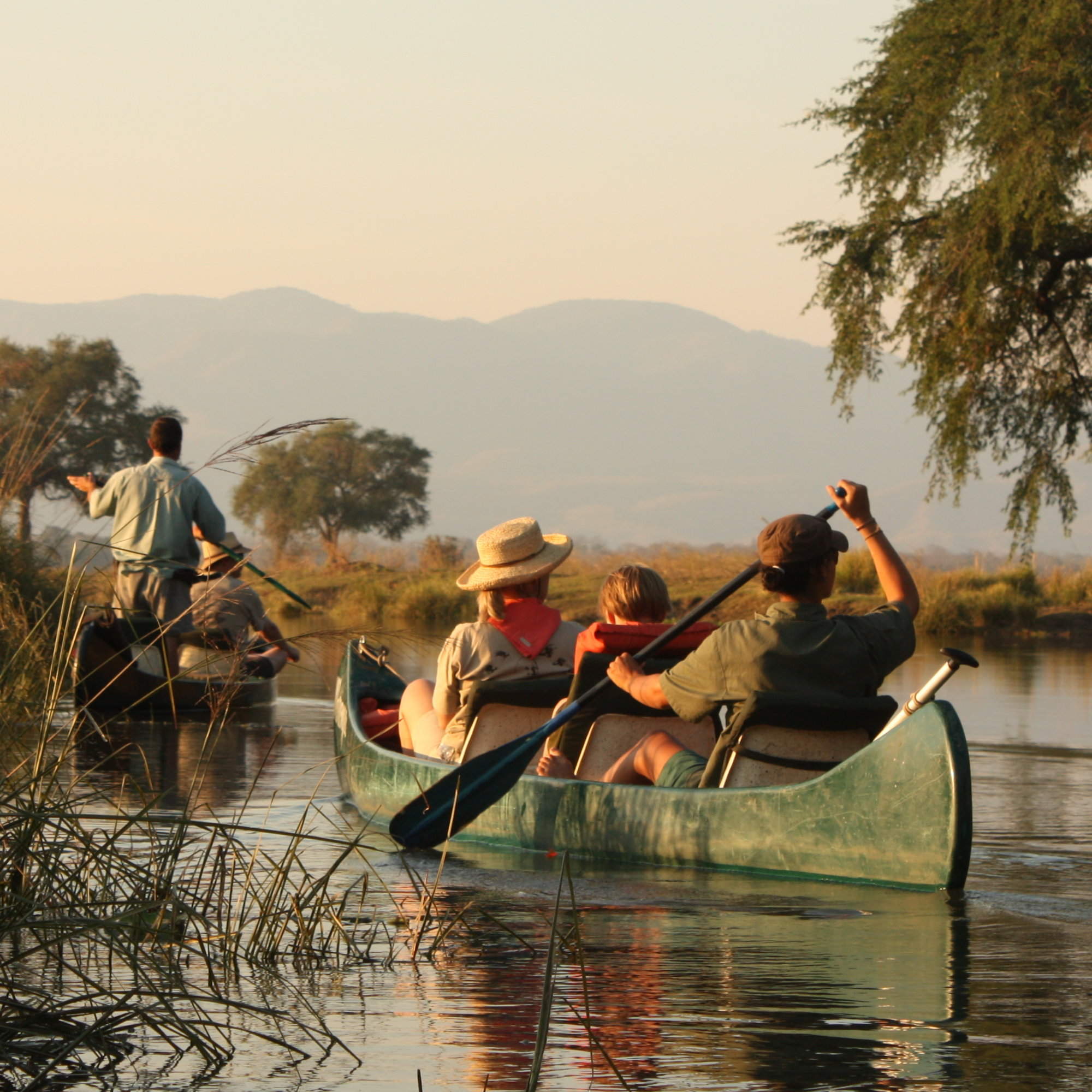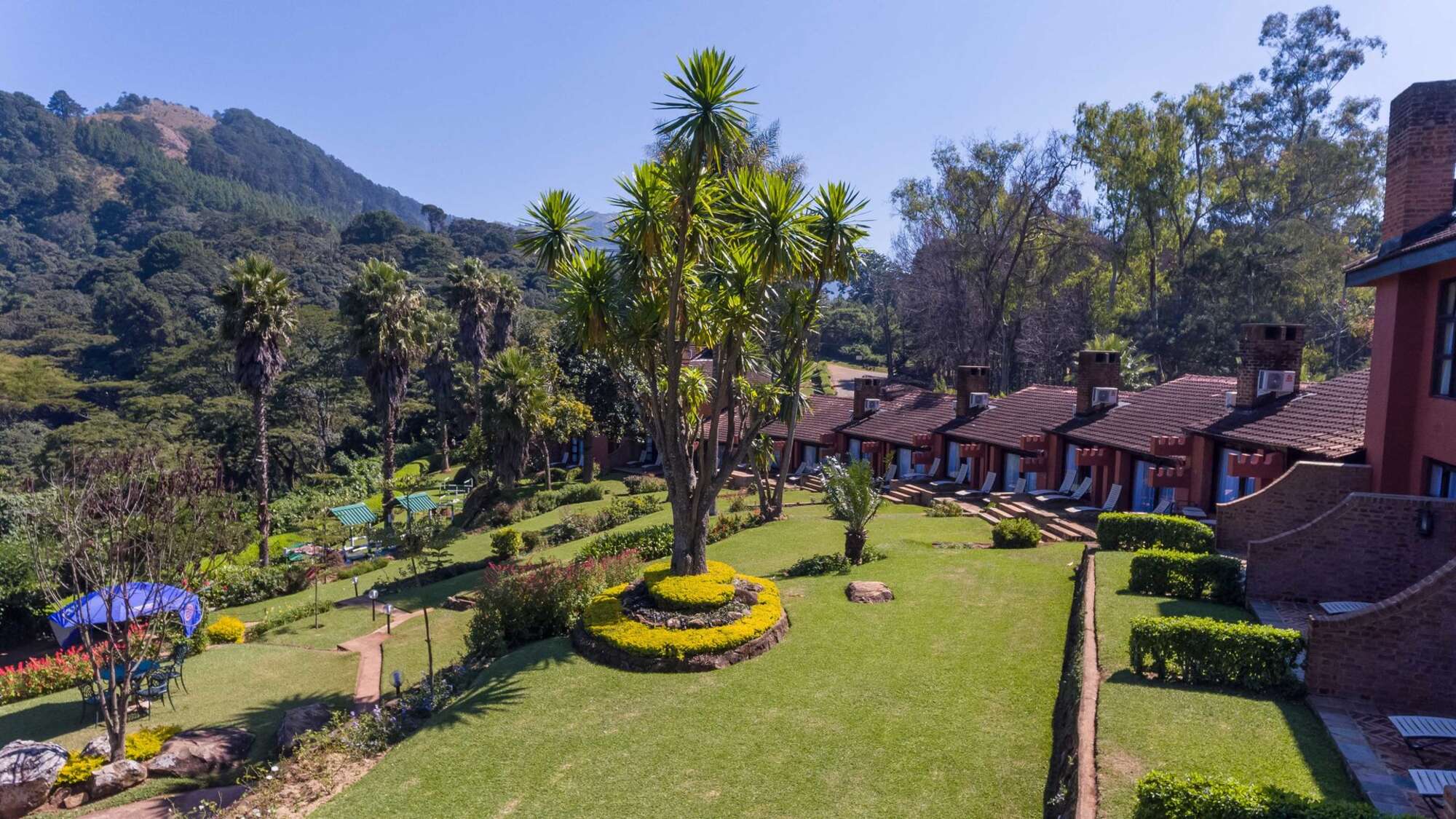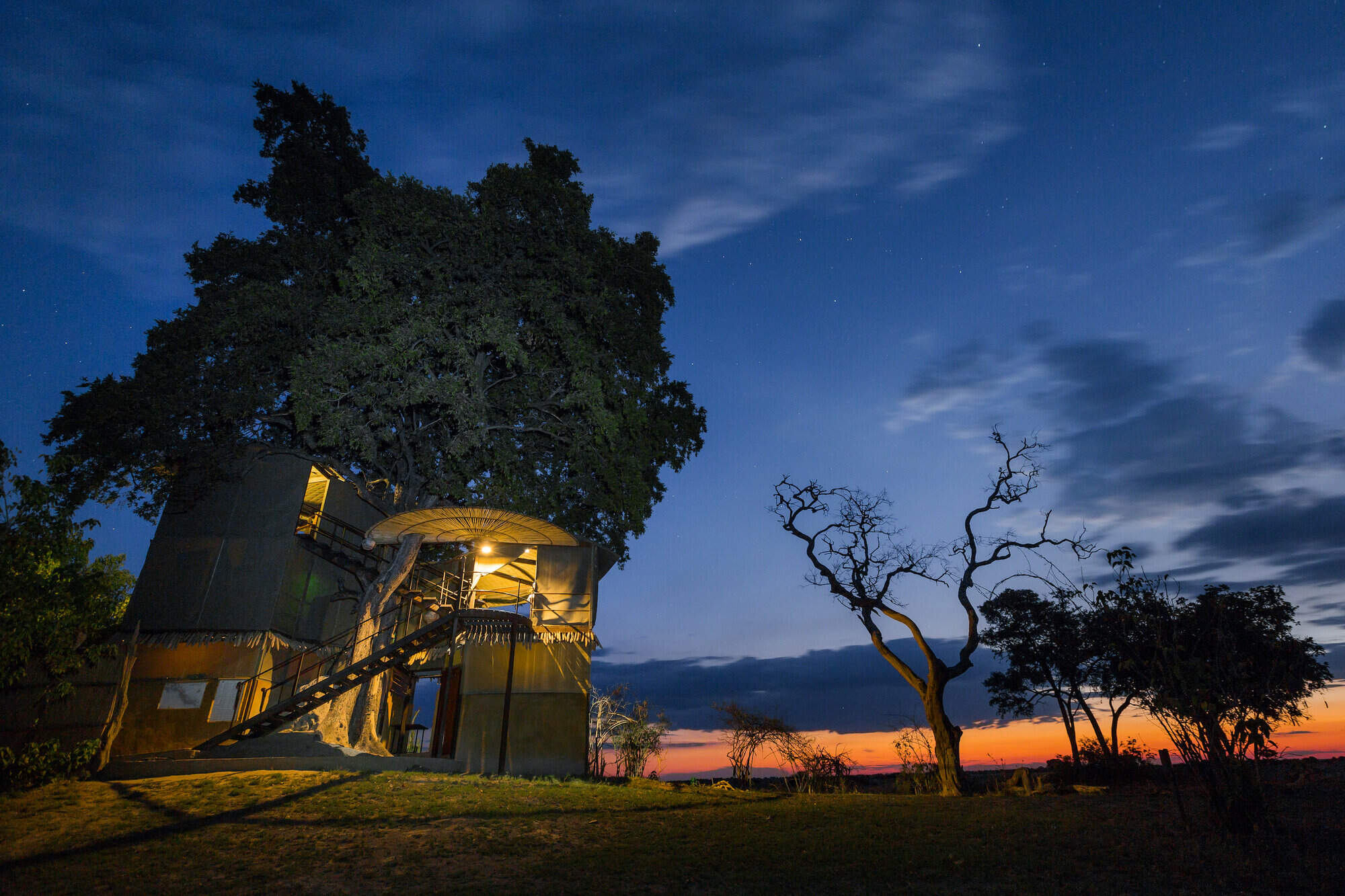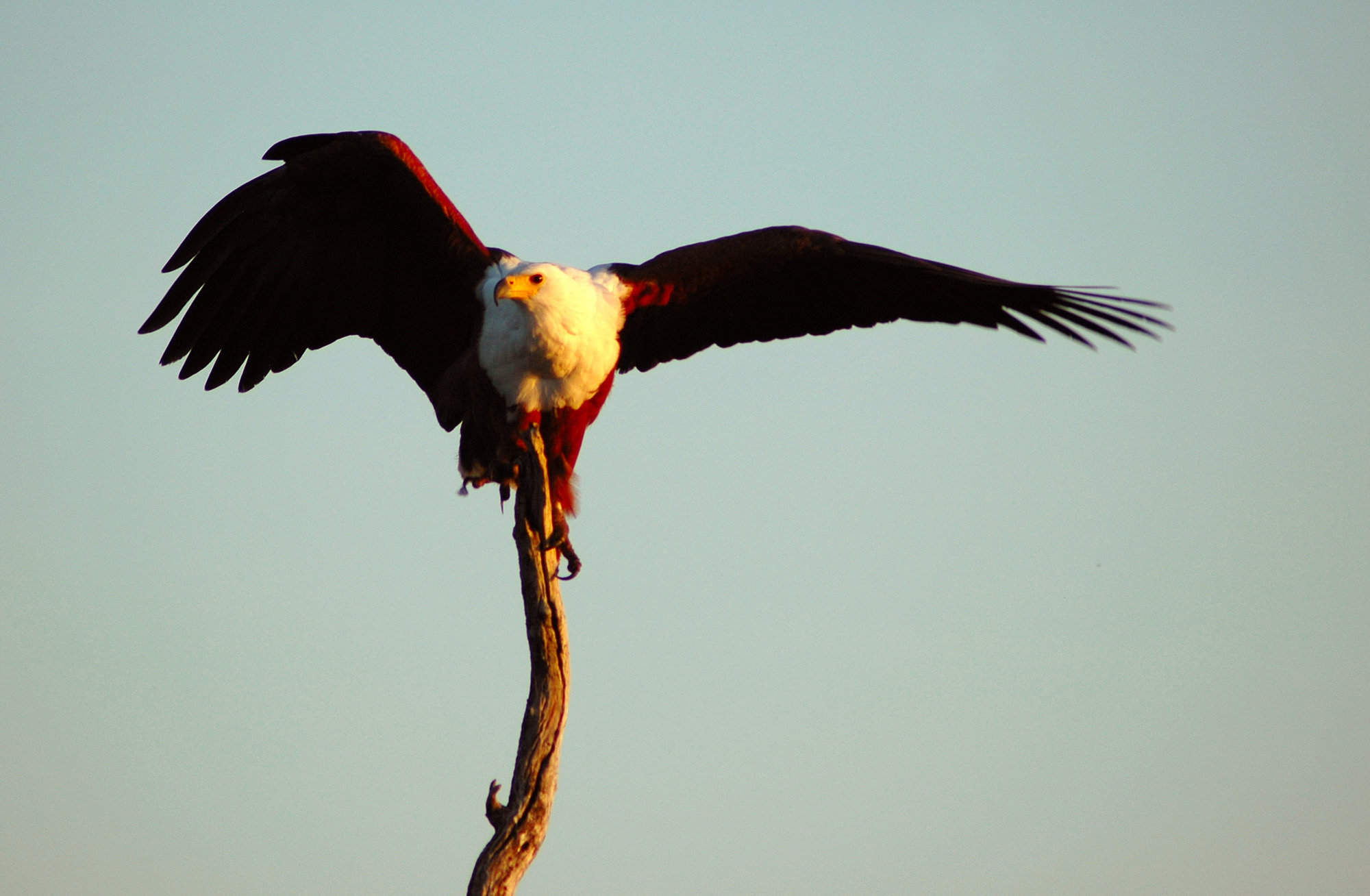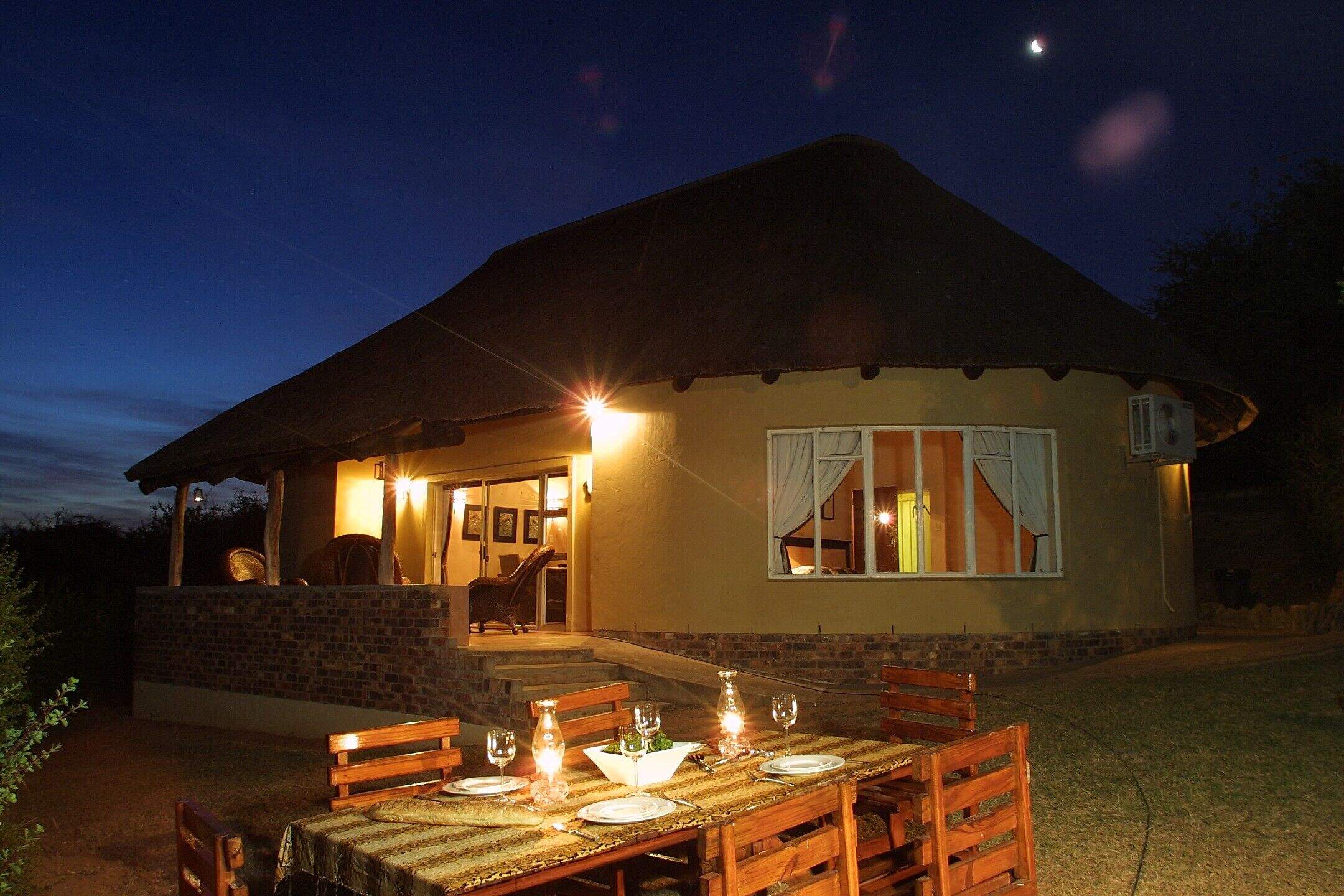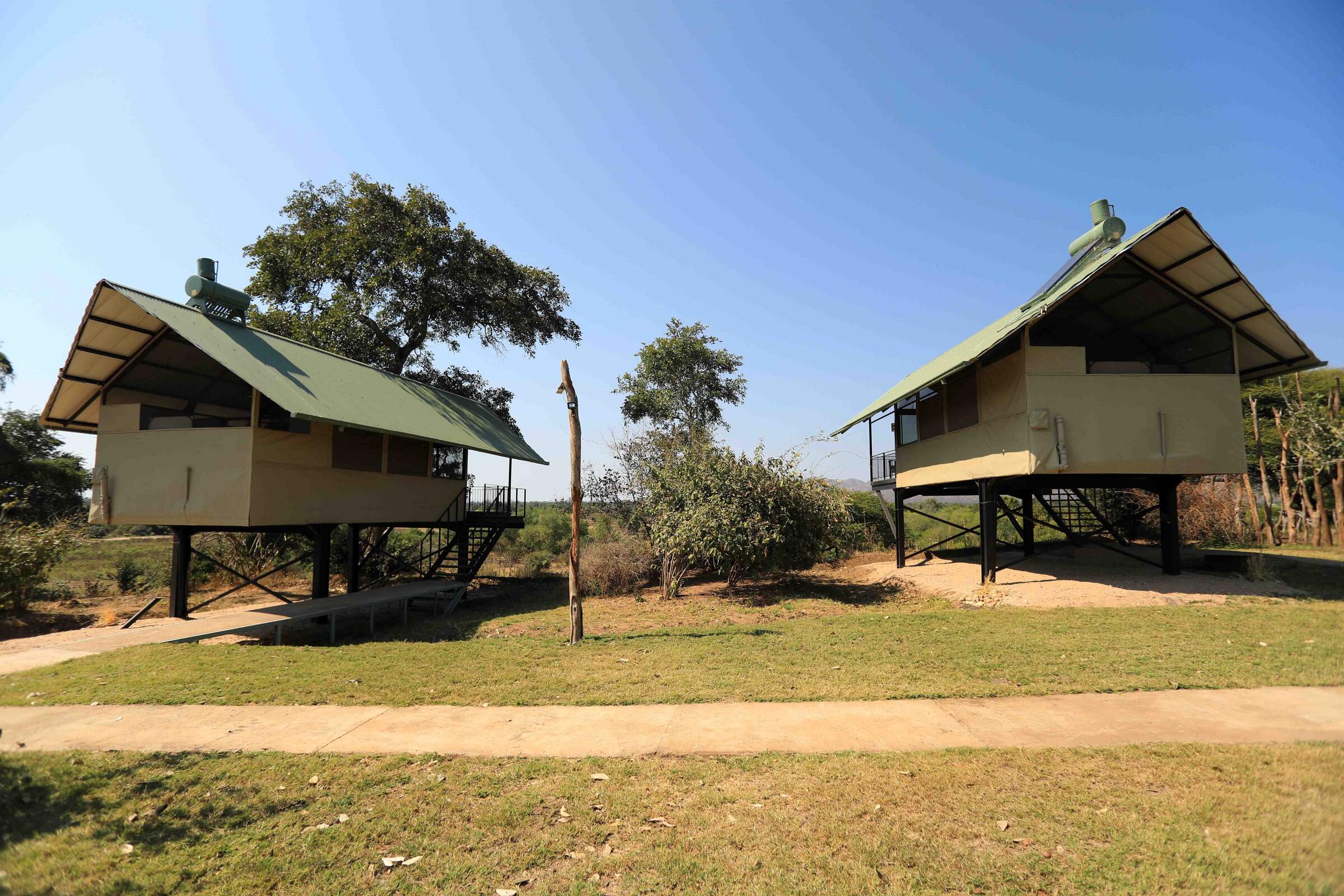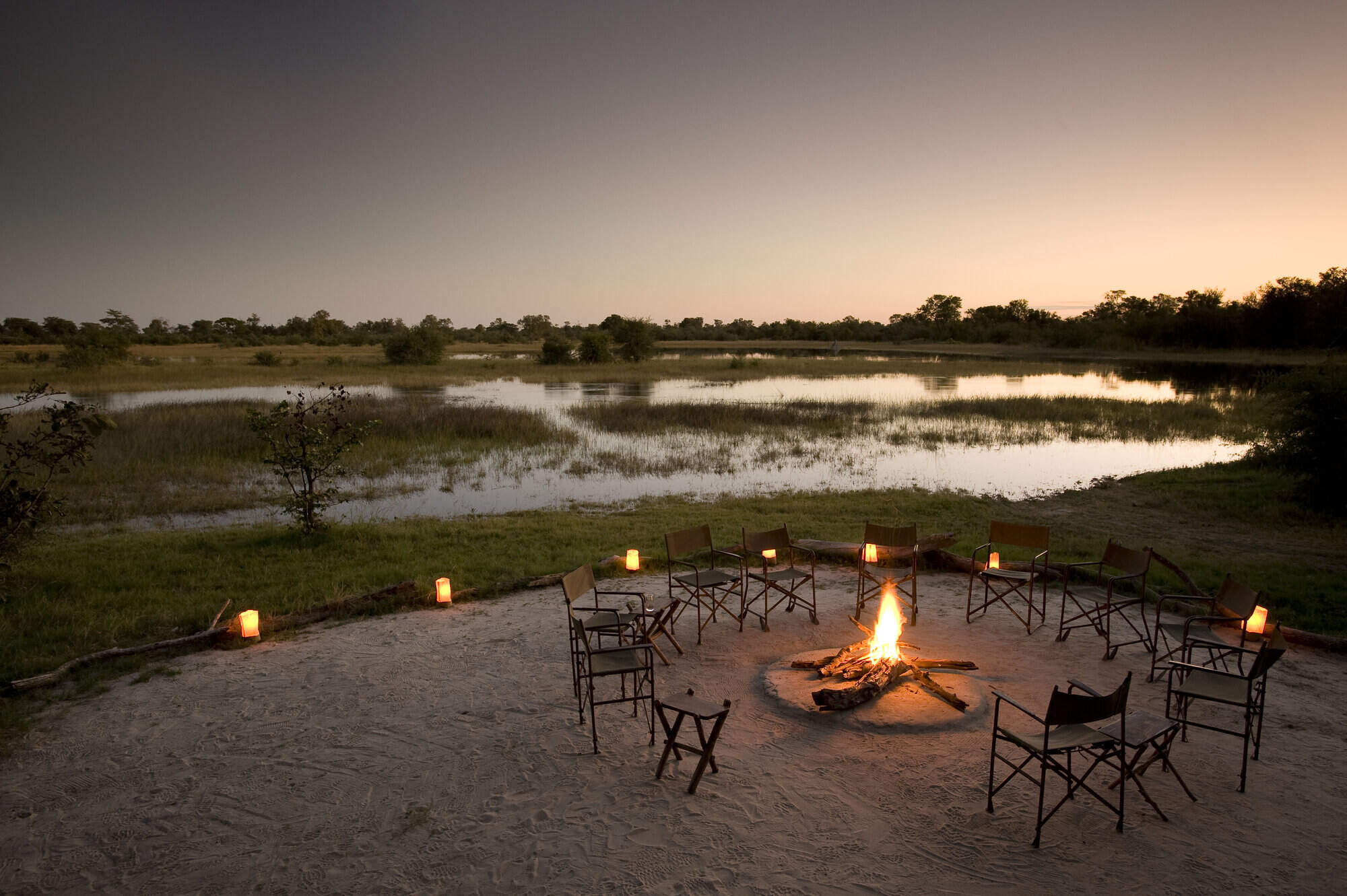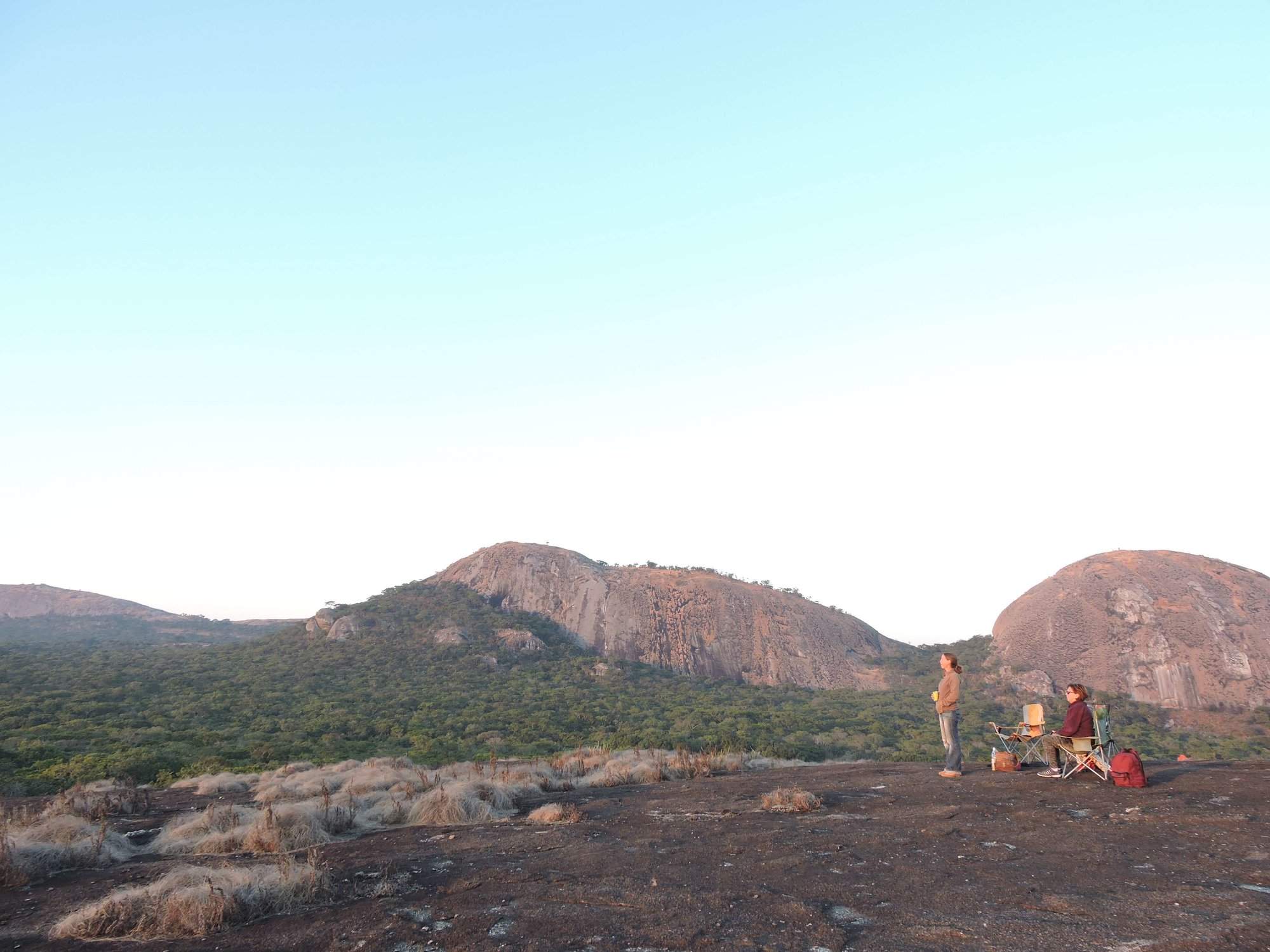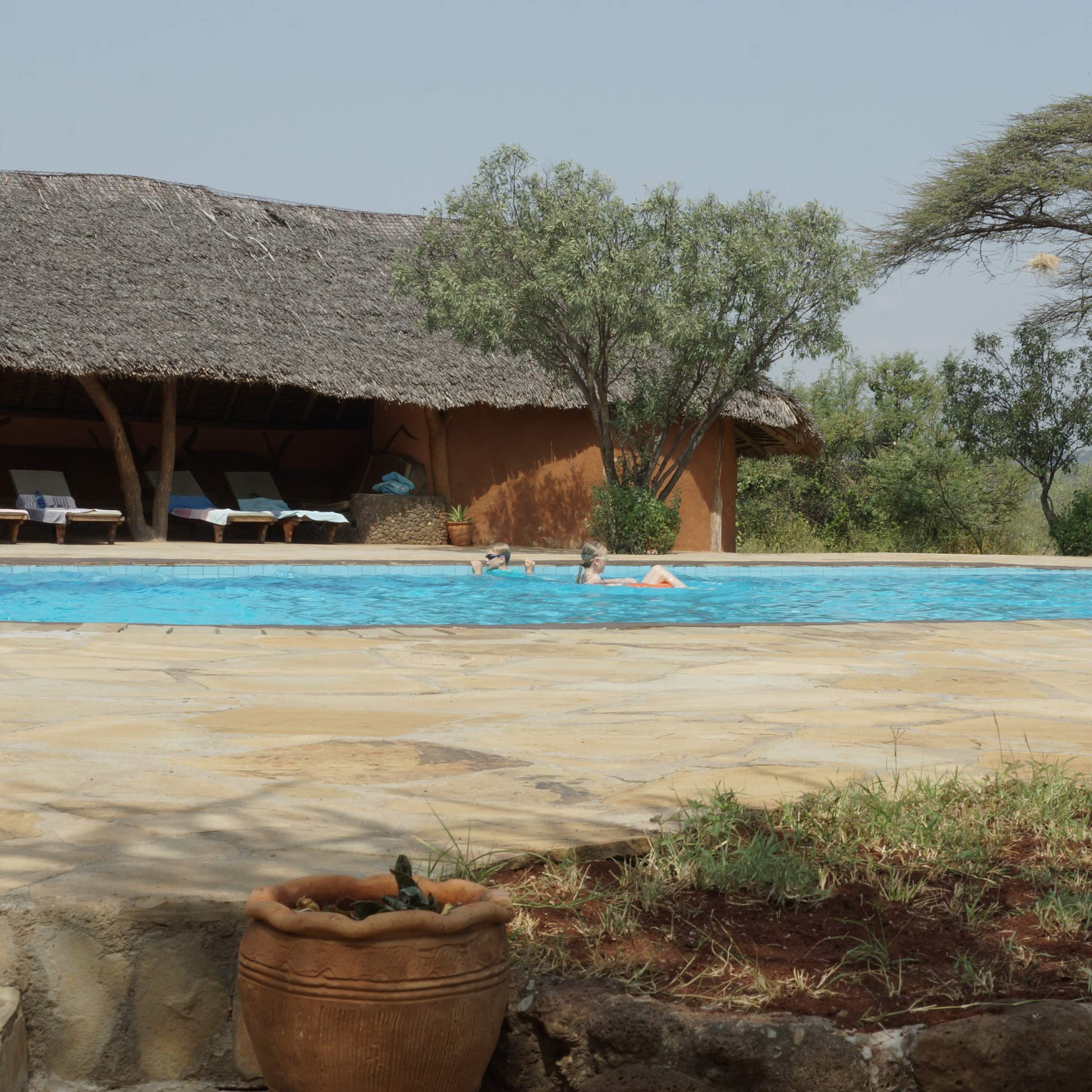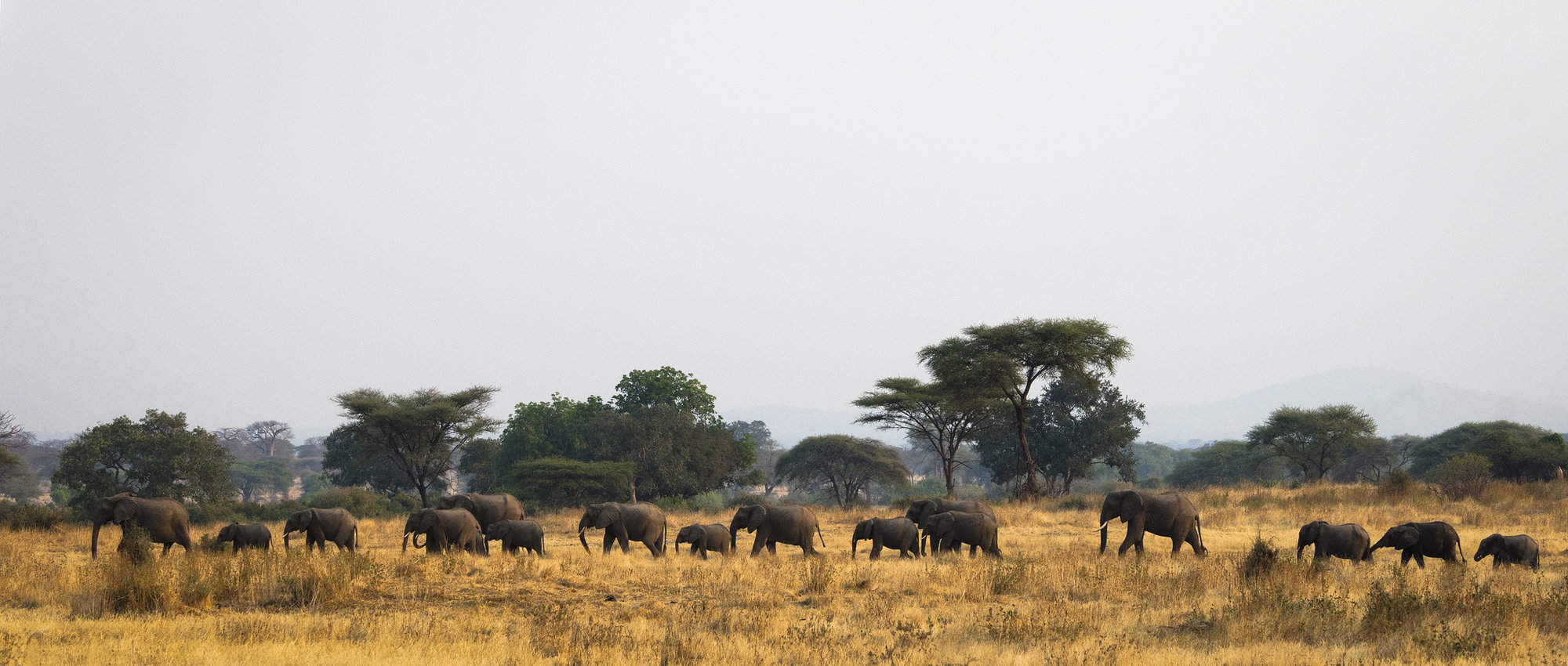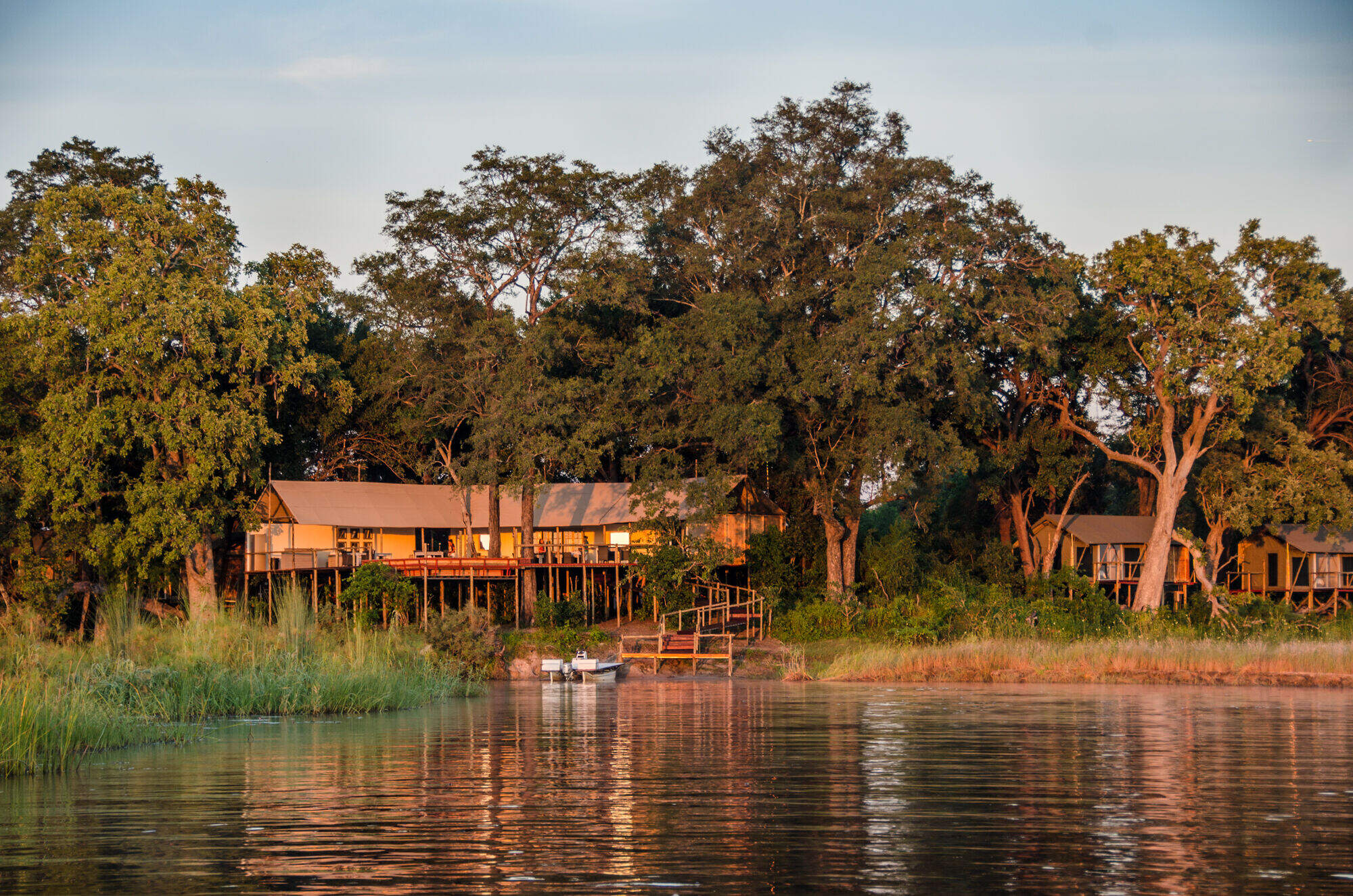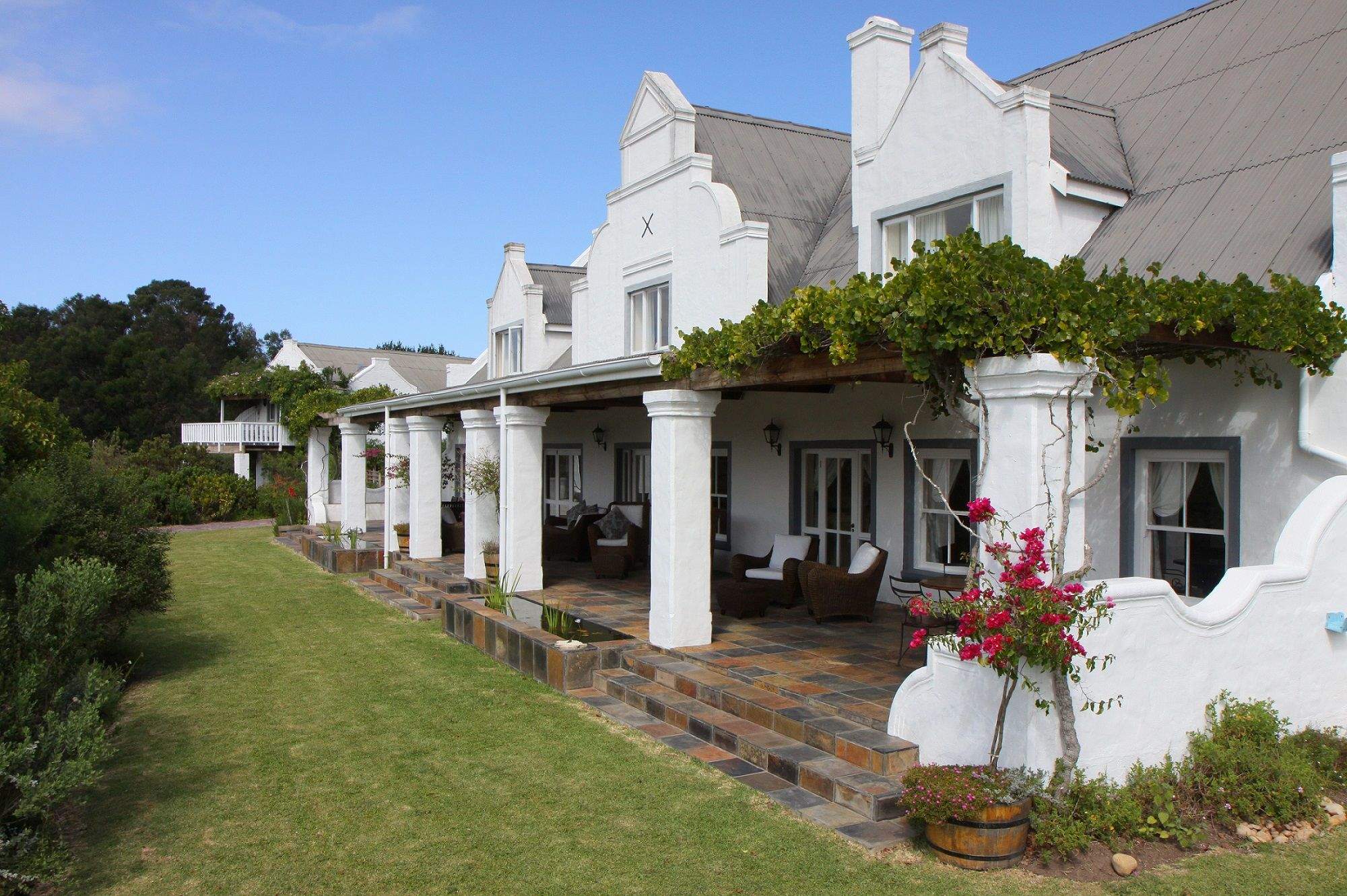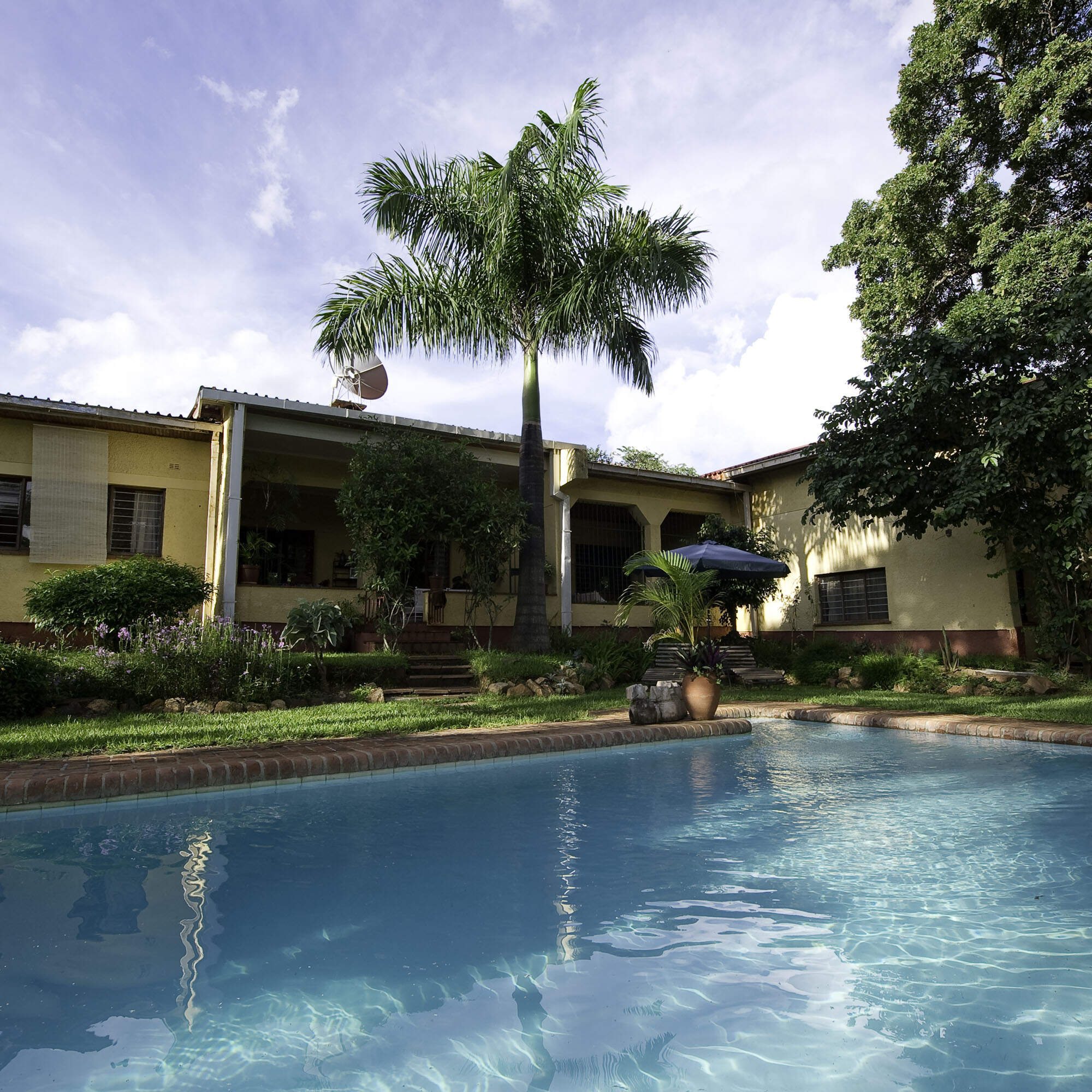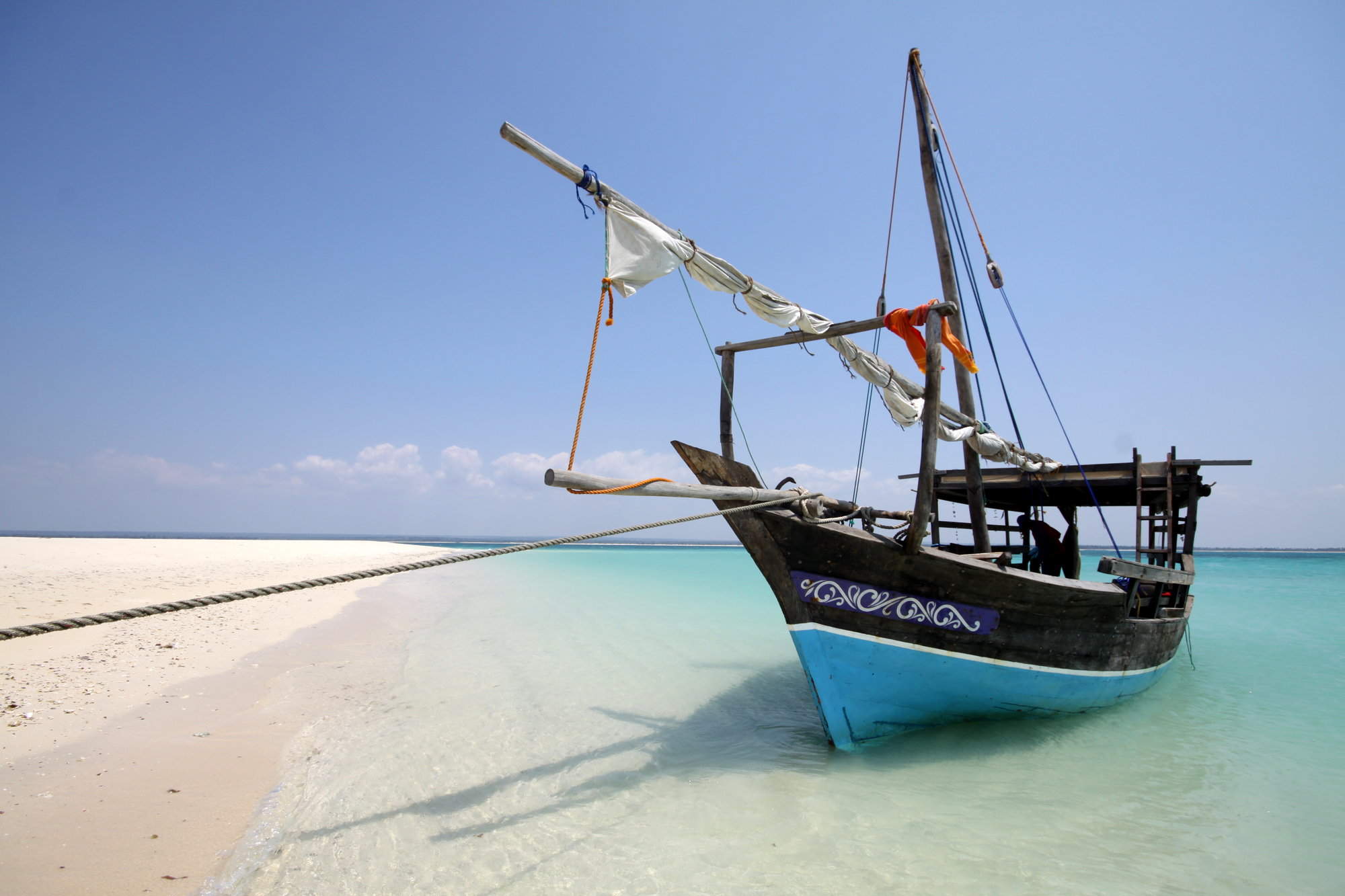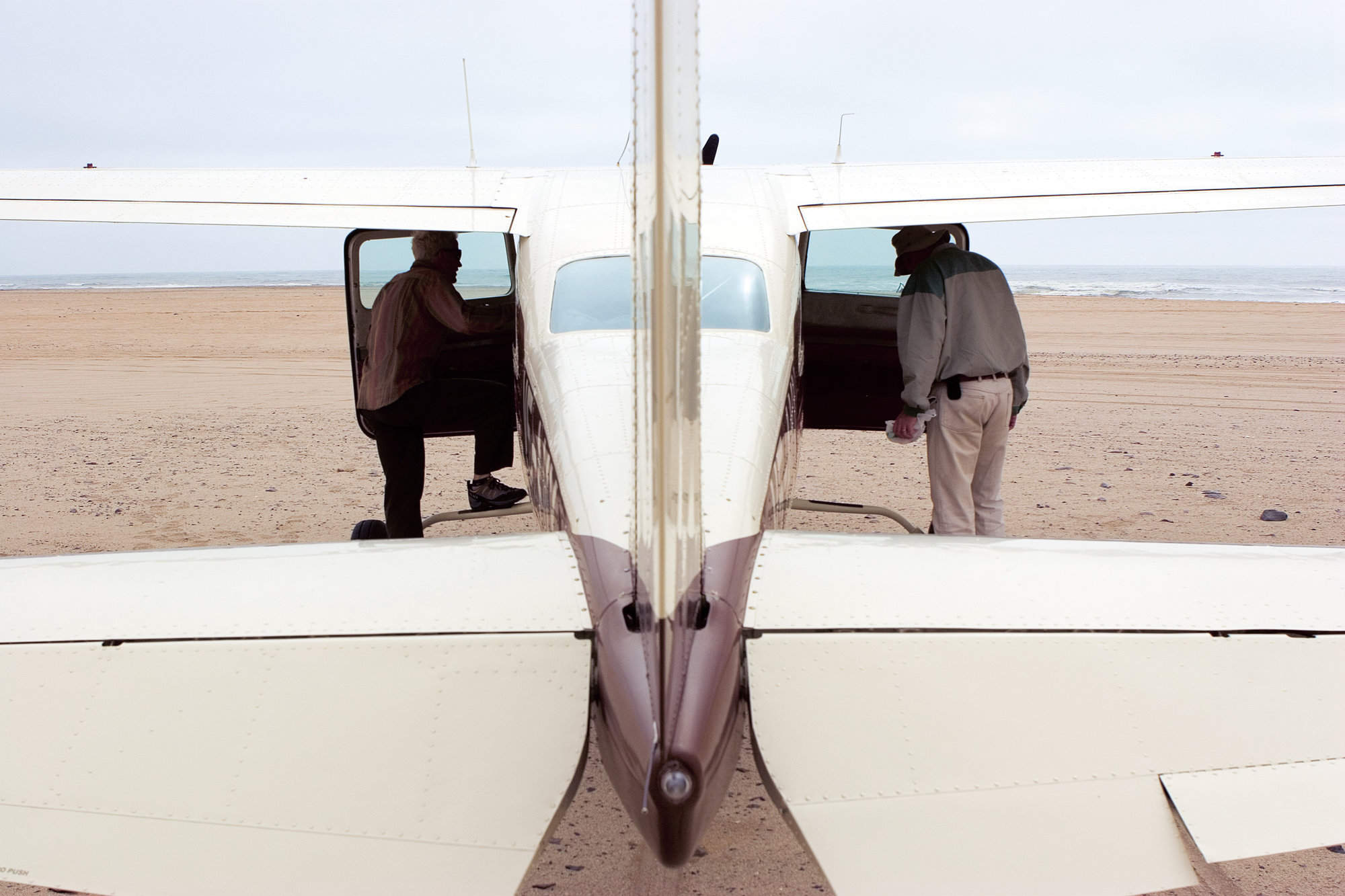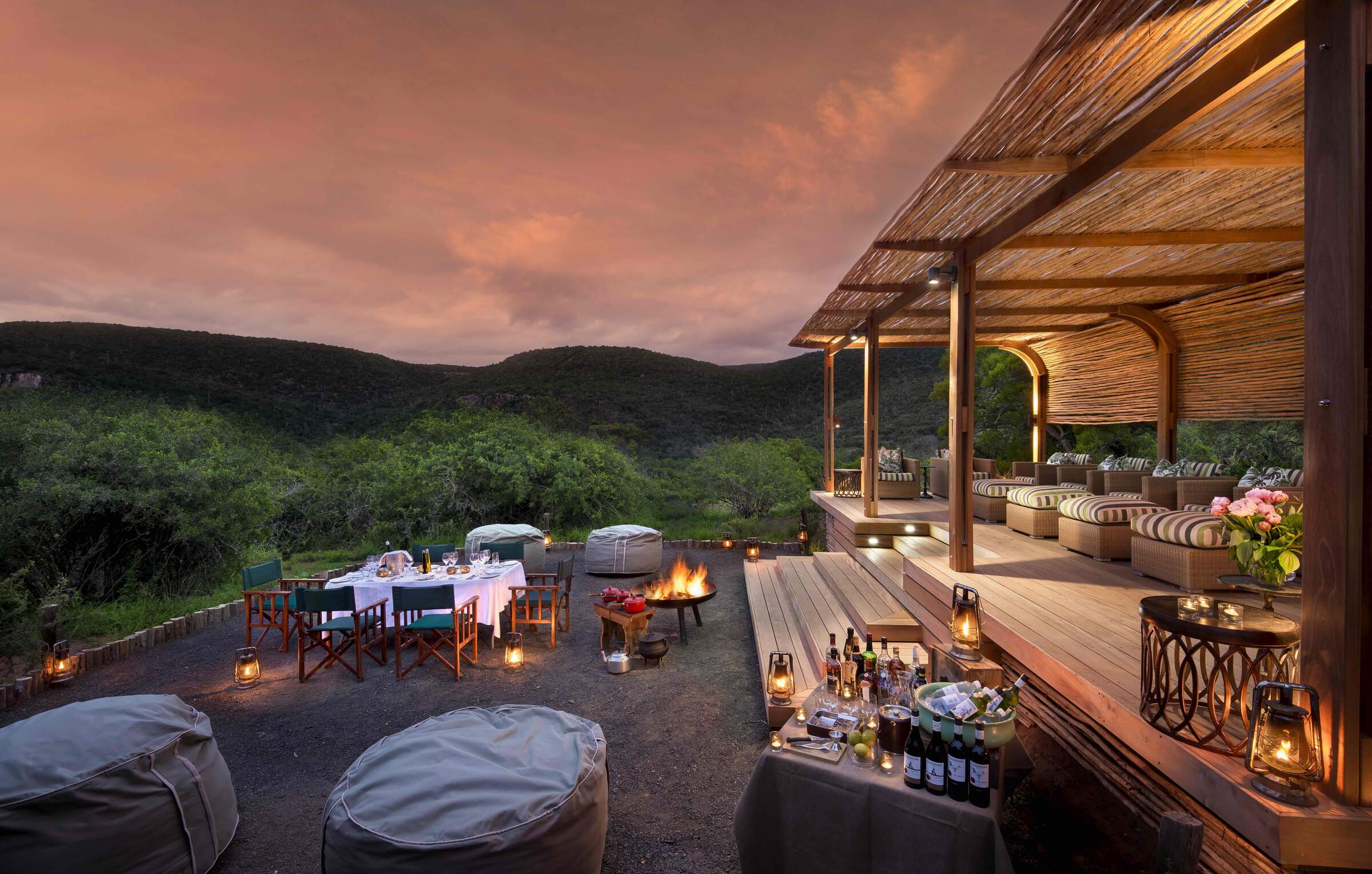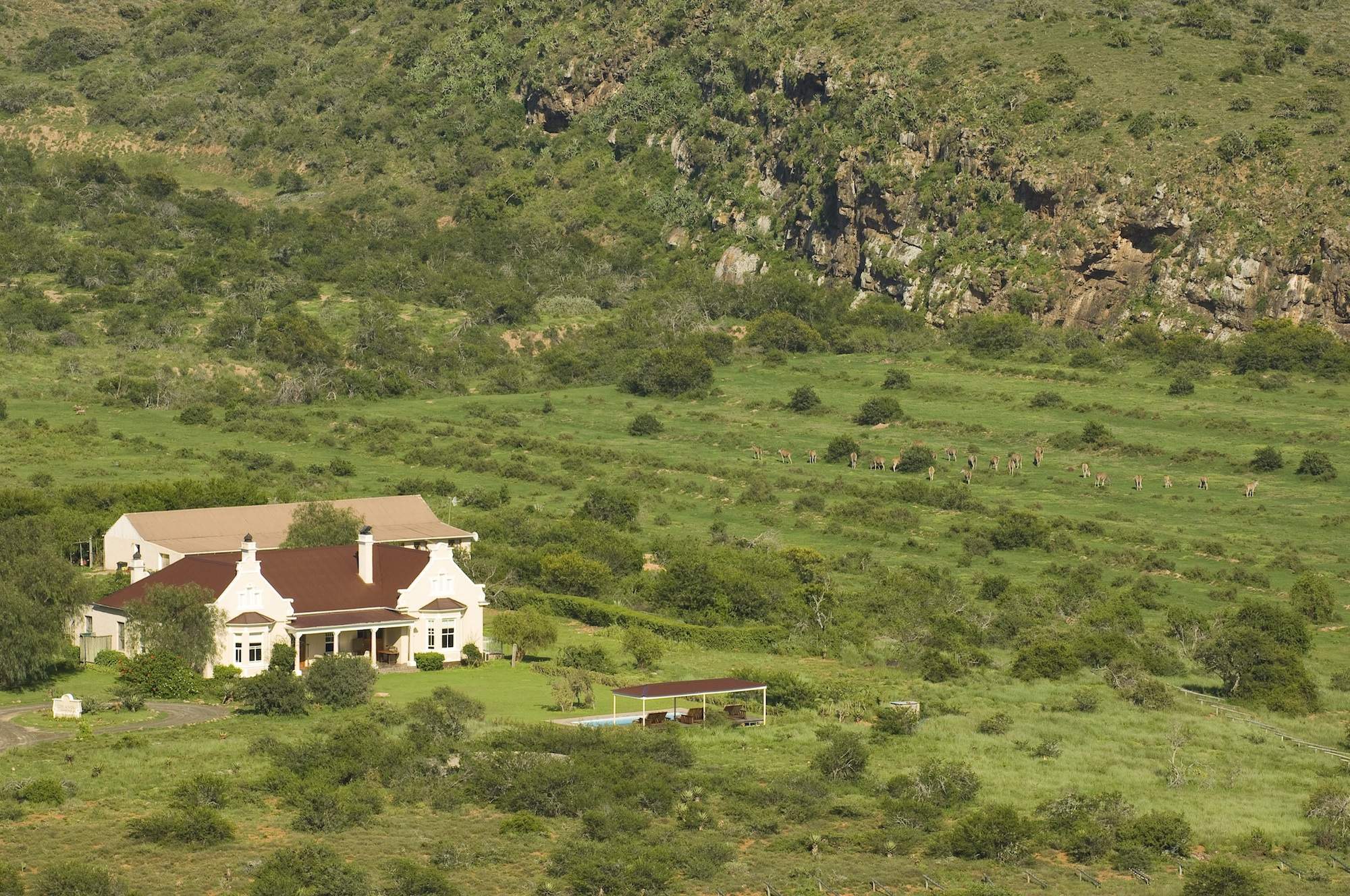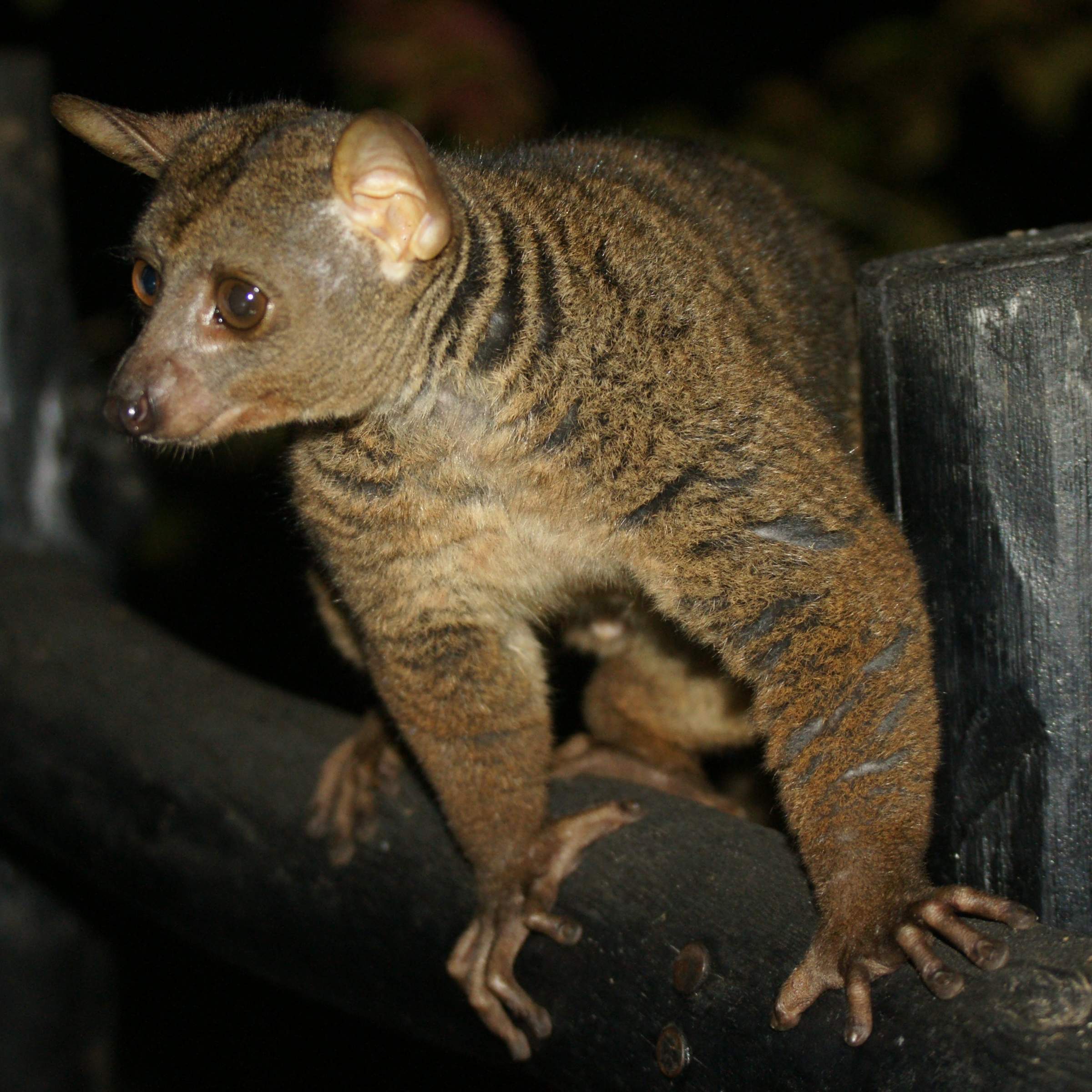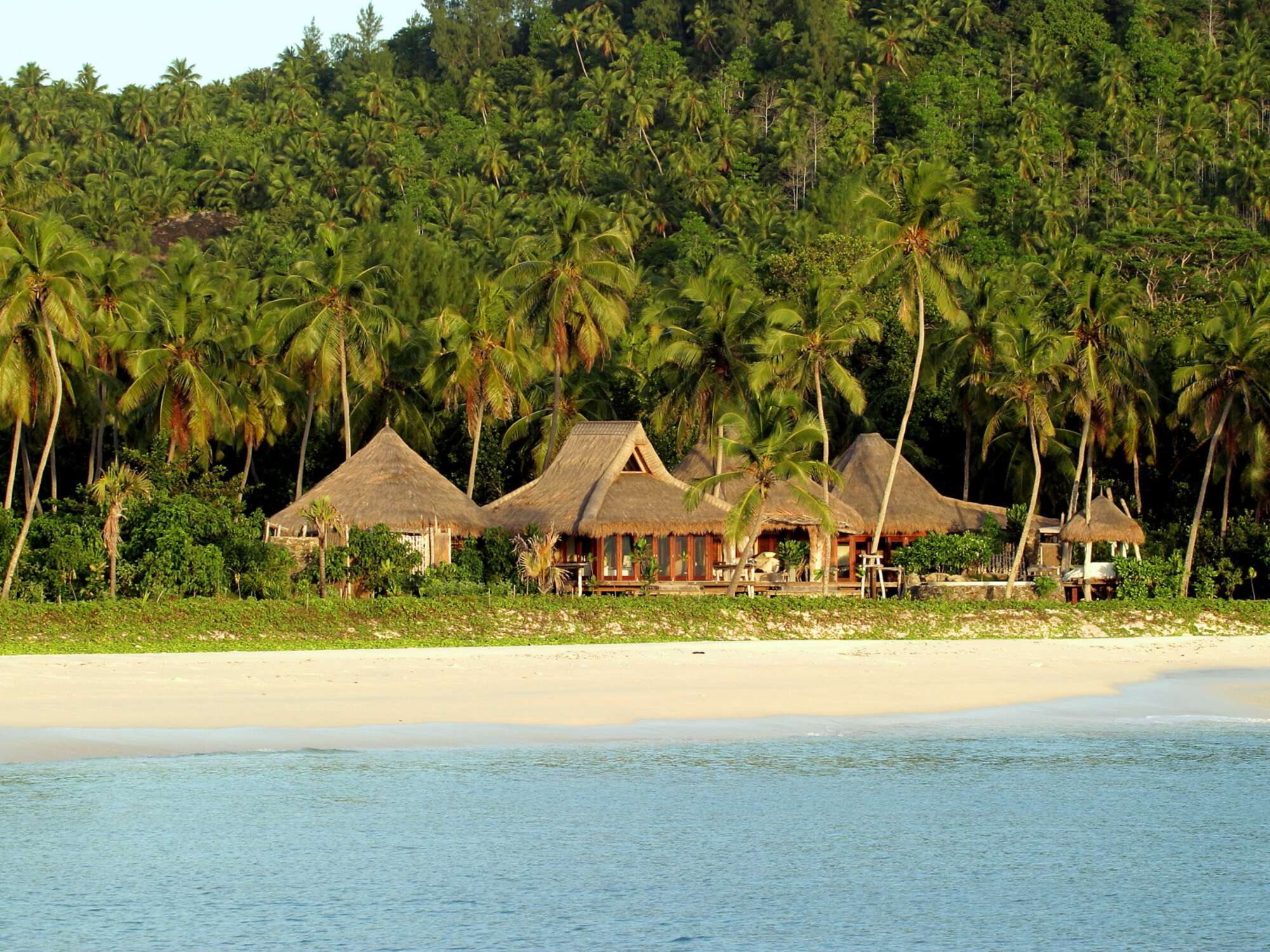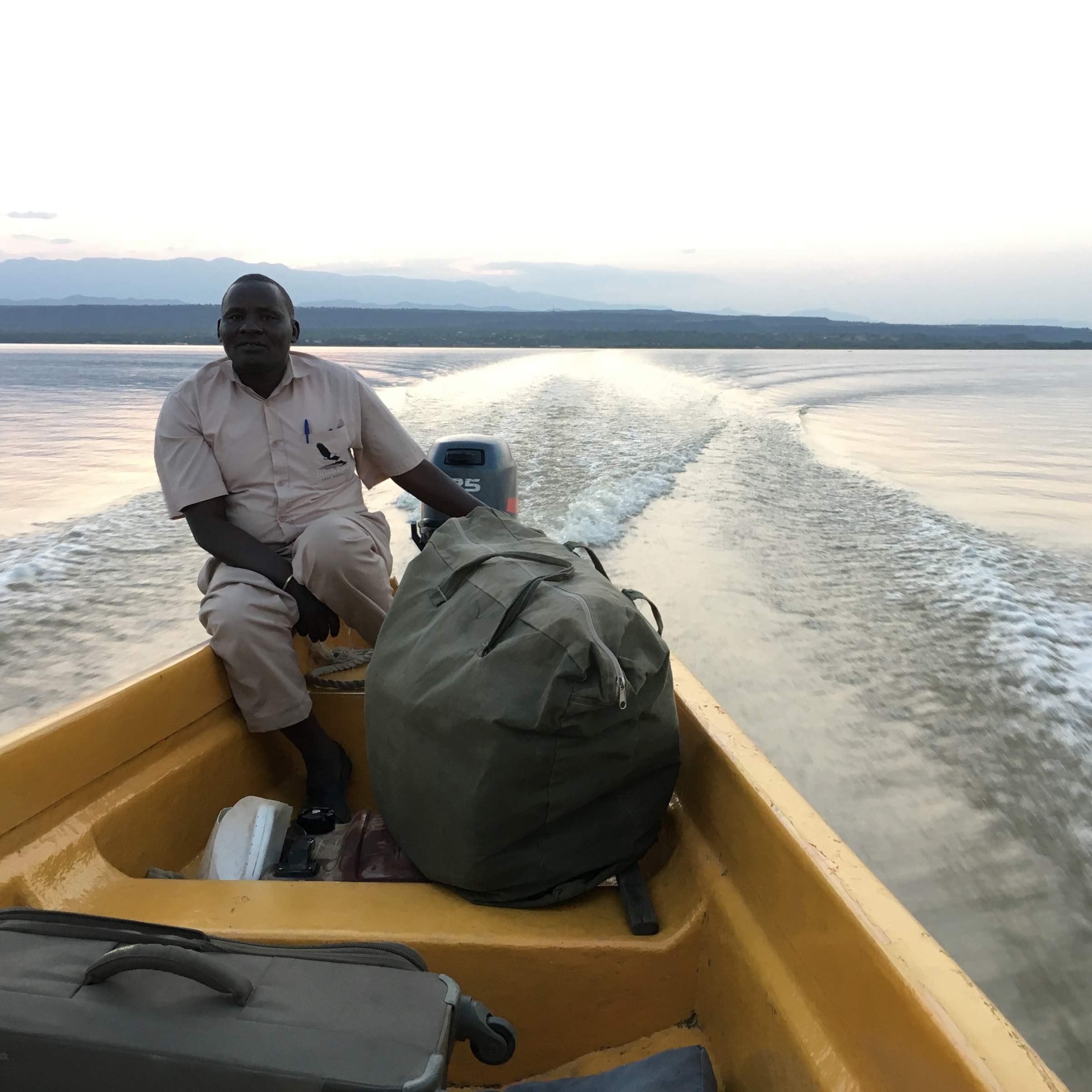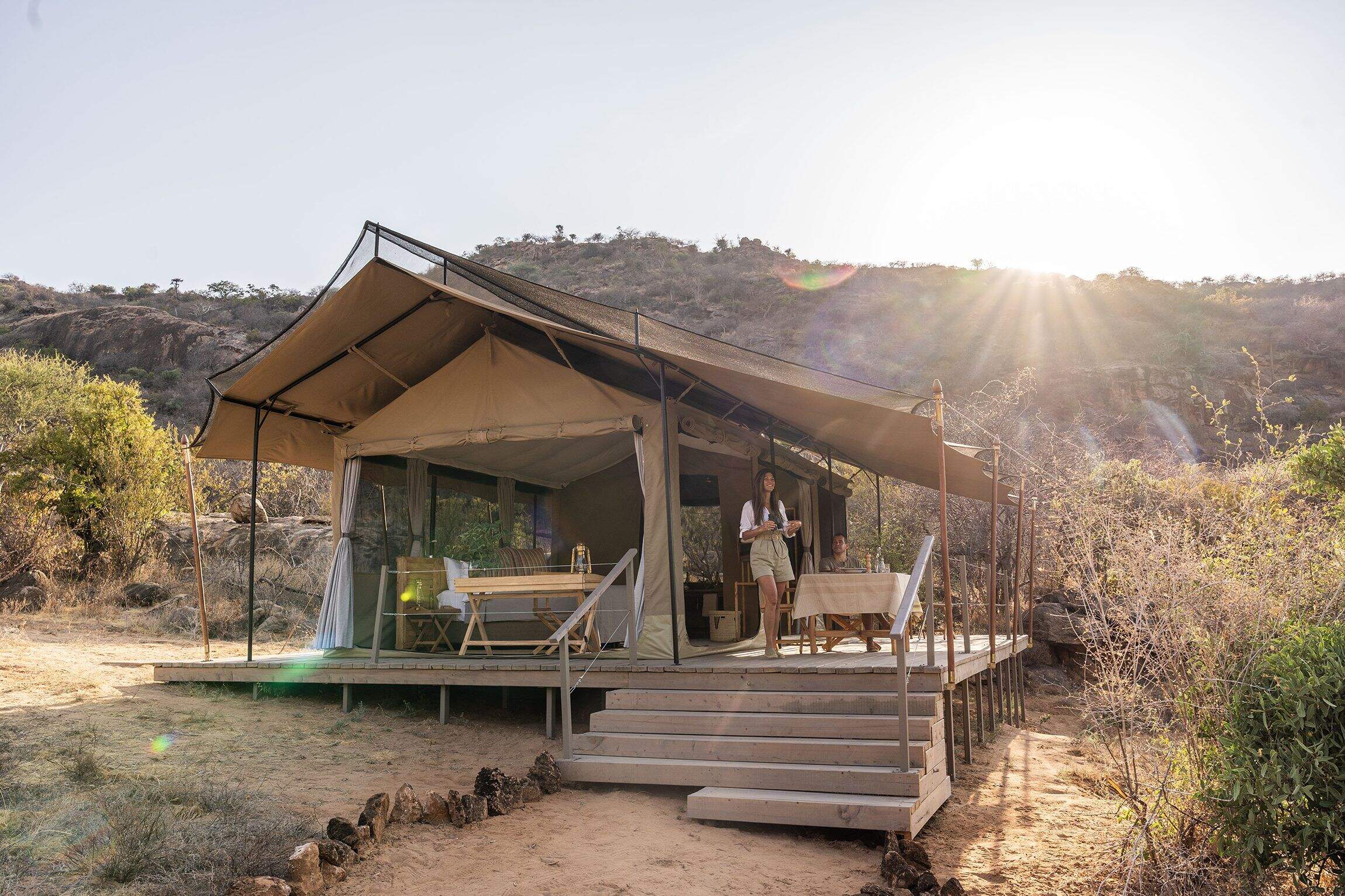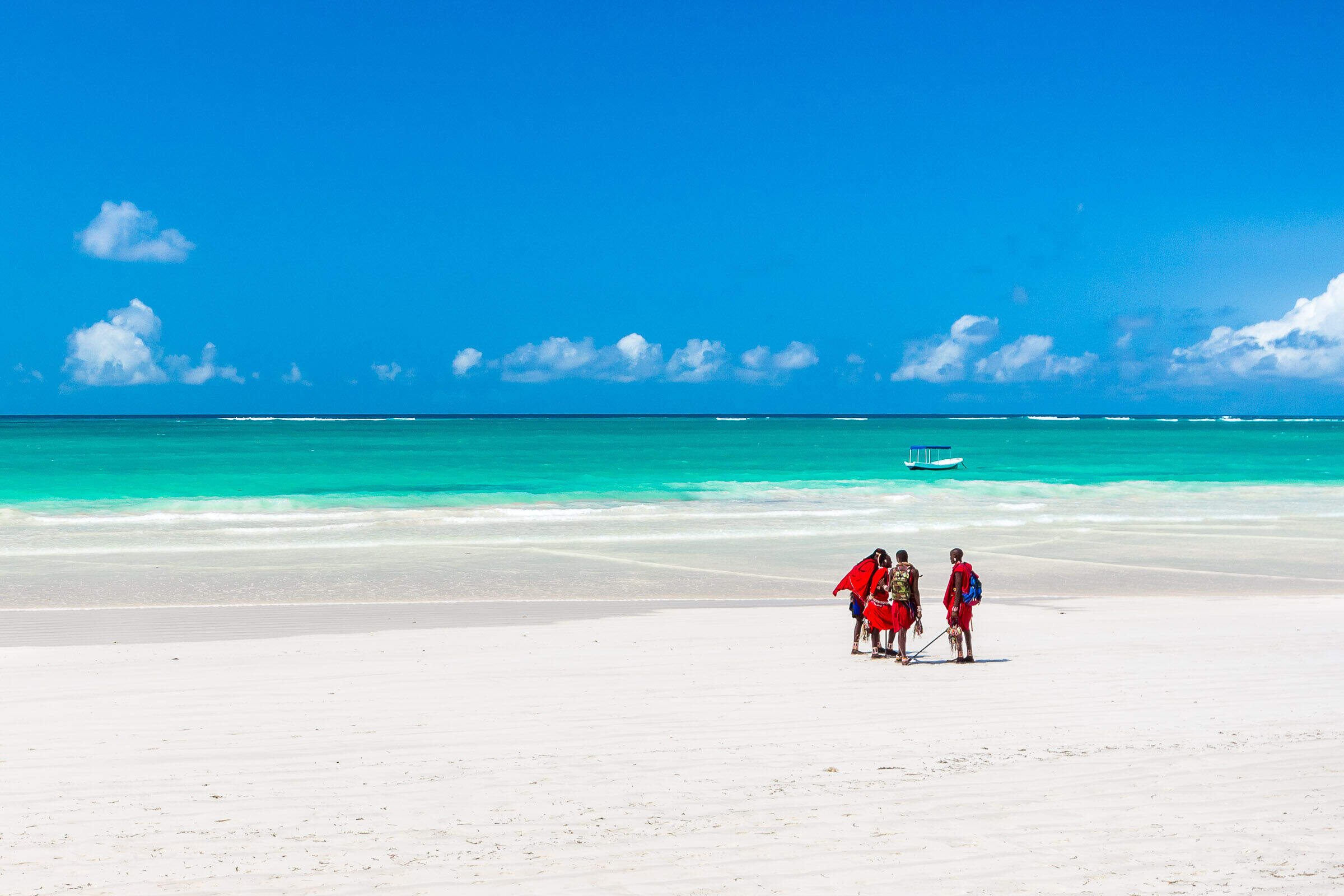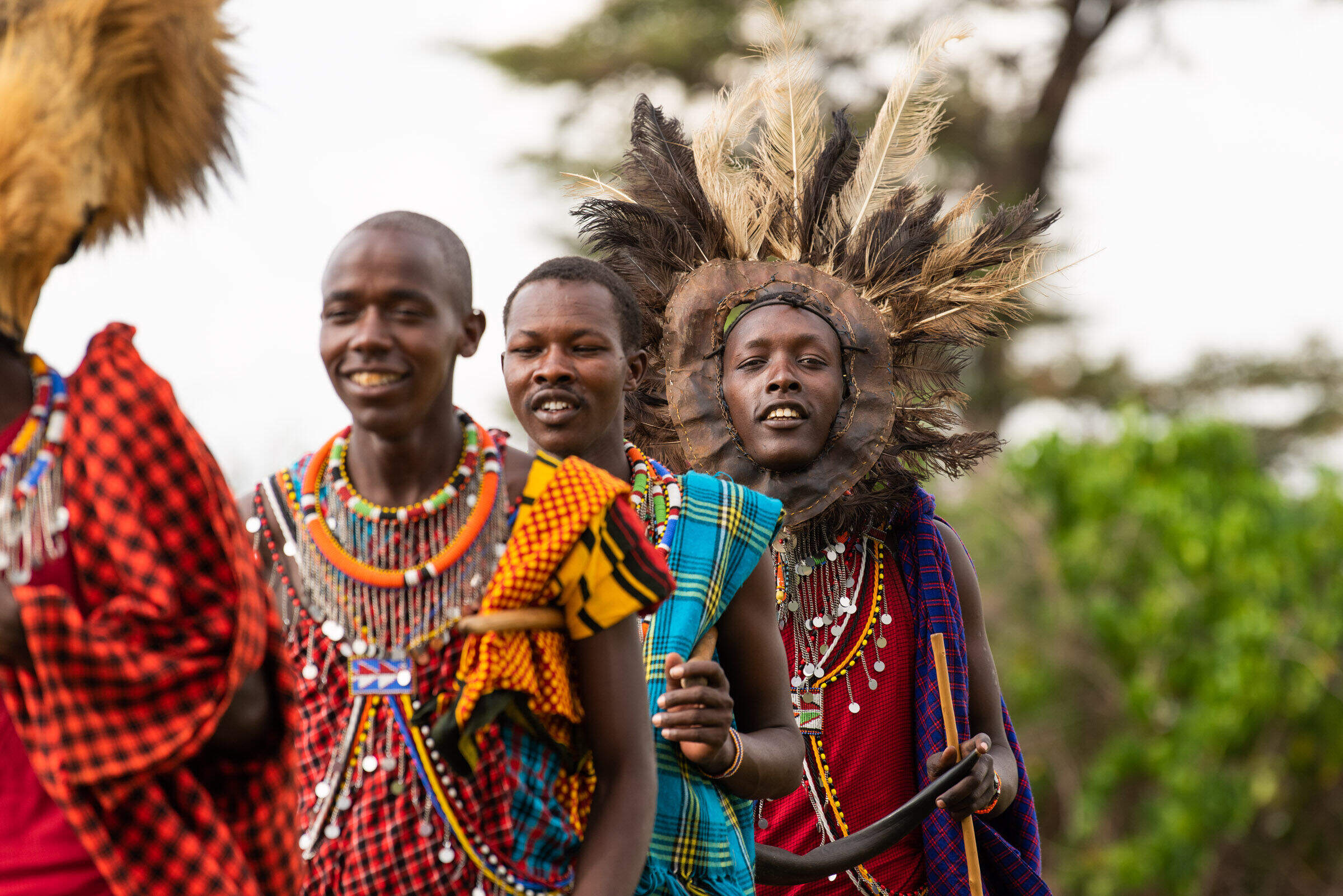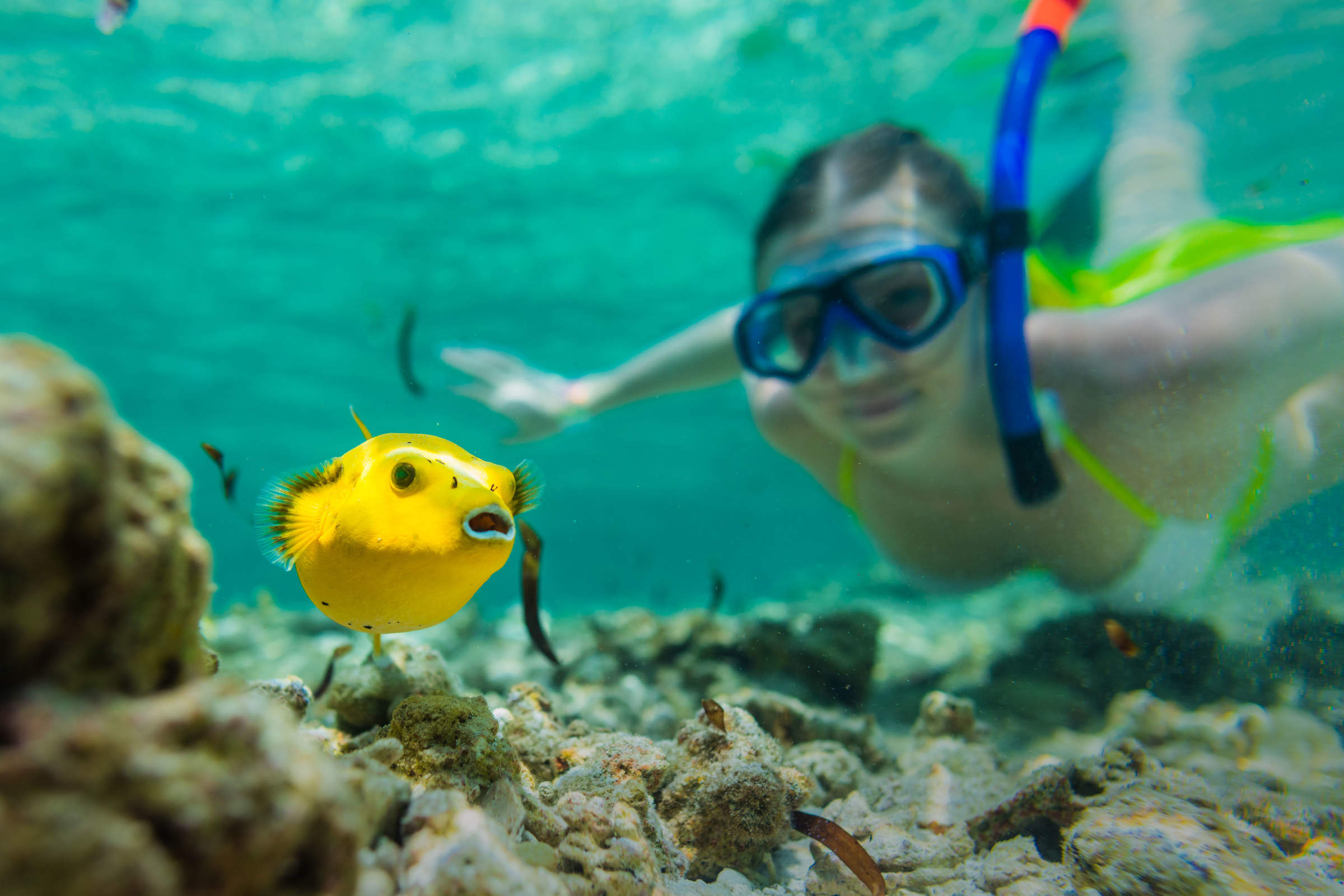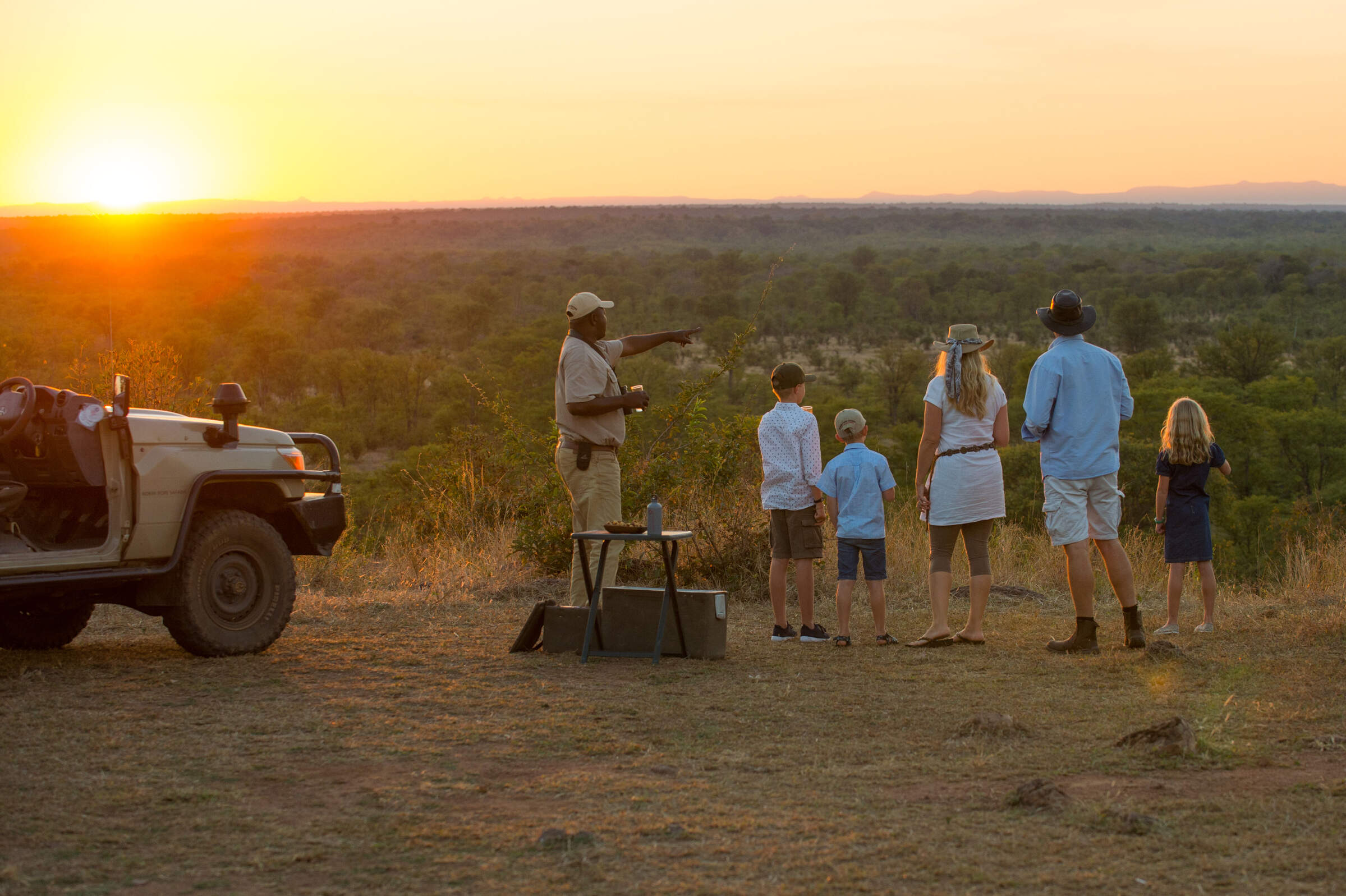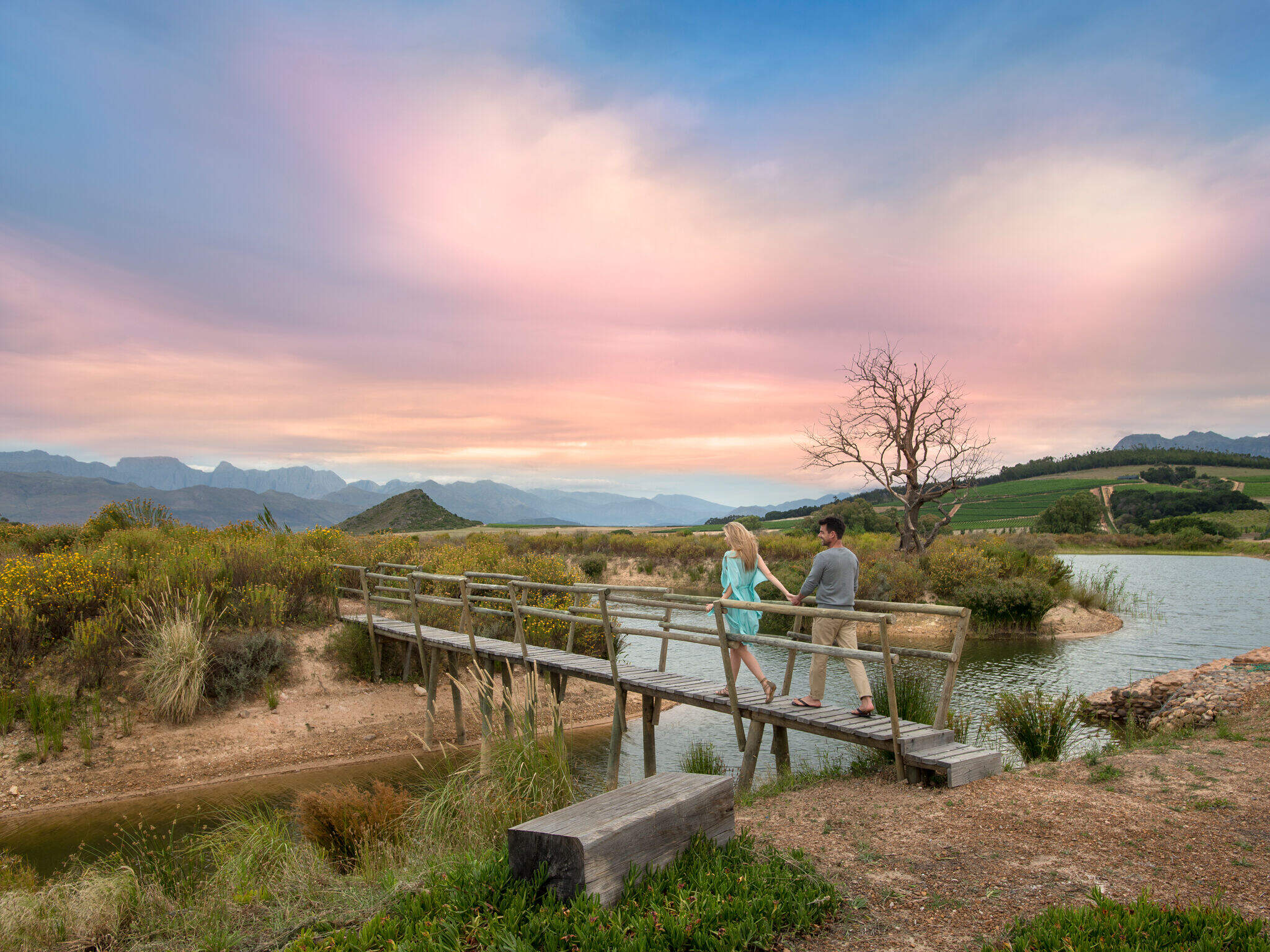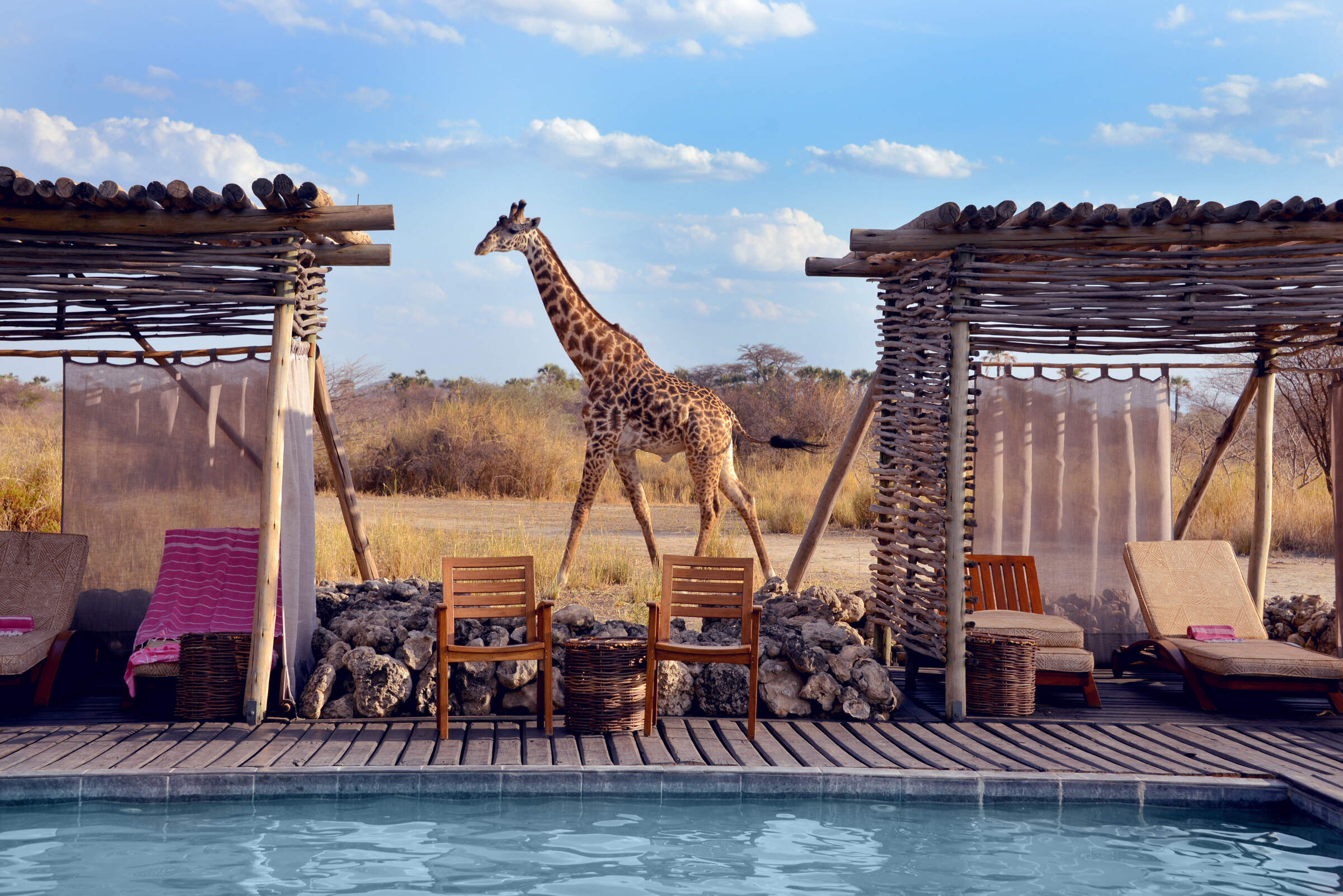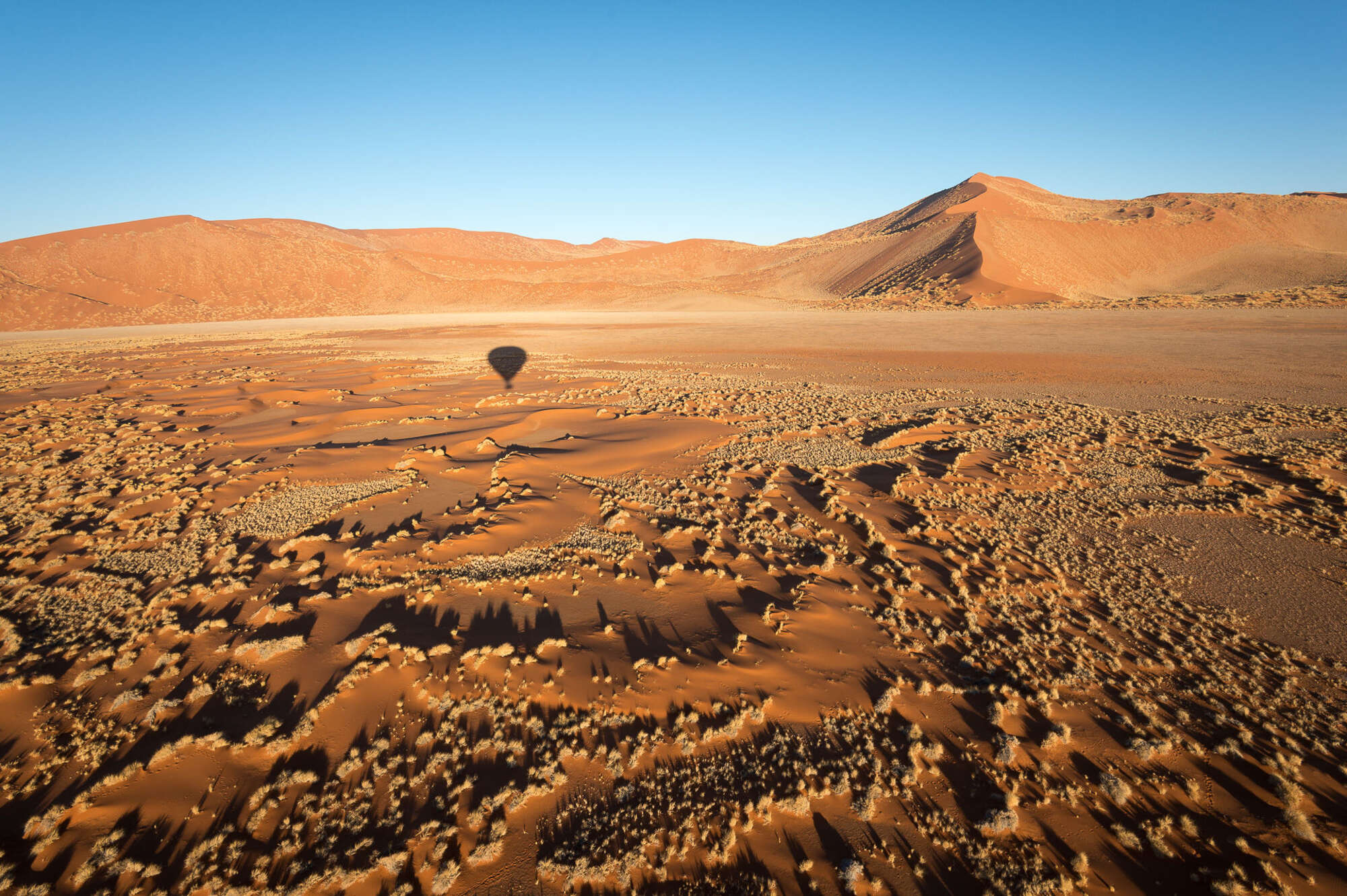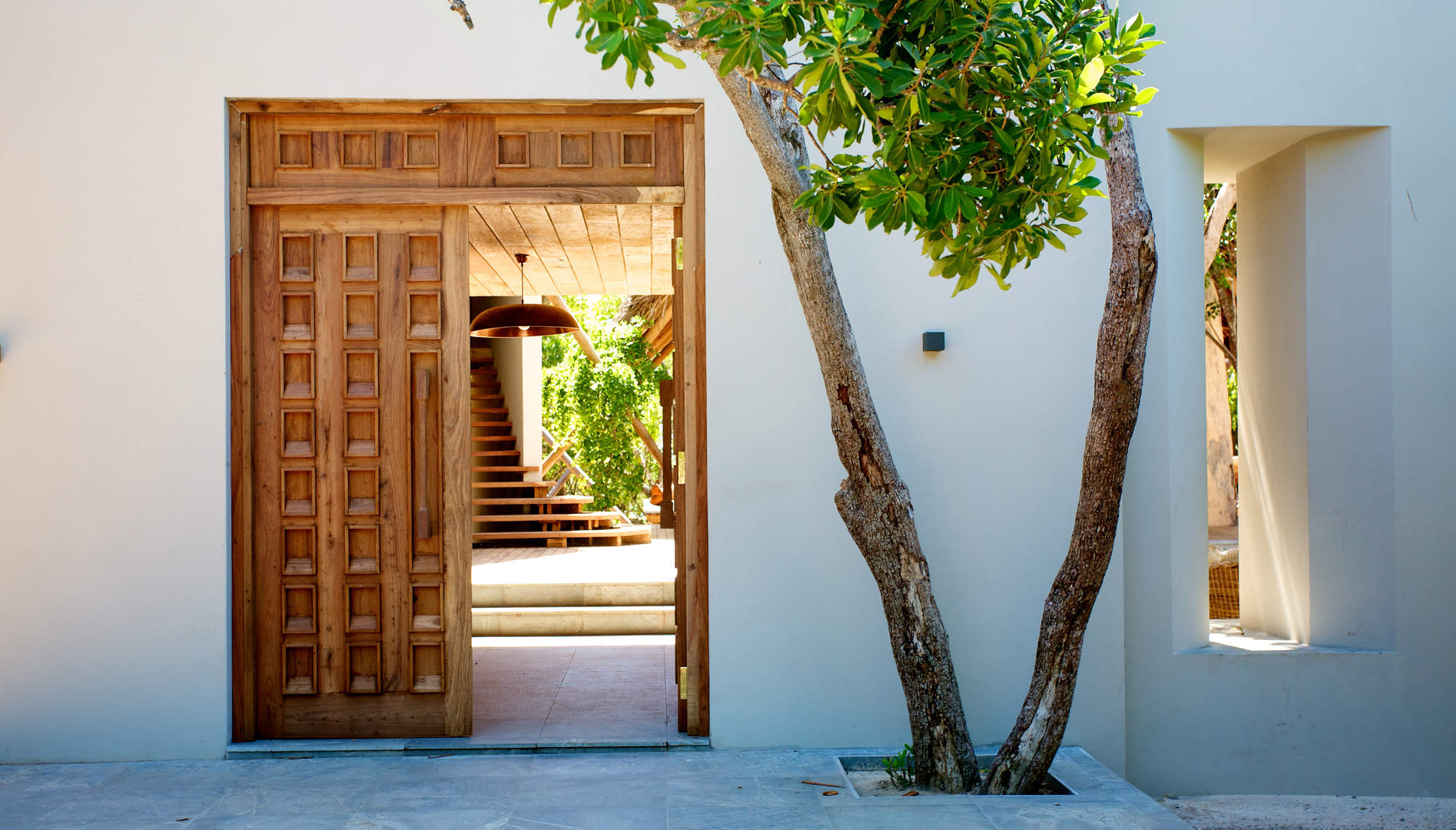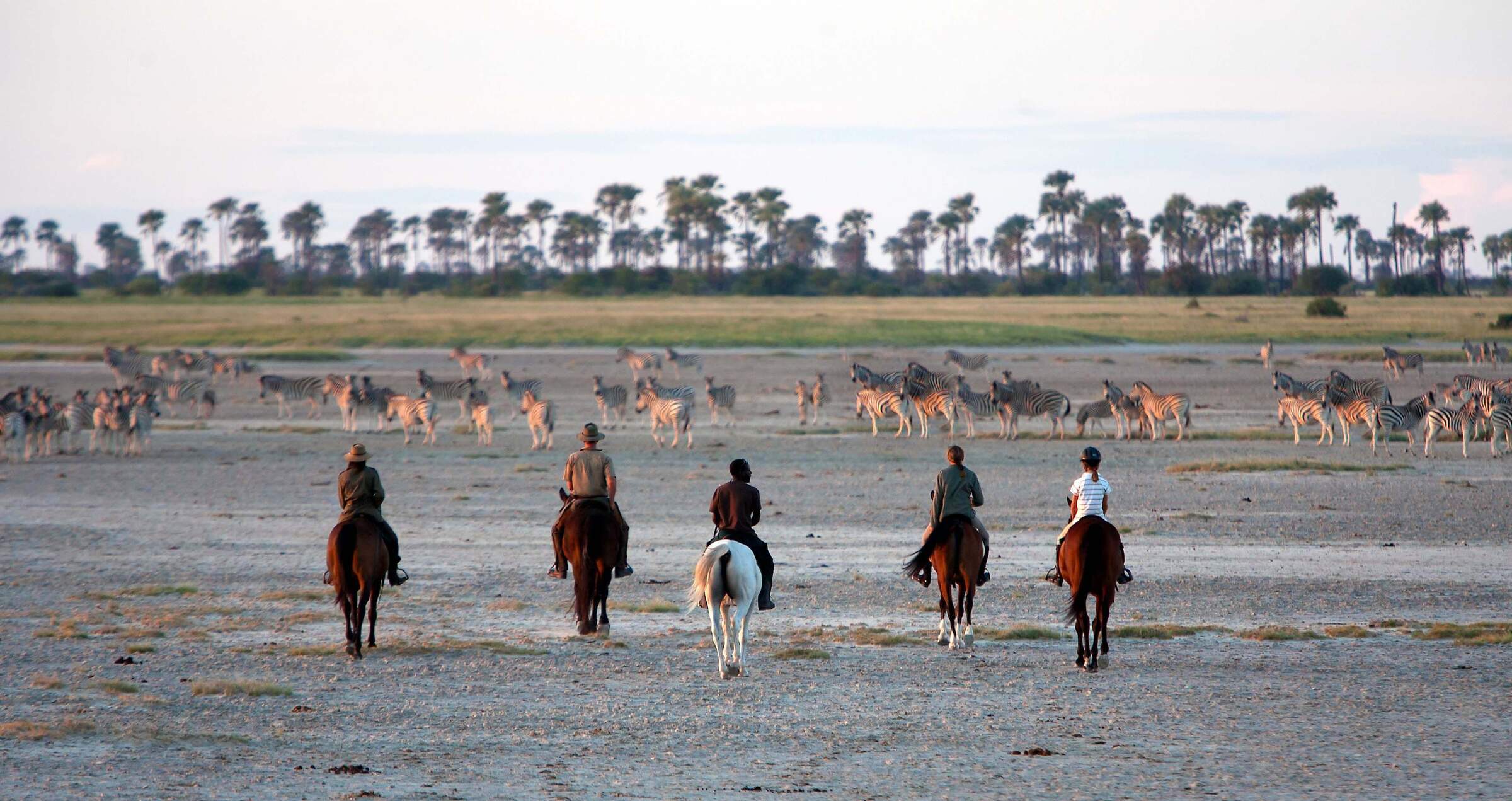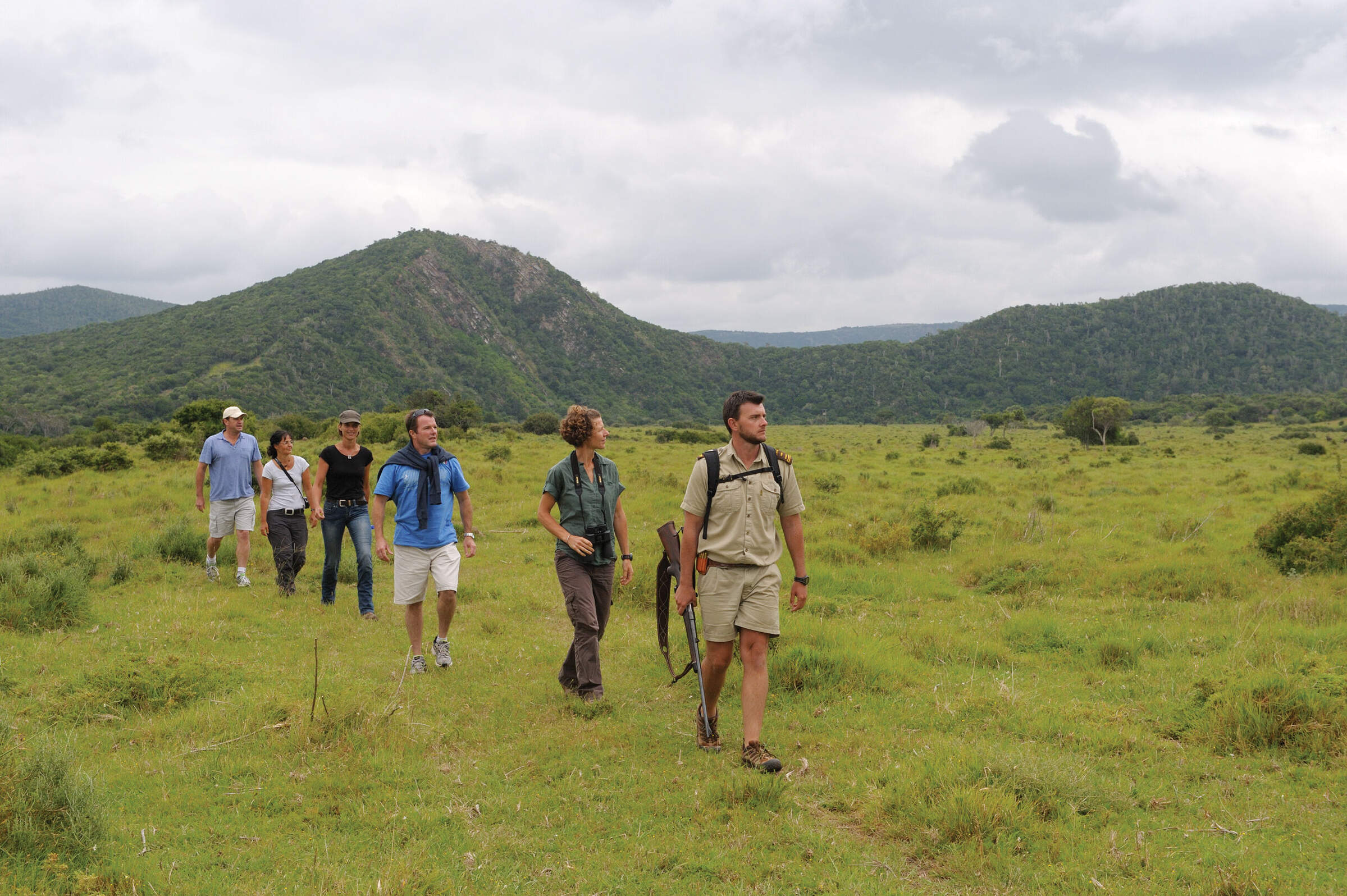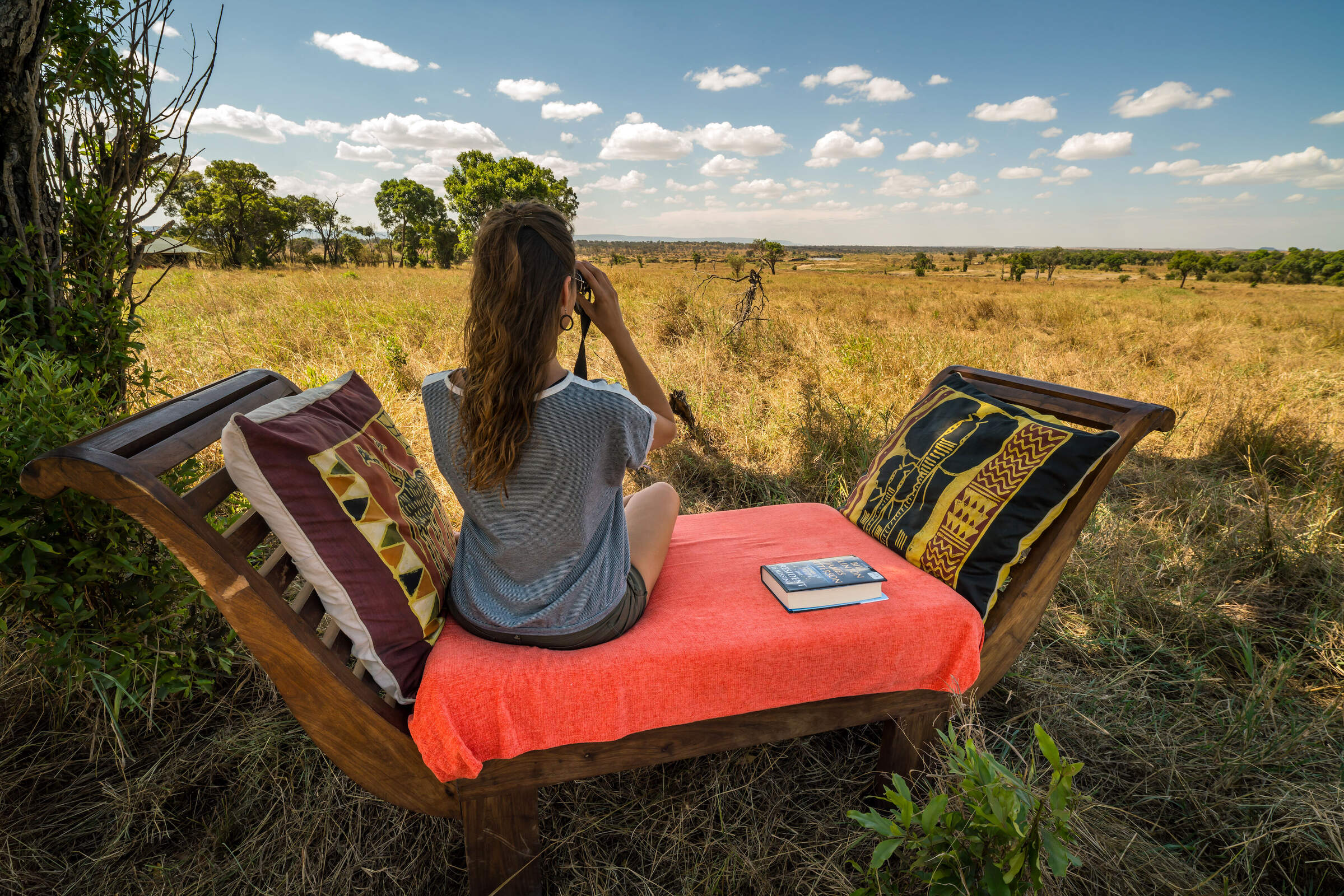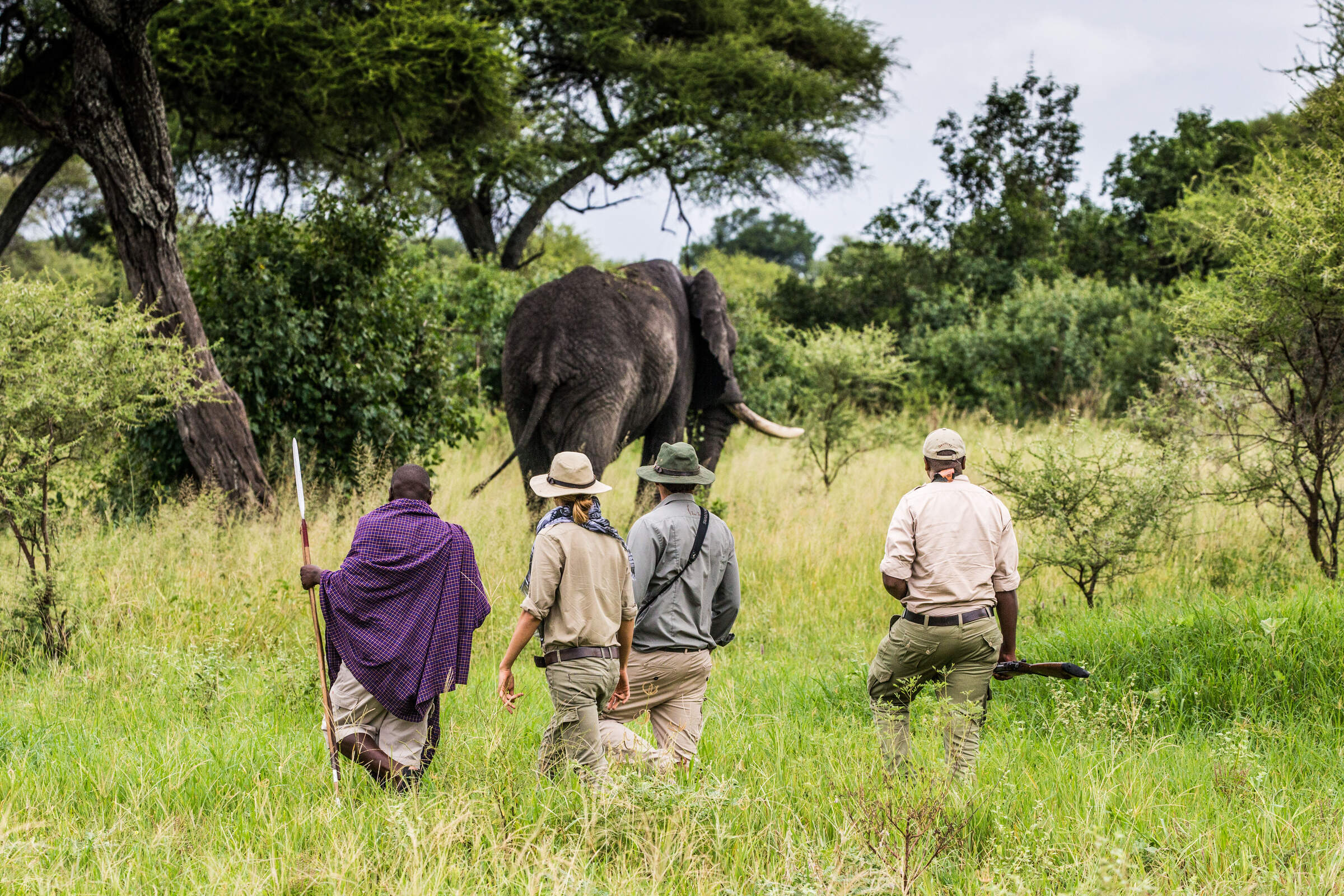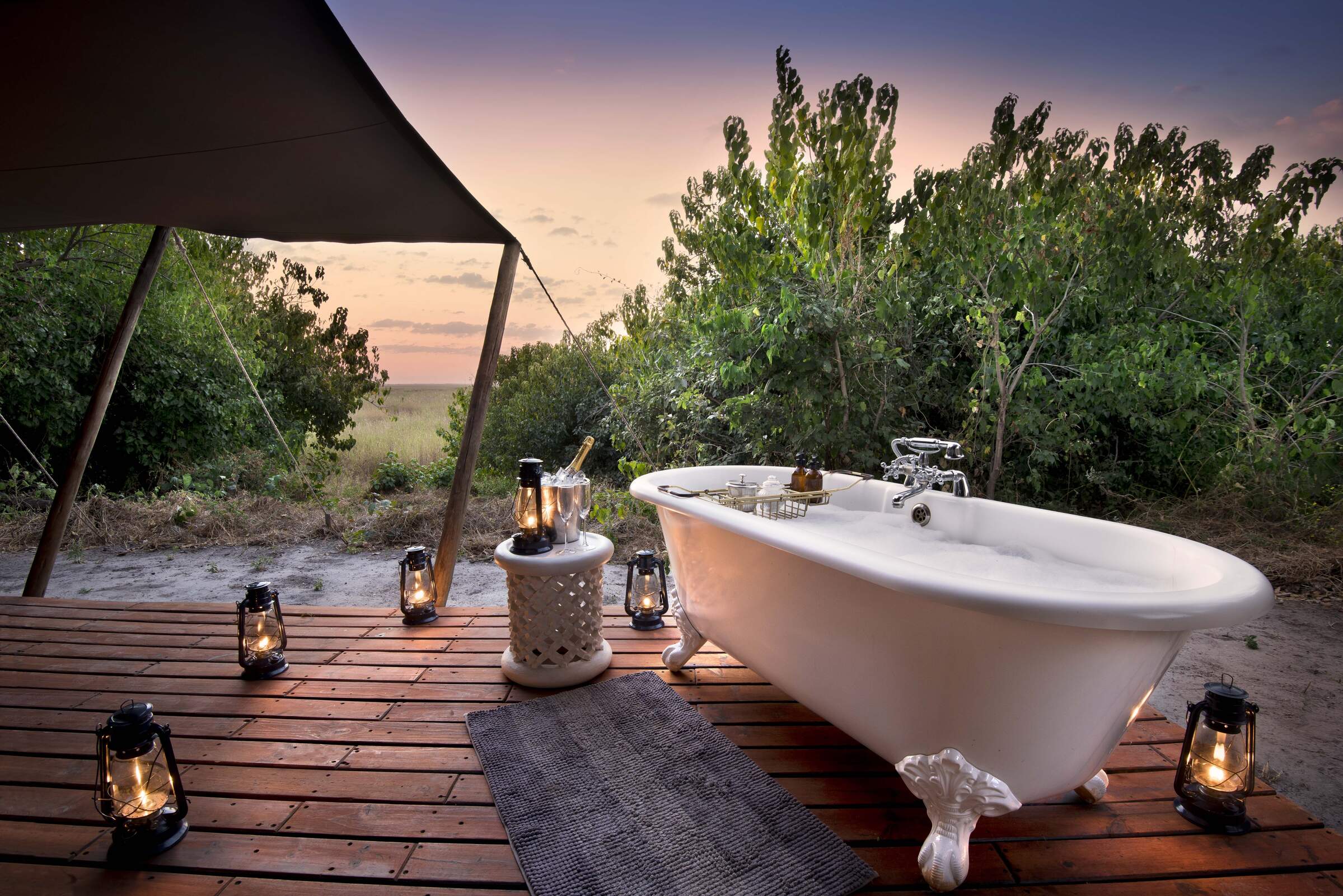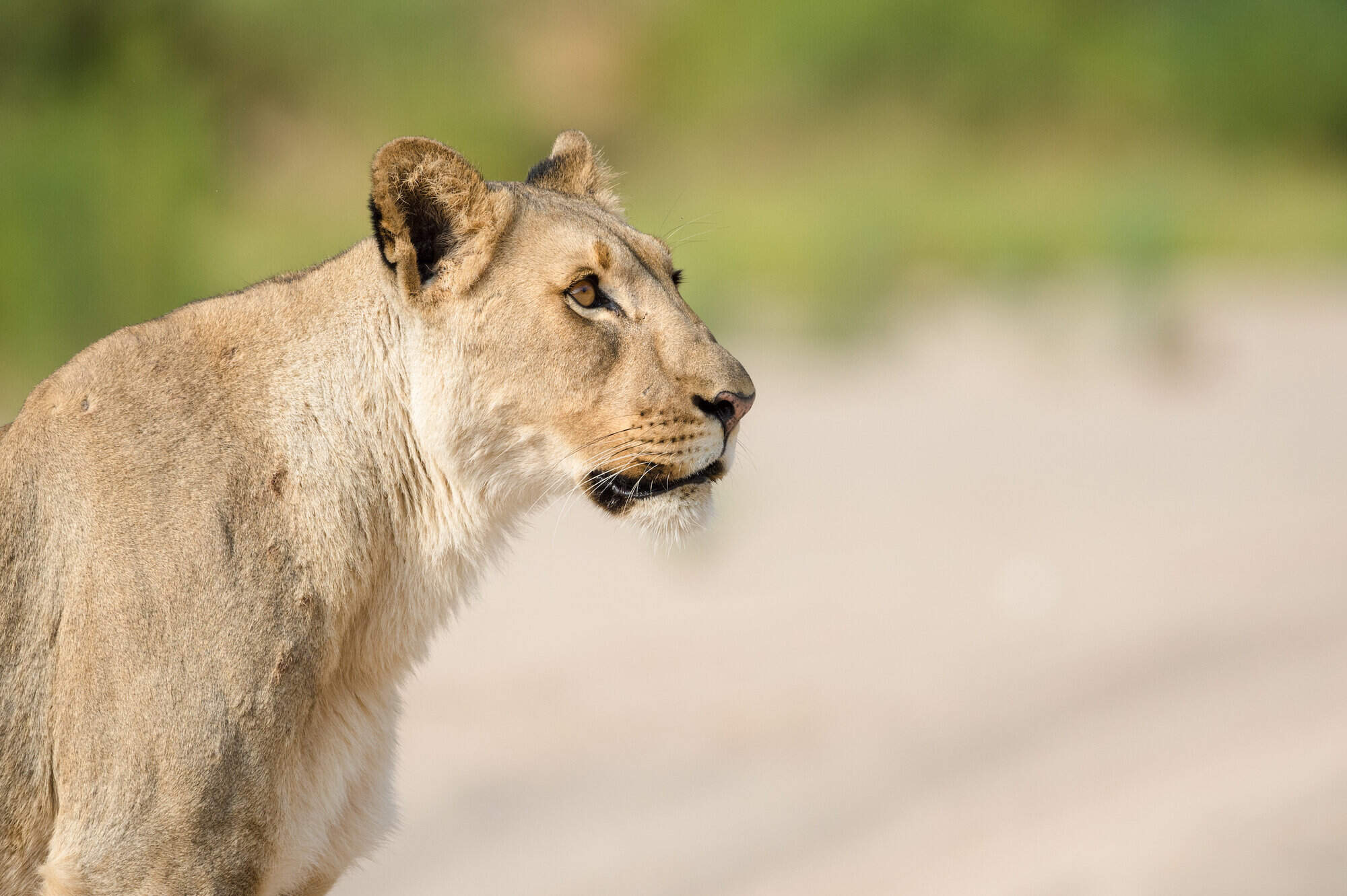Birdwatching Safaris in Africa
Africa offers some of the most rewarding birdwatching on the planet, thanks to its remarkable variety of landscapes and the diversity of birdlife they support. From the soda lakes of the Great Rift Valley to the wetlands and floodplains of southern Africa, ancient deserts to lush afro-montane forests, each region brings its own set of species and surprises.
You can witness tens of thousands of pink flamingos feeding on Lake Natron, glimpse a prehistoric-looking shoebill from a canoe on the Bangweulu Wetlands, or watch carmine bee-eaters diving into their riverbank burrows along the Luangwa River. Raptors wheel overhead in the clear Kalahari skies, kingfishers and herons work the papyrus channels of the Okavango and curious penguins share South African beaches with swimmers. Across Africa, the mix of endemic birds and seasonal migrants makes every outing a discovery.
But birdwatching in Africa isn’t just about rare sightings, though there are plenty! It’s about the time you spend in the field: the golden early morning light, the quiet of remote wetlands, the concentration of watching and listening closely in true wilderness. Whether you’re travelling with birding as your main focus or simply want to explore more deeply as part of a broader safari, the experience can be absorbing and delightful. Each day on safari brings the chance to see not just birds, but the places they live, and gain an understanding of the role birds play in the wider environment around them.
At Expert Africa, we have curated a collection of tailor-made birdwatching holidays, carefully designed to take you to the best locations for your birding interests. Whether you're seeking a trip dedicated to birdwatching or an itinerary that balances birding with a classic safari experience, our knowledgeable team is here to help. Explore our handpicked birdwatching journeys below and get in touch to create the perfect adventure for you.
The finest Collection of Birdwatching Safaris in Africa
For passionate birdwatchers, a well-planned trip can be an unforgettable experience, offering the chance to spot rare and endemic species in some of the world’s most spectacular landscapes.
Our curated selection of birdwatching holidays is designed with keen birders in mind, focusing on prime habitats, expert guides, and the best times of year for migration and breeding activity. Whether you’re searching for vibrant bee-eaters, elusive owls, or flocks of waders along coastal wetlands, these itineraries take you to the heart of birding hotspots. Many trips also strike a balance for mixed-interest travellers, combining excellent birdwatching with diverse wildlife encounters and cultural experiences.
Explore our handpicked birdwatching holidays and discover the perfect trip for your birding passion.
Our most recent reviews of birdwatching safaris in Africa
Detailed, un-edited reviews from our Africa travellers whose trips we tailored towards birdwatching safaris. Click below to read the traveller's full review, and see all the reviews of our Africa holidays here.
FREQUENTLY ASKED QUESTIONS
Our Guide to Birdwatching Safaris
Africa’s birdlife is astonishing in both its variety and abundance, but knowing where to go, what to look for, and when to visit isn’t always straightforward. That’s where we come in. This section unpacks the key things to know when planning a birdwatching trip to Africa: which regions are best for endemic species, when to catch major migrations, how to combine birding with a traditional safari, and what to expect from privately-guided guided birding experience. Whether you're an experienced birder or simply curious to learn more, we’re here to help, and always happy to answer questions.
What are Africa’s top ten birdwatching experiences?
Birding in Africa is full of surprises, from fleeting encounters to dramatic spectacles, and no two outings are ever quite the same. That said, there are certain moments that consistently capture the imagination of birders, whether for their scale, rarity, or sheer beauty. From thousands of flamingos feeding on a Rift Valley lake to shoebills stalking silently through the swamps, here are ten birdwatching experiences in Africa that truly stand out:
1. Flamingos on Lake Natron, Tanzania A surreal landscape of soda flats and mirror-like shallows, Lake Natron is a key breeding ground for lesser flamingos. At the right time of year, thousands gather here to feed and nest – a mesmerising spectacle in this remote corner of the Great Rift Valley.
2. Shoebills in the Bangweulu Wetlands, Zambia
These extraordinary birds, with their massive bills and slow, deliberate movements, haunt the papyrus swamps of northern Zambia. Tracking a shoebill through the wetlands is a real privilege, and one of Africa’s most sought-after birding experiences.
3. Carmine Bee-eaters on the Luangwa River, Zambia
Each dry season, southern carmine bee-eaters return to nest in the vertical riverbanks of the Luangwa. Their brilliant plumage and constant chatter make them a seasonal highlight for birders and photographers alike.
4. Vultures on the Serengeti Plains, Tanzania
Vultures play a vital role in the ecosystem and are often seen in large numbers on the Serengeti, especially during the wildebeest migration. Watch for white-backed, Rüppell’s griffon, and lappet-faced vultures gathering at carcasses in dramatic feeding scenes.
5. African Penguins on the Namibian Coast
Africa’s only penguin species breeds on rocky offshore islands along Namibia’s coast. While most colonies are remote, boat trips from Lüderitz can reveal these charismatic birds, often alongside gannets, cormorants and terns.
6. Black Herons on the Chobe River, Botswana
The Chobe floodplains are a reliable place to spot black herons performing their remarkable “umbrella feeding” technique, spreading their wings like a canopy to create shade that attracts fish.
7. Wetland Birding in the Caprivi Strip, Namibia
This narrow, river-fed corridor is rich in birdlife, particularly after the rains. Look for African pygmy geese, slaty egrets, jacanas and other wetland species, especially when migrant numbers are high.
8. Kingfishers by Mokoro in the Okavango Delta, Botswana
Gliding silently through the Okavango in a mokoro canoe offers superb close-up views of malachite, pied, giant and woodland kingfishers - along with jacanas, herons and the occasional wattled crane.
9. Pelican Fishing Parties on Lake Manyara, Tanzania
This Rift Valley lake blends open water, woodland and forest — creating ideal habitat for birds. Watch as great white pelicans fish in synchronised groups, joined by flamingos, storks and a wide variety of waterbirds.
10. Albertine Rift Endemics in Nyungwe Forest, Rwanda
Nyungwe is a rewarding destination for birders seeking rare and range-restricted species. Highlights include the Rwenzori turaco and red-collared mountain babbler - best spotted on foot with a knowledgeable guide.
When is the best time of year to go birdwatching in Africa?
If you're interested in resident species and breeding behaviour, the dry season (typically May to October) offers superb visibility, concentrated activity around water, and easier access to remote areas.
For migrants, the most exciting time is during and just after the rains. In southern and eastern Africa, this usually falls between November and April. This is when Palearctic migrants from Europe and Asia arrive in large numbers, joining already-rich resident populations. Many species come into breeding plumage or perform courtship displays.
Many birders choose to travel in the shoulder seasons, especially March or November, when landscapes are at their most photogenic, and both migrants and residents are active.
Where are the best places to see endemic birds in Africa?
Albertine Rift (Rwanda)
This mountainous region is a hotspot for endemics, particularly within the montane forests of western Rwanda. In Nyungwe Forest, you’ll find species such as the Rwenzori turaco, red-collared mountain babbler, and grauer’s swamp warbler. The terrain is lush, biodiverse, and best explored with a specialist guide on foot.
Zambia
Zambia is home to two true endemics: Chaplin’s barbet and the black-cheeked lovebird, both of which are found in relatively restricted areas. It also supports a wealth of near-endemic species across varied habitats, from miombo woodlands to wetlands and escarpments, making it a rewarding destination for those seeking rarities.
Fynbos Biome (South Africa)
The Fynbos of South Africa’s Western Cape hosts six endemics, including the orange-breasted sunbird and Cape sugarbird. Though not featured in most Expert Africa itineraries, this area is one of the most endemic-rich zones in Africa and a must for birders travelling more widely in the region.
Kaokoland and Kunene River (Namibia)
Northern Namibia’s remote deserts and river valleys support several range-restricted species, including bare-cheeked babbler and Hartlaub’s spurfowl. The Serra Cafema area offers access to these habitats and a mix of desert and riparian birding.
Okavango Delta and Chobe Region (Botswana)
Botswana doesn’t host many true endemics, but its varied ecosystems support a number of near-endemics and regional specials. The Okavango Delta and Chobe floodplains are rich in birdlife, including wattled crane, slaty egret, and Pel’s fishing owl. With over 500 species recorded, it’s one of Africa’s top birding destinations overall.
Kenya’s Endemic-rich Highlands and Rift Valley Lakes
Kenya offers some of the best birding diversity on the continent, with several near-endemics and a number of true endemics such as Hinde’s babbler. The Aberdares, Mount Kenya forests, and Rift Valley lakes like Baringo and Nakuru host a range of restricted-range species, from Jackson’s widowbird to Sharpe’s longclaw.
Planning a Birdwatching Trip for Endemics?
If you’re focused on finding endemics, it’s worth speaking to us about the best time of year and how to structure your itinerary. Some species are best seen with the help of a specialist birding guide, while others can be enjoyed as part of a broader safari. Either way, we’ll help you make the most of your time in the field.
When is the best time to see seasonal migrants?
November to January
This is the start of the rainy season in many southern African countries, and the arrival of Palearctic migrants from the north.
Botswana: The first rains bring a flush of food and a surge in bird activity in the Okavango Delta, Chobe, and Makgadikgadi Pans. Look for waders, cuckoos, and European bee-eaters, plus increased activity around breeding heronries.
Zambia: The Luangwa Valley and Bangweulu Wetlands attract migrants like amur falcons, Eurasian rollers, and marsh terns, alongside impressive gatherings of local waterbirds.
Namibia: The Caprivi Strip becomes a wetland magnet for waders, warblers, and ducks, with numbers peaking as the rains progress.
Kenya: Northern migrants are now widespread. The Rift Valley lakes attract thousands of Eurasian waders and steppe eagles, and many swallows and martins are on the move.
Rwanda: In Nyungwe Forest, look for Palearctic warblers and flycatchers mixing with local endemics. This is a lush and active time in the forests.
February to April
Migration continues, and many intra-African species begin moving too.
Tanzania: In areas like the Serengeti, this is a period of intense activity: European migrants linger while intra-African migrants such as Abdim’s stork and eleonora’s falcon pass through.
Kenya: By March, highland areas and coastal wetlands remain productive. Migrants like barn swallows and grey-backed sparrow-larks prepare for the return journey north.
Zambia & Botswana: Birds begin pairing and nesting — an excellent time to observe breeding plumage and courtship displays in both migrants and residents.
May to July
The cooler dry season begins. Most Palearctic migrants have departed, but there’s a shift in intra-African movements.
Namibia: Winter visitors from the tropics arrive in the north and east. Look out for bronze-winged courser, harlequin quail, and olive bee-eater in the Caprivi and Etosha fringes.
Botswana: Water levels rise in the Delta. Wattled cranes, African skimmers, and slaty egrets become easier to locate during the dry-down in breeding areas.
Zambia: Though quieter for migrants, it’s a good time to focus on resident specials and breeding behaviour of remaining intra-African migrants.
August to October
The landscape dries out—but the birding heats up again as early migrants return and southern Africa’s breeding season ramps up.
Kenya & Tanzania: By September, the first Palearctic migrants begin arriving back, joined by steppe eagles, marsh harriers, and early waders at wetlands like Lake Manyara and Lakes Nakuru and Baringo.
Zambia: This is prime time for carmine bee-eaters, which return to nest on the Luangwa Riverbanks. Wood sandpipers, European rollers, and yellow wagtails begin arriving too.
Botswana & Namibia: As water recedes, birds concentrate at wetlands. Expect to see flamingos, plovers, and returning European species in mixed flocks.
Top Tips for Planning a Migrant-Focused Safari
Most migrants from the northern hemisphere arrive October–December and leave again March–May.
Intra-African migrants follow rain and breeding cues, so local knowledge is key, and our team can advise on exact timing for key species.
Many wetland areas like the Okavango, Caprivi, and Bangweulu offer peak birding during or shortly after the rains, when migrants and residents gather in spectacular numbers.
Where are the best birdwatching hides in Africa?
From bee-eaters and owls to kingfishers and waders, some of the best sightings come when you least expect them. Many hides are perfect for bird photography too, offering soft light, eye-level angles, and a comfortable space to sit and wait for the perfect moment. Here are some of the best safari camps with hides especially rewarding for birders:
ZAMBIA
Puku Ridge – South Luangwa
A top spot for birders and photographers, this luxurious camp’s sunken hide is one of the most comfortable we’ve visted. Overlooking a permanent waterhole, in the dry season, activity can be non-stop, and it’s a great place to relax in the midday heat between drives and walks.
Kaingo Camp – South Luangwa
Famed for its photographic hides, Kaingo’s floating Carmine Bee-eater Hide is a seasonal highlight: positioned just metres from nesting colonies, ideal for photographing these colourful birds in flight. The riverbank Hippo Hide also draws a rich mix of aquatic birdlife.
Mwamba Bushcamp – South Luangwa
Rustic and peaceful, Mwamba’s Last Waterhole Hide is great for dawn and dusk bird activity. Expect firefinches, coucals, hoopoes and woodland kingfishers among the regular visitors.
BOTSWANA
King’s Pool – Linyanti Reserve
With a sunken ‘Queen’s Pool’ hide beside a busy waterhole, this is a superb spot to photograph hornbills, flycatchers, and bee-eaters as they drink or hawk insects.
Dinaka – Central Kalahari
Dinaka features both an underground hide and a raised birding hide overlooking a desert waterhole. Expect desert specials like crimson-breasted shrike, swallow-tailed bee-eater, and kori bustard in and superb photographic light.
Savuti Camp – Linyanti Concession
This camp features a ground-level hide overlooking the Savuti Channel, ideal for quiet birdwatching. African skimmers, slaty egrets, herons and kingfishers are often seen here, particularly during peak dry-season activity.
ZIMBABWE
The Hide – Hwange National Park
Its underground hide offers superb views of doves, waxbills, hornbills and francolins alongside Hwange’s famous elephants. Excellent bird activity from dawn through night, especially in the dry season.
Bomani Tented Lodge – Hwange National Park
Set in the Ngamo Forest, bordering Hwange, Bomani has access to a number of game hides, including a converted shipping container (complete with toilet), submerged into the ground beside a popular waterhole. Great for close-up, low angle photography.
KENYA
Ol Donyo Lodge – Chyulu Hills
With views over a dryland waterhole, the hide here offers excellent chances to see red-billed buffalo weavers, starlings, doves and sometimes bustards.
NAMIBIA
Andersson’s at Ongava – Ongava Private Reserve
This sunken hide with one-way glass is a superb place to wait quietly for Namaqua doves, red-eyed bulbuls, and the occasional visiting raptor or nightjar.
Ongava Lodge – Ongava Private Reserve
Just next door, the hide here offers similar opportunities with regular visits from hornbills, doves, and nocturnal species drawn by the floodlit waterhole.
Onguma The Fort – Onguma Reserve
Home to the superb Onkolo Hide, Onguma gives birdwatchers a front-row seat at a productive waterhole, with doves, hornbills, waxbills, and occasionally raptors frequenting the scene, especially in the dry season.
Can I combine birdwatching with general game viewing?
Many of Africa’s most bird-rich regions, such as the Okavango Delta, Luangwa Valley and Serengeti plains, are also some of its best for big game. Equally, most camps and lodges are used to welcoming travellers with mixed interests, and guides are typically as enthusiastic about birds as they are about predators and elephants. In several camps there will even be guides who specialise in birding and photography trips.
It’s easy to focus on birds in the early morning, then enjoy a classic game drive later in the day. You’ll likely see plenty of birdlife on game drives too, from rollers and bee-eaters to vultures and hornbills, whether you're birding actively or not.
Let us know how bird-focused you'd like the trip to be, and we'll tailor your itinerary accordingly.
Can you arrange a specialist birding guide?
If you're a dedicated birder or want to target specific species, we can arrange for a specialist birding guide with detailed local knowledge of habitats, calls, and seasonal movements.
This is especially valuable in regions with endemic or elusive birds, such as shoebills or Albertine Rift forest species. In some areas, we can recommend camps where the resident guides are particularly strong birders. In others, we can arrange a private specialist guide who will join you for part, or all, of your safari.
If you'd like a more in-depth birding focus, we can organise a privately guided trip across multiple camps or even multiple countries, with a professional birding guide accompanying you throughout. This approach offers consistency, expert identification, and tailored pacing, and is ideal for keen birders, photographers, or anyone targeting a specific list of species.
Let us know your level of experience and birding goals, and we’ll help you plan the right kind of support.
The Best Camps & Lodges for Birdwatching
Looking to enjoy world-class birdwatching right from your camp’s doorstep? For dedicated birders, the right lodge makes all the difference. We’ve handpicked the finest camps and lodges across Africa, chosen for their expert guides, prime locations and exceptional birding opportunities.
Whether you’re in search of rare endemics, vibrant migratory flocks, or an elusive endangered species, these camps offer unparalleled access to diverse habitats.
Many of these carefully selected camps features in our Birdwatching Safaris holiday collection, and we can craft a bespoke itinerary using them to match your exact interests.
Birdwatching Safari Collections Across Africa
From the lush waterways of Botswana’s Okavango Delta, home to Pel’s fishing owl and abundant kingfishers, to the spectacle of the carmine bee-eaters nesting in Zambia's Luangwa riverbanks, or the thousands of flamingos feasting in Tanzania’s Lake Natron, , Africa offers extraordinary birdwatching experiences. With soaring raptors over the Masai Mara and charming African penguins on South Africa’s Cape Coast, we can help you seek out rare endemics or migratory spectacles, with our selection of expertly crafted itineraries.
Explore our handpicked Birdwatching Safaris in each of the countries below, where we’ve curated the best locations, lodges and guides to offer exceptional birding adventures.
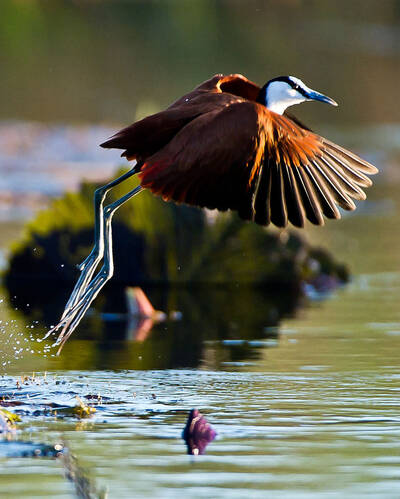
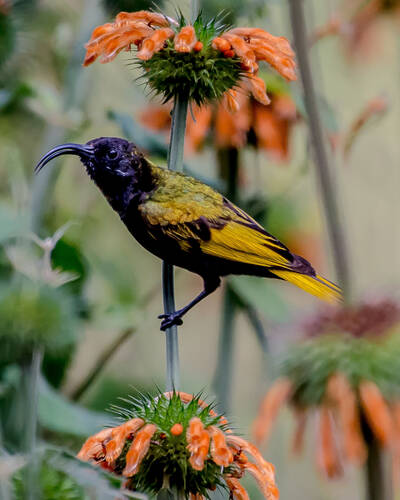
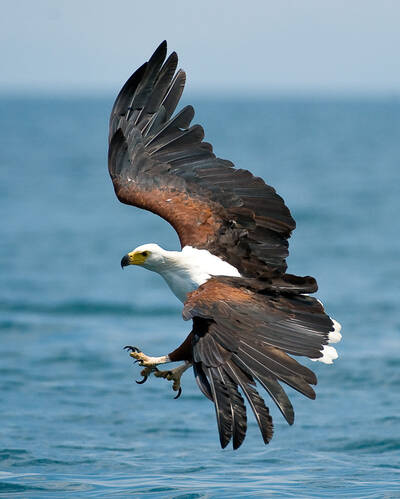
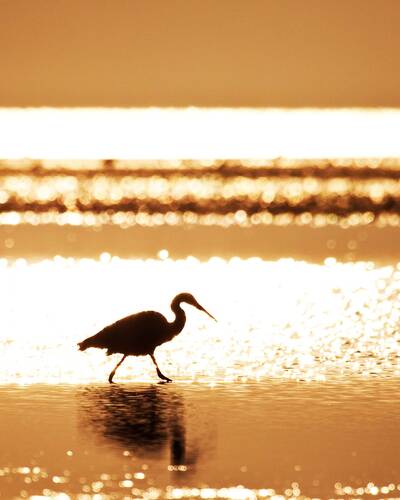
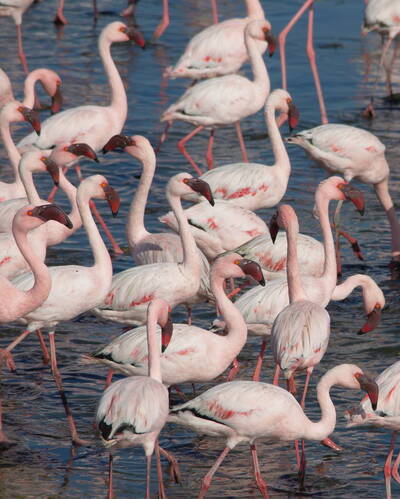
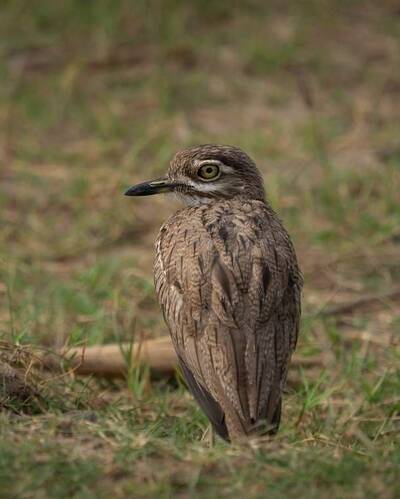
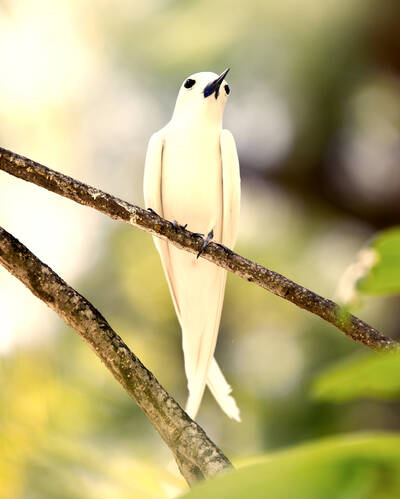
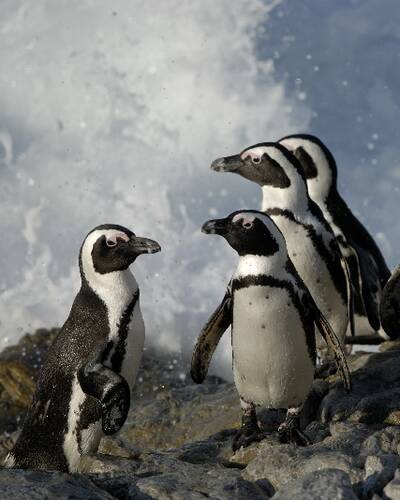
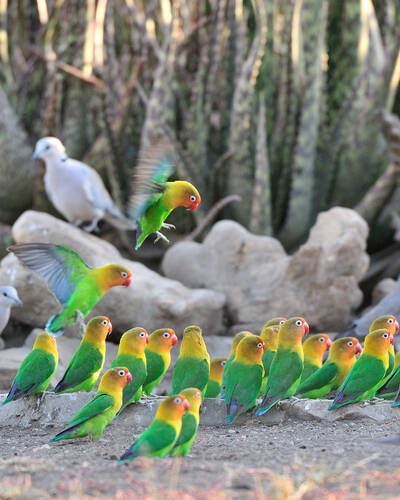
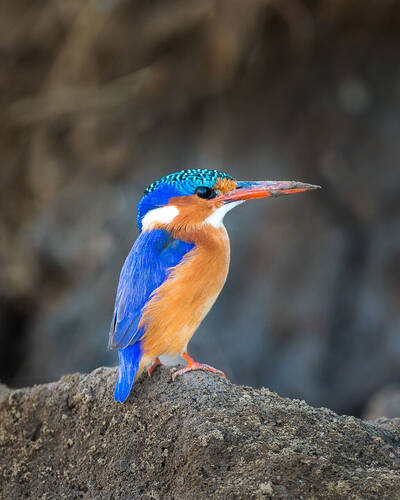
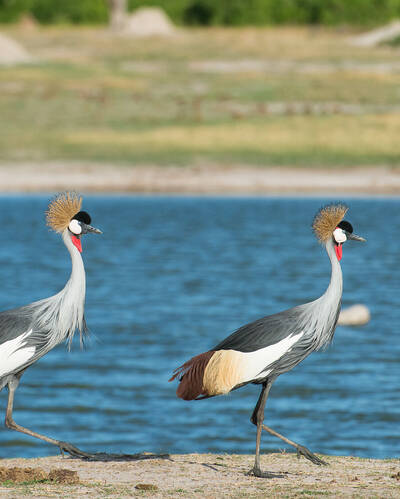
Africa - Curated Holiday Collections for Your Interests
Explore our Holiday Collections, featuring curated itineraries for all interests and travel styles. Whether solo or with family, a photographer or diver, find inspiration in our trips, then let us craft a bespoke journey just for you.

Looking for inspiration on where to travel next?
Visit our trip chooser to explore your options and find inspiration for your perfect African adventure
Inspire me
